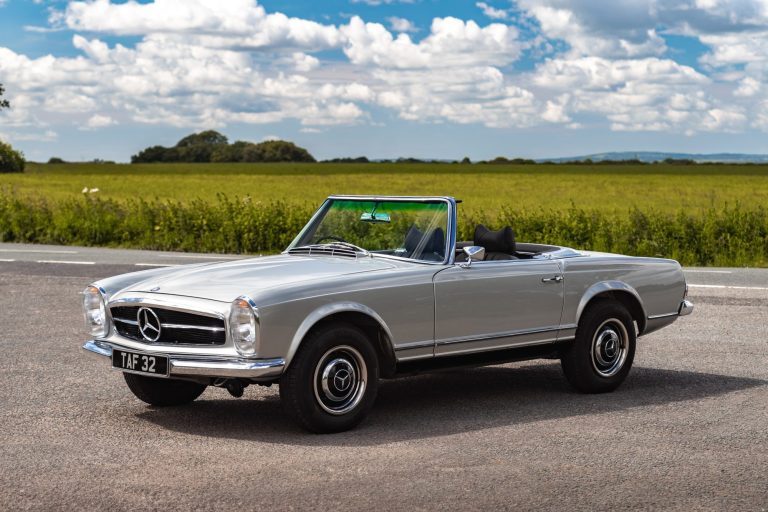
H & H Auction Results
H&H Classics successfully sold 86 per cent of the classic, collector, and performance cars at its latest auction on July 24th, making a total of


H&H Classics successfully sold 86 per cent of the classic, collector, and performance cars at its latest auction on July 24th, making a total of

Yesterday, Molly and I had the pleasure of taking a small group on an exclusive behind-the-scenes tour of Classic Team Lotus and the Lotus factory.
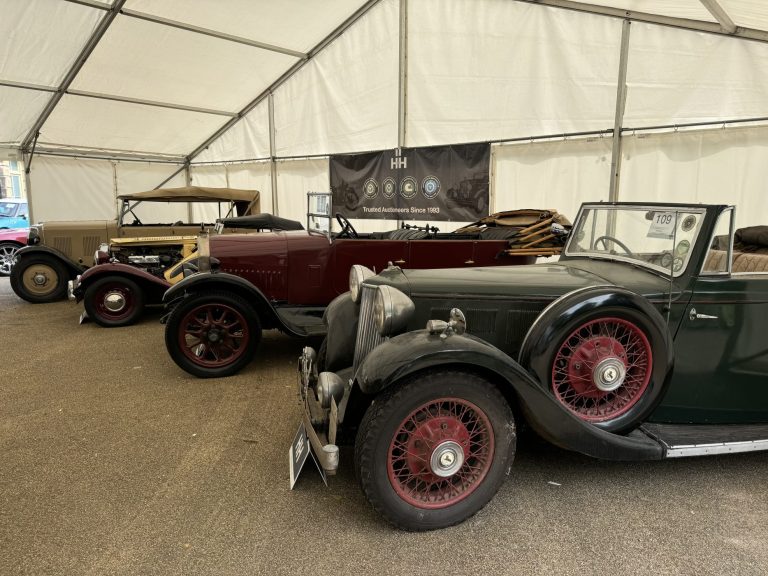
Today, Gordon and Craig are at the Classic Motorcars Sale being hosted by H&H Classics at Pavilion Gardens in Buxton, Derbyshire. There is a huge

North East Mayor Kim McGuinness and leaders from the North East Combined Authority are set to approve a huge skills investment aimed at developing a
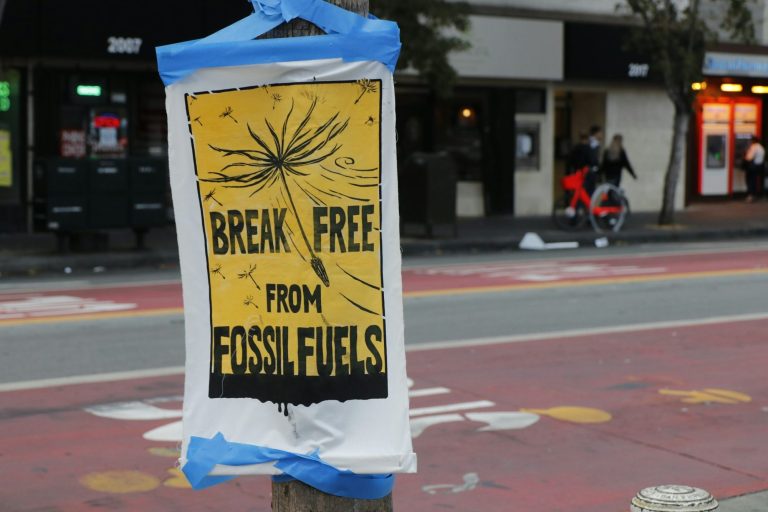
When it comes to reducing greenhouse gas emissions, transportation is the UK’s biggest challenge. While Battery Electric Vehicles (BEVs) are leading the charge for passenger

Hagerty’s Festival of the Unexceptional is celebrating its 10th anniversary at Grimsthorpe Castle in Lincolnshire on Saturday 27th July 2024. The event will feature thousands
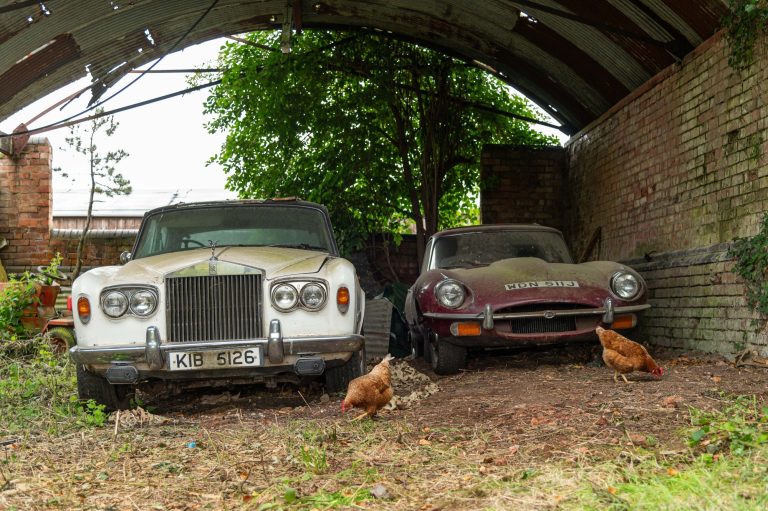
Hampson Auctions has an incredible list of cars up for sale at its Oulton Park Gold Cup sale, taking place on the 28th of July
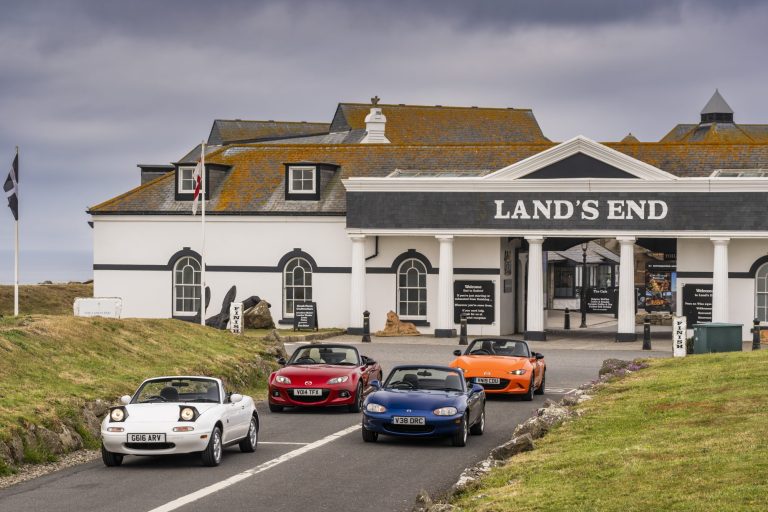
To mark the 35th anniversary of the Mazda MX-5, four models – one from each generation – completed a 1,000-mile journey from Land’s End to
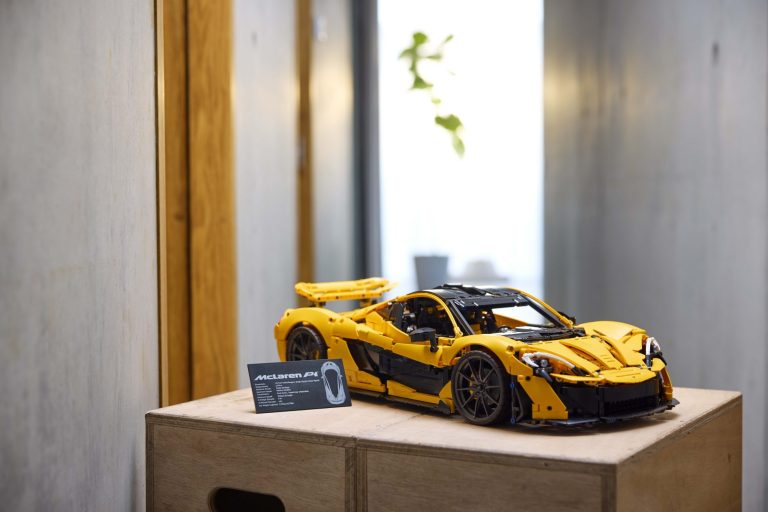
The British supercar manufacturer, McLaren Automotive, in partnership with the LEGO Group, has created something many collectors will be looking to get their hands on:
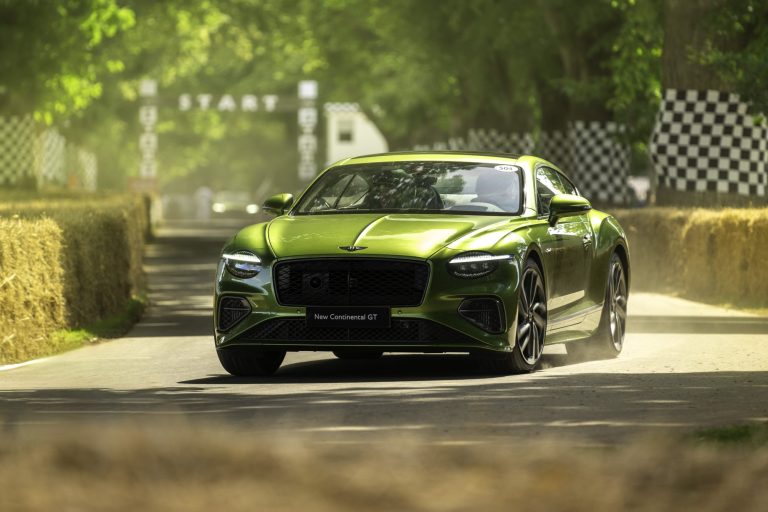
Bentley introduced the fourth-generation Continental GT Speed on the first day of this year’s Festival of Speed. The car is being presented twice, once in
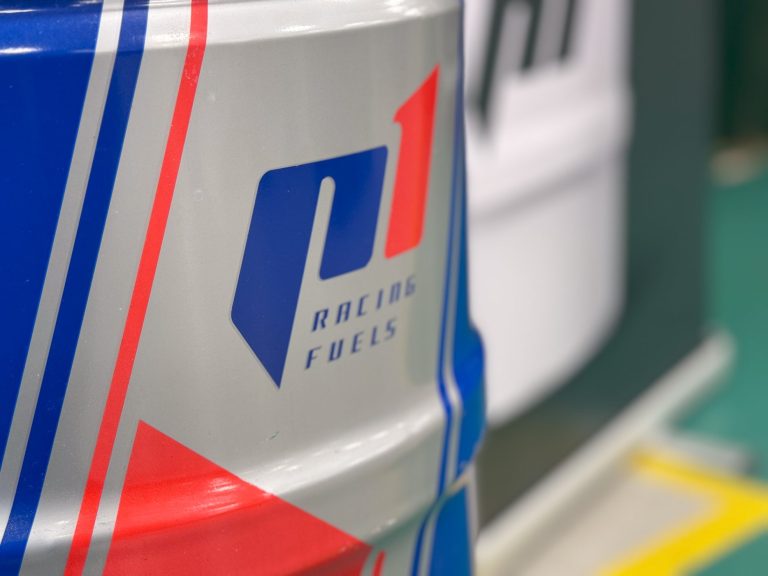
Last night, Craig and I were invited to Vintage Bentley as part of an evening hosted by P1 Fuels. We also had a great stay

The automotive industry is going through some big changes right now. This seems to have coincided perfectly with the huge growth and continued development of

At this year’s Goodwood Festival of Speed, Honda is bringing back the Prelude! The original Prelude made its European debut 45 years ago and was

Caterham and the Royal Air Force (RAF) have unveiled a special one-off car built using exterior and interior components from a Puma HC2 helicopter, paying

RM Sotheby’s is offering the legendary 1964 Hank Williams “Snake Charmer” Cobra for sale at their Monterey auction in August. This historic vehicle, celebrated by

MG has just released an exclusive preview of the all-new HS SUV. This is ahead of the car’s global debut at the Goodwood Festival of
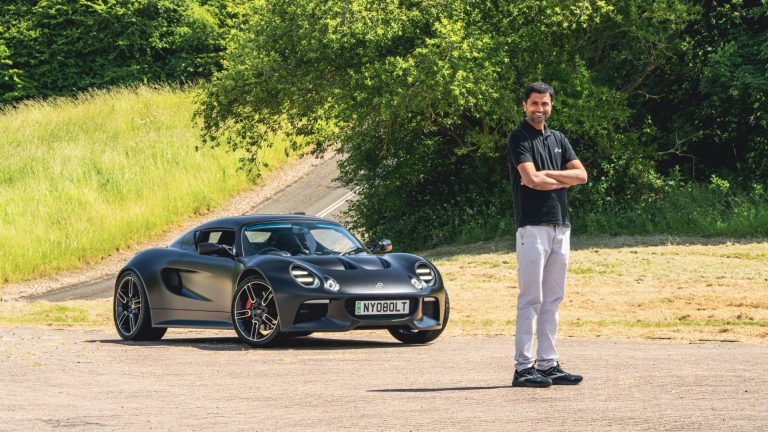
Nyobolt, a Cambridge-based company, has introduced its electric vehicle (EV) prototype capable of ultra-fast charging. Collaborating with design and engineering firm CALLUM, Nyobolt is aiming

At the upcoming H&H Classics motorcycle sale on July 3rd, being held at the National Motorcycle Museum in Solihull, there is a very interesting motorcycle
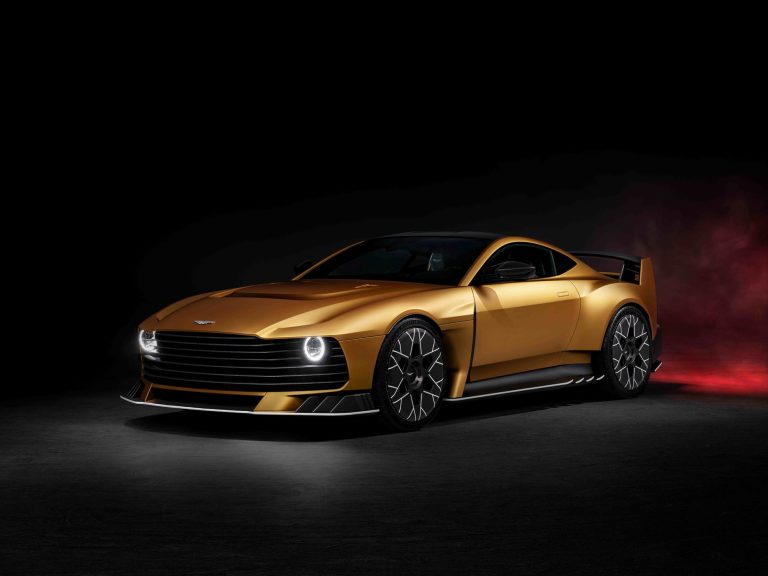
Aston Martin has introduced the Valiant, a highly exclusive, track-focused, road-legal car. This new model, created by the in-house bespoke division Q by Aston Martin,

McLaren Automotive CEO, Michael Leiters thinks that the UK could and should be leader in the electrification of supercar production if investment can be sought
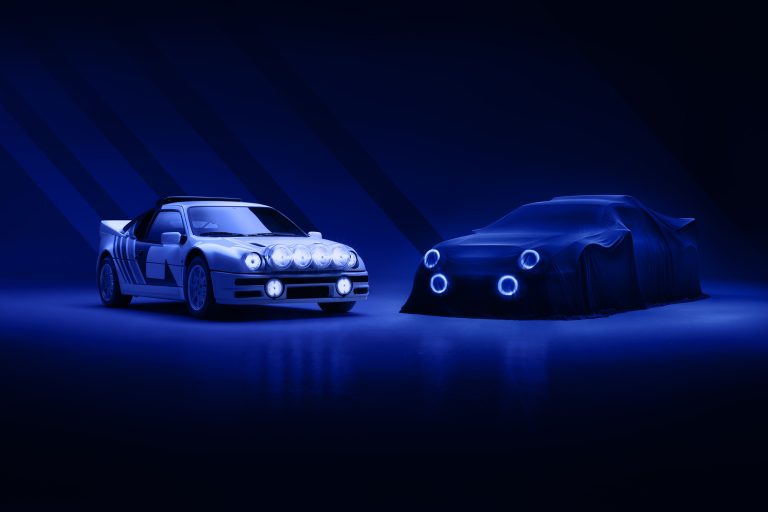
The high-performance motorsport division of the DRVN Automotive Group, Boreham Motorworks, has entered a worldwide brand license agreement with the Ford Motor Company. This partnership
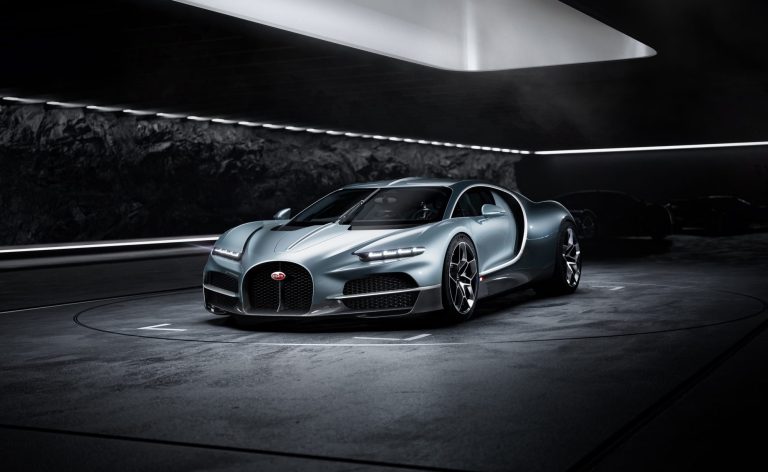
Bugatti has once again set a new standard in the hypercar world with the introduction of the Bugatti Tourbillon. Following the incredible lineage of the

A collaboration between eBay and the charity Mission Motorsport is taking a 2016 Subaru BRZ, which was previously a Category N (CAT N) vehicle due
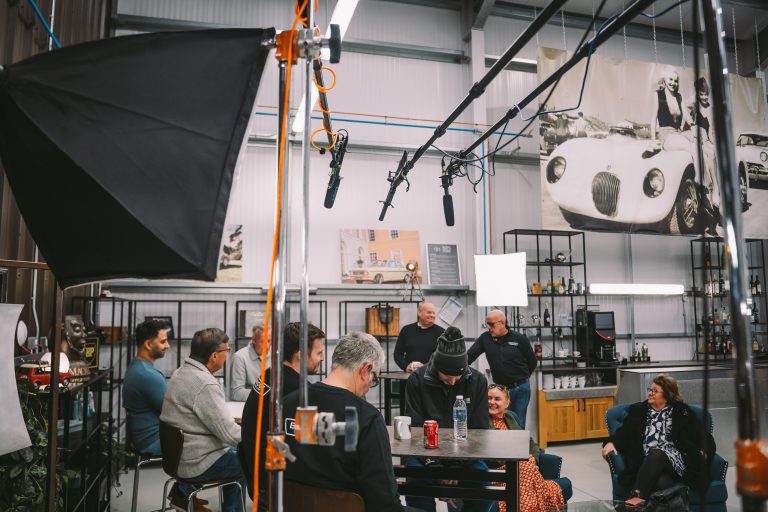
At Bridge Classic Cars, we always try to do our bit to raise awareness of important causes. When a member of the team was diagnosed
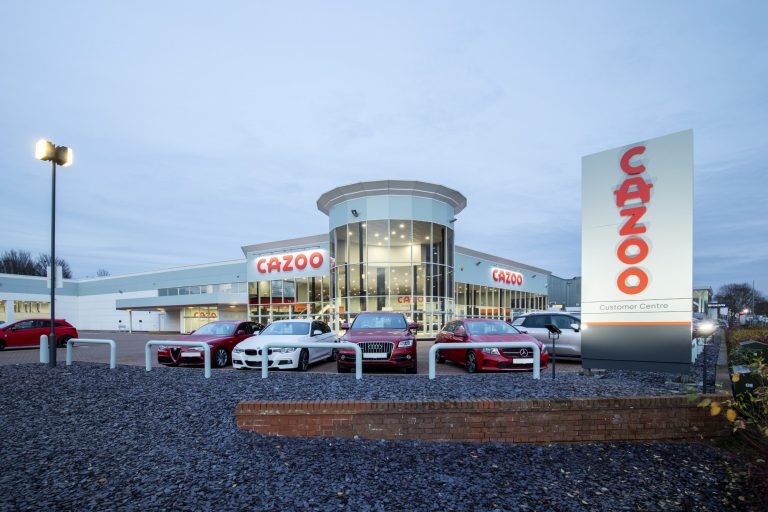
Cazoo had all the potential to be a huge success and to change the car buying process for millions. Founded in 2018 by Alex Chesterman,

Jaguar Land Rover (JLR) has announced an investment of over £1 million to aid the UK police in their fight against vehicle crime. This funding

This month marks 60 years of production at the Ellesmere Port plant for Vauxhall. The Ellesmere Port facility, built in 1962 and operational by June
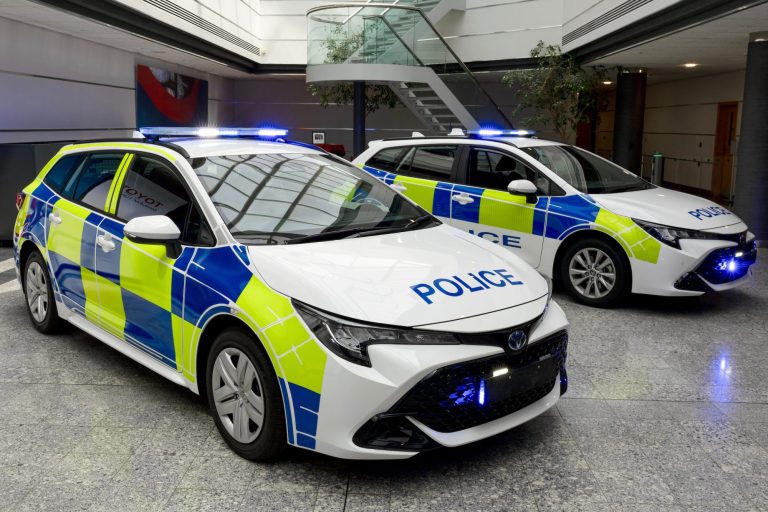
You might soon see new police cars on the road, in the form of Hybrid Toyota Corollas. Tailer-made for UK police, the Corolla is said

Toyota has reached the final phase of its project to develop a hydrogen fuel cell Toyota Hilux pickup, highlighting progress in its journey towards a
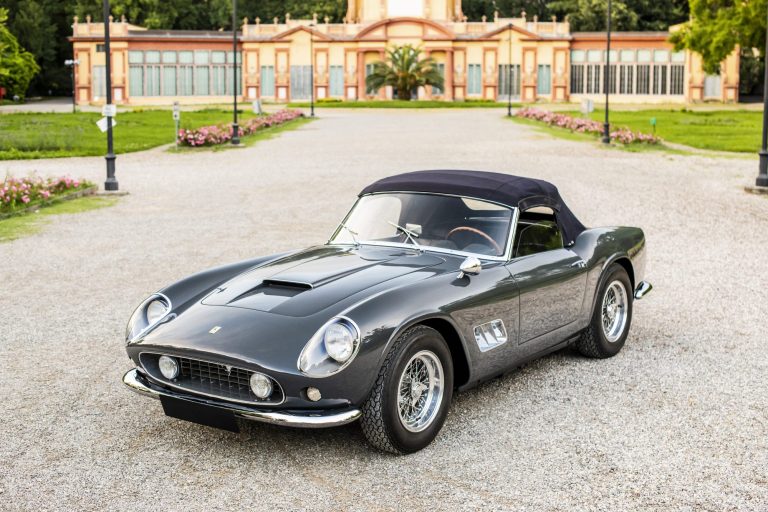
As the excitement builds for this year’s Monterey Car Week, RM Sotheby’s has unveiled some of the highlights of the auction, set to take place
H&H Classics successfully sold 86 per cent of the classic, collector, and performance cars at its latest auction on July 24th, making a total of more than £1.32 million.
The auction, held at the Pavilion Gardens in Buxton, saw a packed saleroom and high levels of participation through online platforms and phone bids. Over 900 individuals registered to bid, with offers coming from Australia, Malaysia, and the USA. Winning bids were placed from countries including France, Italy, Switzerland, and the Czech Republic, highlighting the global reach of H&H Classics.
James McWilliam, sales manager, H&H Classics said “We’re delighted with the results in our latest auction. They show that the market remains lively, not just in the UK, but around the world too. Having over 900 registered bidders and a very strong sales rate shows that enthusiasts are still buying cars with sensible estimates and careful sale curation. We’d like to thank everyone who entered a vehicle, bid on one of the lots, or simply attended and help us create a wonderful atmosphere on the day.”
The highest-selling car was a 1967 Mercedes-Benz 250SL, which sold for £139,500, exceeding its lower estimate by £40,000. This UK-market, fully-restored model with a 50-year ownership history drew significant interest.
A former UK press fleet Audi Quattro UR, freshly overhauled, also got lots of attention, selling for £56,250—more than £16,000 above its lower estimate.
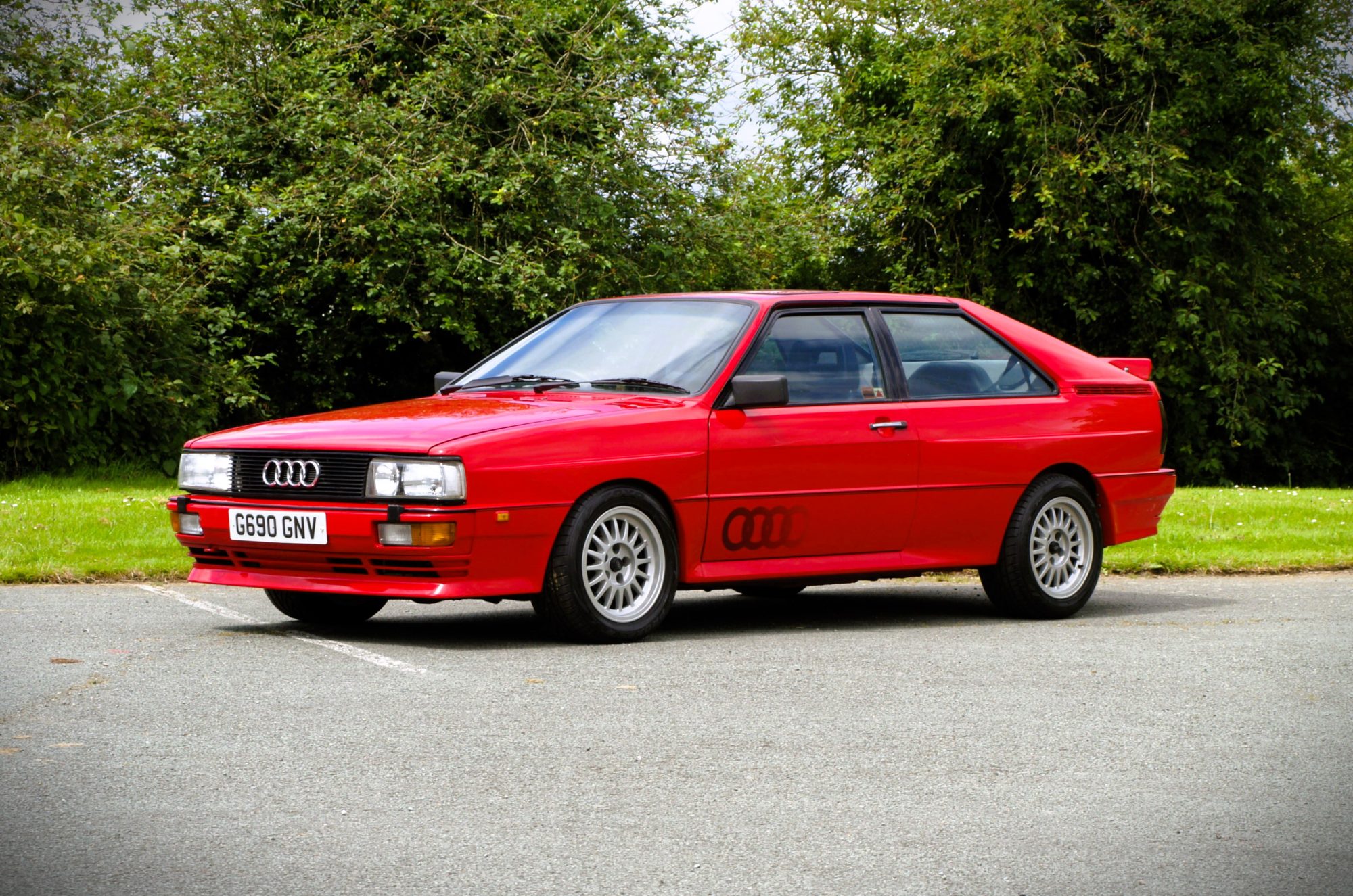
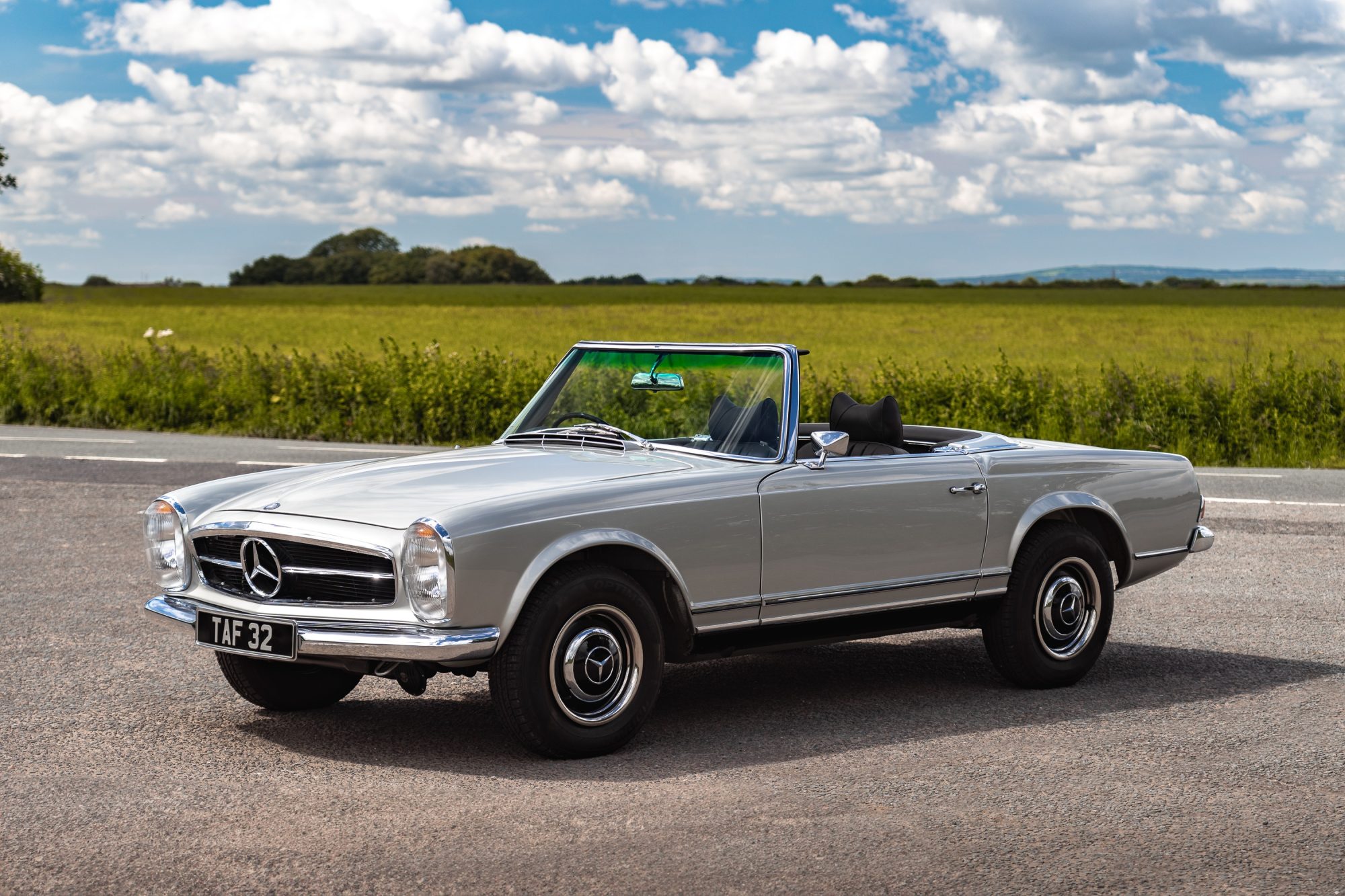
An Aston Martin DB6 project sold for £76,500. The matching-numbers, manual gearbox car has significant restoration work completed, with more left for the new owner to personalise.
A 1967 Mercedes-Benz 230SL sold for £69,750, while a 1929 Lagonda 2-litre Tourer, with extensive history and previous long-term ownership, sold for £51,750, surpassing its £40,000 lower estimate.
The late David Lucas’s collection brought a range of British classics to the auction, all requiring restoration and offered at no-reserve. Highlights included a 1936 Armstrong-Siddeley 17hp Foursome Drophead Coupe for £8,550, a 1964 Triumph Herald 1200 Coupe for £6,975, and a 1975 Triumph 2000 MK2 Estate for £2,812.
For a complete list of auction results, visit www.handh.co.uk
Yesterday, Molly and I had the pleasure of taking a small group on an exclusive behind-the-scenes tour of Classic Team Lotus and the Lotus factory.
The day began with a cup of coffee at the main Lotus factory and a briefing from the Lotus team explaining what would happen throughout the day. We then made our way over the road to Classic Team Lotus.
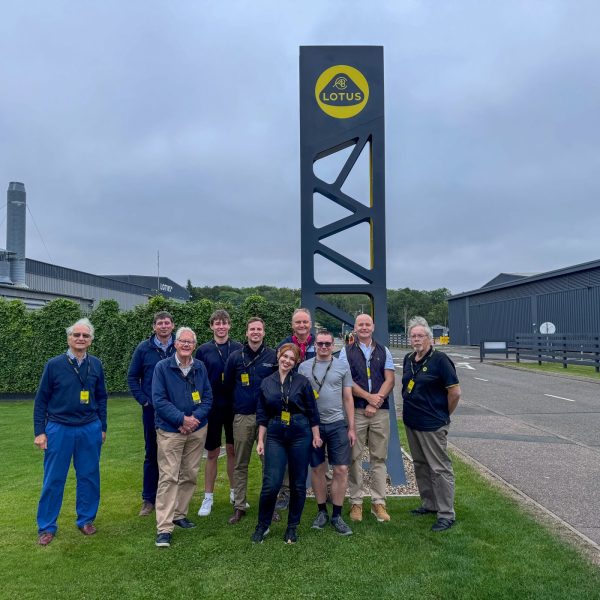
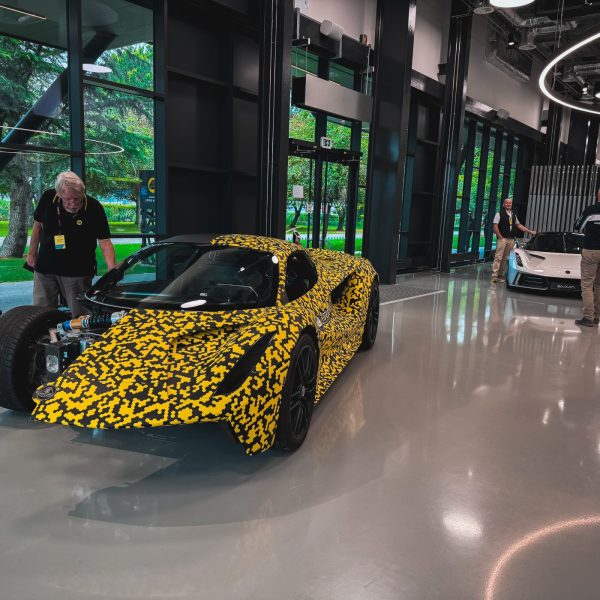
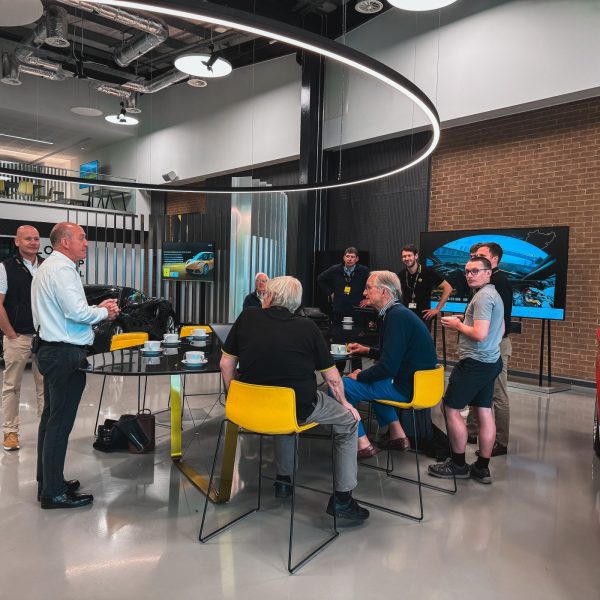


Classic Team Lotus, founded by the legendary Colin Chapman, is where Lotus’s Formula 1 legacy is displayed. Here, the race cars that once dominated tracks worldwide are restored and maintained by a highly skilled team of technicians. Our guide, the extremely knowledgeable Nick Duckworth, led us through the impressive collection of classic Lotus F1 cars and told us the unique story of each one.

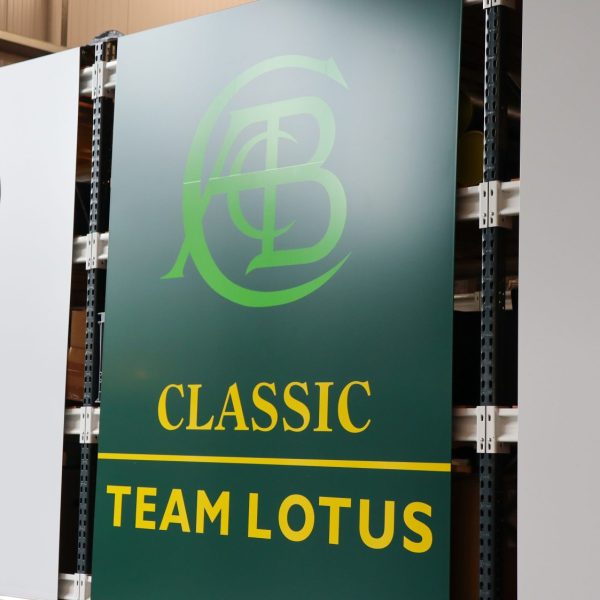
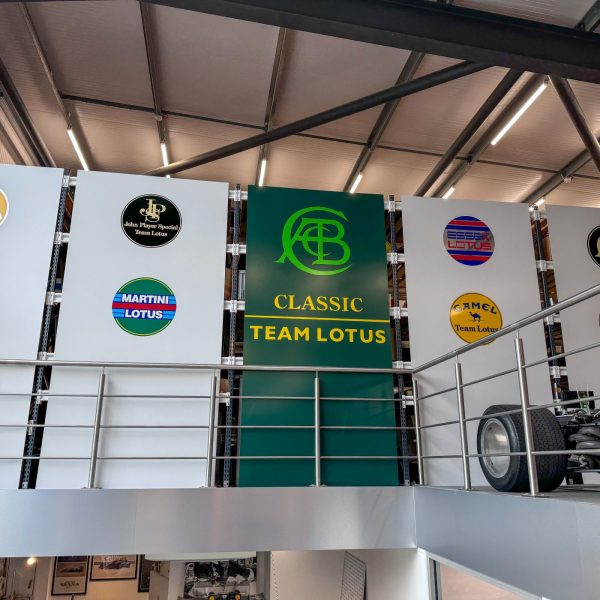

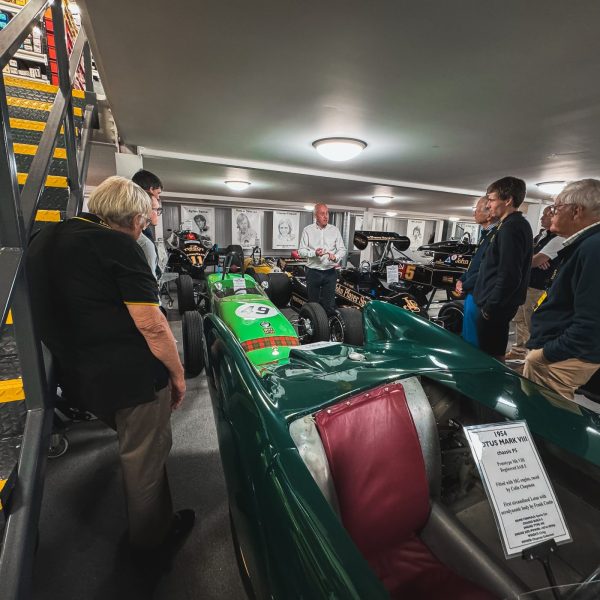

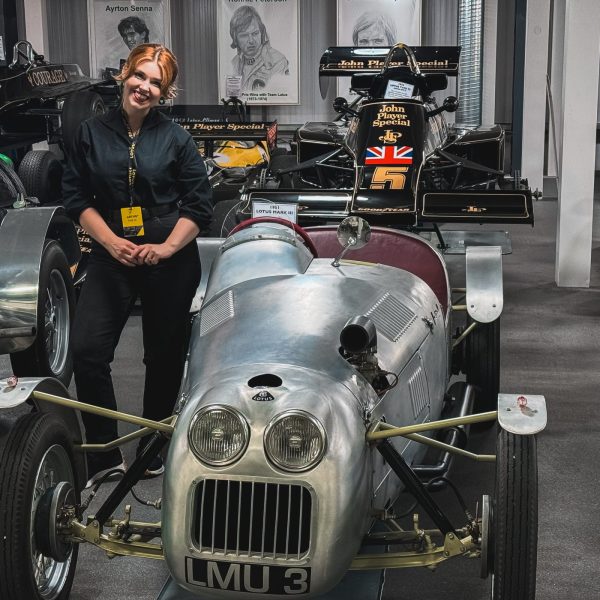

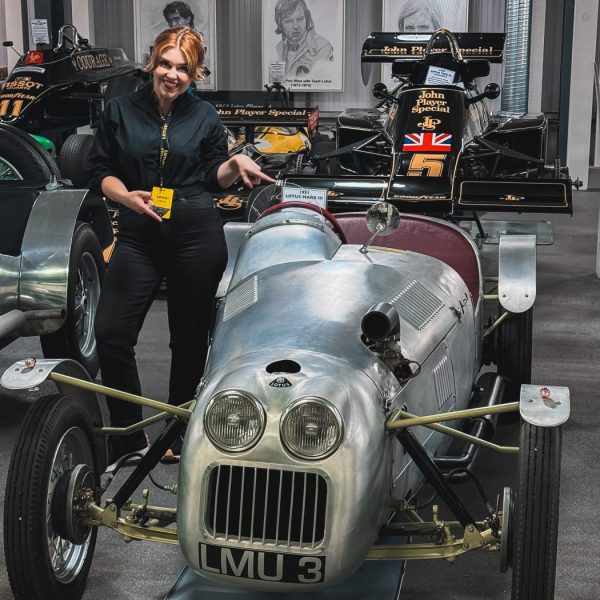
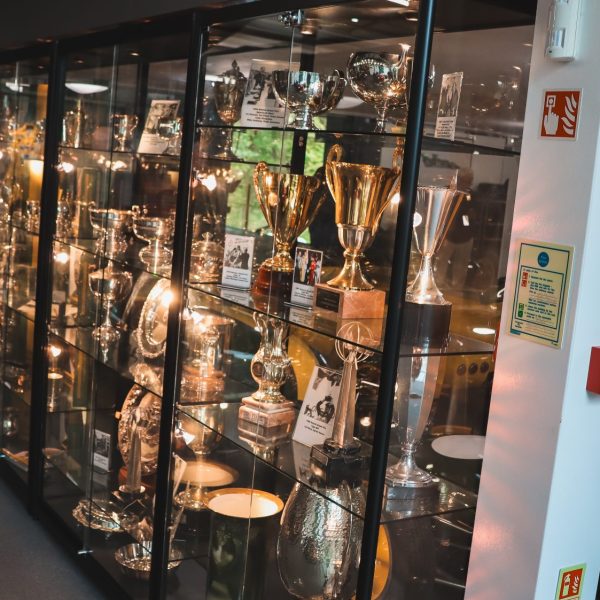
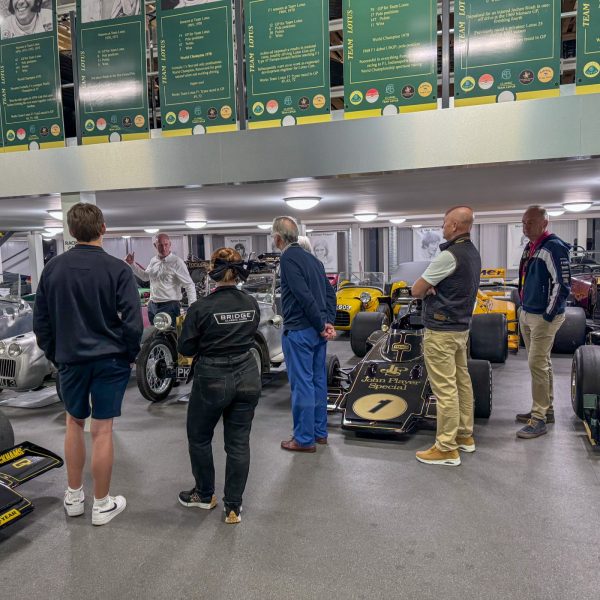

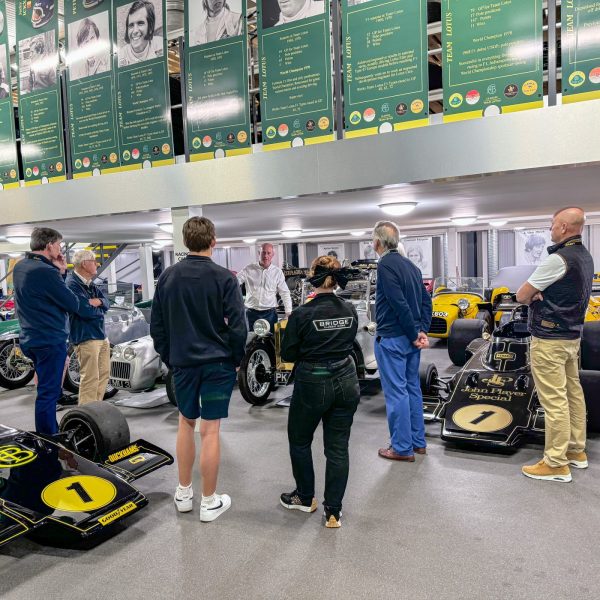
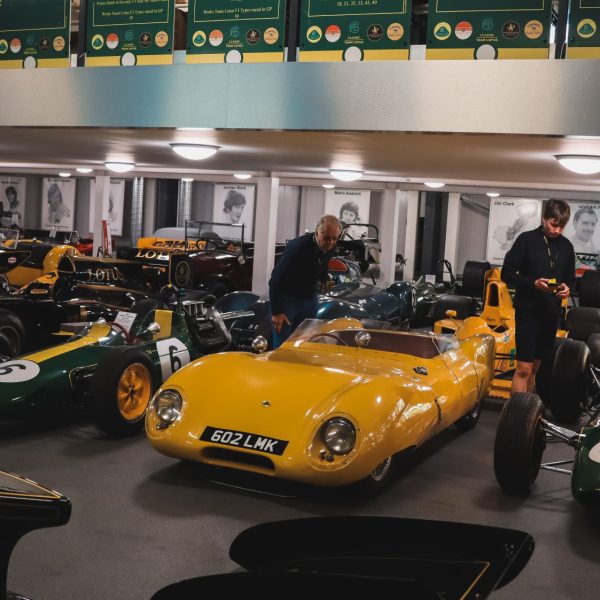

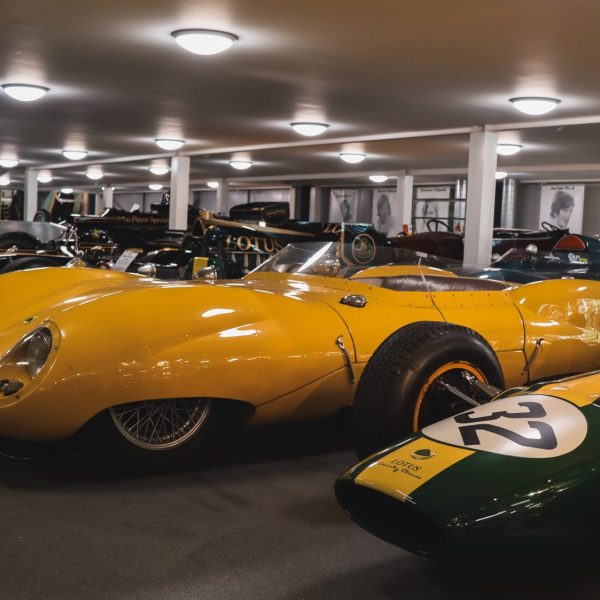


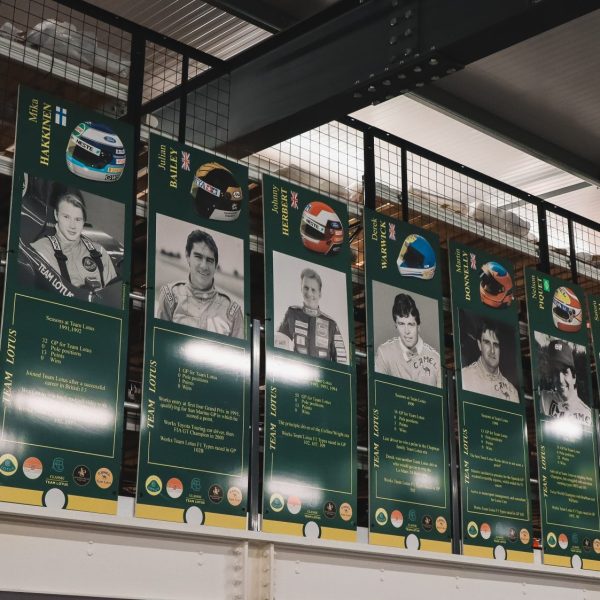
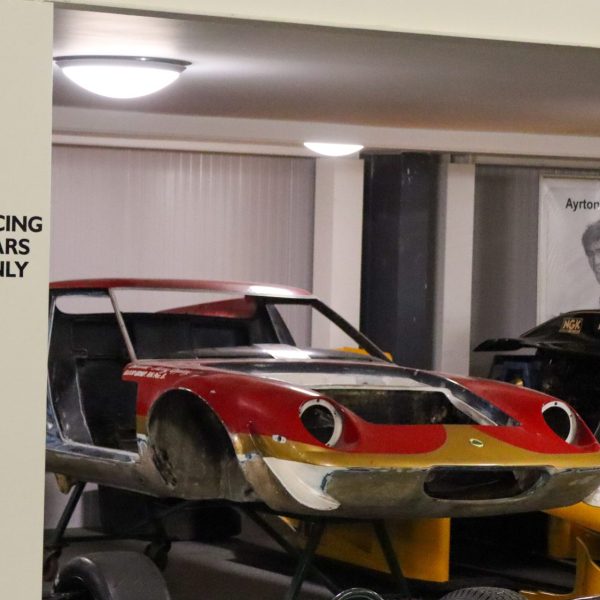
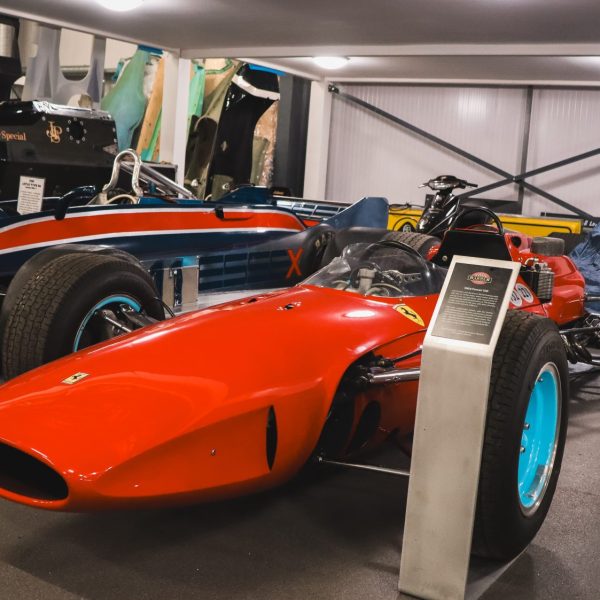
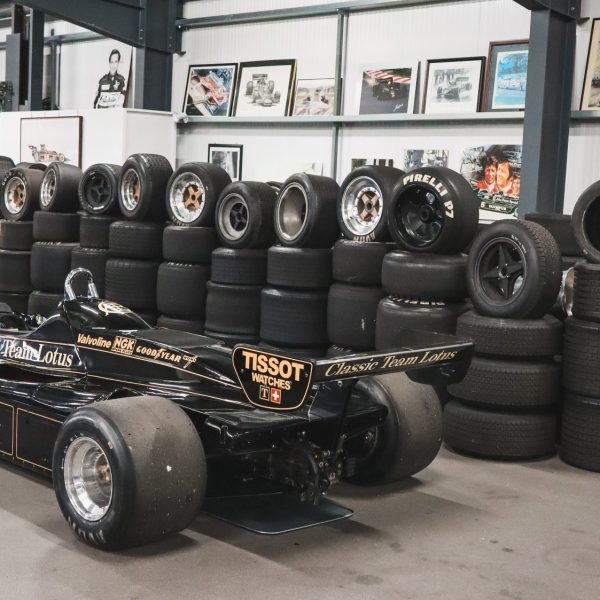

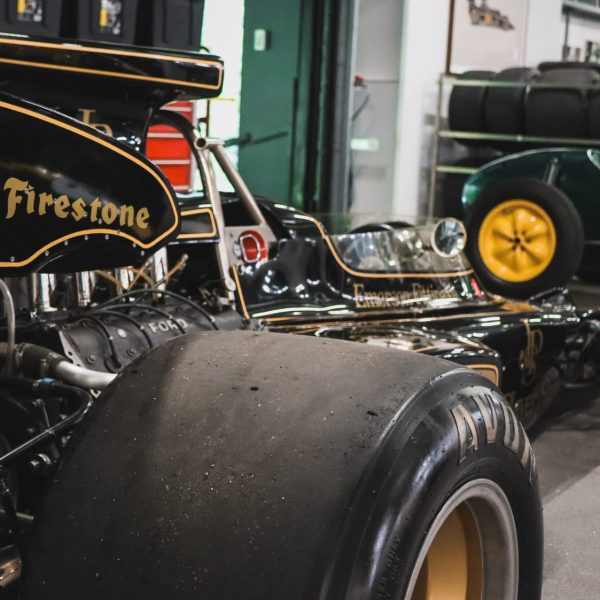



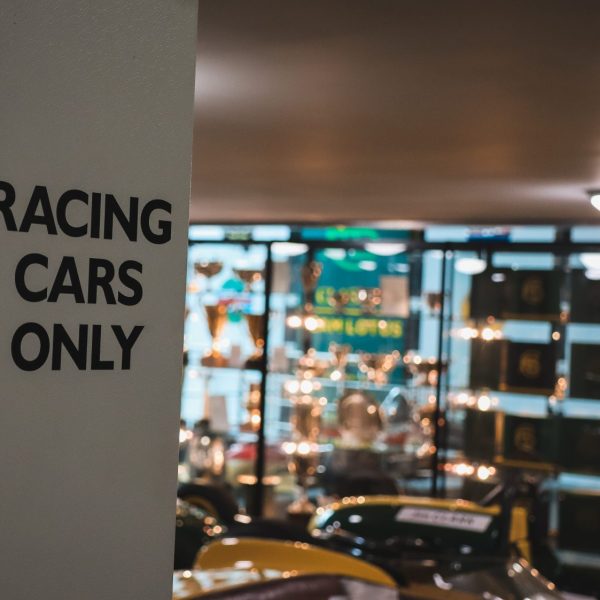
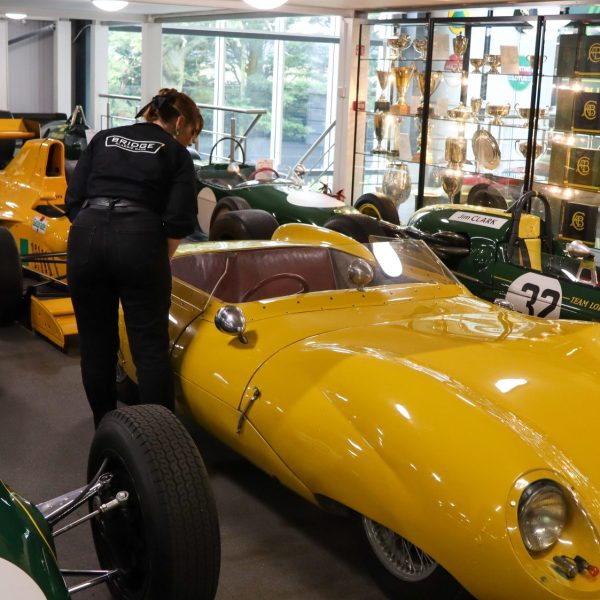
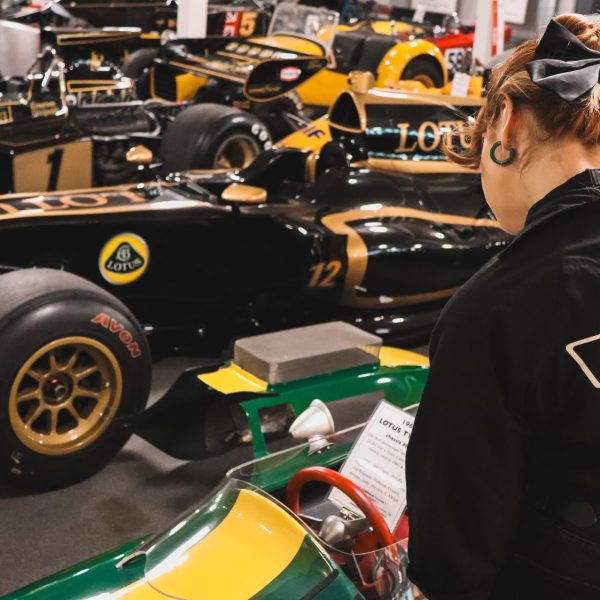


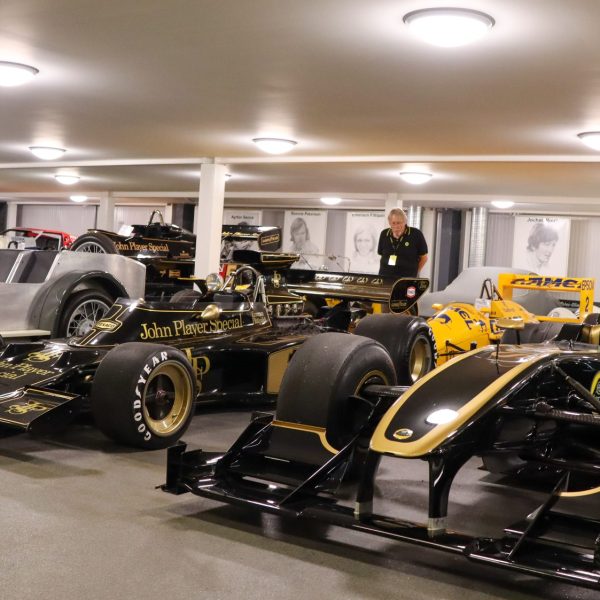

Highlights included seeing the Lotus 25, the car that Jim Clark drove to win the 1963 World Championship, and the Lotus 49, which was recently awarded ‘Race Car of the Century’. Nick shared the stories behind Colin Chapman’s innovative engineering principles and how they changed motor racing forever. The group had the rare opportunity to see these historic machines up close and it was certainly an experience we will all remember.
At lunchtime, we headed over to The Bird in Hand pub. This turned out to be the perfect lunch stop with Lotus being well recognised throughout the pub. There were photos, room names, and lots more nods to the unique connection between the pub and the car manufacturer just 5 minutes down the road!
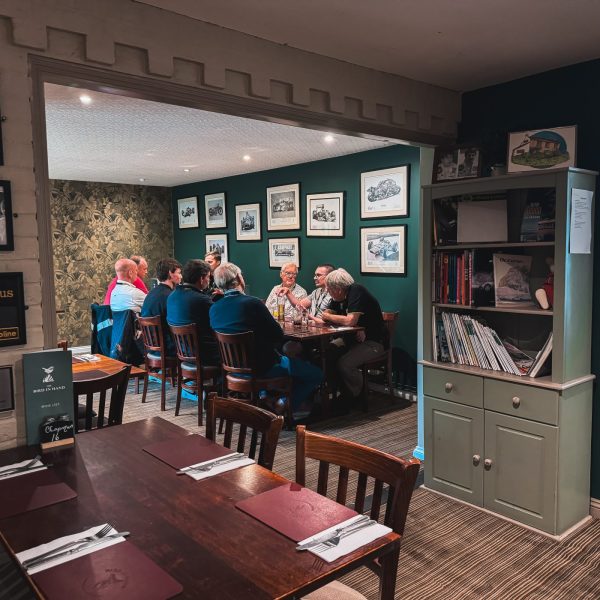

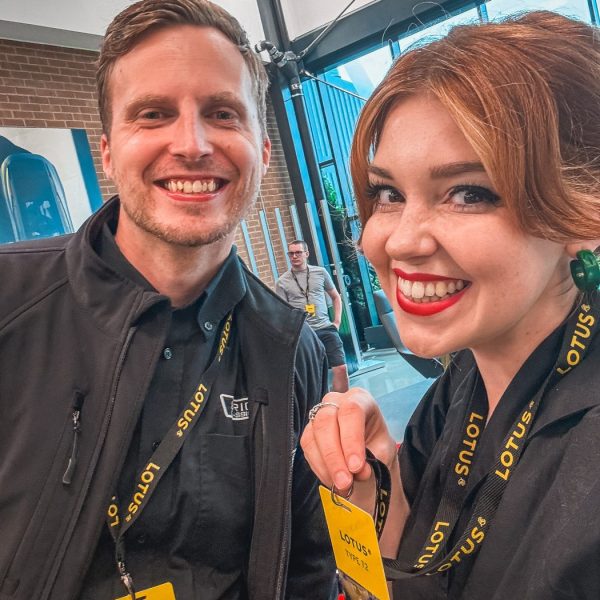

After lunch, we returned to the main Lotus factory. The contrast between the historic charm of Classic Team Lotus and the modern setup of the main factory was very noticeable! In the factory, we got to see what it takes to make a brand-new Lotus every 17 minutes! From automated machines to experienced hands, it was great to see humans and machines working together to produce some of the best-looking sports cars out there.
One of the highlights of the factory tour was our visit to Workshop 3, a part of the factory normally off-limits to visitors. Inside, we had the privilege of seeing the fastest road-legal car ever to complete a lap of the Nürburgring, the Lotus Evija, being made. There will only be about 130 of these cars made and, the ones we got to see up close were a limited run of less than 10 to be made with the recognisable JPS (John Player Special) Lotus F1 livery.
There’s a strict no photography policy throughout the factory so there aren’t any photos to show but, if you get the chance to go, you really need to see the incredible setup and how smoothly the process runs from start to finish.
The entire day was fantastic. The group of people who came with us were such great people and it was a lot of fun to spend the day with fellow car enthusiasts who all seemed to enjoy the tours as much as Molly and I did.
I would like to say a huge thank you to everyone who joined us and another big thank you to Nick and Scott at Lotus for giving us all an incredible day – we will definitely be back again!
We have lots more events like this coming up so if you want to join us on one of our future trips, keep an eye on our events calendar.
Today, Gordon and Craig are at the Classic Motorcars Sale being hosted by H&H Classics at Pavilion Gardens in Buxton, Derbyshire.
There is a huge range of vehicles to look at (and potentially bid on) so it looks like its going to be a great day.
It will be interesting to see which ones make their way back to the Bridge Classic Cars workshop.
What ones would you bid on if you could?

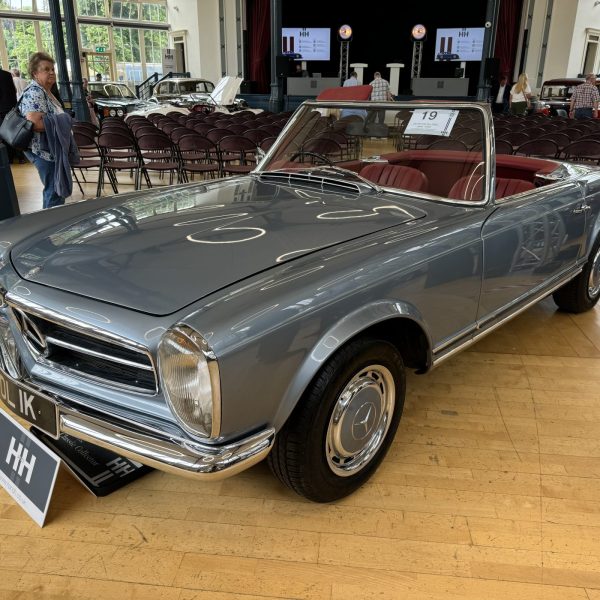

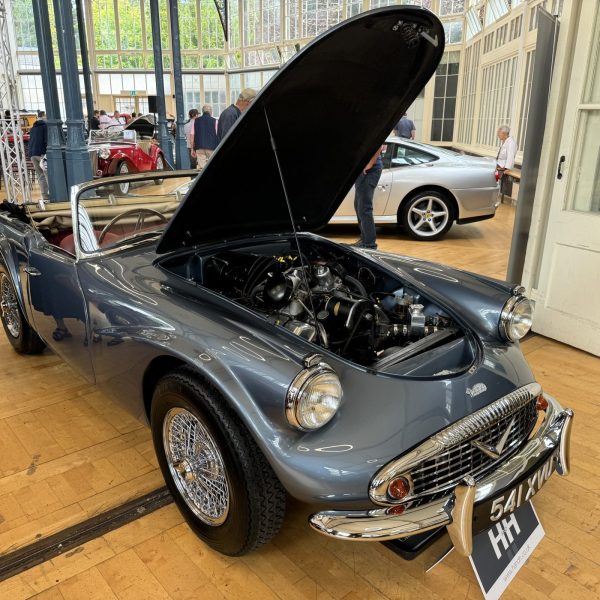


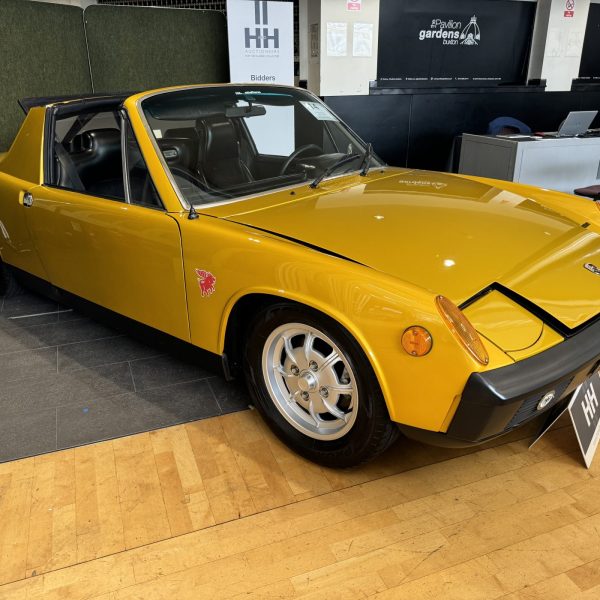
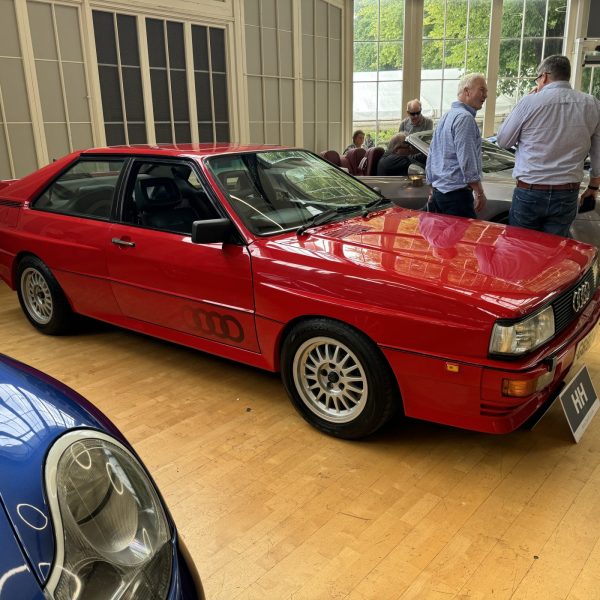
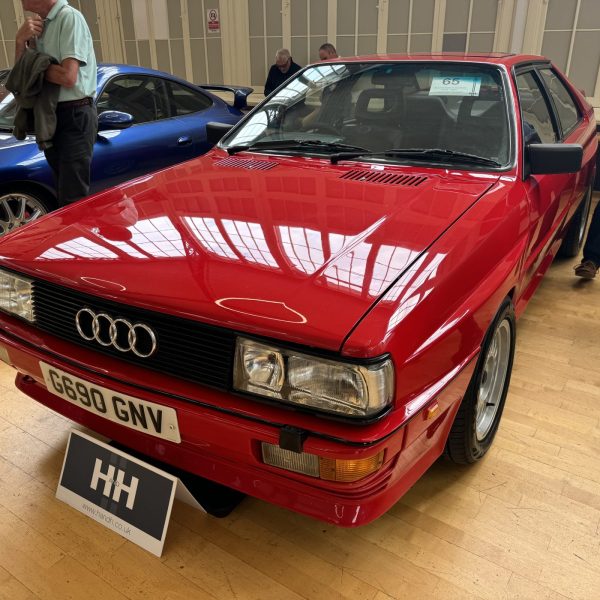


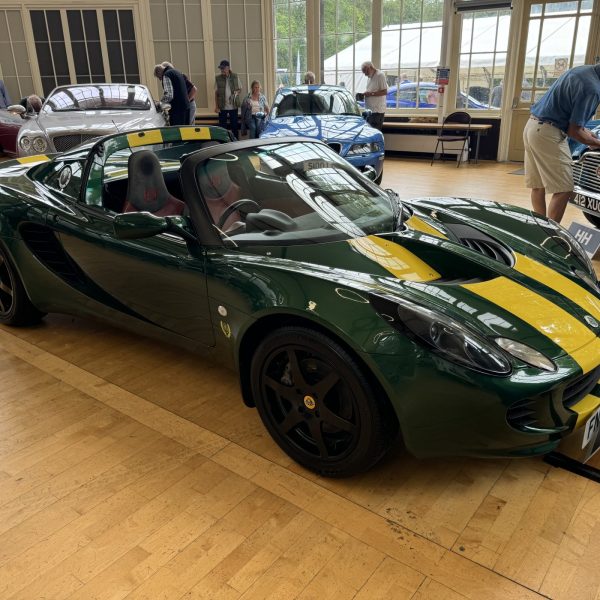
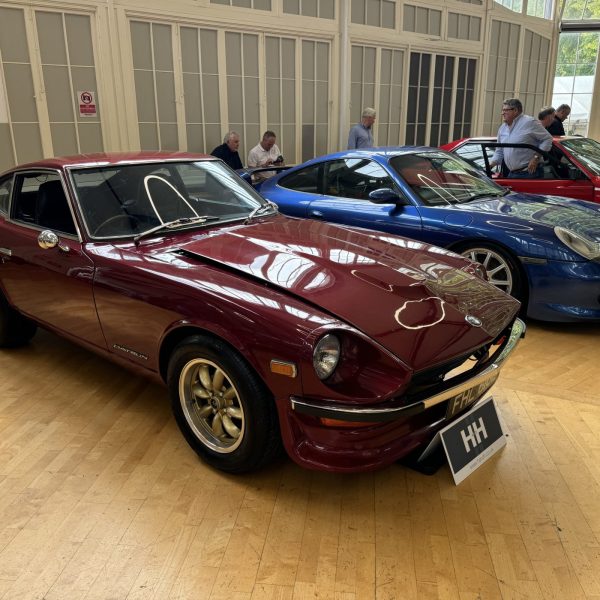

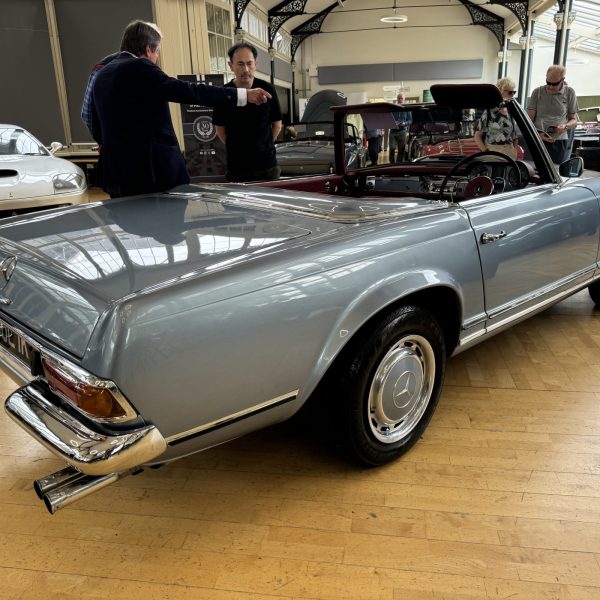
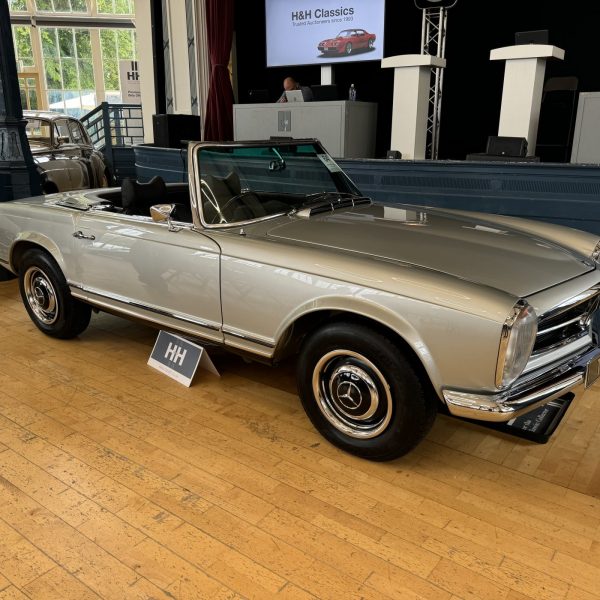
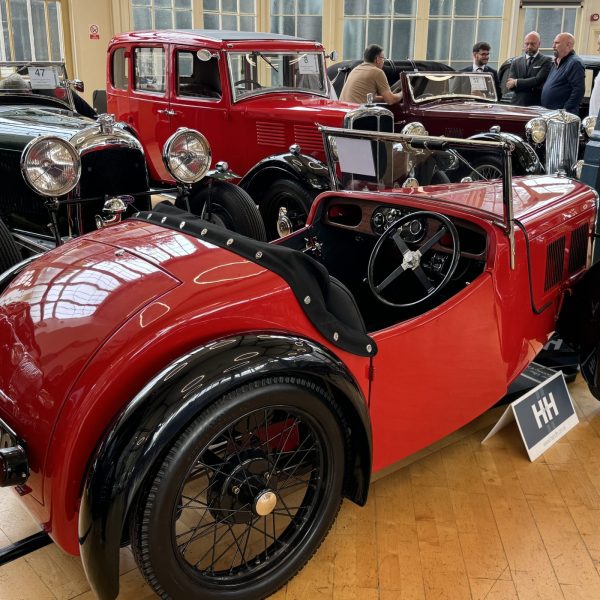
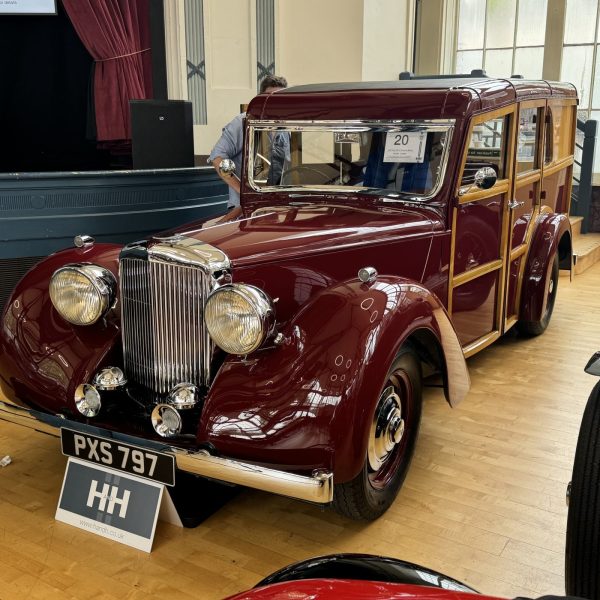

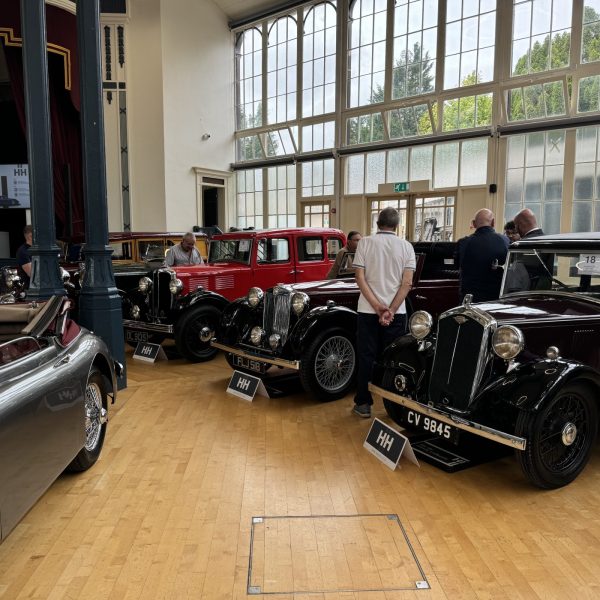
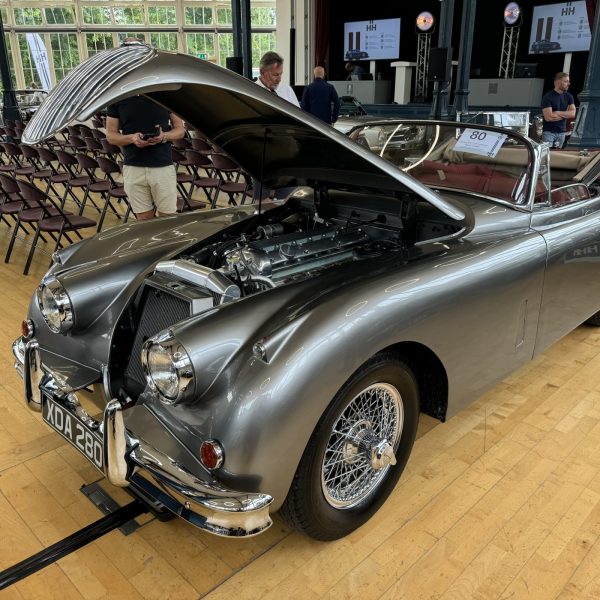

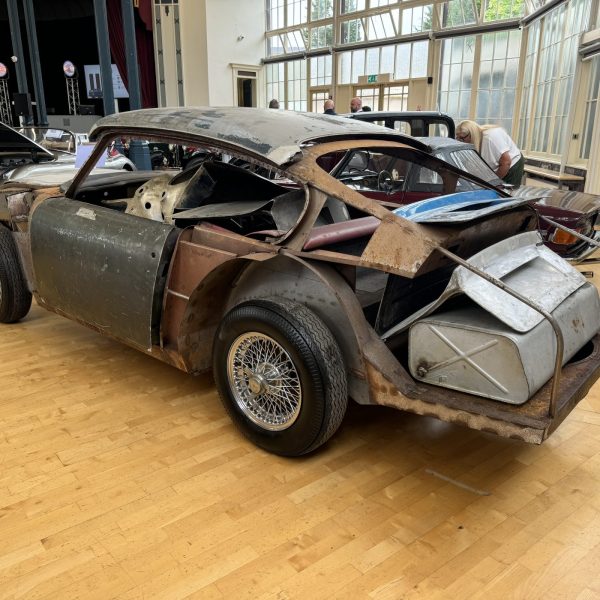
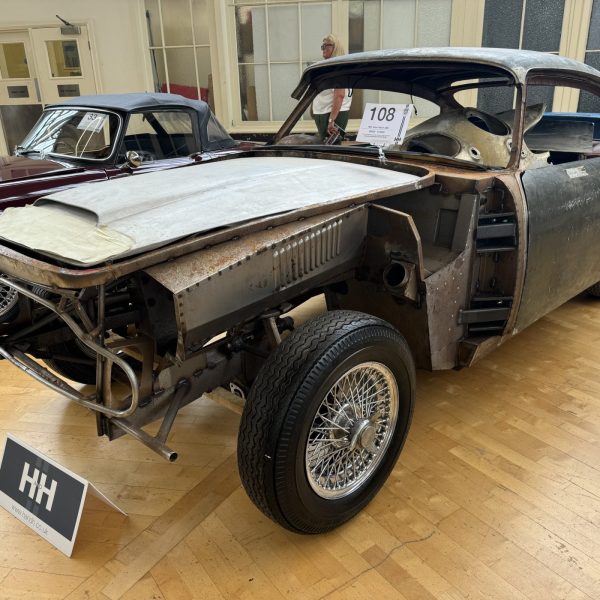
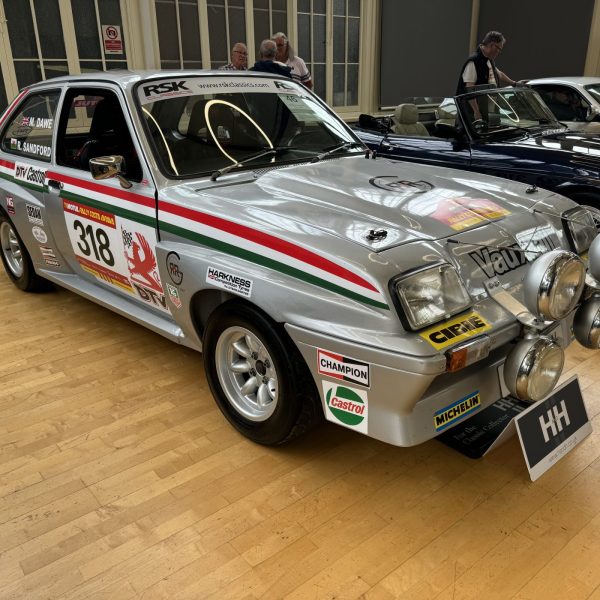
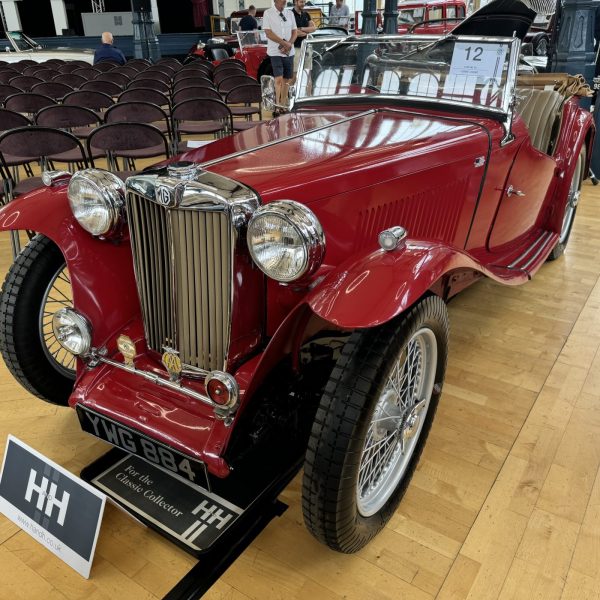
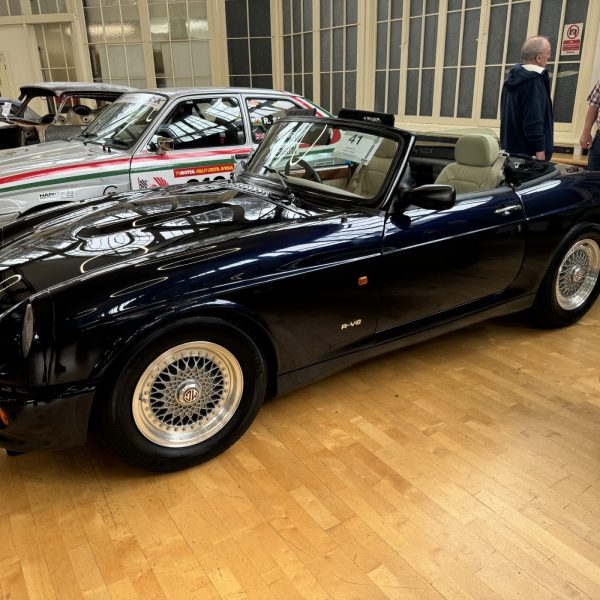
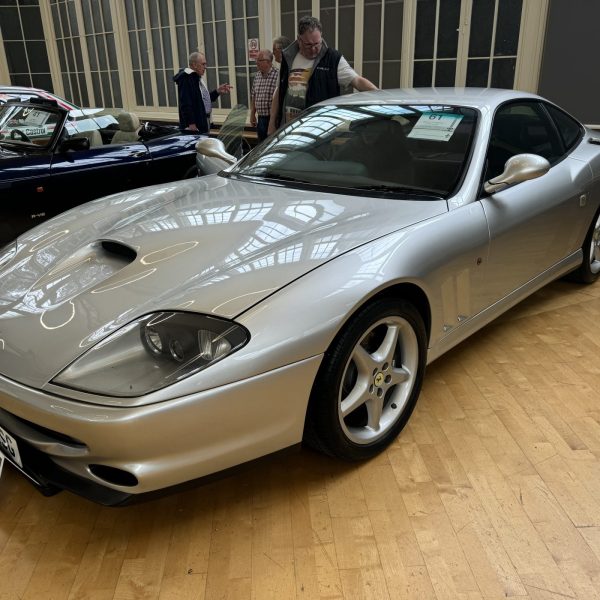

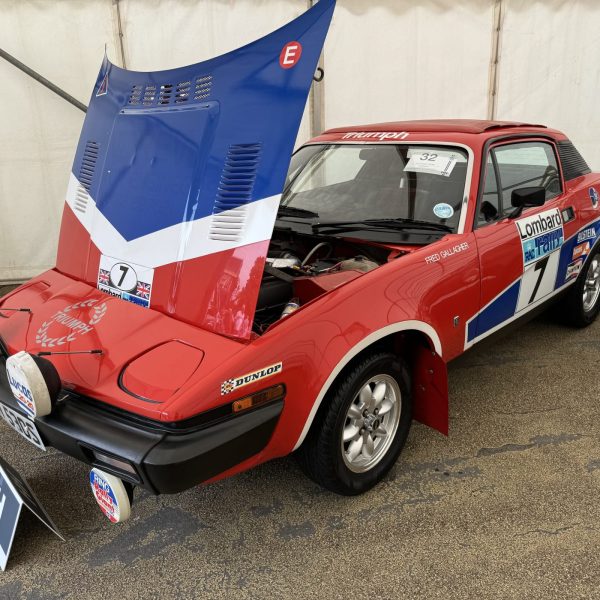
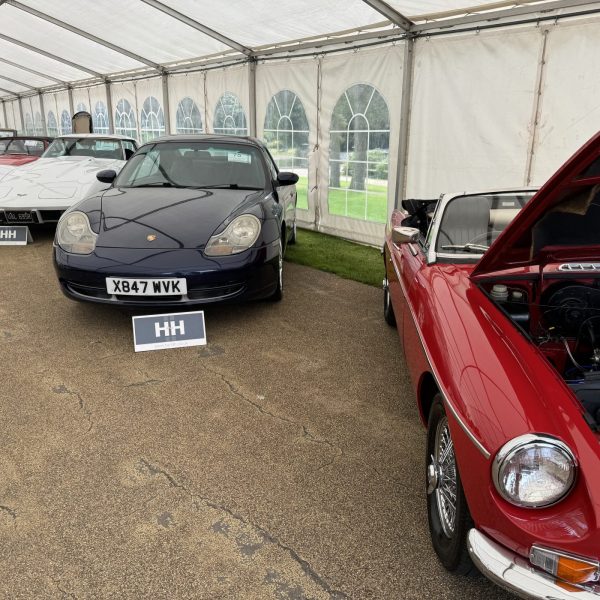
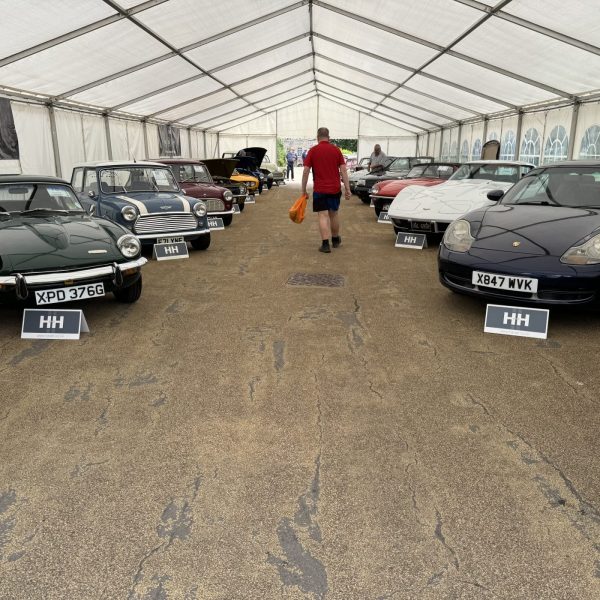
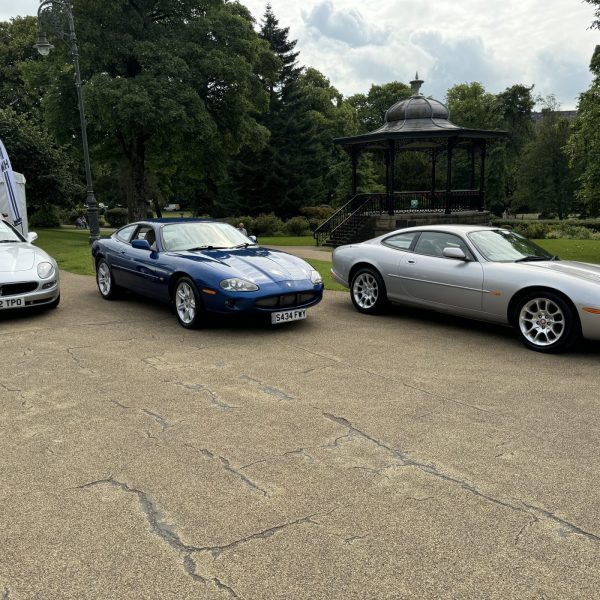





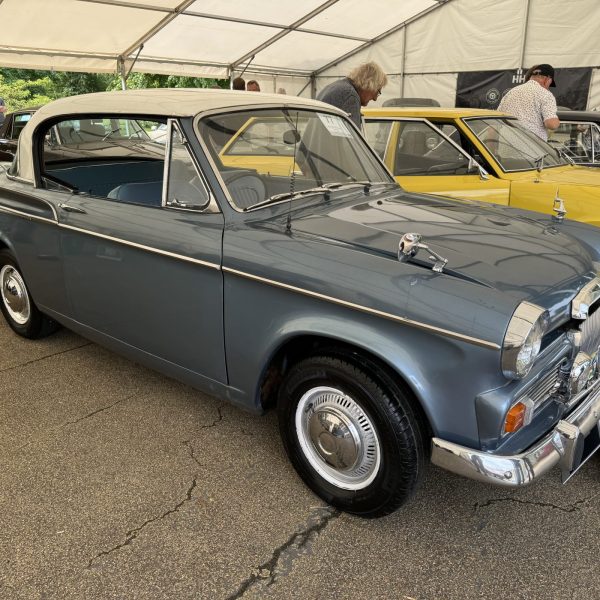
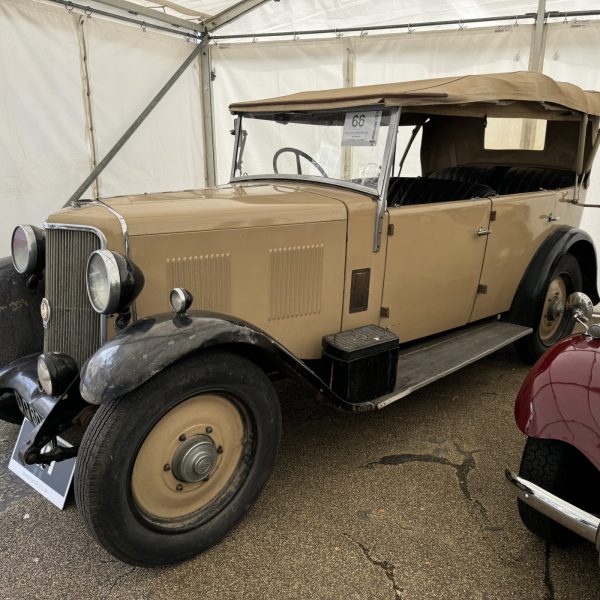
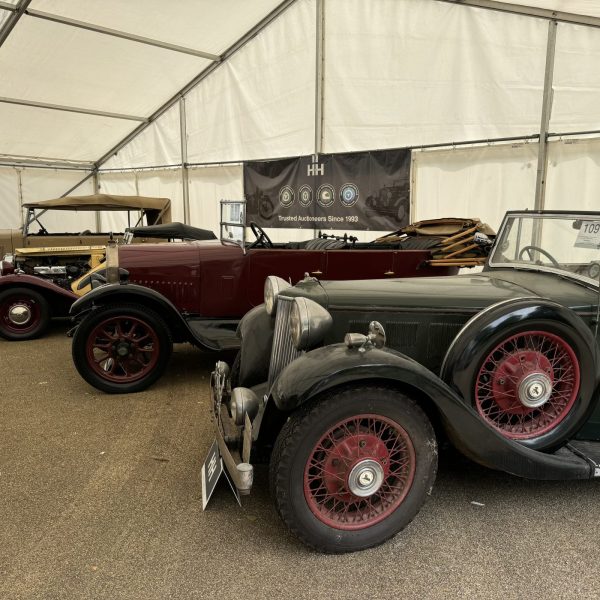
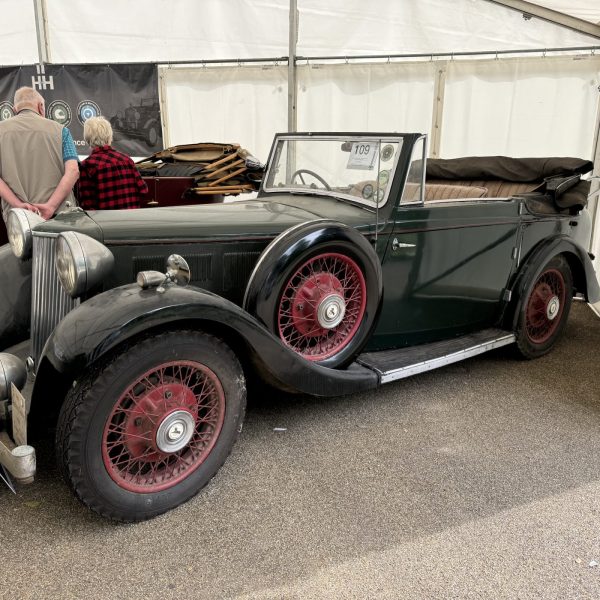
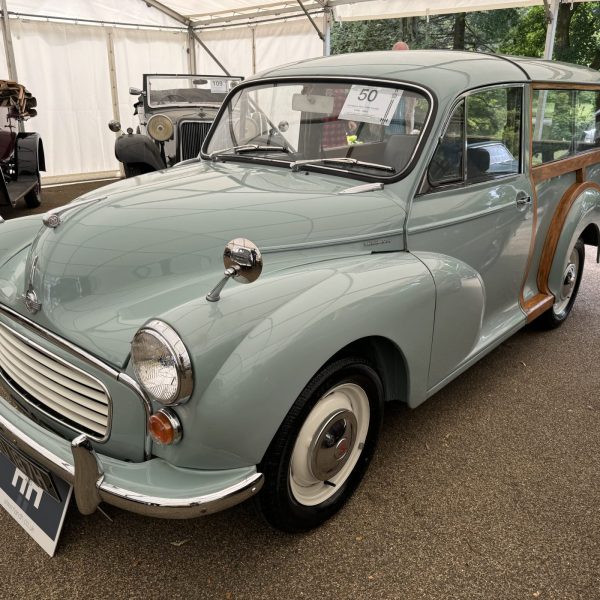
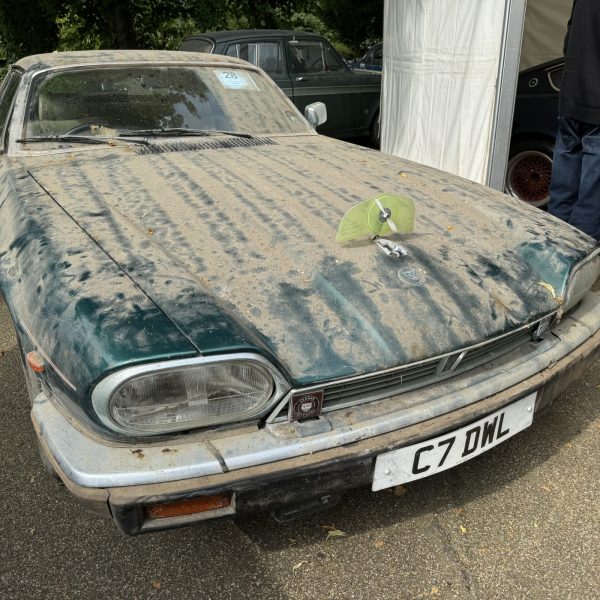



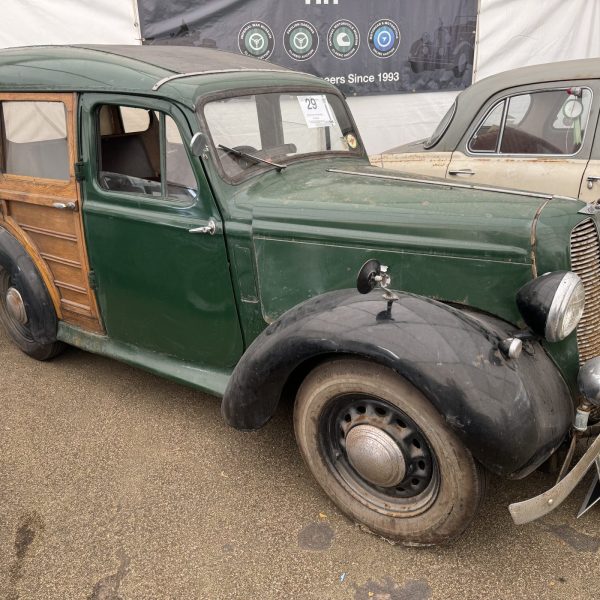

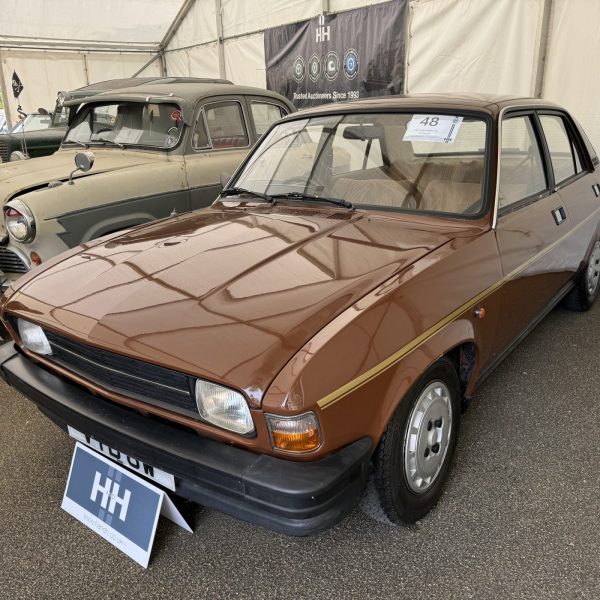

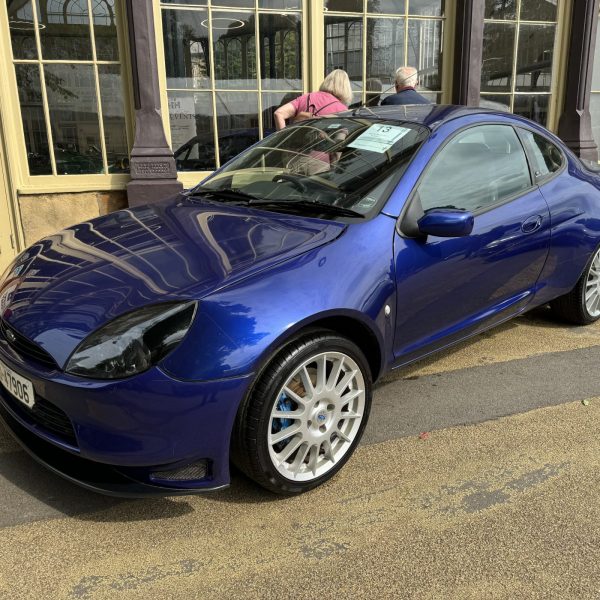
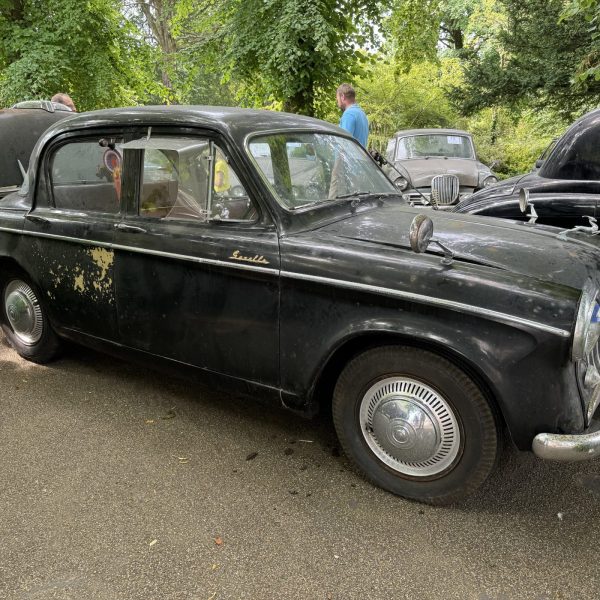


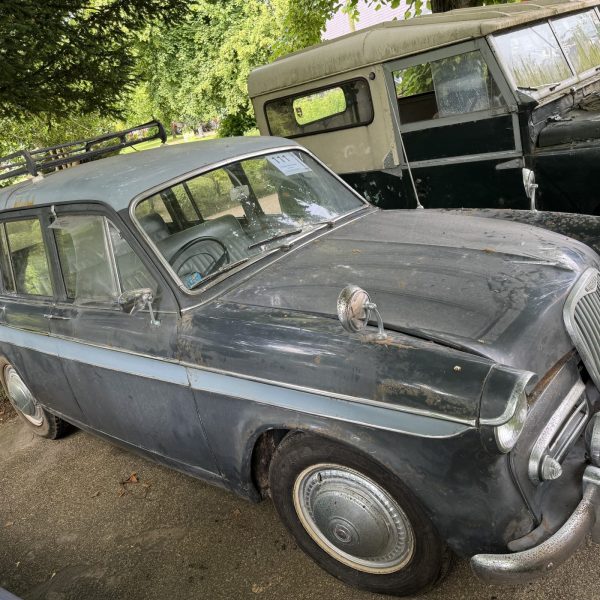
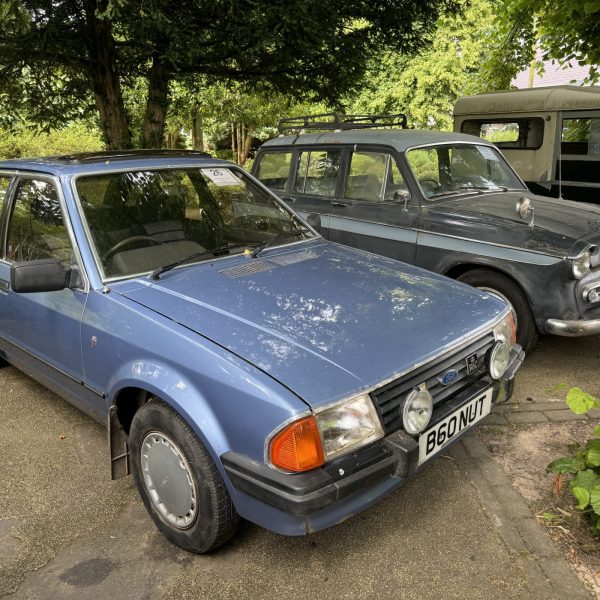
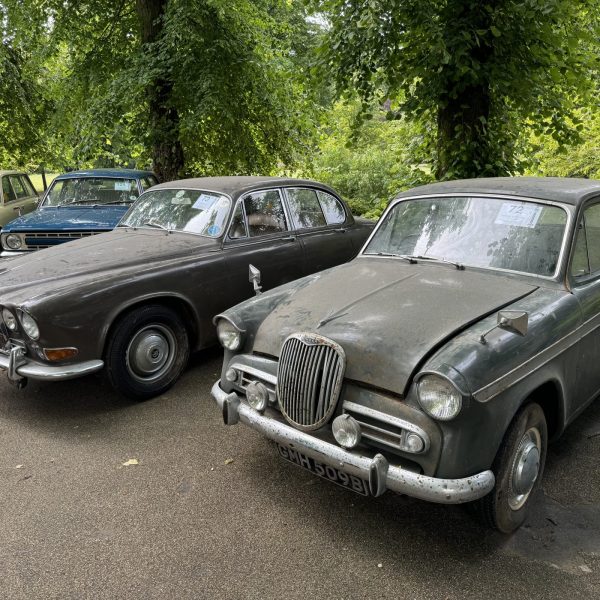

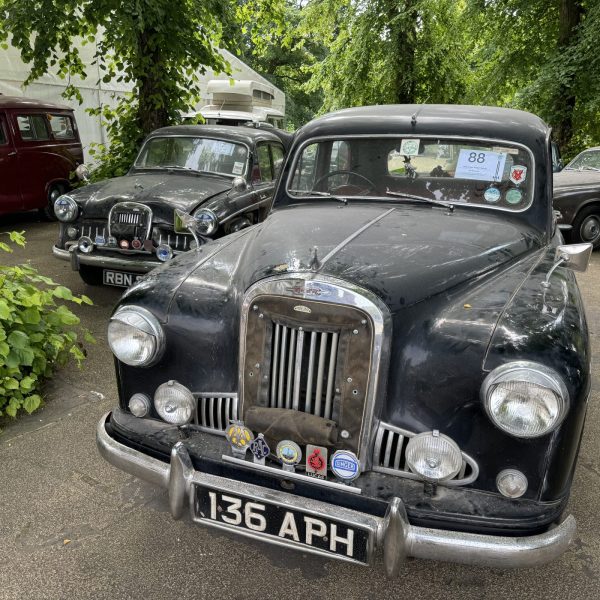

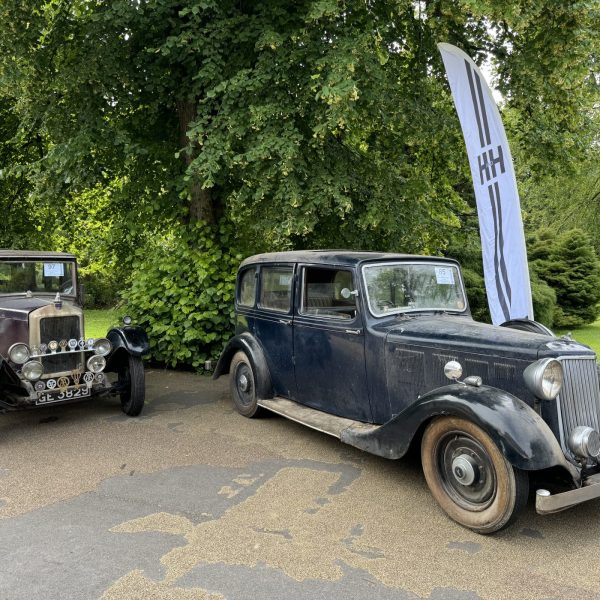
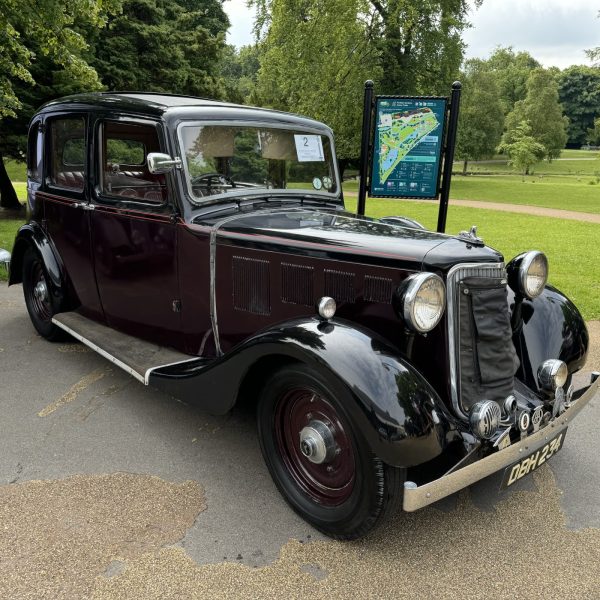


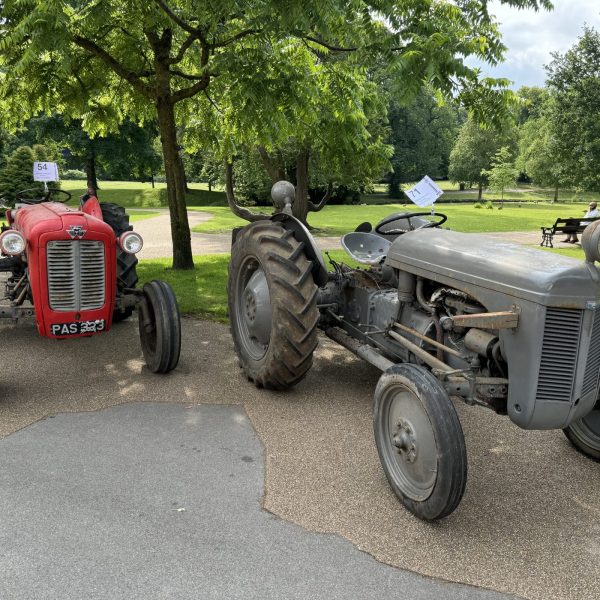




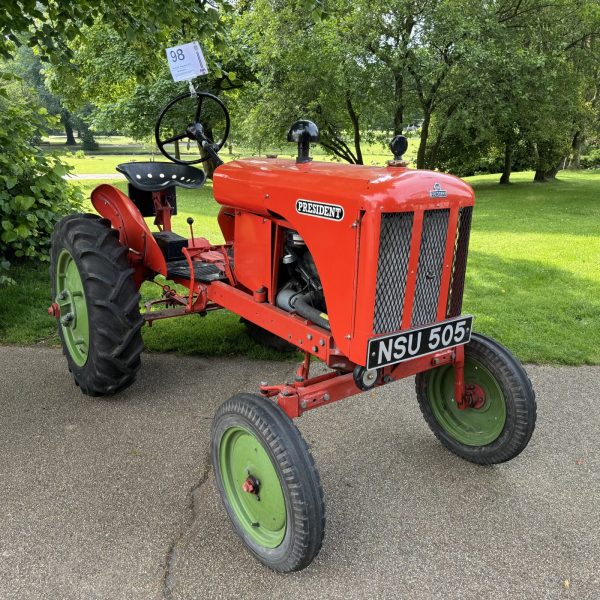
Well. What a choice.
The Pagoda
Daimler Dart
Audi Quattro
XK150
MGRV8
Minor Traveller
North East Mayor Kim McGuinness and leaders from the North East Combined Authority are set to approve a huge skills investment aimed at developing a new generation of skilled workers in electric vehicle (EV) and battery technology.
MADE NE (Manufacturing, Automation, Digitalisation, Electrification North East), spearheaded by Nissan in collaboration with automotive sector partners, will establish world-class training facilities across two locations within the International Advanced Manufacturing Strategic Site (IAMSS) in Sunderland.
This £14.6 million initiative, for which a report to the Mayor and Cabinet suggests a £9.7 million investment from the Combined Authority, will offer open-access facilities for industry-specific skills training in the region’s advanced manufacturing sector, focusing on EV and battery technology.
The program will include skills development ranging from primary education to apprenticeships and in-work training. Additionally, the centre aims to support targeted industrial innovation projects through funding and equipment.
The proposal will be reviewed by the North East Combined Authority Cabinet on Tuesday, 30 July. MADE NE represents the first project within the region’s Investment Zone, a £160 million, 10-year initiative projected to create over 4,000 jobs and attract £3 billion in private sector investment.
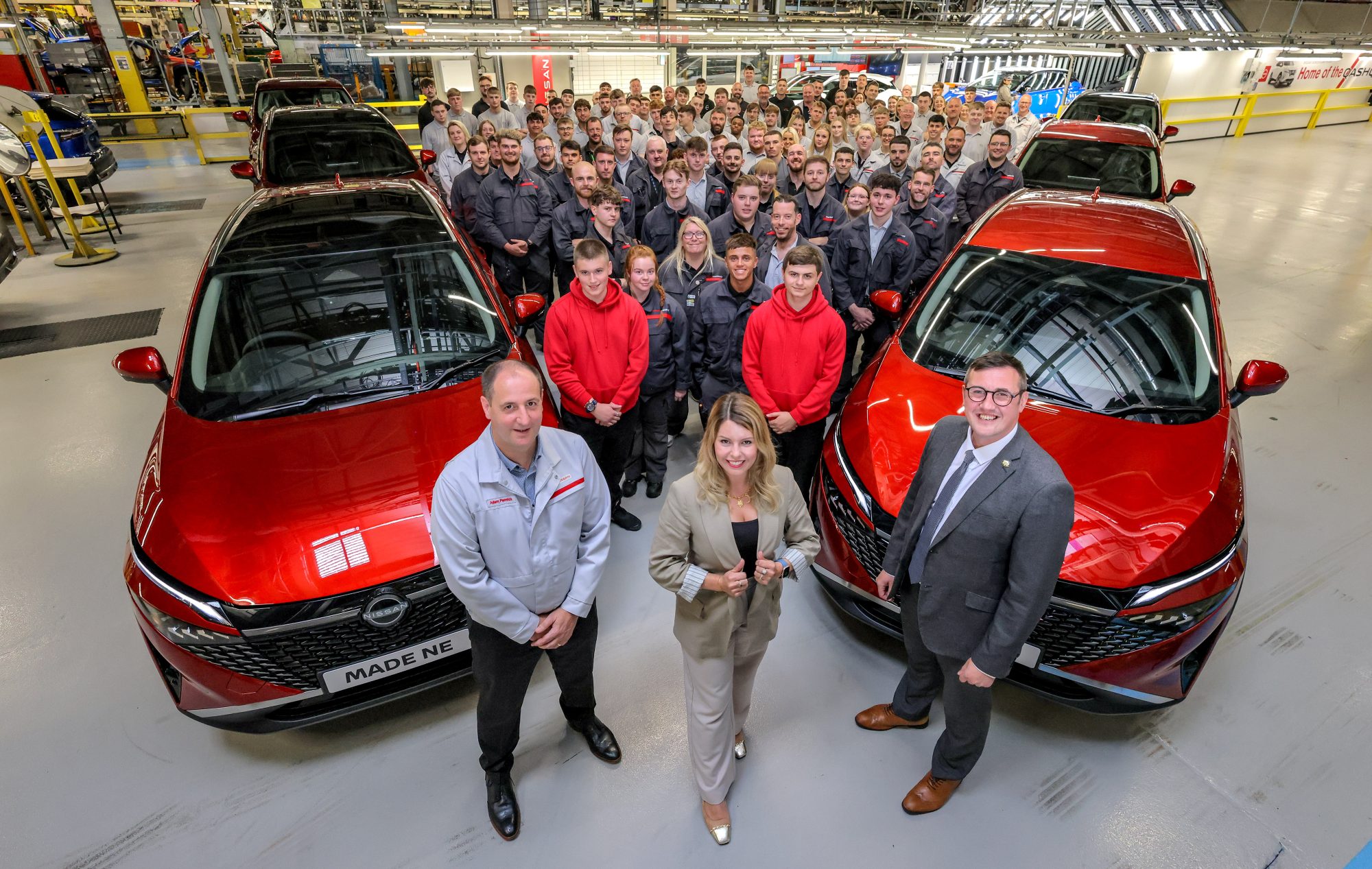
North East Mayor Kim McGuinness said: “In my manifesto I promised to back our world-leading automotive industry. Now we are delivering. This investment will unlock a generation of skilled workers and create opportunities for local people and businesses.
“It cements our reputation as a global success story in advanced manufacturing and shows how we can lead the industries of the future. The investment shows how we can make the North East the home of real opportunity by backing local workers and businesses – so our area has good, well-paid, high-skilled jobs and training on the doorstep.“
Adam Pennick, Vice President, Manufacturing, at Nissan Sunderland Plant, said: “To build the cars of the future, you need the skills of the future. This fantastic new facility will help find the talent, nurture the technical skills and drive the spirit of innovation that will power advanced automotive manufacturing in the UK.
“Nissan Sunderland is proud of its track record on skills development and we know that to deliver our EV36Zero vision we need to do more.
“That’s why we are excited to be leading this collaborative long-term project to take skills development to the next level, for the benefit of the North East of England.”
Cllr Michael Mordey, Cabinet member for Finance and Investment and Leader of Sunderland City Council, said: “We are proud that Sunderland is the beating heart of the most important economic motor this region has, and that – in securing this investment – we can continue to drive its success with talented, highly-skilled people, trained in the city and able to contribute to the success of this whole region. And indeed to ensure that the supply chain is developed with the availability of a world-class workforce.
“Our location – at the heart of the region – means that we are well-positioned to support people right across the North East to access world-class training that will enable them to take up green jobs, as we transition to electrification. It cements our position on a global stage – an internationally competitive, ambitious city that is leading the way in the race to a more sustainable future, at the heart of a region that can play a huge part in the success of UK Plc.”
When it comes to reducing greenhouse gas emissions, transportation is the UK’s biggest challenge. While Battery Electric Vehicles (BEVs) are leading the charge for passenger cars and vans, hydrogen shows promise for aviation, shipping, buses, and Heavy Goods Vehicles (HGVs), especially in scenarios where battery charging infrastructure and range limitations are issues.
The UK’s Zero Emissions Vehicle (ZEV) mandate aims for 22% of new cars to be ZEVs by 2024, increasing to 80% by 2030 and 100% by 2035. Although BEVs are expected to dominate, it’s worth questioning if they are the best technology.
A ZEV, as defined by the UK Government, is a vehicle that emits zero grams of CO2 per kilometre during the Worldwide Harmonized Light Vehicles Test Procedure (WLTP). This means that both BEVs and Fuel Cell Electric Vehicles (FCEVs) qualify as ZEVs. However, this definition doesn’t account for emissions from the entire lifecycle of the vehicle.
Life Cycle Assessment (LCA) offers a more comprehensive view by evaluating CO2 emissions from manufacturing to disposal. For instance, although BEVs produce zero emissions at the tailpipe, their overall CO2 impact includes the emissions from electricity generation, which still relies partly on fossil fuels. Currently, about 35% of the UK’s electricity is from fossil fuels, while renewables and nuclear contribute 36% and 15%, respectively.
The LCA results show that BEVs and Plug-in Hybrid Electric Vehicles (PHEVs) have similar total CO2 emissions, mainly due to the significant CO2 produced during battery manufacturing and the current energy mix. Future improvements in battery recycling and increased renewable energy use could tip the balance in favour of BEVs though.
Hydrogen, especially green hydrogen produced from renewable sources, has the potential to lower CO2 emissions significantly. However, the infrastructure for green hydrogen is still in its infancy. Early adoption is expected in buses and HGVs, but the long-term demand will likely come from the shipping and aviation sectors, where hydrogen can serve as an energy carrier rather than a direct fuel.
While BEVs currently lead the zero-emission vehicle market, hydrogen has a promising future, particularly for applications where batteries fall short. The transport sector’s shift to greener solutions will likely involve a mix of technologies, including improved battery systems, green hydrogen, and synthetic fuels.
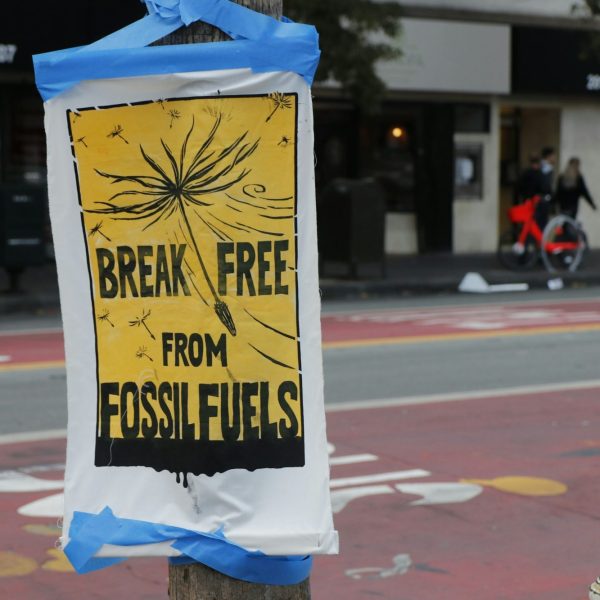
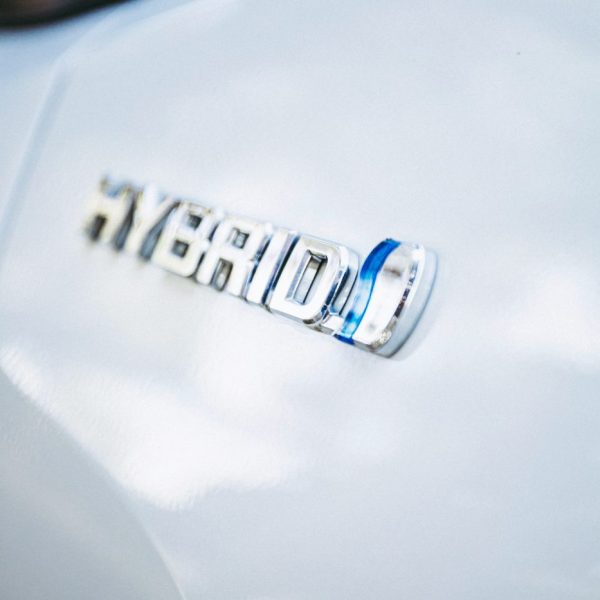
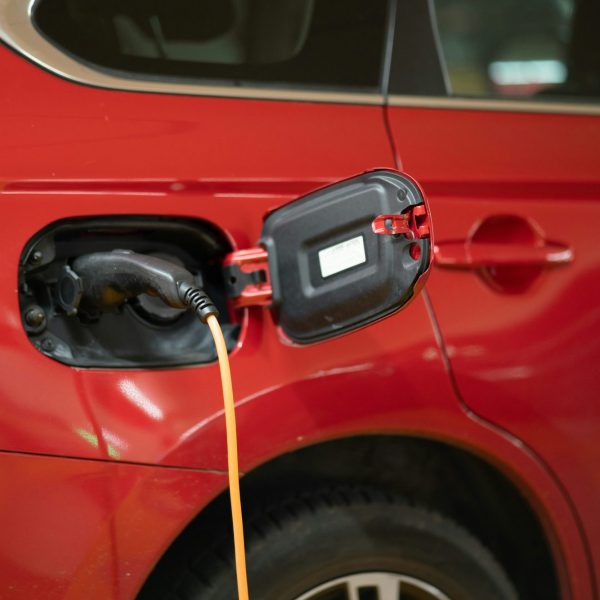
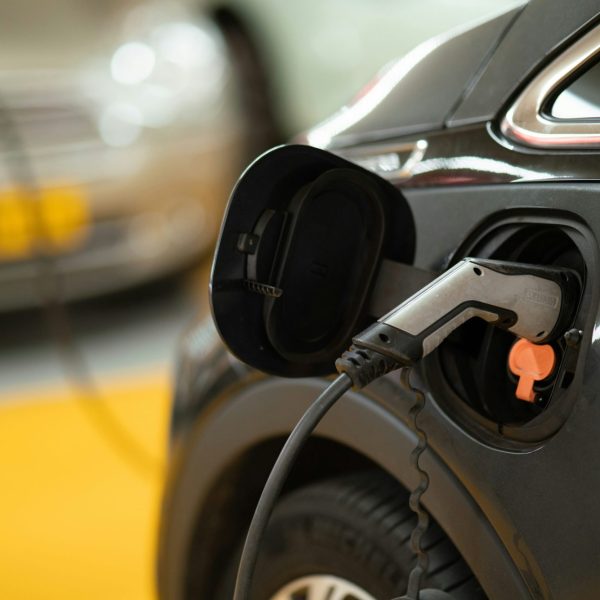
When it comes to hydrogen as a fuel, safety is a top priority. While hydrogen presents unique risks, it’s important to understand how they differ from traditional fuels. Hydrogen is highly flammable and can ignite easily, but its lightweight nature means it disperses quickly in the event of a leak, reducing the risk of accumulation and subsequent explosions.
Safety protocols for handling hydrogen are rigorous. Hydrogen systems are designed with multiple safety layers, including leak detection and automatic shutdowns to prevent accidents. For example, hydrogen fueling stations are equipped with sensors that detect leaks and automatically stop the fuel supply if an issue arises.
Comparatively, petrol and diesel are more prone to lingering and spreading fires due to their heavier nature. This makes hydrogen a safer option in some scenarios, as it doesn’t pool on the ground or spread as easily.
Transporting hydrogen also requires specialised infrastructure. Hydrogen pipelines are built with materials that can withstand the high pressures and potential weakness caused by hydrogen. Hydrogen storage tanks are also designed to endure significant impacts without rupturing.
Training and education are crucial for anyone with hydrogen. Technicians need to be highly knowledgeable in the specific safety measures required for handling and maintaining hydrogen systems. This includes understanding the properties of hydrogen, proper storage methods, and emergency response procedures.
While hydrogen comes with its own set of dangers, these are manageable with the right knowledge, technology, and safety practices. As we move towards a more sustainable future, understanding and managing the risks associated with hydrogen will be key to its successful integration into our energy and transport systems.
If you look at the potential of hydrogen as a future fuel, it’s worth noting its range of uses in transportation. The UK Government’s Hydrogen Roadmap anticipates a significant rise in hydrogen demand for transport by the late 2020s and mid-2030s, particularly for maritime and aviation sectors, while heavy goods vehicles (HGVs), rail, and light vehicles may not see as much demand unless electrification isn’t the sole option.
This comes as the government extends the deadline for selling new internal combustion vehicles to 2035 to align with European standards, reflecting the need for alternative strategies beyond electrification due to environmental, economic, and social concerns.
While battery electric vehicles (BEVs) dominate the zero-emission vehicle (ZEV) market, their registration numbers dropped in 2023, influenced by both the new internal combustion engine (ICE) sales deadline and challenges related to EV economics and charging infrastructure. Concerns over BEVs’ environmental impact, particularly regarding rare earth materials and lithium mining, persist. Life Cycle Assessments (LCAs) reveal that plug-in hybrid vehicles (PHEVs) and BEVs have similar CO2 impacts, with BEVs requiring significant mileage to offset their manufacturing emissions compared to fossil fuel vehicles.
Some automotive manufacturers are investing in synthetic fuels (E-Fuels) and hydrogen technologies, indicating that the future of ZEVs isn’t limited to one solution. Alternatives like ammonia and sustainable aviation fuel (SAF) are also under consideration for sectors where batteries aren’t viable.
E-fuels are produced by combining hydrogen with captured CO2, resulting in a liquid hydrocarbon fuel similar to petrol or diesel. This approach, if powered by renewable energy, can be nearly carbon-neutral despite producing particulate emissions.
Fuel cell electric vehicles (FCEVs) convert hydrogen to electricity via a fuel cell, emitting only water vapour. They offer quick refuelling times and long ranges, comparable to conventional cars.
Hydrogen combustion engines, while efficient and clean, face challenges like high ignition temperatures and corrosive properties, making them complex to design and maintain. Ammonia, with its high hydrogen content and ease of storage, is promising for low-speed engines but has drawbacks like high autoignition temperature and NOx emissions.
Looking ahead to 2050, it’s likely that a mix of fuels will power vehicles. Hydrogen from renewable sources, improved battery technologies, and liquid E-Fuels will all play roles in reducing CO2 emissions. While BEVs might remain carbon-intensive, advancements in technology and shifts in vehicle ownership models could shape a diverse and sustainable transport future.
Hagerty’s Festival of the Unexceptional is celebrating its 10th anniversary at Grimsthorpe Castle in Lincolnshire on Saturday 27th July 2024. The event will feature thousands of everyday cars on display, including a special selection of the UK’s rarest ordinary vehicles in the Concours de l’Ordinaire.
The Festival of the Unexceptional is the only car show where guests can admire rare models from once-common brands that have now faded into history. This unique celebration is made possible by dedicated FOTU fans who lovingly maintain these ordinary cars long after their manufacturers have disappeared from showrooms.
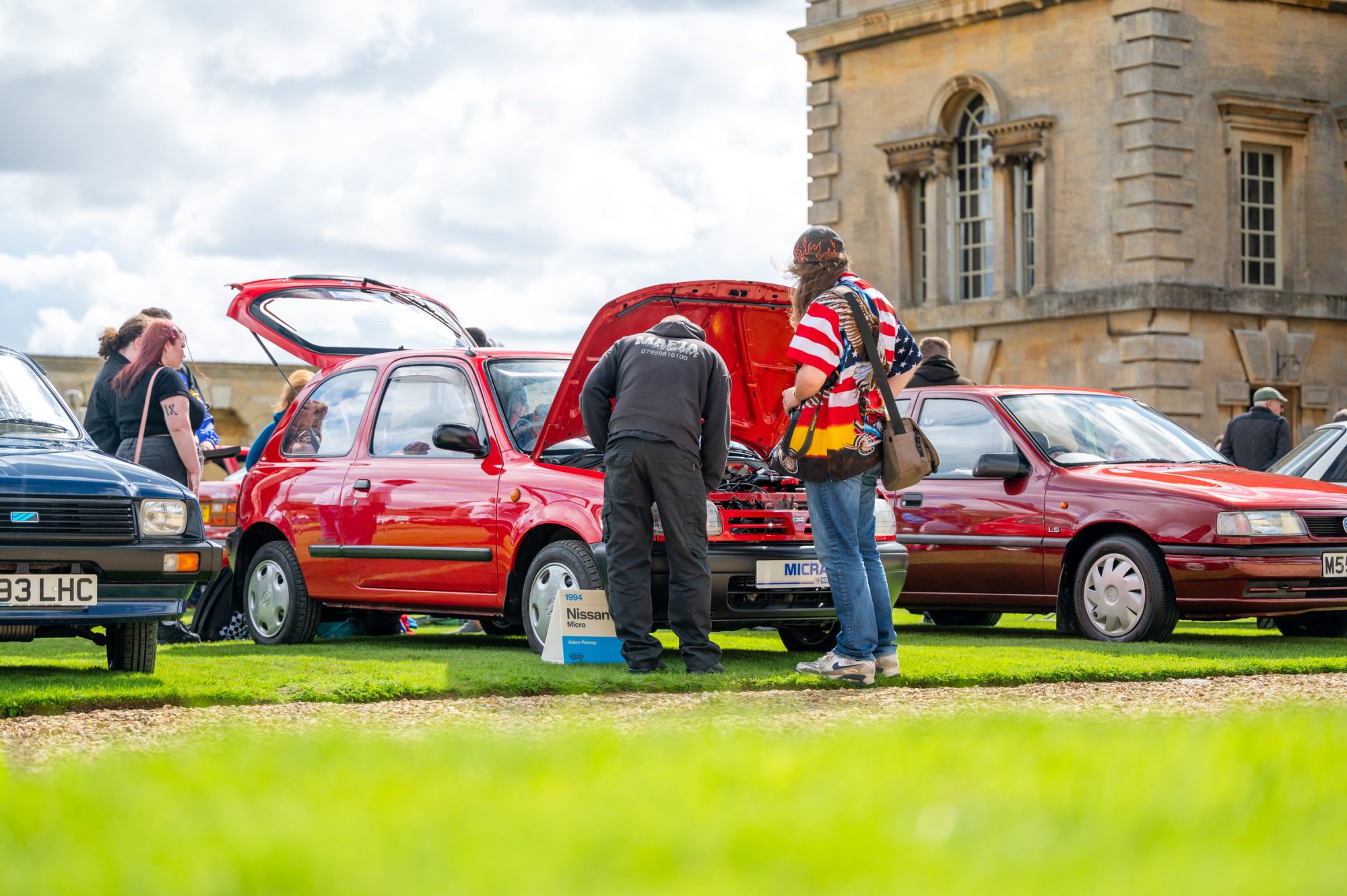


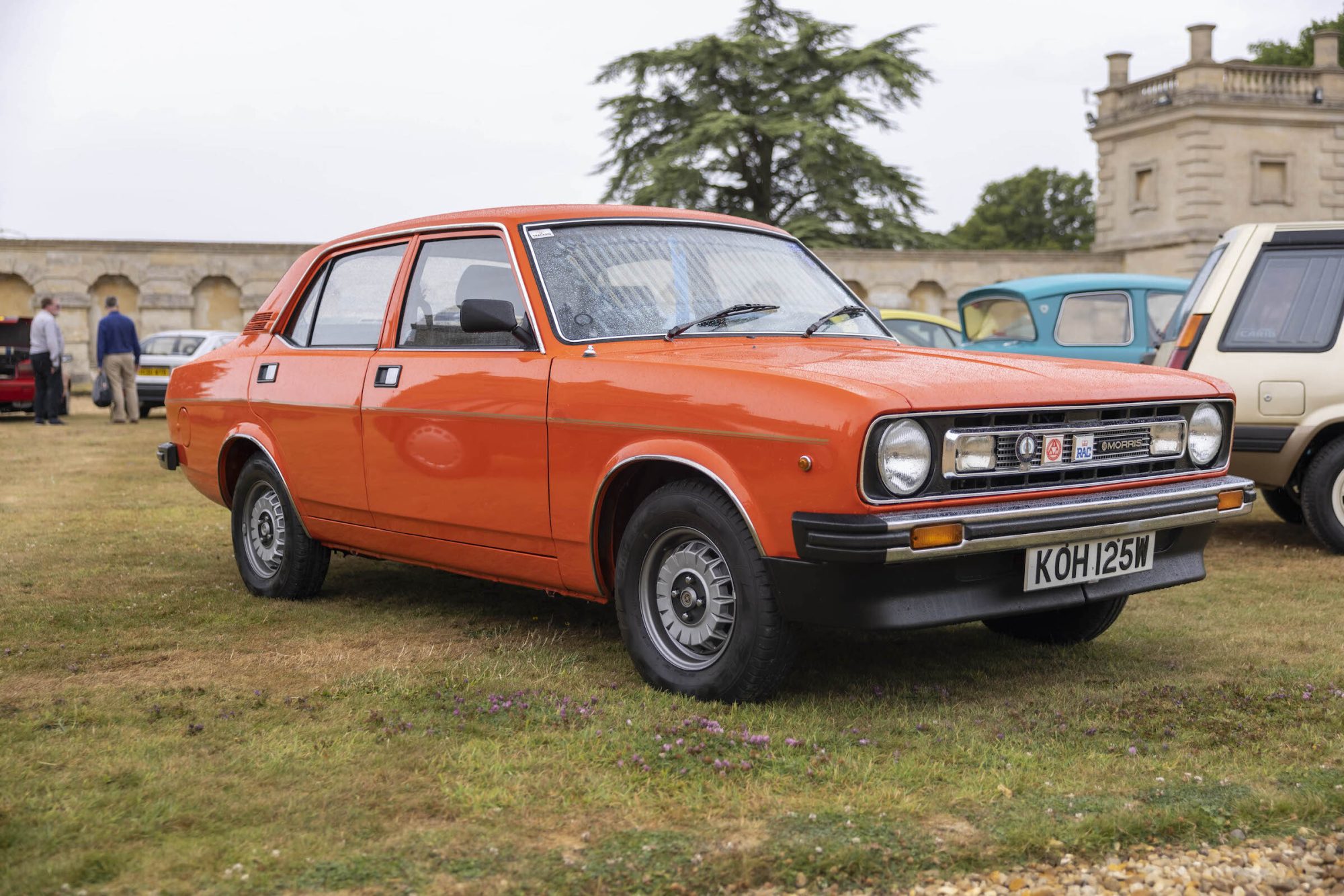
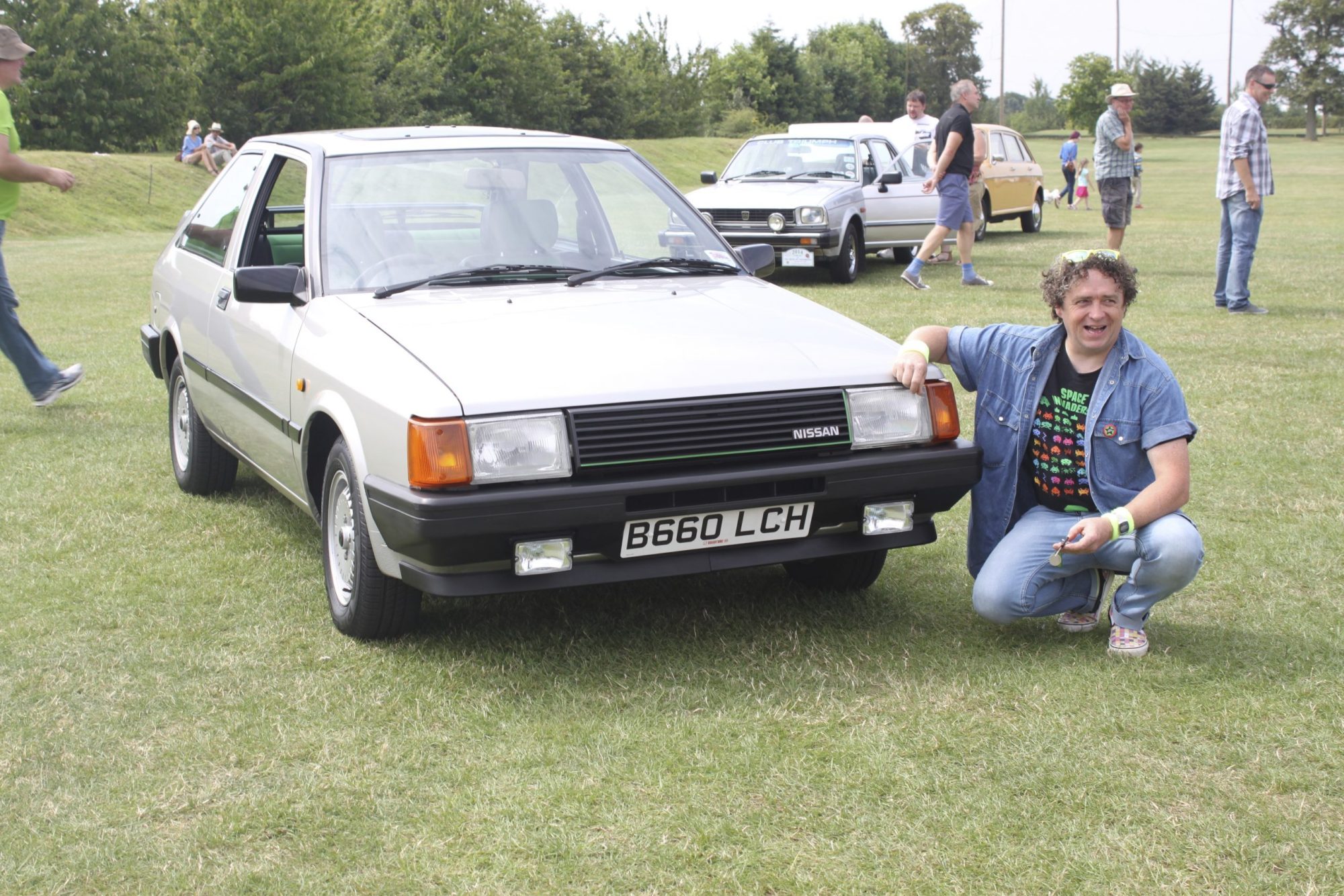
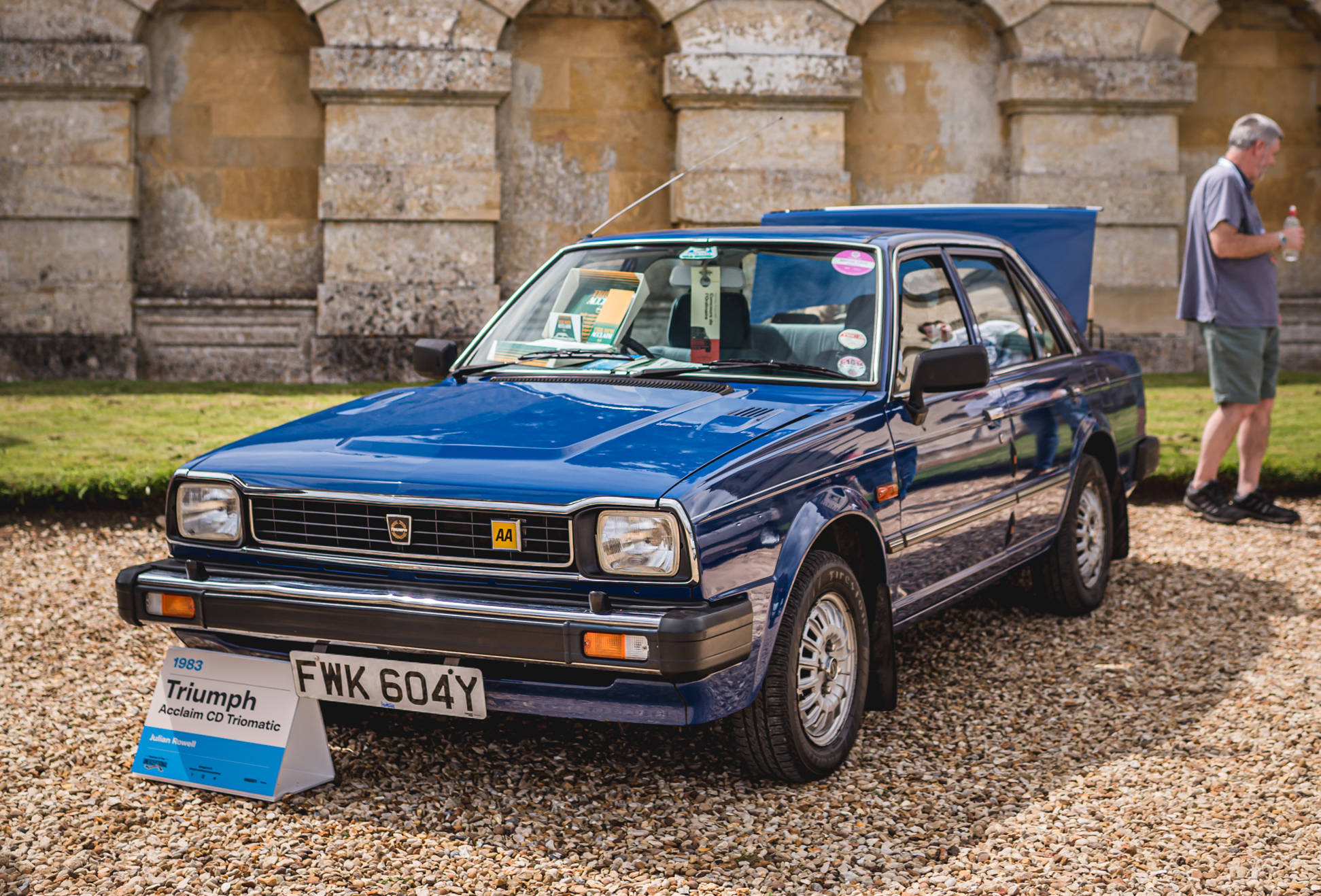
Austin – Herbert Austin founded his car company in 1905 and the Austin name was quietly dropped for good in 1988.
Daihatsu – Japan’s Daihatsu made its first engine in 1907 and, in 2013, Daihatsu made the decision to withdraw from Europe.
Datsun – Datsun’s roots can be traced to 1911 with the first DAT car being produced in 1914, however, the Datsun name was phased out in favour of Nissan from the early 1980s.
Daewoo – Originally established in 1937, Daewoo entered the UK market full of promise in 1995, before going bust in 2002.
Lancia – An illustrious history that began in 1906 came to a grinding halt, in the UK at least, in 1993, but there is a chance that a newly-electrified Lancia could return to the UK in the future.
Morris – William Richard Morris started WRM Morris Ltd in Oxford in 1912, and the Morris name disappeared when the last Ital was produced in 1984.
Mitsubishi – The Mitsubishi automotive arm was established in 1970 and, despite being an early adopter of hybrid technology in family cars it closed for business (in the UK) in 2021.
Rover – Rover built cars from 1904 and was eventually sold to BMW – who then famously sold out to the Phoenix Consortium in 2000 for a single pound. Overambition and financial mismanagement saw production end in 2005.
Triumph – In 1921 Triumph acquired the Dawson Car Company and built its first four-wheeler and the brand was acquired by Leyland in 1960. The final vehicle to bear the name was a badge-engineered Honda, the Acclaim in 1981.
Yugo – In 1980 the Yugo was born as a reworked 128, and a UK importer was found in 1981. However, as the wars of Yugoslav succession unfolded, exports halted, and the UK operation was closed in 1993.
Hampson Auctions has an incredible list of cars up for sale at its Oulton Park Gold Cup sale, taking place on the 28th of July 2024 at the Oulton Park circuit. Highlights include two literal barn finds: a 1970 Jaguar E-type 4.2-litre 2+2 and, the car it lived with, undisturbed since the mid-1980s, a 1975 Rolls-Royce Silver Shadow. The auction also features a restored 1956 Bristol Drophead Coupe, a rare right-hand-drive Ferrari 308 GTB ‘Vetroresina,’ and a 1978 Maserati Merak SS.
Managing Director Zach Hamilton said getting the cars out of the barn was good fun. The Jaguar E-type Series 2, purchased by the vendor’s late husband for his 21st birthday in the mid-1970s, has been untouched in the barn since 1986 after a theft attempt outside Woolworths. The 1975 Rolls-Royce Silver Shadow, another of the vendor’s husband’s cars, joined it a few years later. Both cars, requiring full restorations, are offered with no reserve.
In contrast, the 1956 Bristol 405 Drophead Coupe has recently undergone a full bare-metal restoration, with the vendor suggesting it could be a show-winner. It has coachwork by Abbotts of Farnham and the original toolkit is included too. Estimated sale price: £160,000-£180,000.
The 1978 Maserati Merak SS was originally delivered to an American owner and later displayed in a museum from 2001 to 2017. Its exceptionally low mileage of 29,000 is credible, though not warranted. This left-hand-drive vehicle, imported to the UK in 2020, retains its period-correct interior, including a 1970s Blaupunkt cassette player, and has recently received new black wool carpets, costing a four-figure sum. It is estimated to sell for £55,000-£65,000.
Among several Ferraris in the auction is a 1976 Ferrari 308 GTB ‘Vetroresina,’ one of only 154 right-hand-drive models, estimated at £90,000-£110,000. The sale also includes a 1991 Ferrari Testarossa (£80,000-£100,000) and a 1975 Ferrari Dino 308 GT4, maintained for the past two decades by its engineer owner specialising in classic and rally cars, offered at no reserve.

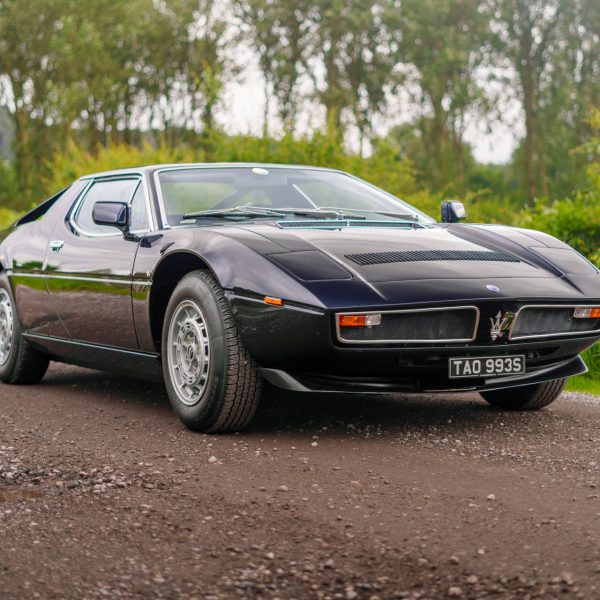
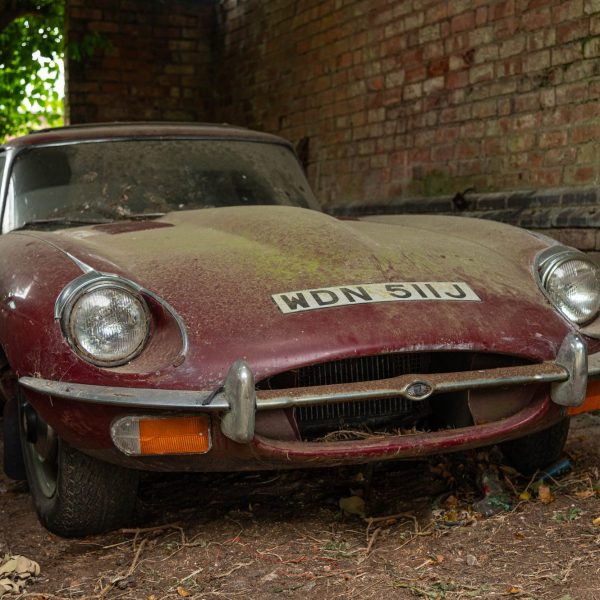
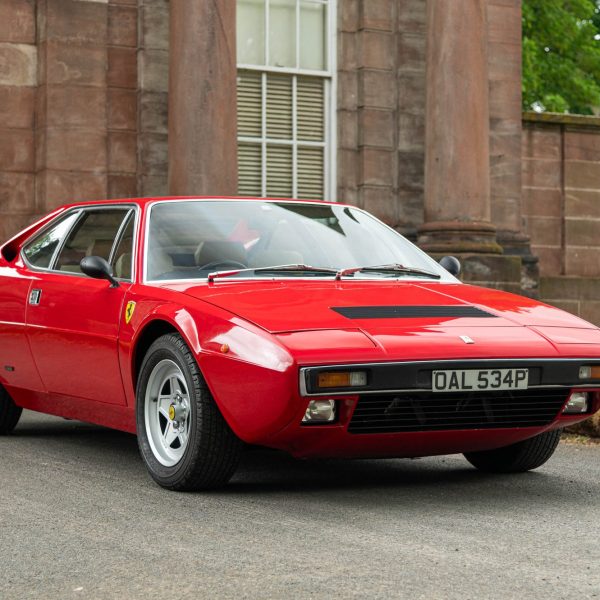
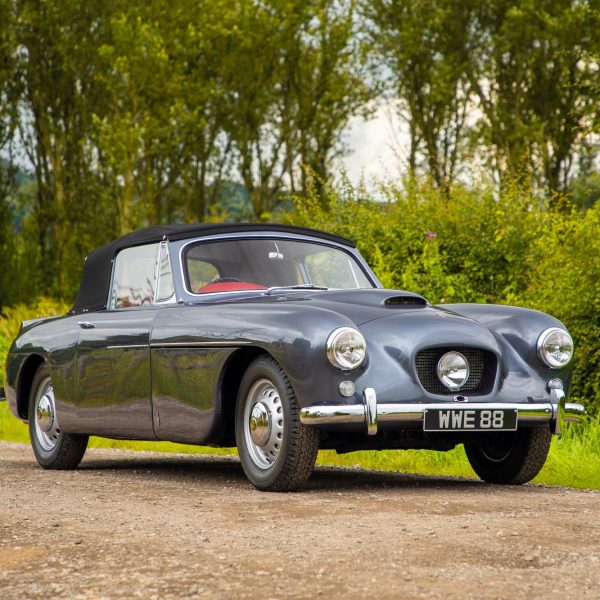
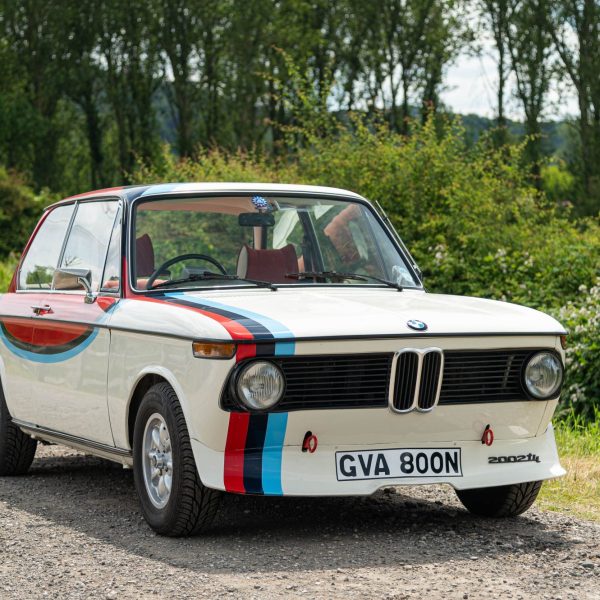
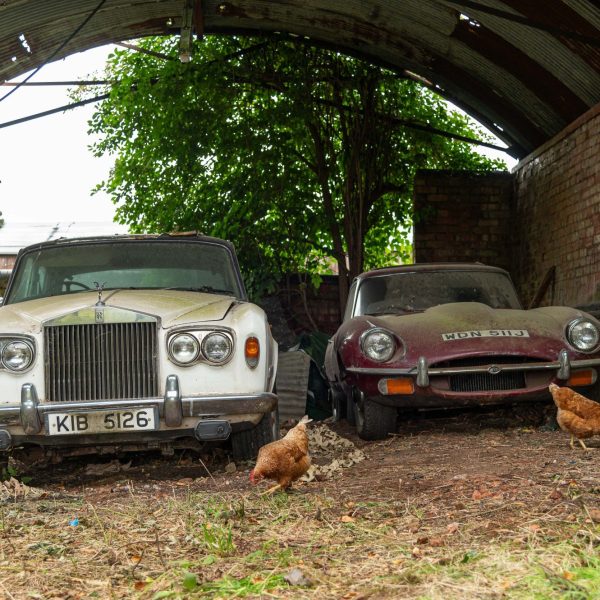
Other no-reserve lots include a well-preserved 1973 BMW 2002 Tii in Seventies-style BMW Motorsport livery, a charming 1933 Austin 10/4 Saloon, a charismatic 1991 Nissan Figaro, and a 1954 Rolls-Royce Silver Dawn, complete with the cherished ‘PGH 2’ registration number.
To mark the 35th anniversary of the Mazda MX-5, four models – one from each generation – completed a 1,000-mile journey from Land’s End to John O’Groats using sustainable fuel. These vehicles, powered entirely by 100 per cent biofuel from SUSTAIN, became the first cars to complete this iconic route across the UK using sustainable fuel.
The Mazda MX-5, which debuted at the 1989 Chicago Motor Show, has always set the standard for pure, lightweight sports cars, with driver engagement at its core. To date, over 1.2 million MX-5s have been produced at Mazda’s Ujina plant in Hiroshima, with more than 135,000 sold in the UK. The four cars that completed the 1,000-mile drive were part of the Mazda UK Heritage Fleet: a 1990 1.6-litre Mk1 from the car’s UK launch year, a 10th Anniversary Mk2, a 25th Anniversary Mk3, and a 30th Anniversary Mk4, each marking a special occasion in the MX-5’s history.
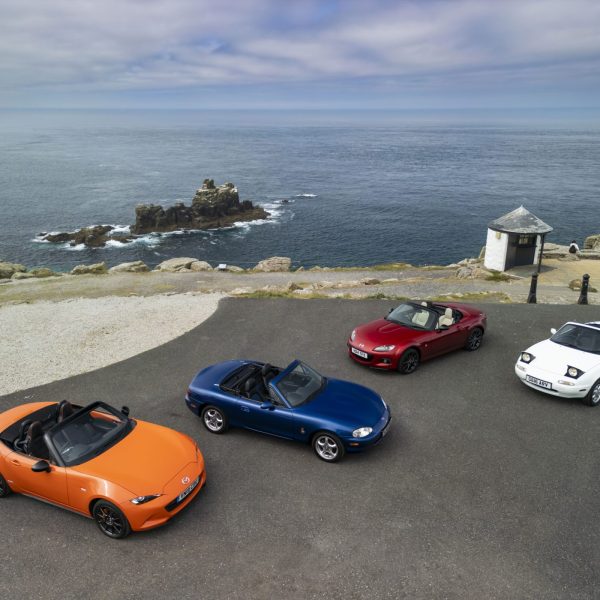
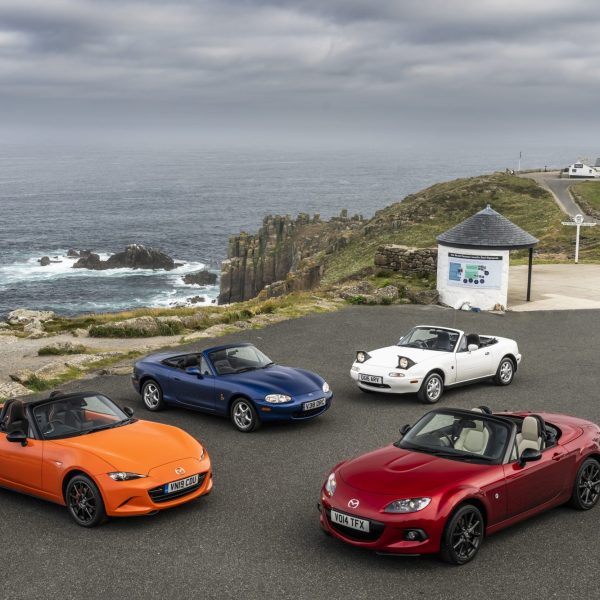

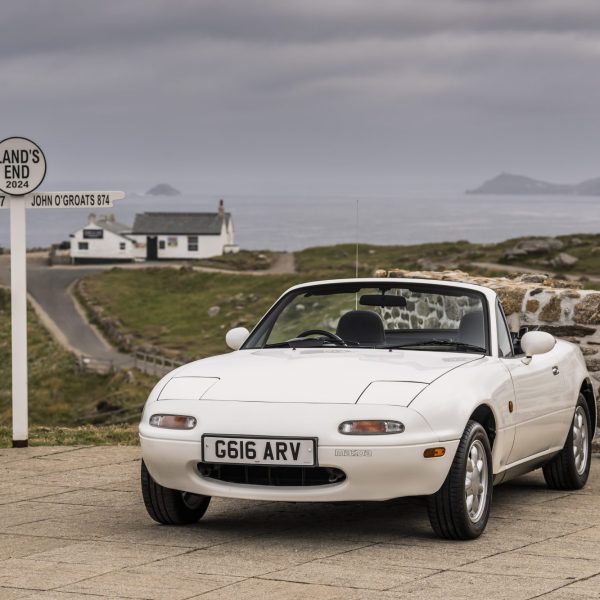


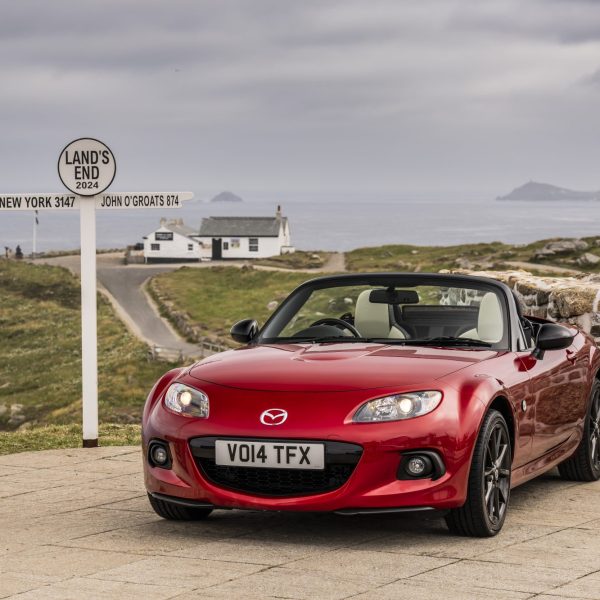
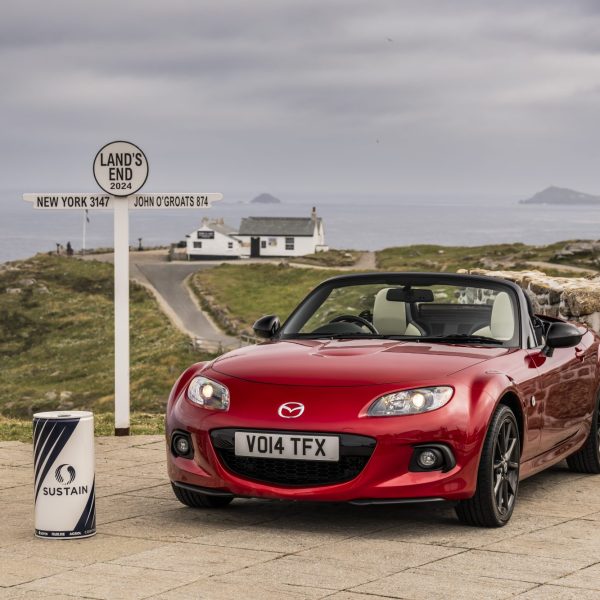
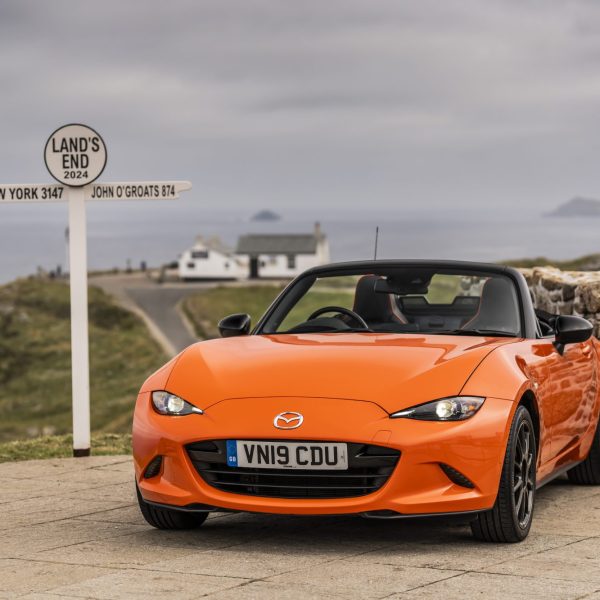


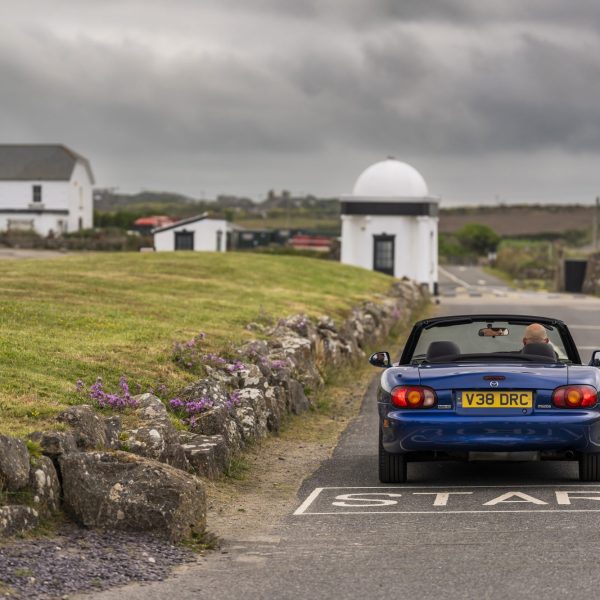
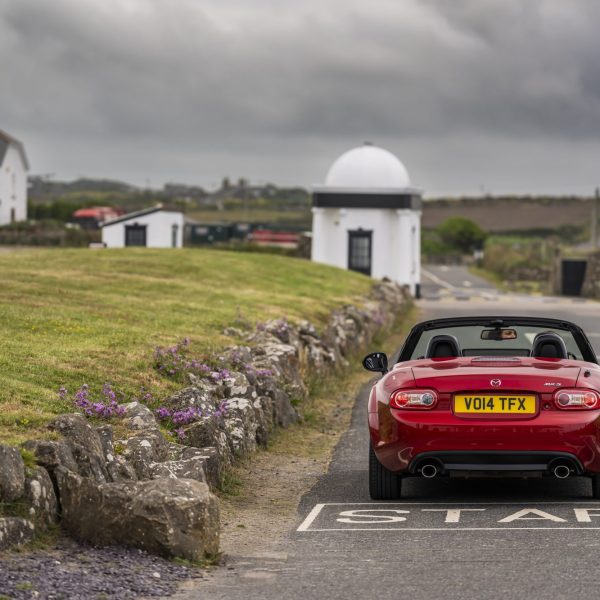
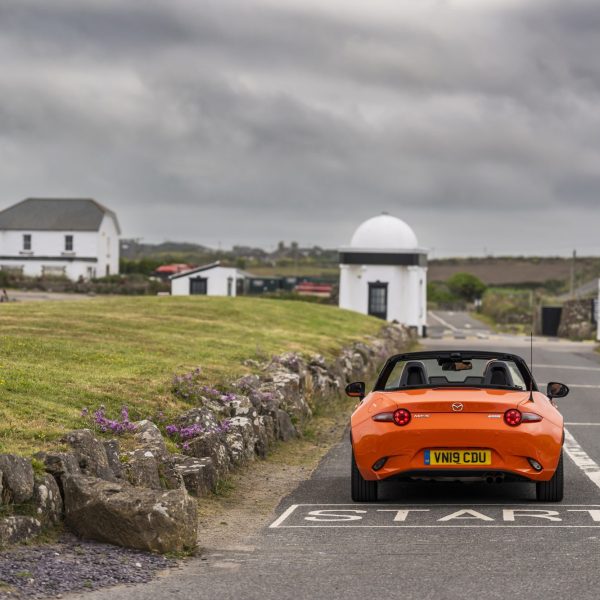
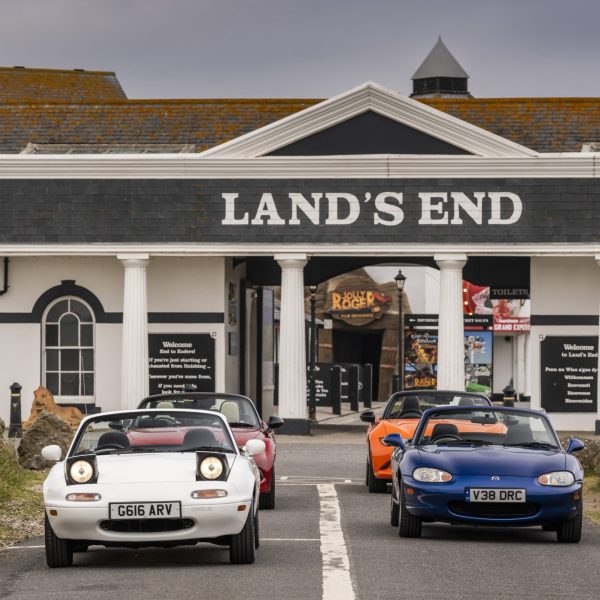



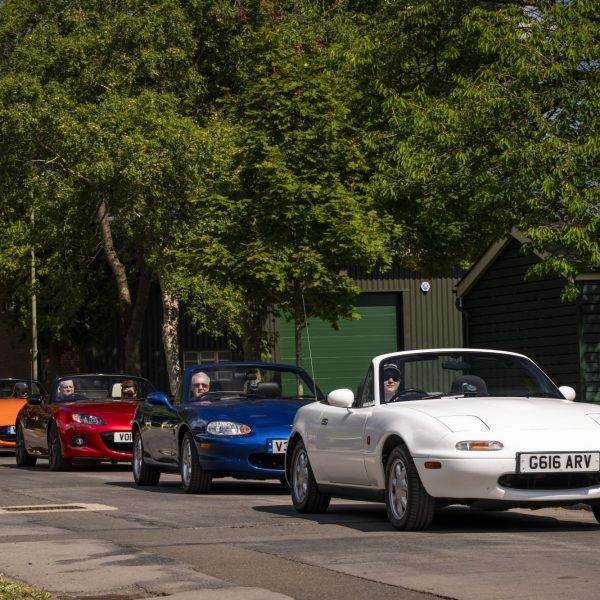
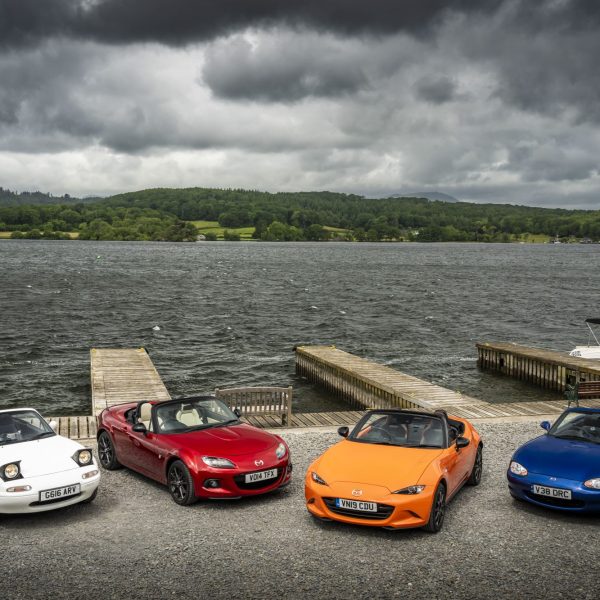
Each generation of the Mazda MX-5 made the journey using SUSTAIN 100 RON E5, a second-generation biofuel from Coryton. This fuel, free from fossil fuels, is produced from agricultural waste and by-products from non-consumable crops. The cars required no modifications to use this drop-in fuel, which recycles existing atmospheric carbon absorbed by plants, unlike fossil fuels that release additional CO2.
The 1,000-mile trip featured stops at four organisations that are helping to demonstrate the potential of sustainable technologies. Although the 100 per cent biofuel used is not yet publicly available, other SUSTAIN fuels are, showcasing the crucial role sustainable fuels can play in de-carbonising both modern and classic cars.
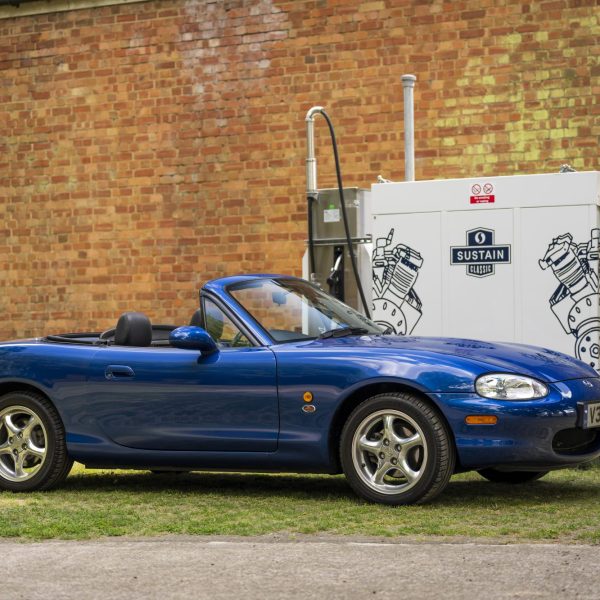

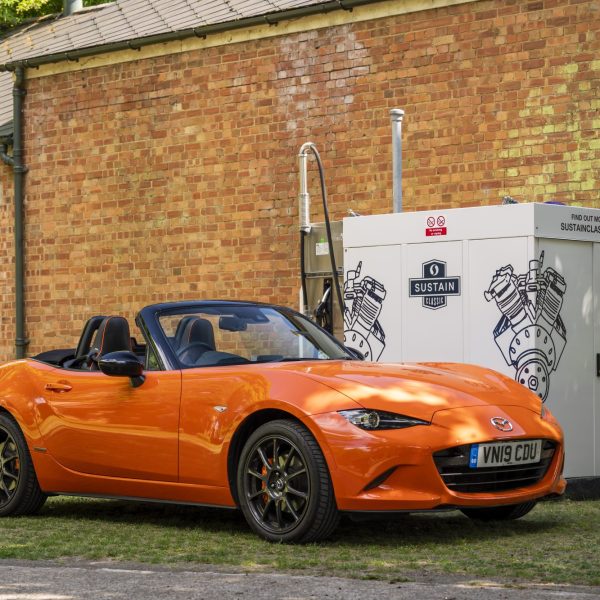
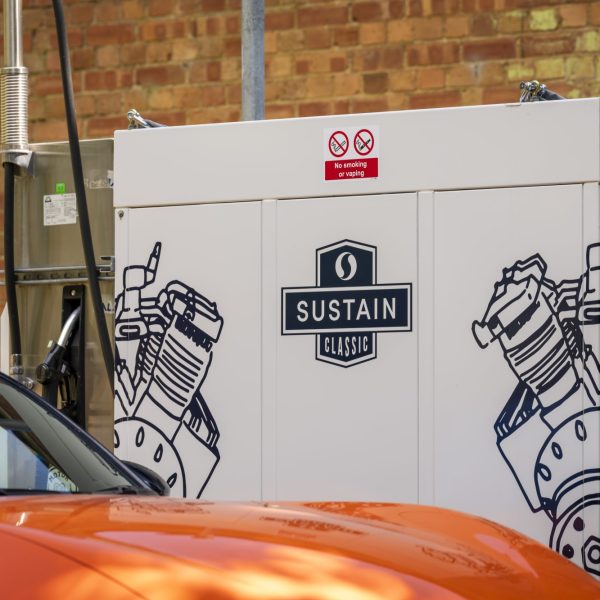
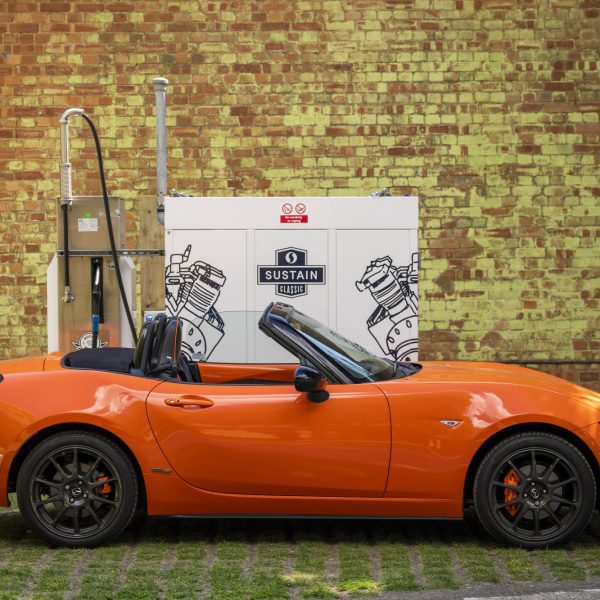


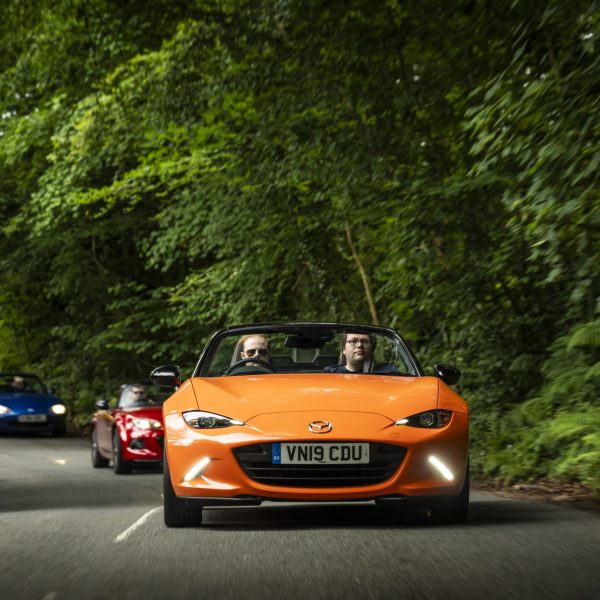
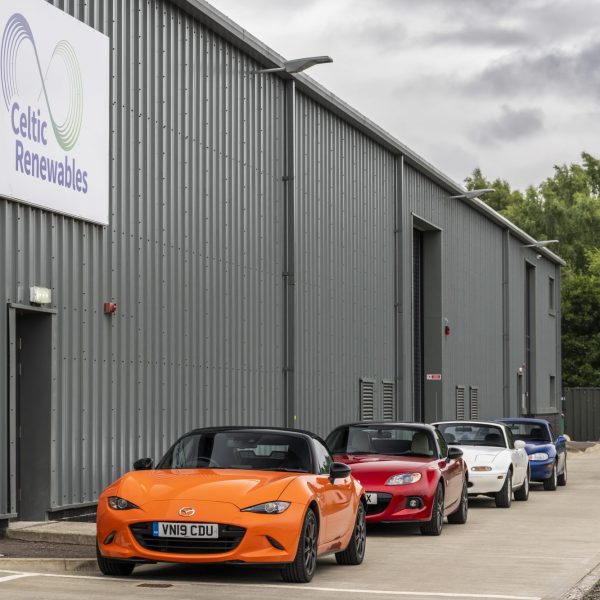

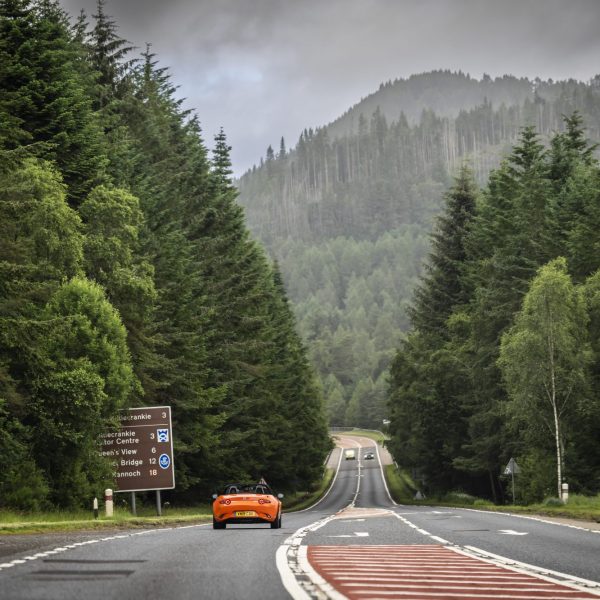


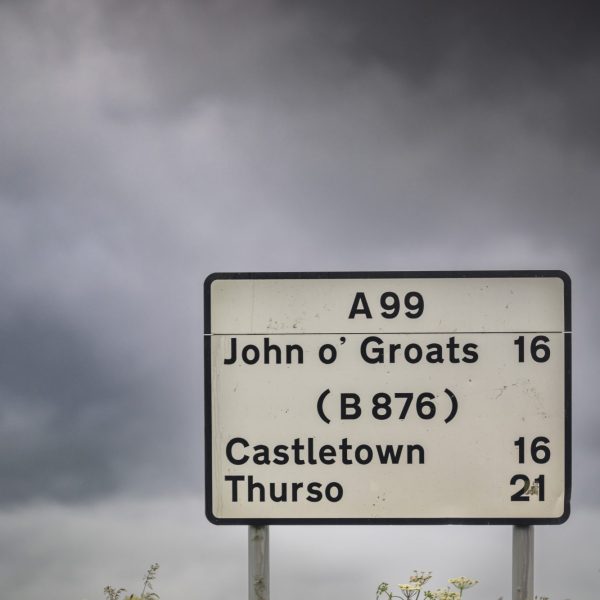
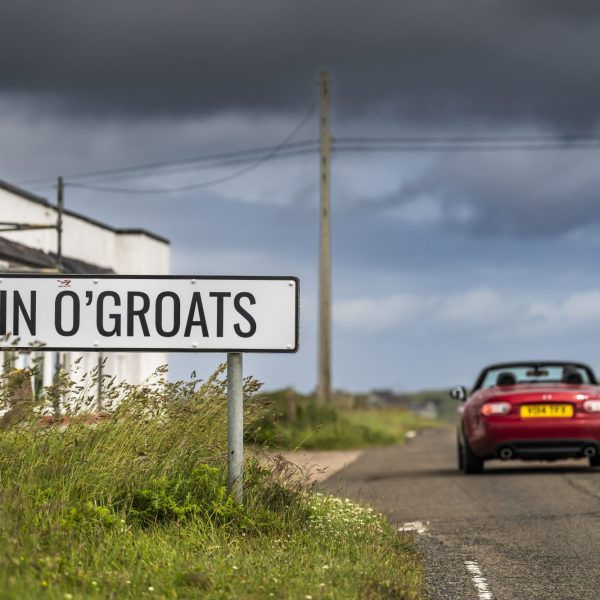

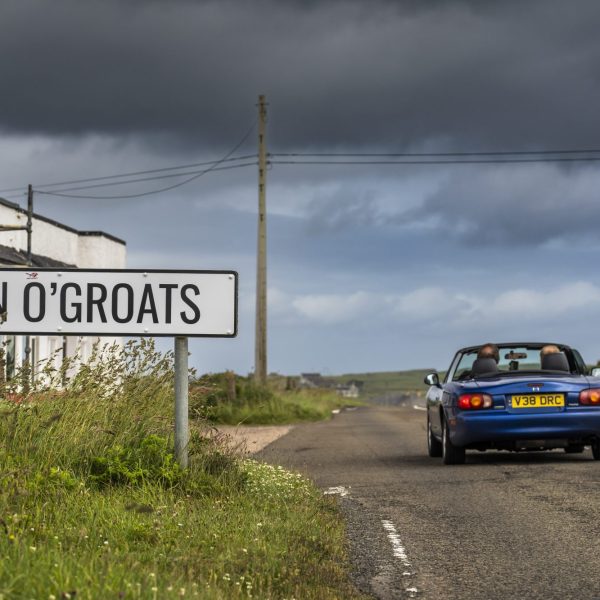
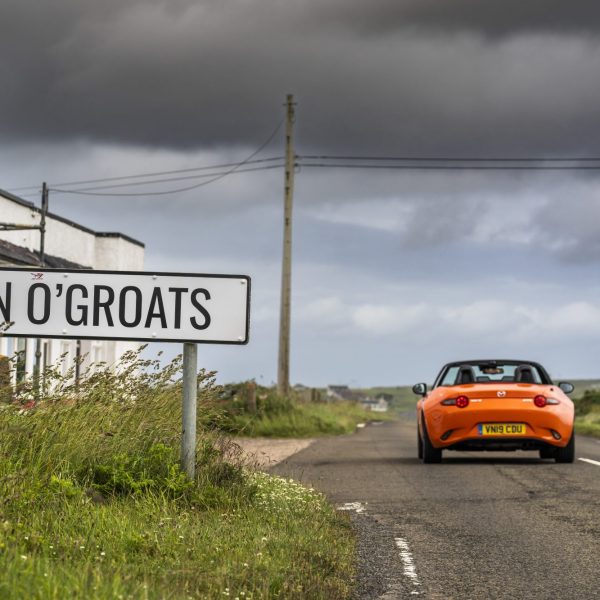

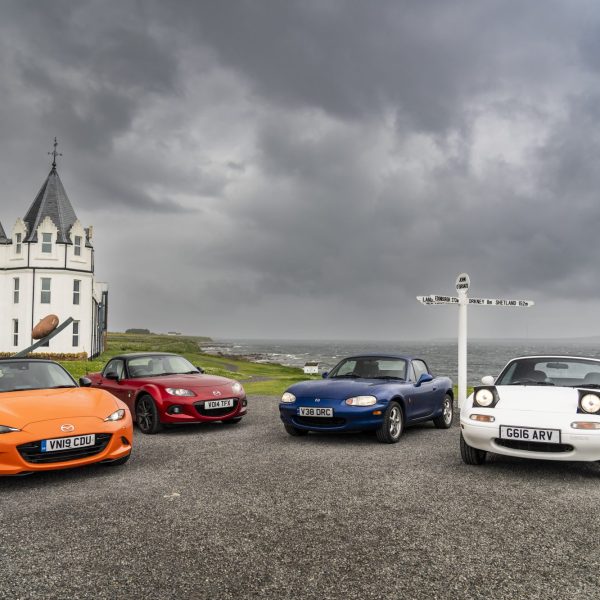
Since June 2023, the Mazda UK Heritage Fleet has been powered by SUSTAIN Classic 80 sustainable fuel, which is available to the public. In 2022, the Mazda MX-5 became the first vehicle to drive 1,000 miles across the UK and complete laps in each home nation’s circuit using sustainable fuel.
Commenting on Mazda’s latest sustainable fuel achievement, Jeremy Thomson, Managing Director at Mazda Motors UK, said: “The MX-5 is Mazda’s brand icon and it embodies all that is great about our products. Mazda’s unceasing commitment to refining the vehicle over its 35-year history has always focused on its core mission of delivering driver engagement and fun from behind the wheel. It’s great that it was a quartet of MX-5s that became the first cars to drive this famous route using sustainable fuel, as it’s always been a sports car that delivers efficiency through its lightweight and compact design. Furthermore, it’s highly appropriate that a car famous for driver fun has highlighted the part sustainable fuel can have in de-carbonising classic motoring in the future”.
He continues, “Mazda is committed to reducing CO2 emissions from every car and believes that all options available must be used to achieve climate neutrality. In the future through Mazda’s SKYACTIV Multi-Solution Scalable Architecture, continued electrification will go hand in hand with the development of advanced internal combustion engine technology. While, with the wide use of Mazda M Hybrid mild-hybrid, the all-electric Mazda MX-30, the unique Mazda MX-30 R-EV parallel hybrid, the self-charging hybrid Mazda2 Hybrid and the plug-in hybrid Mazda CX-60 PHEV, across Mazda’s current range this multi-solution approach is already clear to see”.
Adding, “In many regions of the world Mazda is investing in different projects and partnerships to promote the development and use of renewable fuels in cars. In Japan, Mazda is involved in several joint research projects and studies as part of an ongoing industry-academia-government collaboration to promote the widespread adoption of biofuels from microalgae growth and bio-diesel from used cooking oil, while in Europe, Mazda was the first OEM to join the eFuel Alliance”.
David Richardson, Director at SUSTAIN, said: “Achieving the first-ever drive from Land’s End to John O’ Groats on 100% sustainable biofuel is something we’re extremely proud of. It’s particularly poignant to be teaming up with Mazda on the MX-5s 35th birthday. Sustainable fuel is a genuine way we can keep vehicles such as these on the road for many years to come, whilst reducing their environmental impact. Over the 1000-mile trip, we calculated that around 981kg of CO2 was saved by using SUSTAIN in the four MX-5s to replace fossil fuels. Imagine the difference we could make if more motorists followed suit.“
Adding, “Electric vehicles are increasing in numbers, but there are many millions of combustion engine cars on our roads – it surely makes sense to reduce the emissions from those vehicles if we can. Yet many people don’t realise it’s an option or know how sustainable fuel works. There are a lot of misunderstandings. We need support from those in power to enable sustainable fuel production to be scaled up, which could happen relatively quickly. There is no silver bullet solution to tackle the environmental impact of the automotive sector – we should be using all the available technologies to give us the best chance to make a real difference.”
Stop 1: Motor Spirit, Bicester Heritage Centre, Oxfordshire
Stop 2: Translational Energy Research Centre (TERC), Sheffield University
Stop 3: Windermere Boat Club (WMBRC), Lake District National Park
Stop 4: Celtic Renewables and Caldic, Grangemouth, Scotland
The British supercar manufacturer, McLaren Automotive, in partnership with the LEGO Group, has created something many collectors will be looking to get their hands on: the LEGO® Technic™ McLaren P1™. This collaboration is all about paying tribute to one of the most innovative hypercars of all time.
The McLaren P1™ set new standards in hypercar performance and is widely considered to be the most capable, most technologically advanced, and most dynamically superior supercar of its era. Taking advantage of McLaren’s motorsport engineering, the P1™ featured huge advancements in weight reduction, packaging, high-speed performance, powertrain, and aerodynamics.
Designed to be ‘the best driver’s car in the world on both road and track,’ the McLaren P1™’s design and technical specifications made it the perfect candidate for the LEGO Technic team to recreate in 1:8 scale.
Part of the LEGO Technic Ultimate Car Concept Series, this new 1:8 scale model has 3,893 elements, each featuring a unique serial number that unlocks exclusive behind-the-scenes content. The model boasts a 7-speed gearbox with two shifter drums, suspension, a V8 piston engine, an adjustable rear wing, and dihedral doors with an advanced mechanism. This is not your typical LEGO set, creating this model mirrors the skill, technical capabilities, and quality of building the real P1.
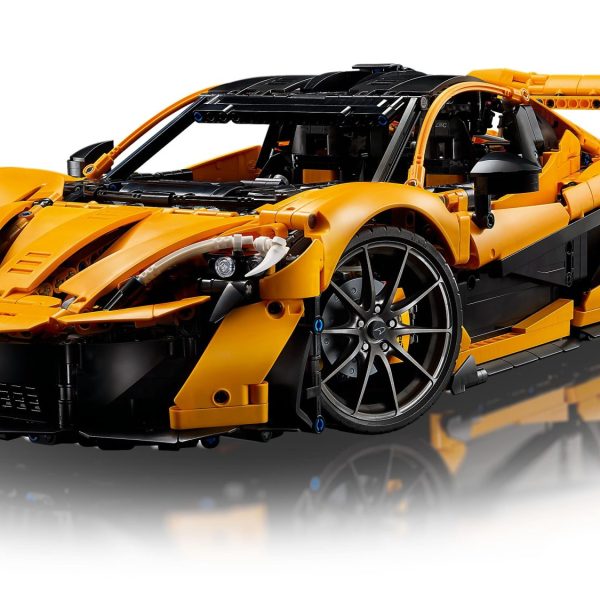


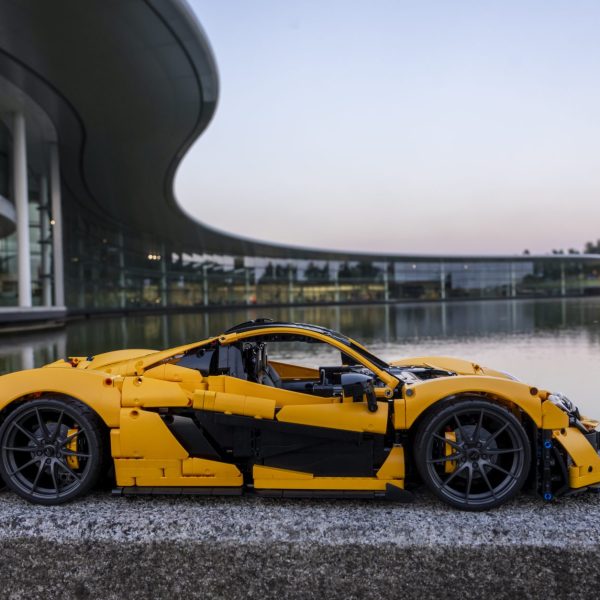

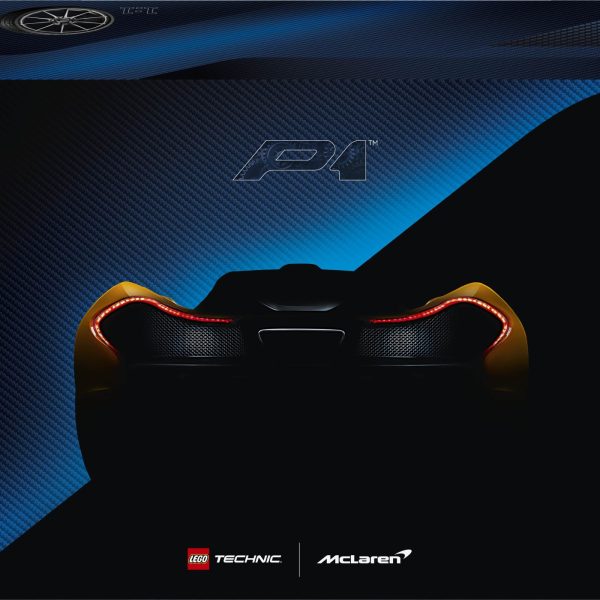

The LEGO Technic design team worked closely with McLaren Automotive to incorporate as much cutting-edge functionality as possible. The goal was to create a model that stands as a tribute to the real P1™ and showcases McLaren’s well-known engineering excellence.
Tobias Sühlmann Chief Design Officer, McLaren Automotive said “It’s amazing to see so many of the elements from the original P1 brought to life by the LEGO team for the LEGO Technic McLaren P1™. I hope this collaboration inspires the next generation of designers and engineers to push the boundaries of automotive innovation.”
Kasper Rene Hansen, Designer, LEGO Group said “From the exterior with aerodynamic shapes to the interior and V8 piston engine – the real McLaren P1™ is an incredible car. We wanted to capture these details in the best way possible with our LEGO Technic model and we did not want to compromise in any way
“Therefore, we worked on multiple variations of the car to test different designs. We also faced a huge challenge with the iconic butterfly doors because they needed a new mechanism to stay open. It was a great experience to recreate the McLaren P1™ and I’m hoping all supercar enthusiasts out there are ready to explore the details and intricacies of the real McLaren P1™ in LEGO Technic form.”
The LEGO Technic McLaren P1 set will be available at www.LEGO.com/McLaren and LEGO Stores from 1st August 2024 priced at £389.99. If you buy the set between the 1st and 7th of August 2024, LEGO Insiders will receive the LEGO Technic McLaren P1 Logo as a gift with purchase.
Bentley introduced the fourth-generation Continental GT Speed on the first day of this year’s Festival of Speed. The car is being presented twice, once in the hillclimb and the second in an innovative ‘underwater’ display.
The Continental GT Speed, available in both coupe and convertible models, is the most powerful road-going Bentley ever. Equipped with an all-new Ultra Performance Hybrid powertrain, it delivers 782 PS and 1,000 Nm of torque, surpassing the previous W12 engine. Despite its enhanced performance, the new powertrain achieves a reduction in CO2 emissions to just 29 g/km.
Complementing its powerful engine, the GT Speed features a sophisticated new chassis system. This includes two-chamber air springs, dual-valve dampers, Bentley Dynamic Ride (48V active anti-roll control), eLSD, and torque vectoring. These advancements result in exceptional body control and the most comfortable ride in a Continental GT to date, with a 49:51 rear-biased weight distribution for the first time.
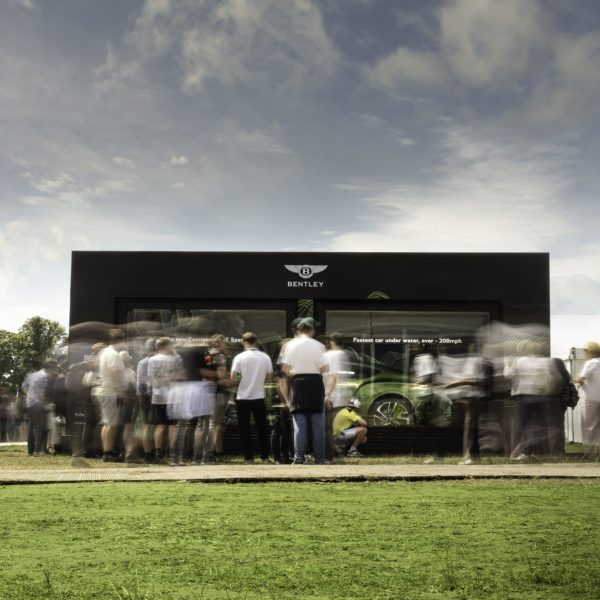

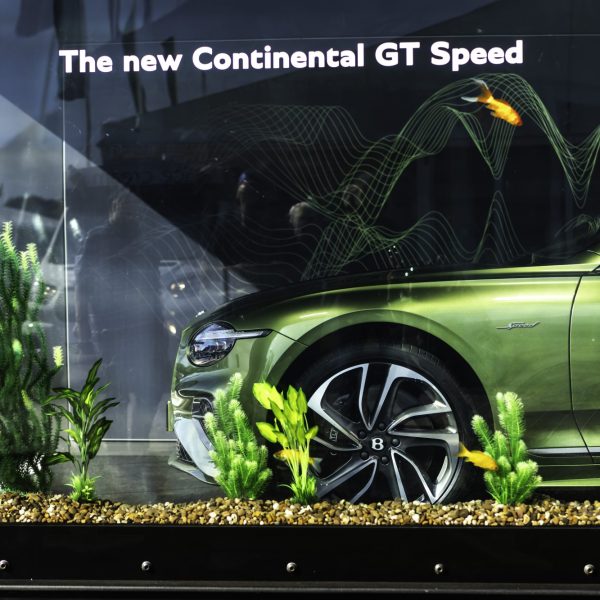

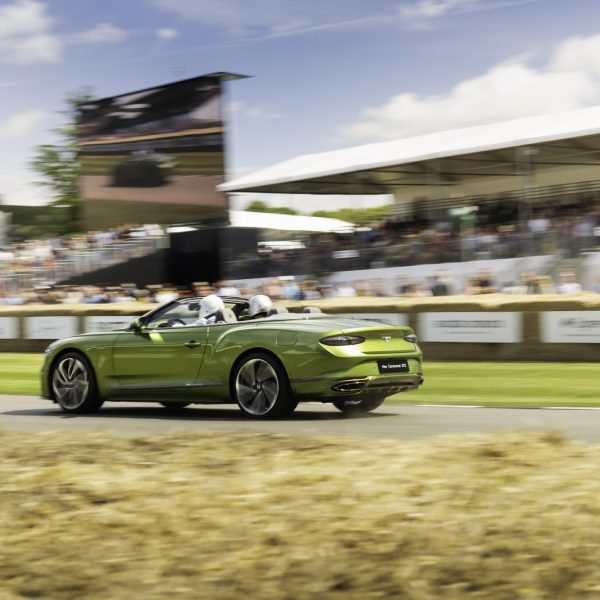
The exterior design marks the most significant revision to the Continental GT’s appearance in 20 years, embracing a new design direction for Bentley. Notably, it is the first mainstream Bentley since the 1950s to feature single headlamps.
Inside, this new model introduces advanced wellness seat technology, air ionisation, three-dimensional leather textures, modern quilting, and technical finishes such as dark chrome.
In addition to the two Continental GT Speed models on the Hill Climb, a third example is uniquely displayed near the Kinrara Enclosure, celebrating the unofficial ‘Underwater Speed Record’—the fastest a car has ever travelled through a tunnel, reaching 208 mph (335 km/h).
The ‘FOShtank’ display is a bespoke adaptation of Bentley’s glass ‘Toy Box’ units from their Dream Factory campus in Crewe. This version includes a custom-built fish tank, a tongue-in-cheek nod to the underwater theme.
Last night, Craig and I were invited to Vintage Bentley as part of an evening hosted by P1 Fuels. We also had a great stay in the De Vere Horsley Estate Hotel.
P1 Fuels are synthetic e-fuels that act as a drop-in solution to fossil fuels. Any petrol car can be run on P1 without any need for modification or changes in driving behaviours.
The evening was all about the future of the automotive industry and the huge part that synthetic fuels, like P1, can play in that. It was incredible to hear about the progress that P1 Fuels have made over the last 12 months and their extremely exciting plans for the next couple of years.
I have always championed synthetic fuel as the most logical and realistic solution to sustainable transport so I was extremely happy to be invited to hear about the company in person.
Richard Hammond gave a short talk on his experience using P1 Fuels in his cars and he was also on hand to have a chat about how he sees the future of the automotive industry.
We plan on having much more involvement with synthetic fuels. We want to keep classic cars on the road while still taking our green responsibilities very seriously too…this could very well be the answer!
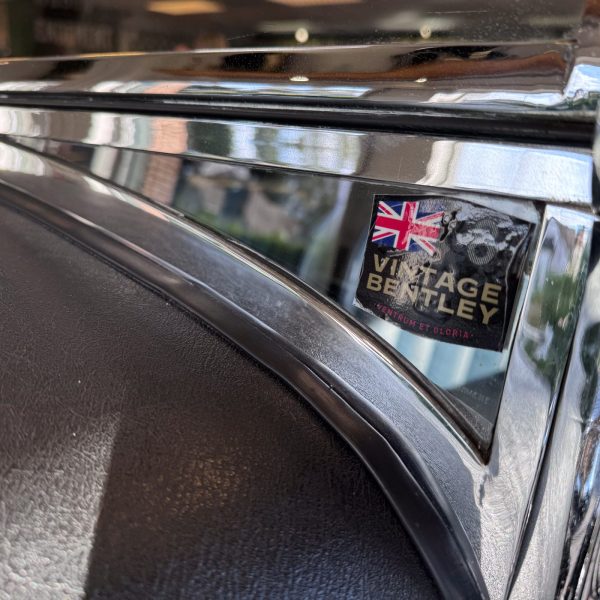

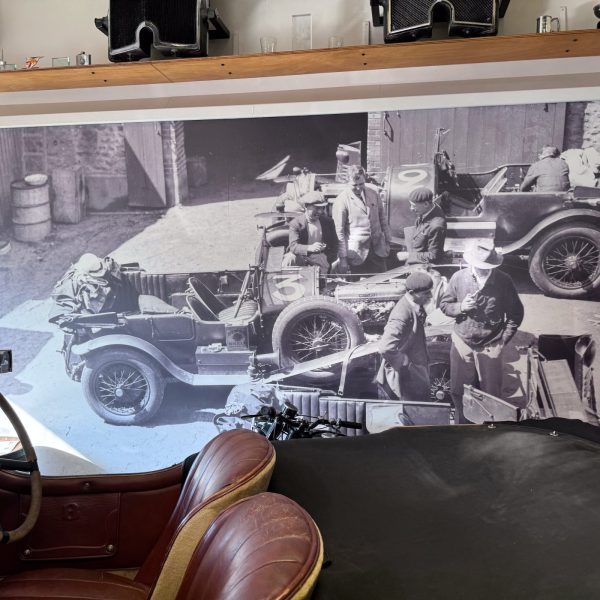
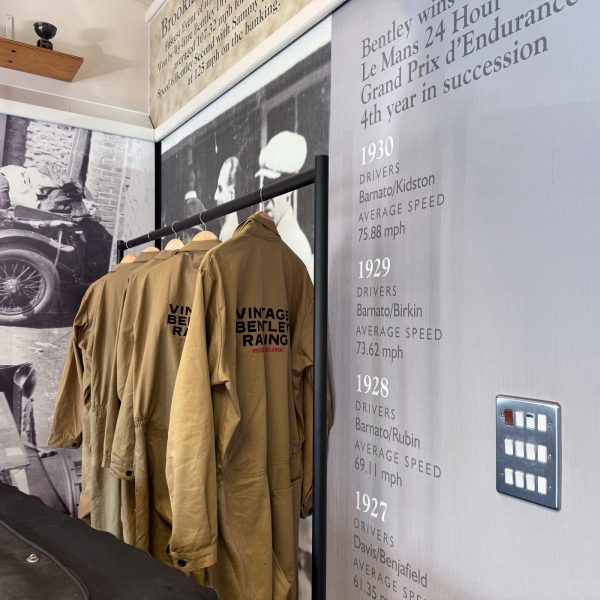

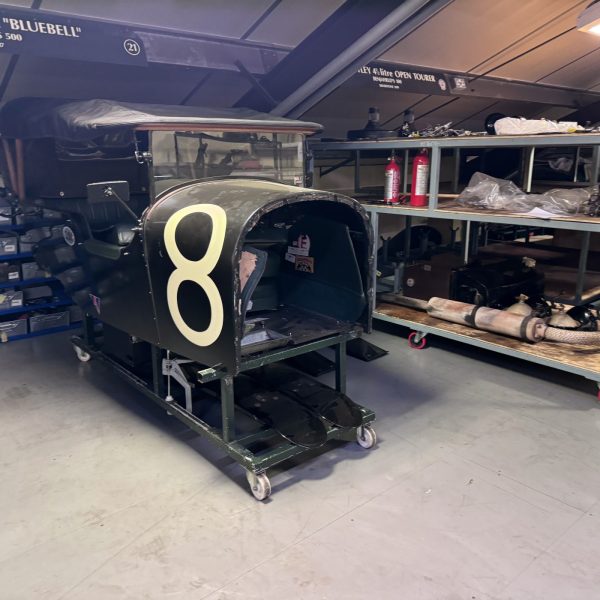
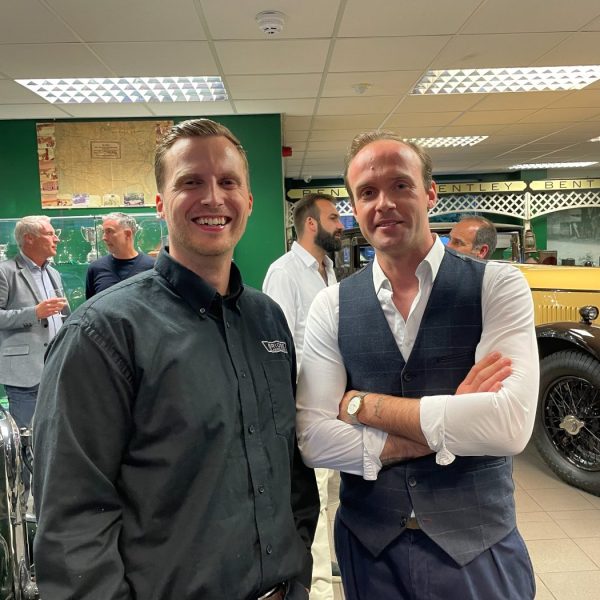
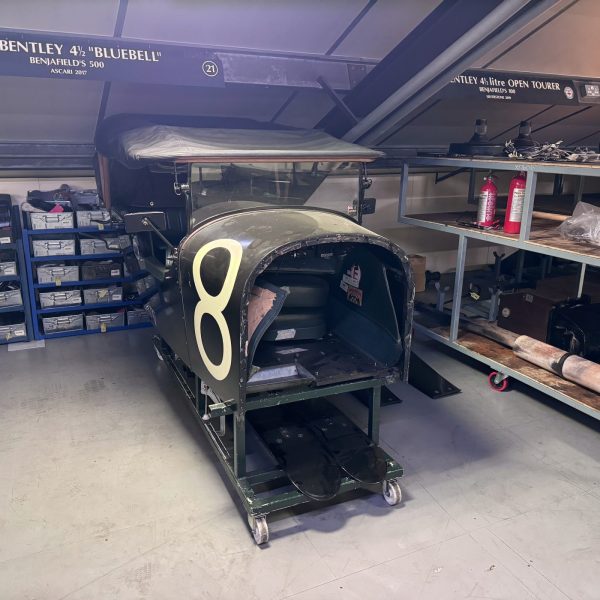
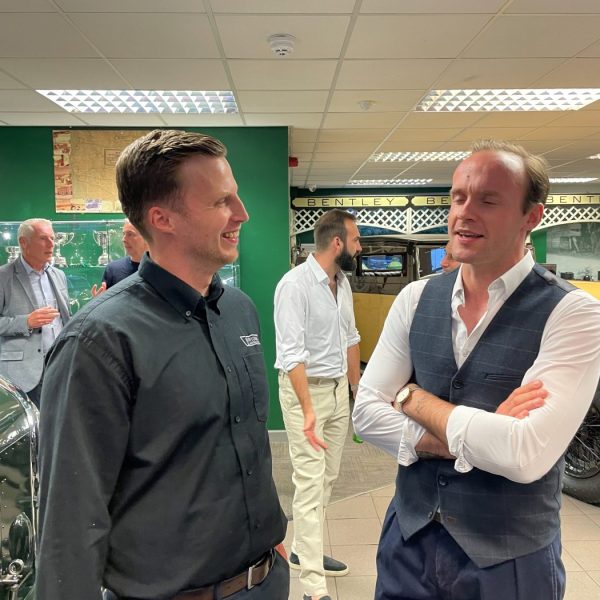
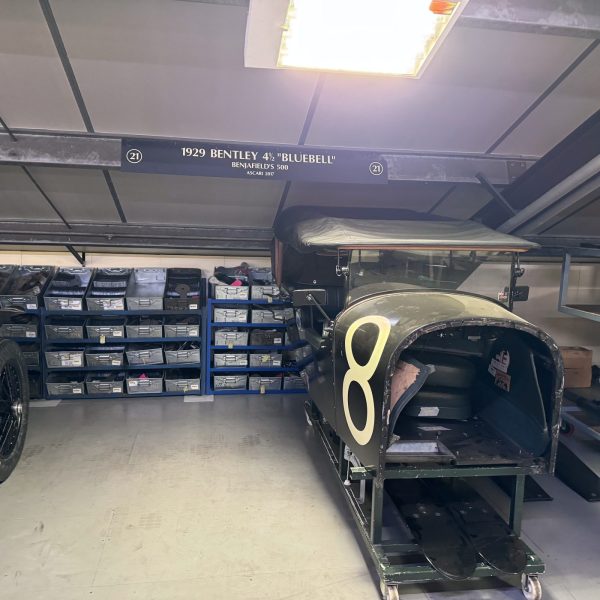
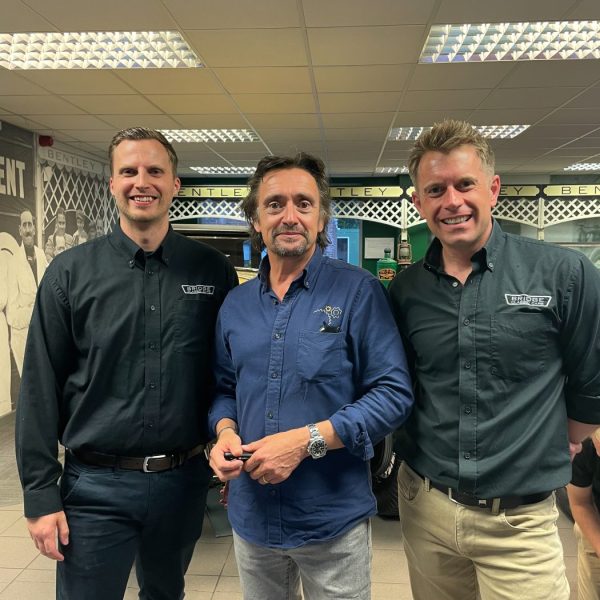

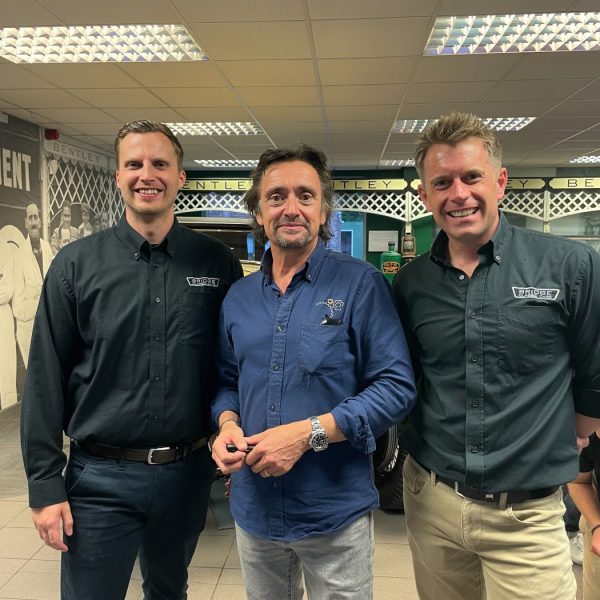
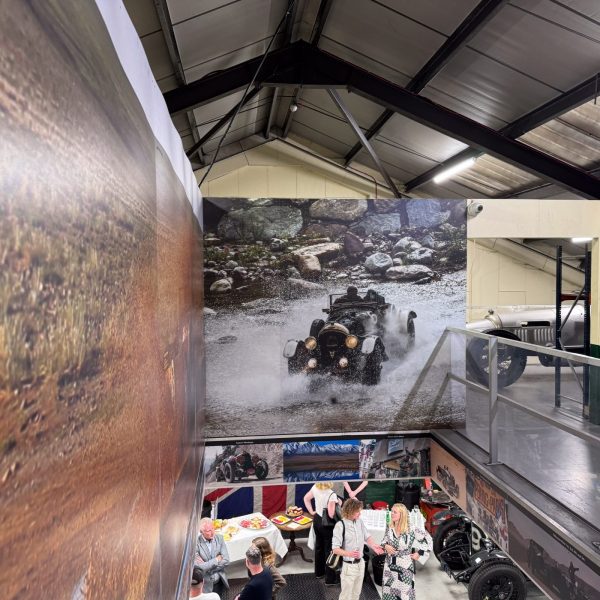

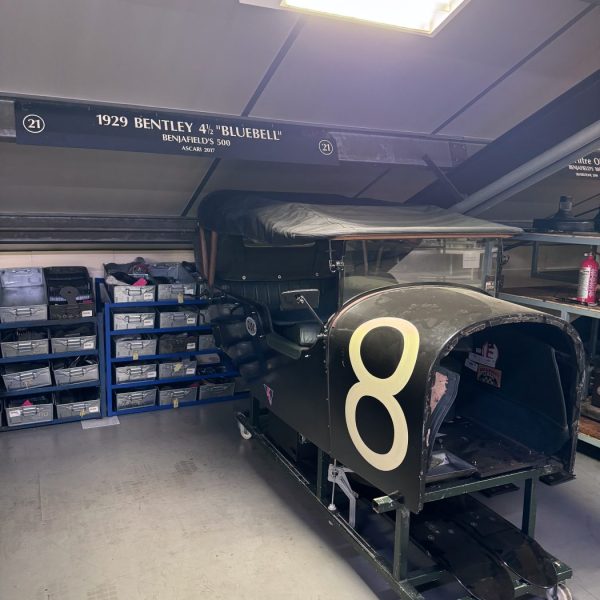
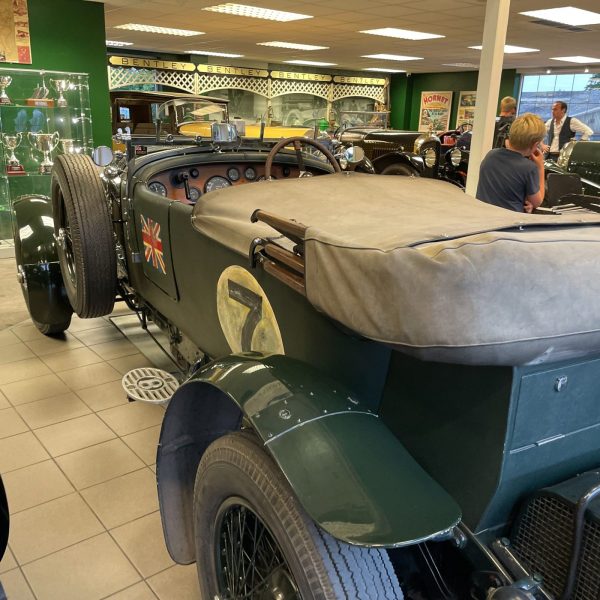
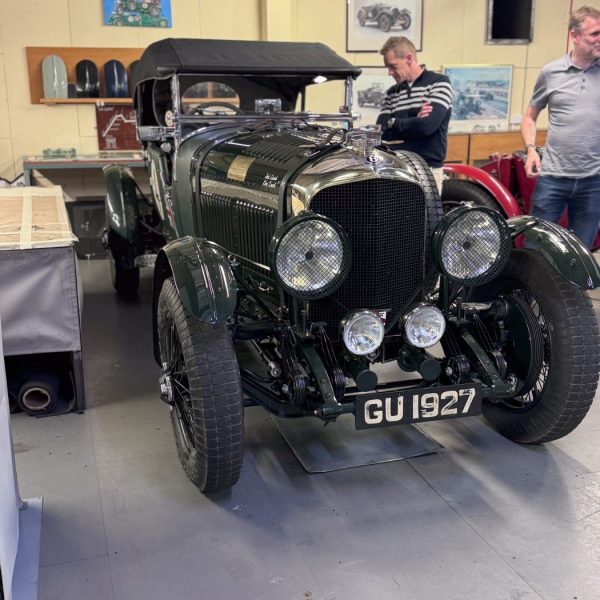
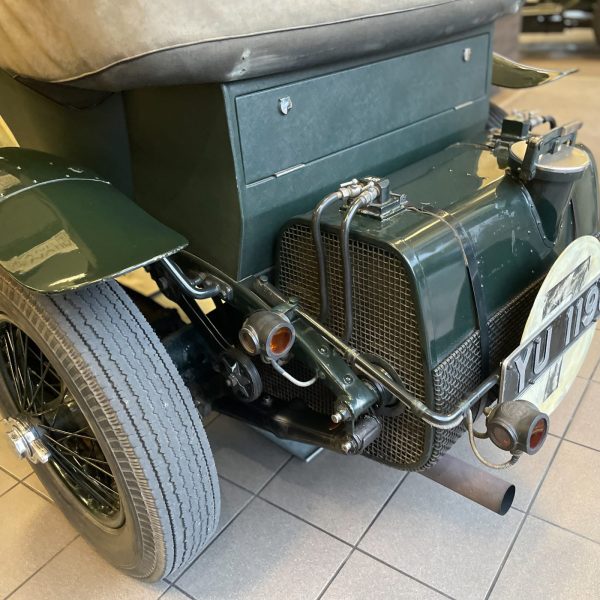

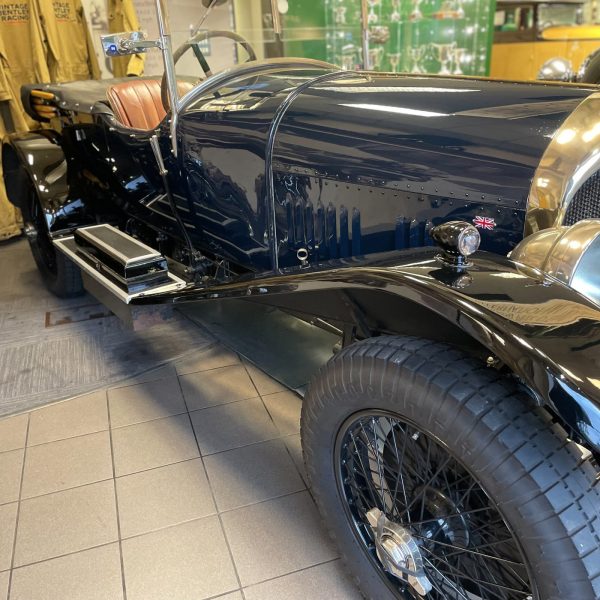
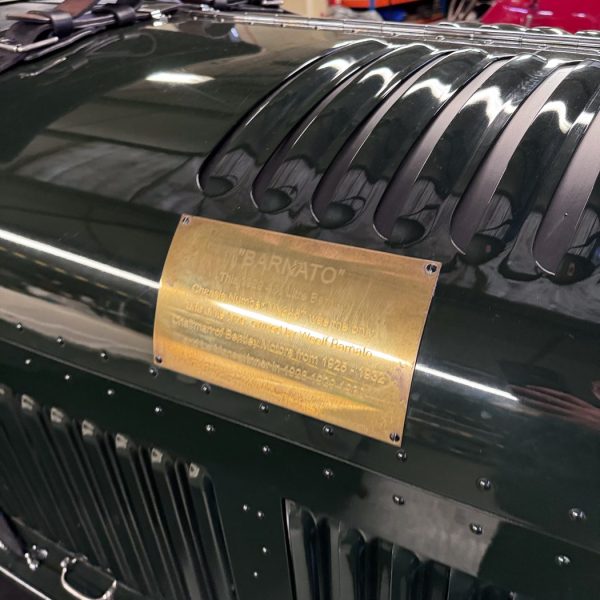


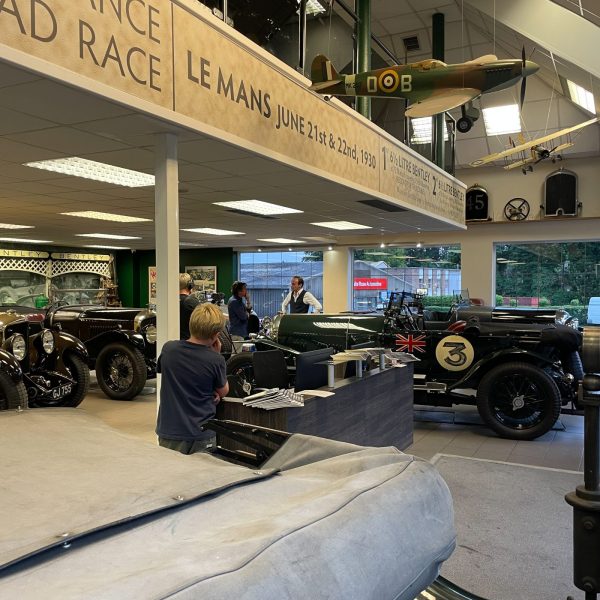

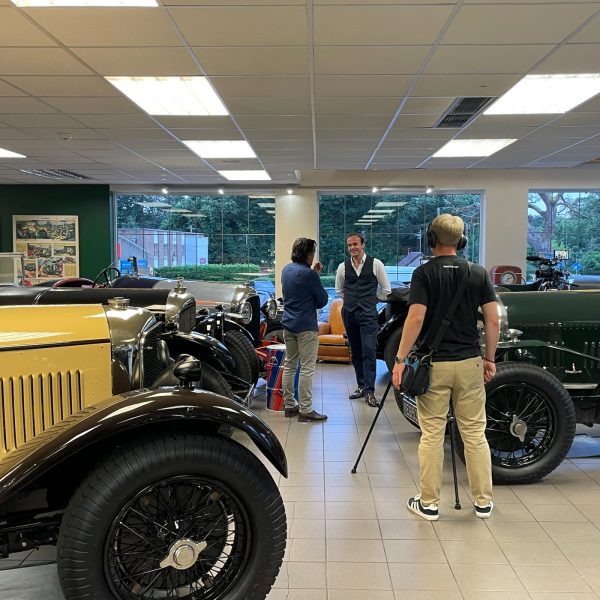
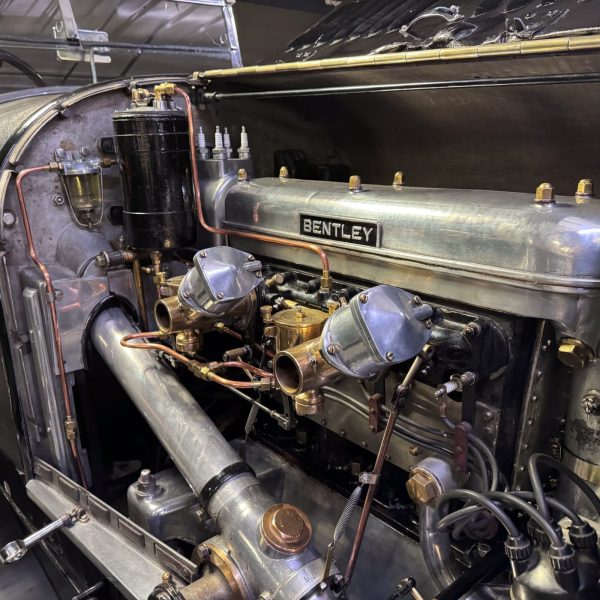
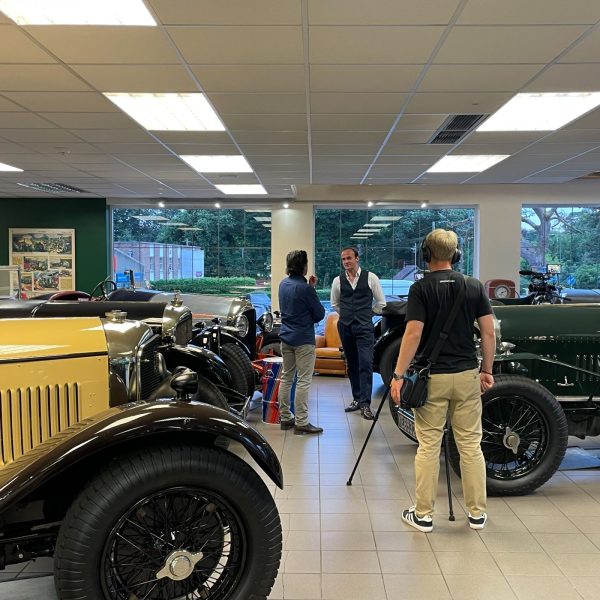
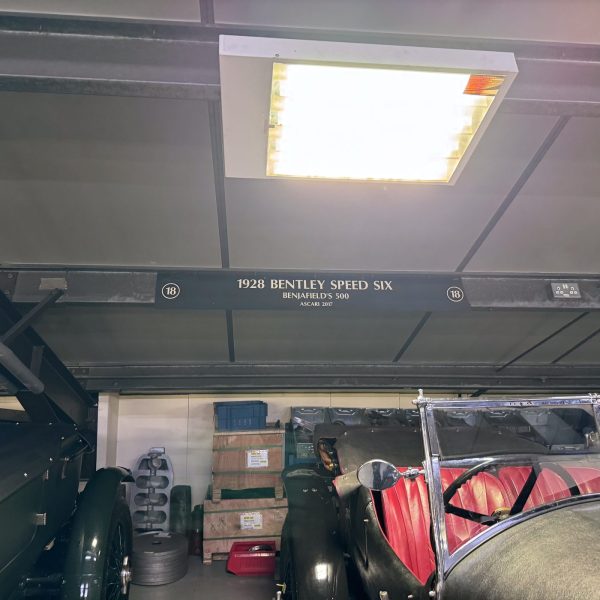

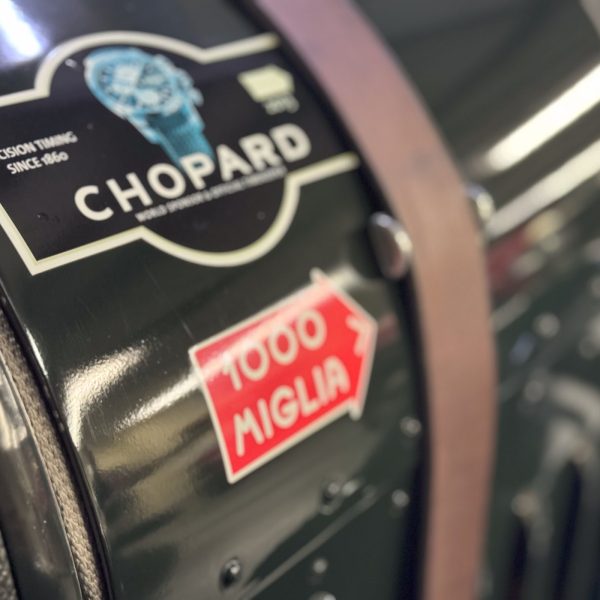
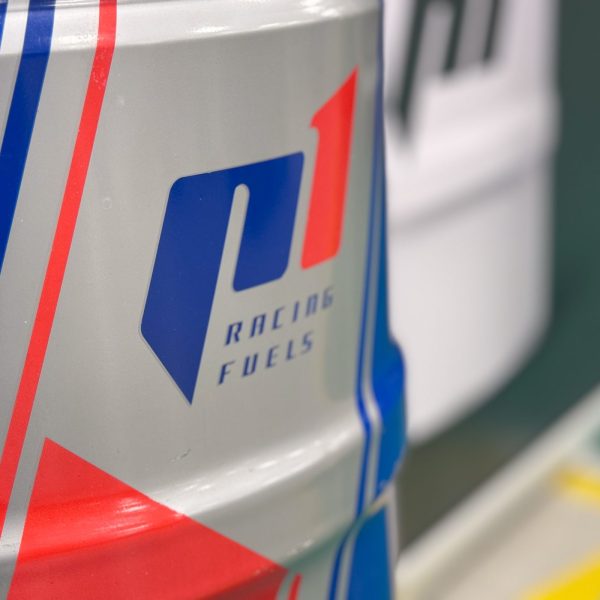
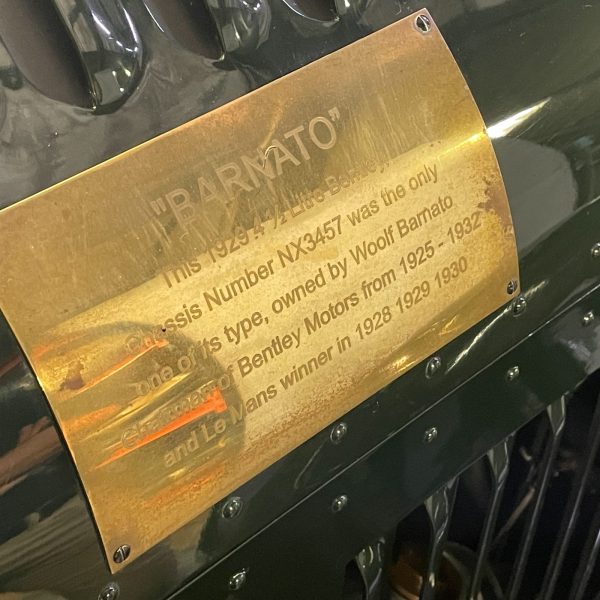

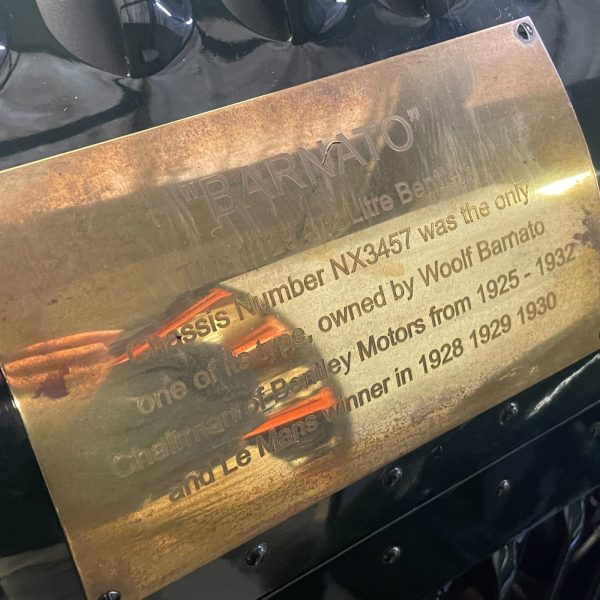
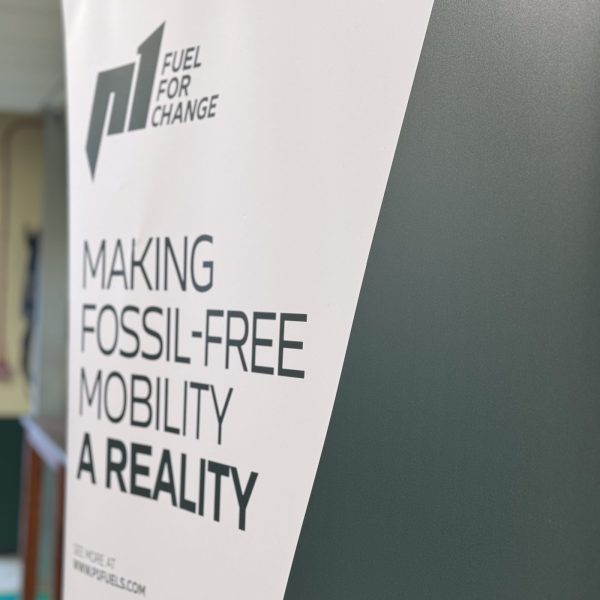
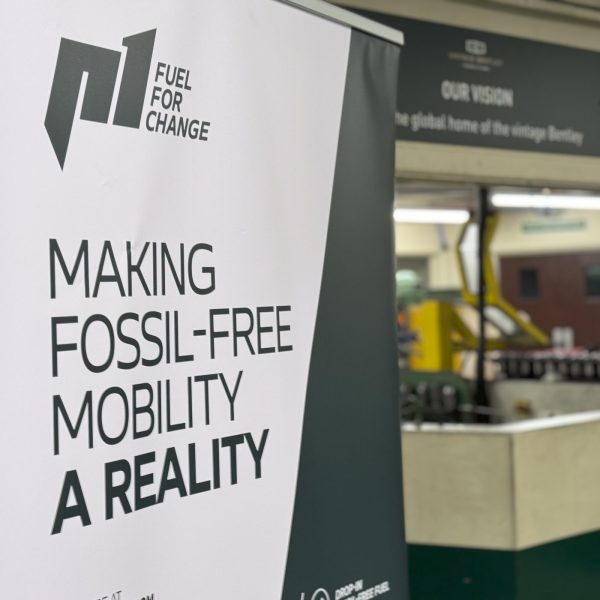
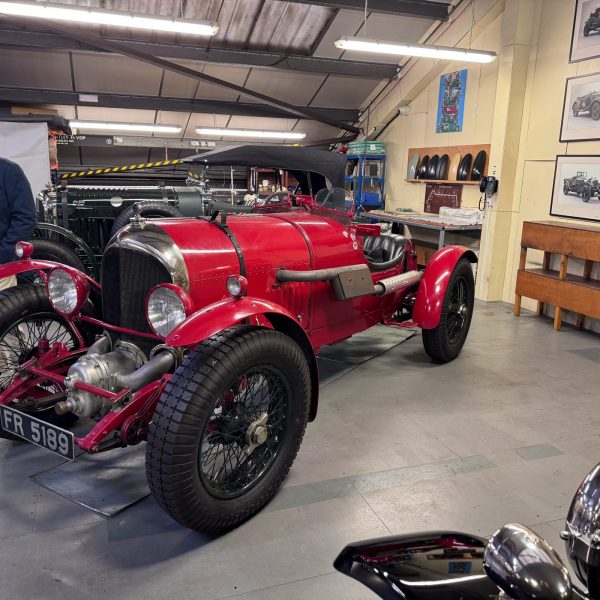

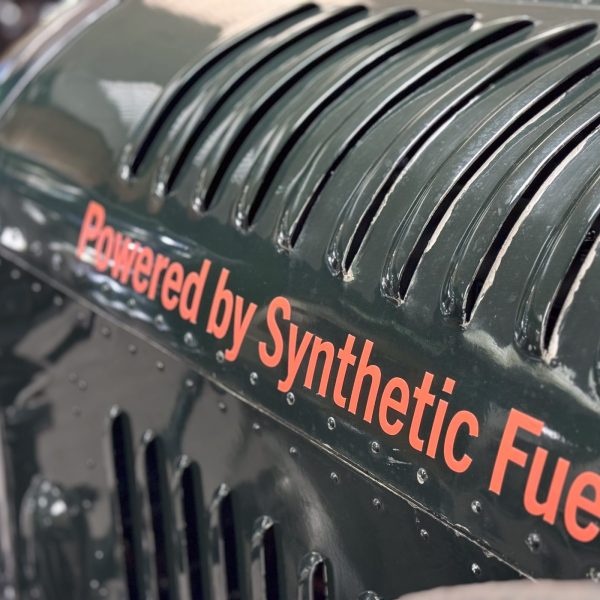
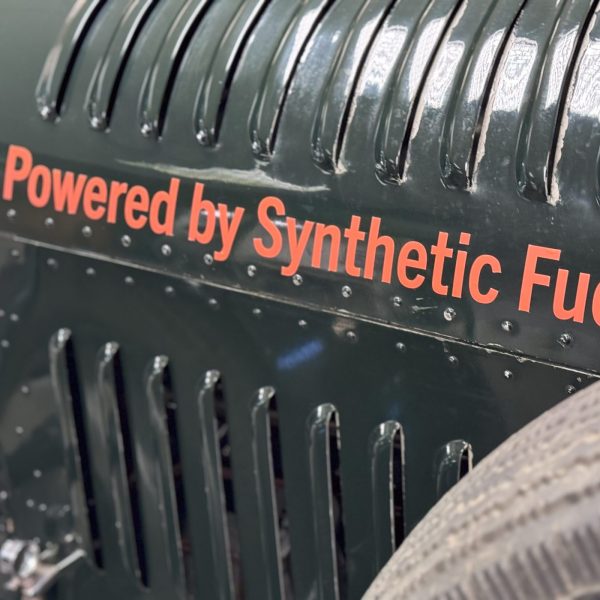











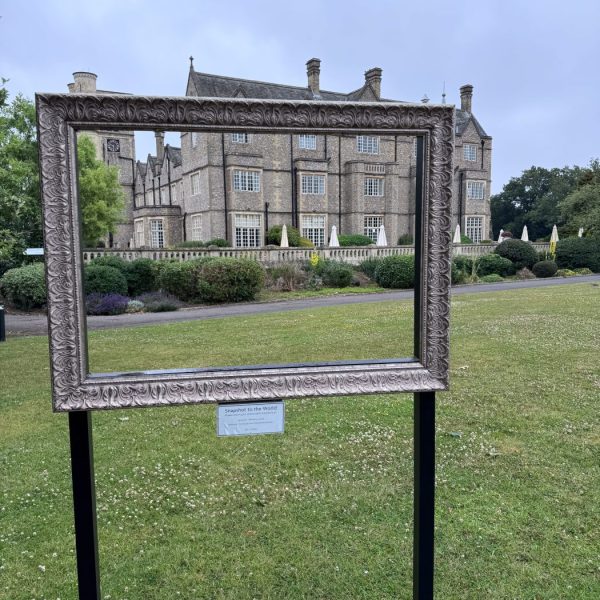




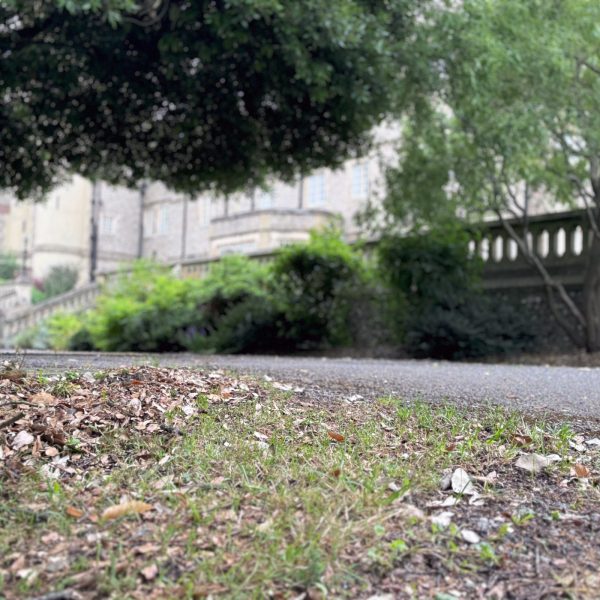

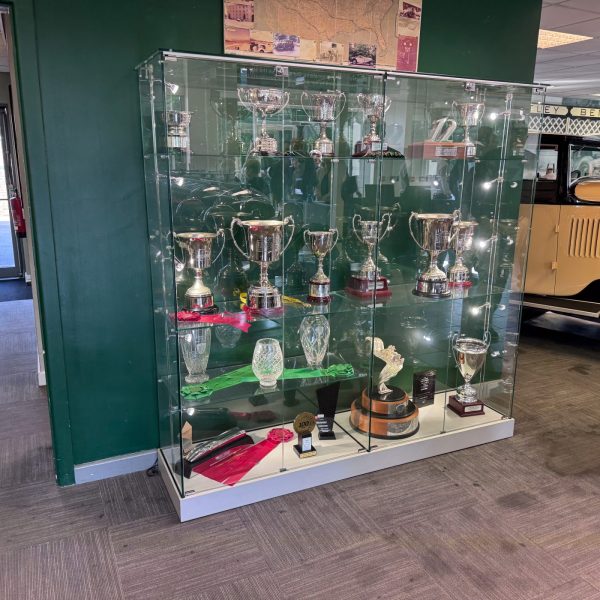
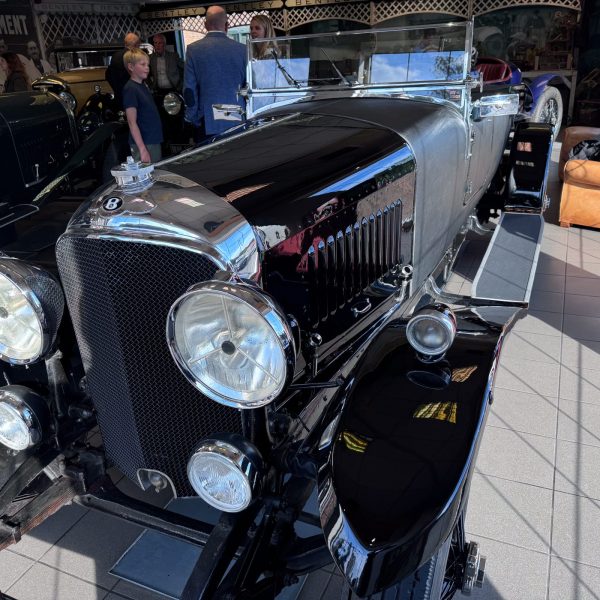
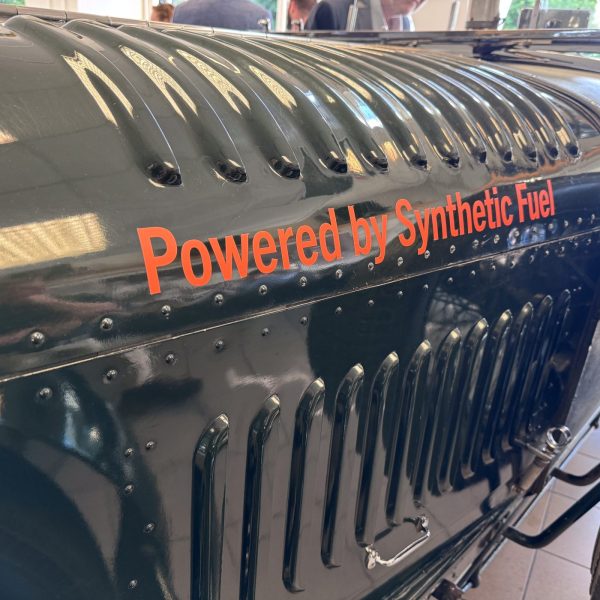

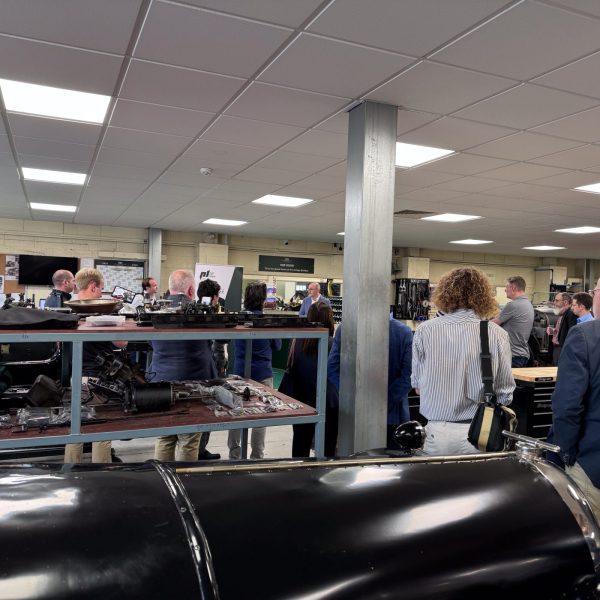

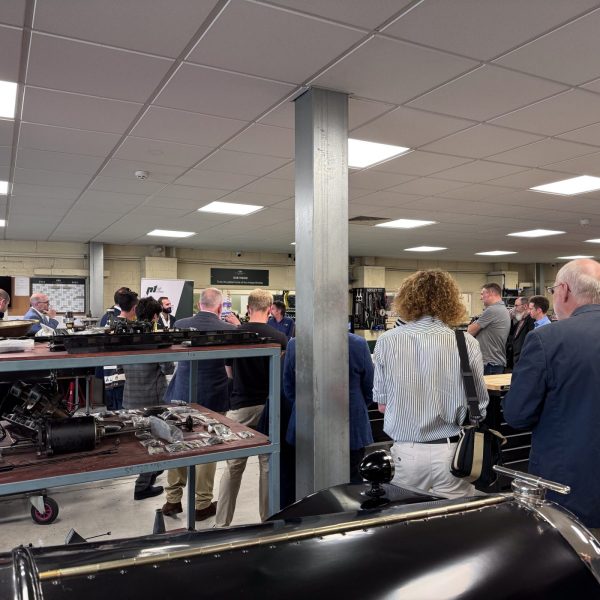


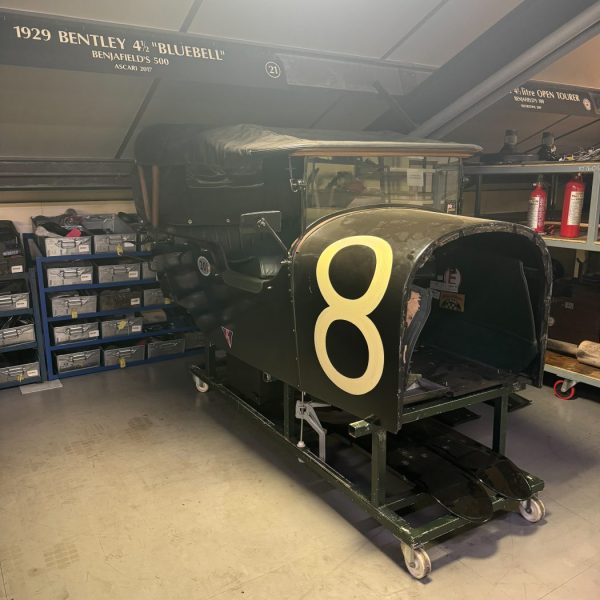

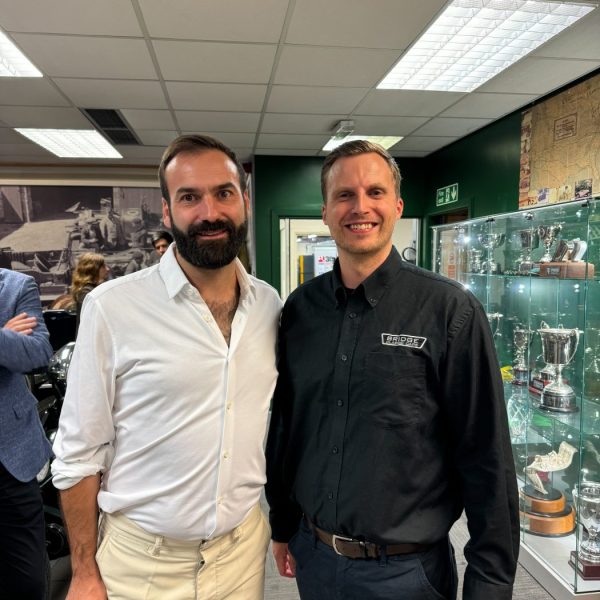




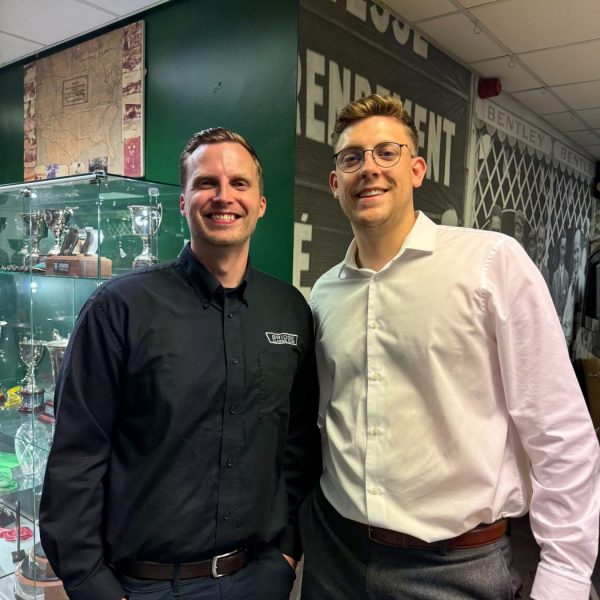
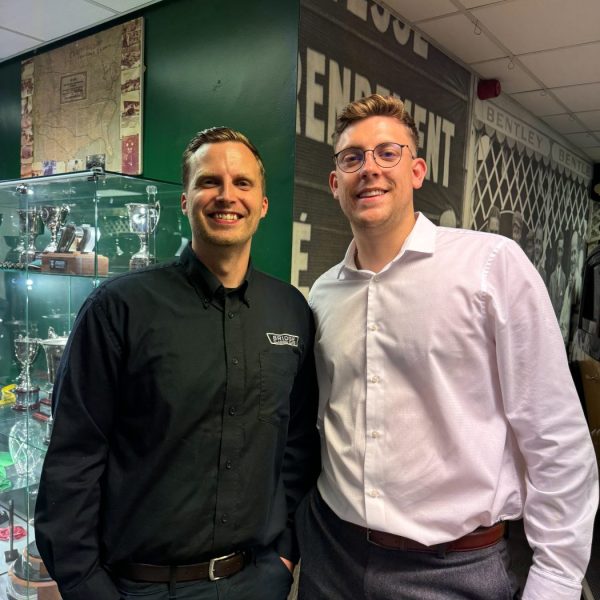


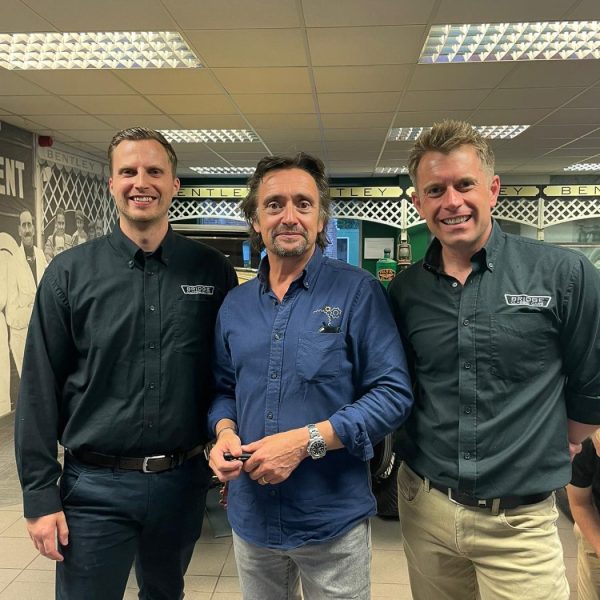







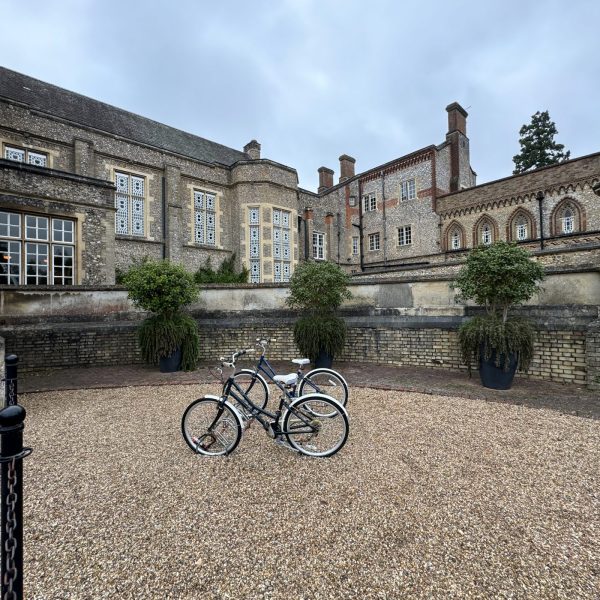







The automotive industry is going through some big changes right now. This seems to have coincided perfectly with the huge growth and continued development of artificial intelligence (AI). As a result, it should be no surprise that AI is finding its way into the automotive industry in a number of ways. If the use of AI in the automotive world continues, there could be even bigger changes still to come!
One of the most significant potential contributions of AI in the automotive industry is improvements in vehicle safety. Advanced Driver Assistance Systems (ADAS) are a prime example, utilising AI algorithms to improve road safety by monitoring the environment and making real-time decisions. Features such as adaptive cruise control, lane-keeping assistance, automatic braking, and pedestrian detection rely heavily on AI to process data from sensors, cameras, and radar systems.
AI-powered safety systems can reduce human error, which is obviously a leading cause of accidents. For instance, Tesla’s Autopilot and General Motors‘ Super Cruise use AI to enable semi-autonomous driving, assisting drivers with steering, braking, and lane changes under certain conditions.
While I think there is still a long way to go, as AI technology evolves, fully autonomous vehicles could become a reality and be driving on our roads in the not-too-distant future.
AI isn’t just being used in driving cars, it is also changing how they are made. In manufacturing, AI systems can optimise production lines, ensuring higher efficiency and precision. Predictive maintenance powered by AI can accurately predict equipment failures before they occur, reducing downtime and reducing maintenance costs. Robots equipped with AI can perform complex tasks with higher accuracy and speed than humans, improving overall productivity.
AI-driven analytics can also optimise supply chain management by predicting demand and managing inventory more effectively. This ensures that manufacturers can respond swiftly to market changes, reduce waste, and lower operational costs.




AI enables a more personalised driving experience by learning and adapting to individual driver behaviours and preferences. AI-powered infotainment systems can suggest routes, and music, and even control in-car climate settings based on the driver’s past behaviour and preferences.
Additionally, AI can offer accurate maintenance schedules based on the vehicle’s usage patterns and the driver’s habits. This goes a long way in making sure the vehicle remains in optimal condition and reduces the likelihood of unexpected breakdowns.
I think that the ultimate potential of AI in the automotive industry lies in the development of fully autonomous vehicles. Self-driving cars could be an absolute game-changer in time-saving, safety, and overall stress levels. Autonomous vehicles could significantly reduce traffic congestion, lower emissions, and provide mobility solutions for those unable to drive, such as the elderly or disabled.
Despite the promising potential, the integration of AI in the automotive industry presents several challenges and ethical considerations. Ensuring the reliability and safety of AI systems is a priority, as failures could have severe consequences. Developing robust AI algorithms that can handle the vast array of driving scenarios is a complex task that requires significant investment in research and development.
Data privacy is another big concern. AI systems rely on huge amounts of data to function effectively, raising questions about how this data is collected, stored, and used. Ensuring that AI systems adhere to strict data protection regulations is essential to maintaining public trust.
Ethical considerations, such as decision-making in life-threatening situations, also need to be addressed. For instance, how should an autonomous vehicle prioritise safety in unavoidable accident scenarios? Establishing ethical guidelines and regulatory frameworks is crucial to navigating these complex issues.
AI’s potential in the automotive industry is immense!
If used correctly, it could make big changes in how we travel, and how we look at cars in general.
In my opinion, AI isn’t a big, bad, scary thing that many see it as. I think there is still a long way to go until it is ready to be fully embraced but, I certainly think it could lead the way into our modern version of the industrial revolution!
At this year’s Goodwood Festival of Speed, Honda is bringing back the Prelude!
The original Prelude made its European debut 45 years ago and was produced until 2001. The new Prelude is aimed to be a fitting return for the nameplate, as it blends style with a hybrid powertrain.
The name “Prelude” refers to an introductory piece of music, and appropriately positions the car as a forerunner to future models that highlight Honda’s commitment to sports performance – an example of Honda bringing the “joy of driving” to customers across Europe.
Tomoyuki Yamagami, Chief Engineer and Large Project Leader, at Honda, said: “The new Prelude not only marks the latest chapter in our ever-evolving hybrid story, it is also the product of 25 years of pioneering hybrid research and development. Ensuring this model maintains its ‘sporty’ DNA by perfectly blending the efficiency and environmental advantages of electrified driving with an exhilarating experience behind the wheel – liberating users from their daily lives with increased driving pleasure.”
“In addition, the Prelude demonstrates the continued importance of hybrid powertrains as part of Honda’s automobile electrification strategy – a key step towards our commitment for 100% of new vehicle sales to be battery electric or hydrogen fuel cell by 2040.”
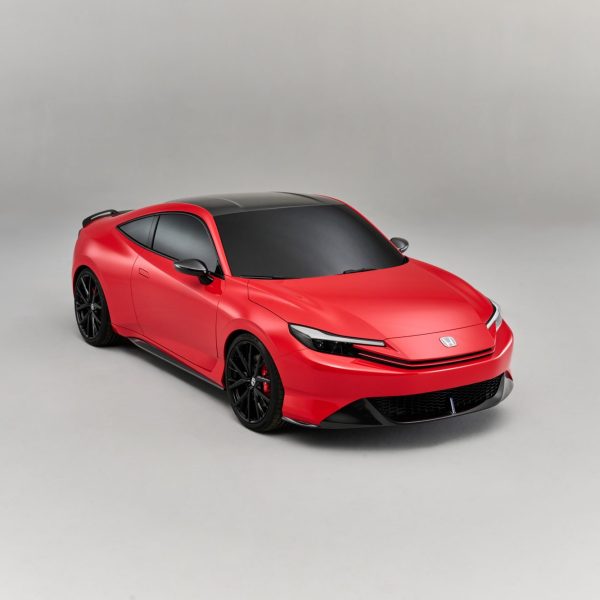


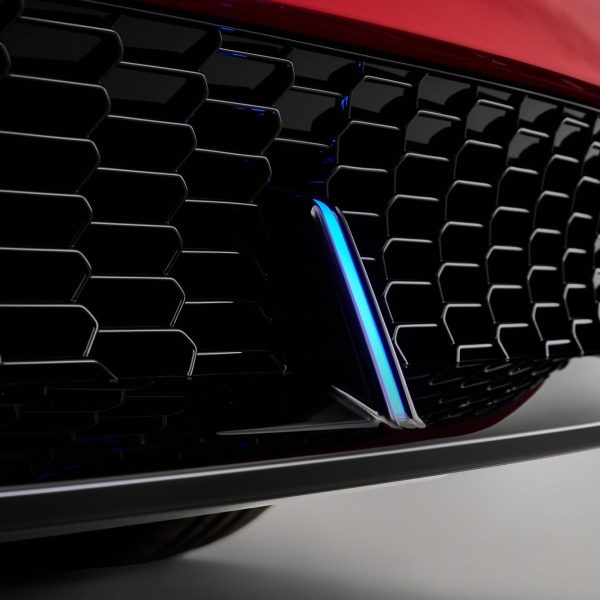
This year marks Honda’s 25th anniversary of hybrid technology, starting with the Insight coupe, which became Europe’s first mass-produced hybrid model in 1999. Since then, Honda has been at the forefront of developing petrol-electric powertrains.
After the Insight, Honda introduced the Civic IMA in 2003, featuring a continuously variable transmission (CVT) paired with a 1.3-litre i-VTEC 4-cylinder engine and a 20-horsepower electric motor for enhanced fuel efficiency. Seven years later, the CR-Z debuted, combining Honda’s unique IMA parallel hybrid system with a 1.5-litre petrol engine and manual transmission.
In 2011, the Jazz Hybrid continued to provide practicality, including “Magic Seats” and 300-litres of boot space, thanks to the compact Honda IMA hybrid system. The 2016 arrival of the NSX introduced the supercar segment to the most technologically advanced all-wheel-drive hybrid powertrain of its time.
Today, Honda’s entire mainstream range is fully electrified, with the Jazz, Civic, HR-V, ZR-V, and CR-V all featuring e-powertrains as standard. These advanced powertrains transition between EV, hybrid, and engine drive modes without driver input, offering ease of use, a rewarding driving experience, and highly competitive efficiency and emissions.


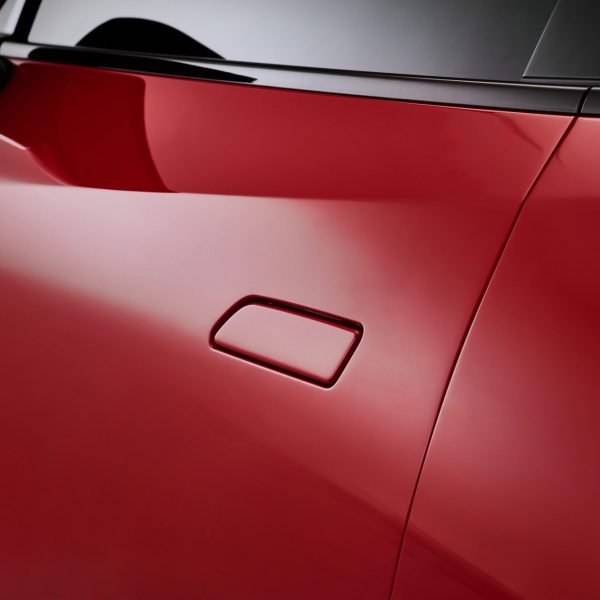
Caterham and the Royal Air Force (RAF) have unveiled a special one-off car built using exterior and interior components from a Puma HC2 helicopter, paying tribute to the aircraft.
The unique Caterham Seven 360R has been built to raise funds for injured servicemen and women. It will make its debut at this weekend’s Formula 1 British Grand Prix.
Set to be auctioned through Collecting Cars, this collaboration between the RAF, Caterham, Mission Motorsport, and the Royal Air Force Benevolent Fund aims to raise over £100,000.
The project supports the Science Technology Engineering and Mathematics (STEM) division, providing participants with external opportunities to enhance their skills.
The Puma HC2, operated by Joint Aviation Command (JAC) at RAF Benson, entered service in 1972 and has served globally. Recently retired, the teams at Benson and Caterham decided to honour the Puma and its servicemen and women with this unique creation.
Based on the Seven 360R, the car’s exterior retains the finish from the aircraft, with additional panels painted in matching ‘NATO Green’. The chassis mirrors the aircraft’s understructure, finished in ‘Desert Sand’.
The car features aluminium skin from the aircraft’s tail boom and doors as exterior panels, and the internal rear bulkhead retains the door jettison handle.
The interior incorporates details from the Puma, including quilted soundproofing from the aircraft lining the door panels, tunnel top, and padding for the carbon fibre seats. The helicopter’s evacuation instructions are stitched into the lining.
A distinctive satin black dashboard, matching the Puma’s military-grade switchgear, replaces the regular dash switches. The 360R also includes a helicopter-style three-stage ignition sequence and the aircraft’s navigation clock as the dash centrepiece.
Under the bonnet, the car’s battery is housed in an ammunition box.
The car’s assembly was a joint effort between Caterham and serving personnel from RAF Benson, with the names of all contributors featured on the bonnet.
Puma HC2 medium support helicopters perform a variety of combat roles, including the tactical movement of troops and weapons, as well as casualty extraction on the frontline. They are also used for humanitarian and disaster relief operations.


Corporal McCreadie said: “It has been an honour to be a part of the Caterham project. As an Aircraft Technician (mechanical), I volunteered my time to remove the decommissioned materials from the Puma for the Caterham RAF Seven 360. To see the transformation of the materials has been fascinating.
“Through the course of the project I had the opportunity to refine my skills and learn some new engineering techniques. I am proud to have been a part of the team that made this car and to promote Science Technology Engineering and Mathematics within the RAF.”
Bob Laishley, CEO of Caterham, said: “When the RAF approached us about this project we jumped at the chance to be involved. Firstly, because it was an interesting build process for us as it’s the first time in our history that a Seven has been made from recycled helicopter parts.
“It was a true team effort as well, with engineers from the RAF supporting us throughout the build. But, more importantly, it’s great to know that any proceeds from the auction will go to incredibly important causes.”
Squadron Leader Morley said: “Royal Air Force Benson Science Technology Engineering and Mathematics (STEM) team will be attending multiple events throughout the summer, promoting STEM in both the military and industry. Along with support from RAF Engineering & Cyber Recruitment the team have an amazing opportunity to host and present this one-off Caterham car made with former RAF Puma components.
“The car has been assembled by RAF personnel with the help of Caterham and highlights the amazing skills of the engineering teams that both maintain the RAF Puma’s and that work in industry. It’s our opportunity to celebrate the history of the RAF Puma Force while showcasing the opportunities that are available within the RAF and wider STEM community.”
Bidding for the car opens 15 August and ends 12 September through Collecting Cars.
The car is scheduled to be displayed at several events throughout the Summer. For more information, visit caterhamcars.com.
RM Sotheby’s is offering the legendary 1964 Hank Williams “Snake Charmer” Cobra for sale at their Monterey auction in August. This historic vehicle, celebrated by West Coast SCCA racers and Shelby enthusiasts worldwide, is available to buy for the very first time.
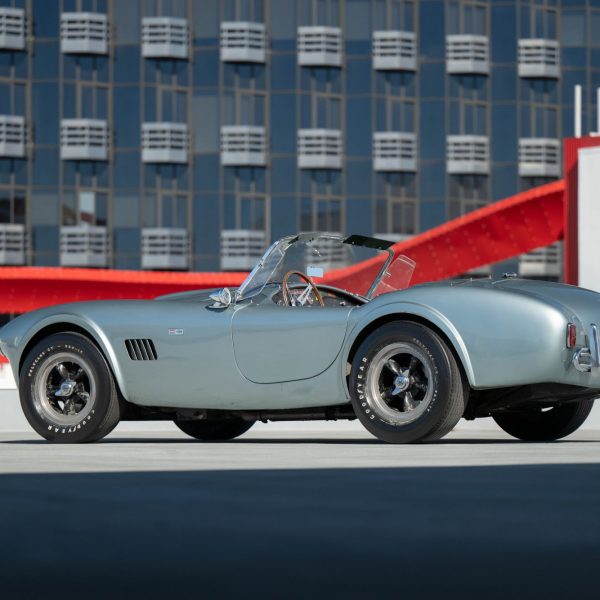

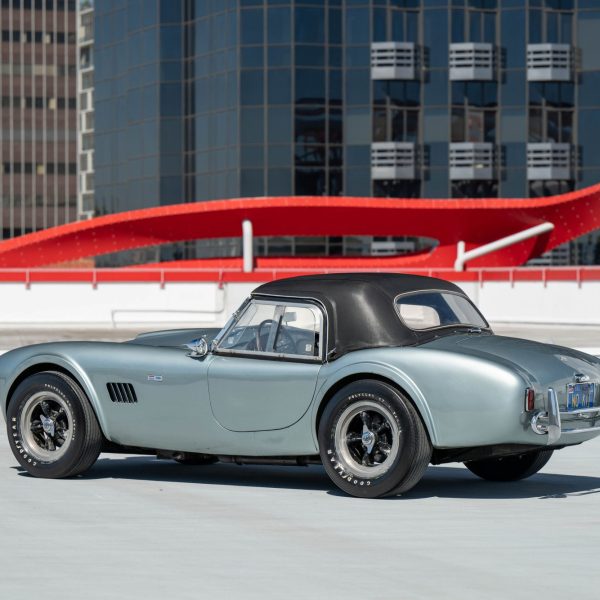

The story of CSX 2227 began in 1964 when a Princess Blue over red Cobra 289 Mk II was delivered to Norman Ford in Pomona, CA. Hank Williams, a WWII hero who fought in Normandy, played in the jazz and blues clubs of LA and worked as an ambulance driver, living east of Los Angeles.
Seeking a fast car for both weekday and weekend racing, Hank initially set his sights on a Corvette. However, during the Civil Rights Movement, local Chevrolet dealerships ignored him due to his race. Instead, he turned to a nearby Ford dealer where he found CSX 2227, a rare 1 of 3 Princess Blue 289 Mk II Cobra, and paid a deposit there and then. Despite some challenges in delivery, Hank secured the car, beginning a legendary partnership that lasted 60 years.
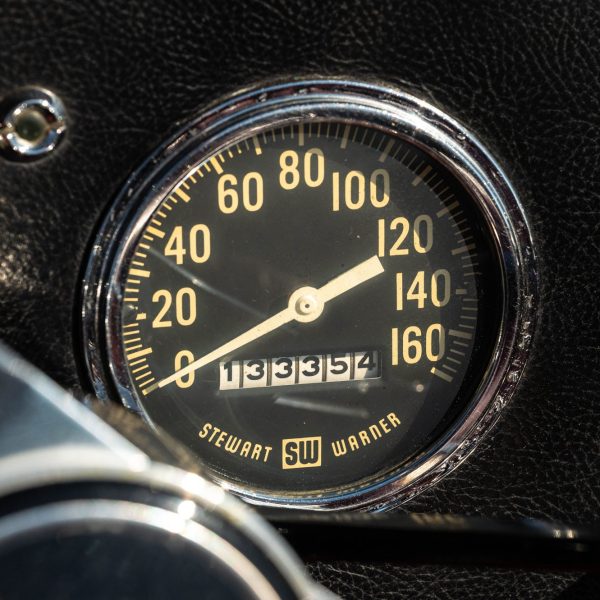
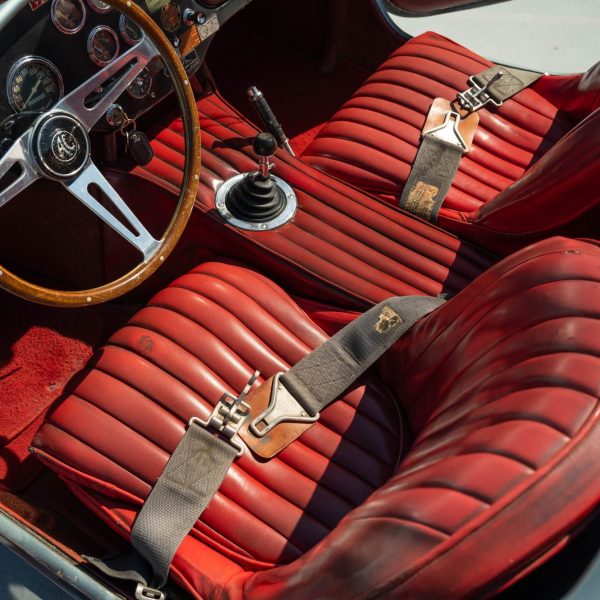
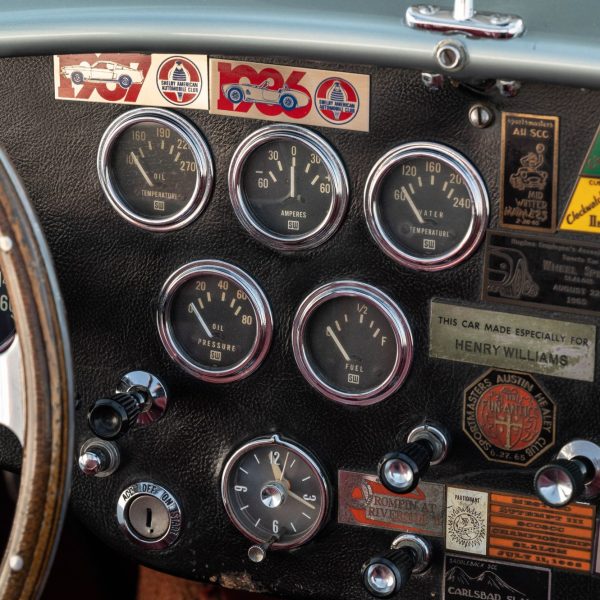

Hank drove the Cobra during the week and raced it on weekends, adding a removable hardtop and repainting it in Silver Mink, a 1964 Lincoln colour. His racing career with the Cobra earned him the nickname “Snake Charmer” from Carroll Shelby, along with a Shelby Le Mans Team shirt, which is also included in the sale.
CSX 2227 became one of the most raced Cobras, with nearly 400 races and over 260 trophies and awards (also included in the sale). Surprisingly, it retains its original engine, body, and chassis, displaying a patina from its extensive racing history. The Cobra’s nearly 60-year-old Silver Mink repaint and red Naugahyde interior remain intact. It is one of the best-documented Cobras, with original build sheets, buyer forms, warranty cards, and competition licenses, and has been featured in numerous magazines, SAAC Club publications, TV shows, and even a Union 76 oil advert.

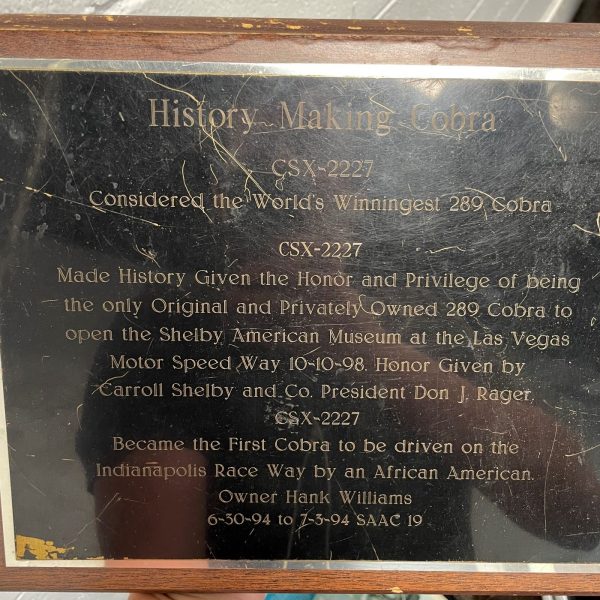
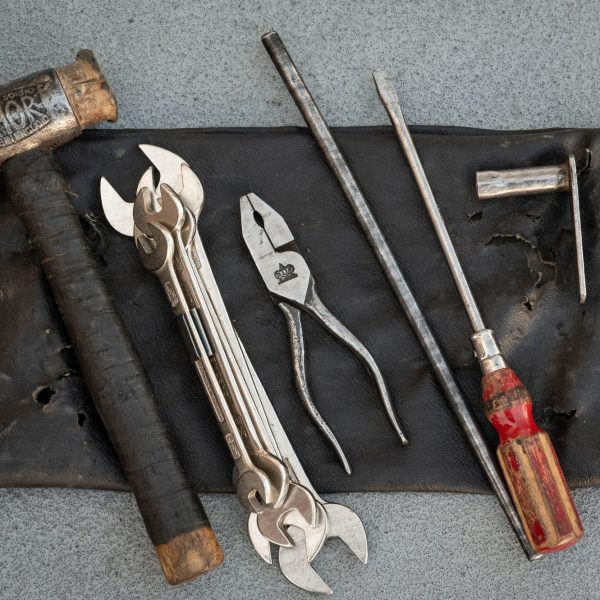
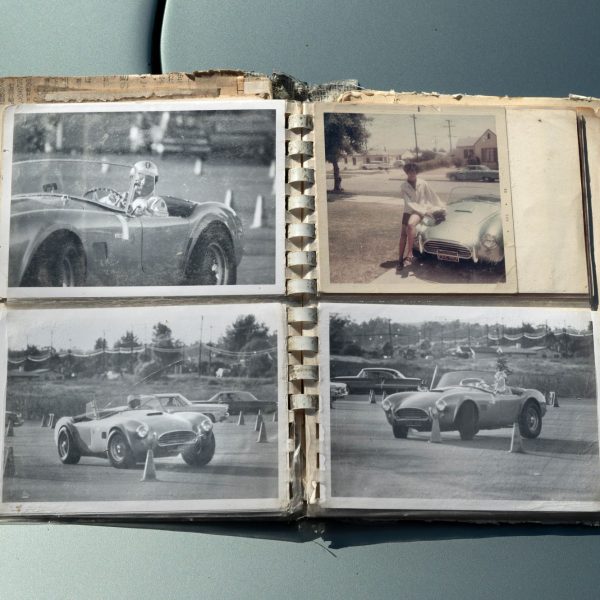
At 98 years old, Hank was still driving his Cobra. After a remarkable life, Hank “The Snake Charmer” Williams passed away aged 99, leaving behind a legacy and a Cobra driven over 140,000 miles. This legendary Cobra, still in his name on the original 1965 title, presents a unique opportunity to own an unrestored “time capsule” Cobra 289 Mk II in “as raced” condition with single ownership from new.
MG has just released an exclusive preview of the all-new HS SUV. This is ahead of the car’s global debut at the Goodwood Festival of Speed on Thursday, 11th July.
Replacing the current model, which has been extremely successful for MG, the all-new HS is said to offer a contemporary, sophisticated design and an interior with enhanced space and an array of new, driver-focussed technology.
There will be two powertrain choices – petrol and plug-in hybrid (PHEV) – with the Plug-in Hybrid variant promising to offer an unmatched all-electric range for the class.
It looks great and I can’t wait to see what happens on 11th July.
Nyobolt, a Cambridge-based company, has introduced its electric vehicle (EV) prototype capable of ultra-fast charging. Collaborating with design and engineering firm CALLUM, Nyobolt is aiming to demonstrate its advanced battery technology in real-world conditions. This technology looks to solve the problem of long recharge times by charging from 10% to 80% in under five minutes.
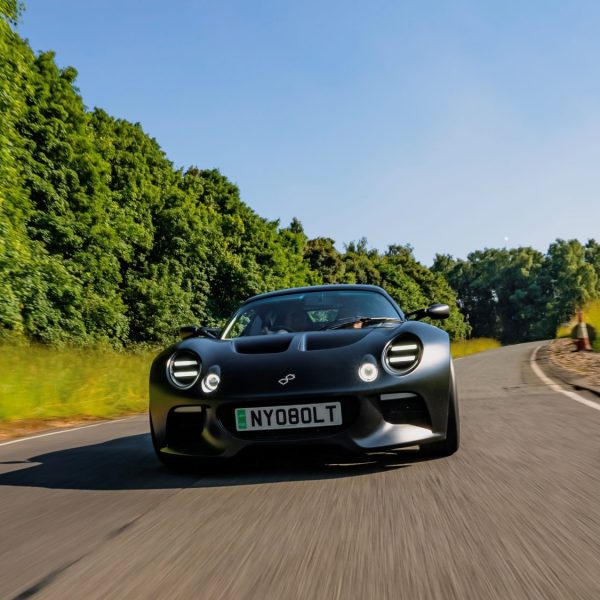
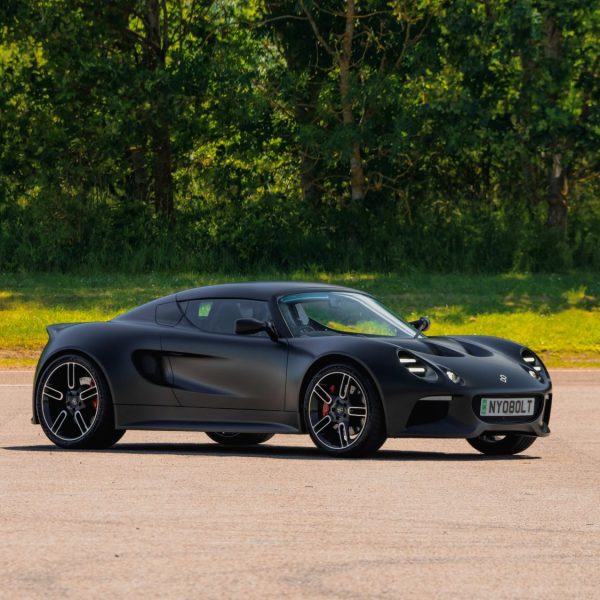

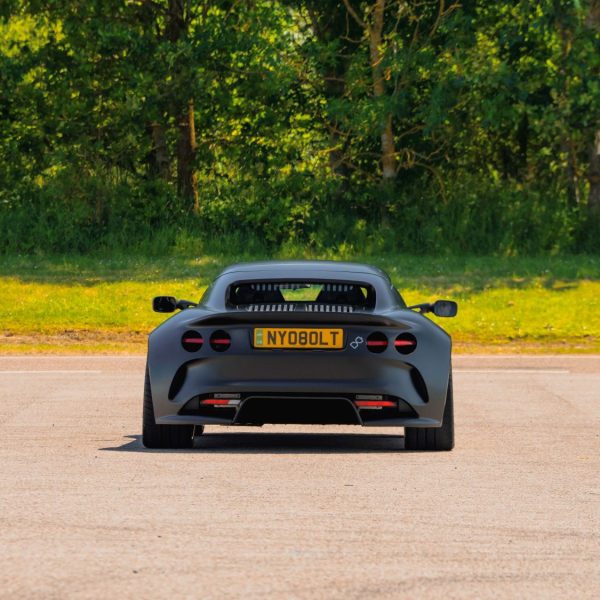
Nyobolt’s progress in ultra-fast charging comes from a decade of research led by Professor Dame Clare Grey and Dr. Sai Shivareddy. The batteries feature patented carbon and metal oxide anode materials, coupled with low impedance cell designs, allowing rapid electron transfer and minimal heat buildup during charging.
Nyobolt’s co-founder and CEO, Dr Sai Shivareddy said “Despite some OEMs showing fast charge times in the region of 15 minutes, a closer inspection reveals the charge is usually across a limited SOC region specifically chosen to limit the amount of life taken out of the cell; for instance, between 20-80 per cent. Typically, the charge profile will only hold these peak charge levels for a short amount of the charge time. Nyobolt’s low impedance cells ensure we can offer sustainability, stretching out the battery’s usable life for up to 600,000 miles in the case of our technology demonstrator.”
Beyond their use in the automotive industry, Nyobolt’s fast-charging batteries are set to be put to use in other industries requiring high power and quick recharge cycles, such as robotics and heavy-duty commercial vehicles. Nyobolt is already in discussions with eight major automotive OEMs about adopting their technology.
Shane Davies, Nyobolt’s director of vehicle battery systems said “We can enable OEMs to build excitement back into the segment, which is literally weighed down by legacy battery technology currently. Our Nyobolt EV demonstrates the efficiency gains facilitated by our fast-charging, longer-life battery technology, enabling capacity to be right-sized while still delivering the required performance. Nyobolt is removing the obstacle of slow and inconvenient charging, making electrification appealing and accessible to those who don’t have the time for lengthy charging times or space for a home charger.”
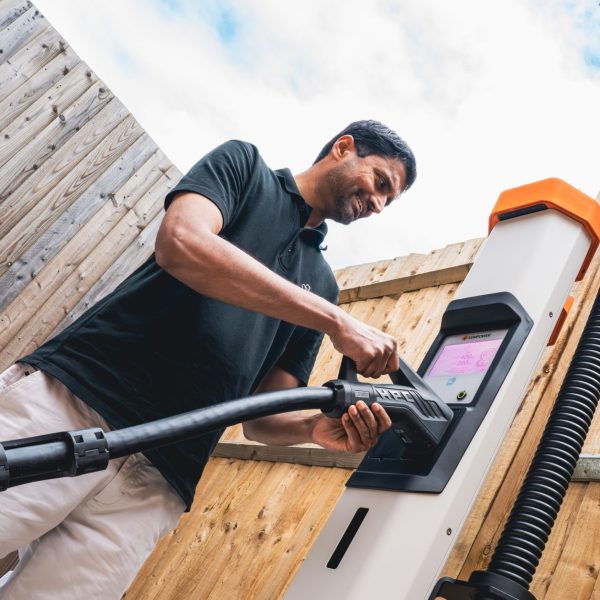
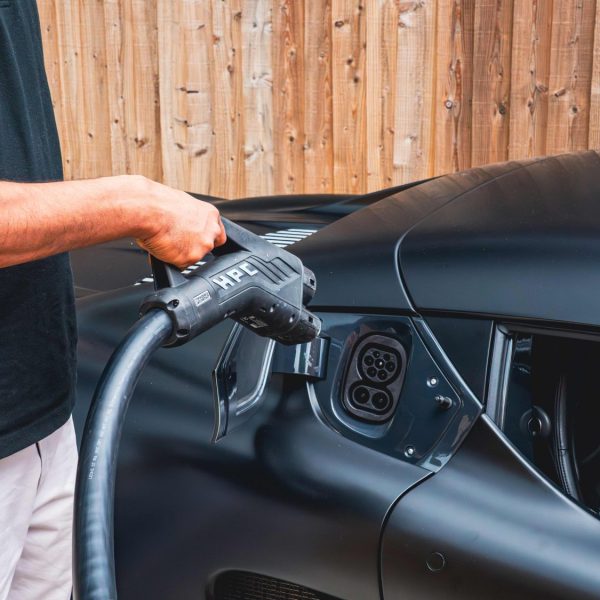
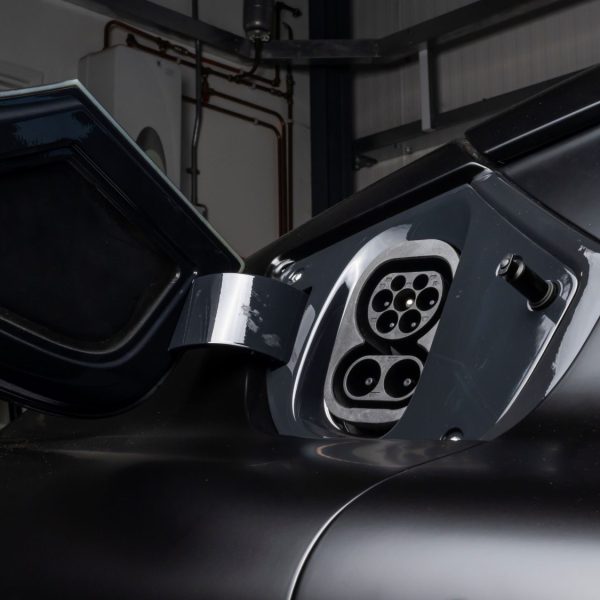
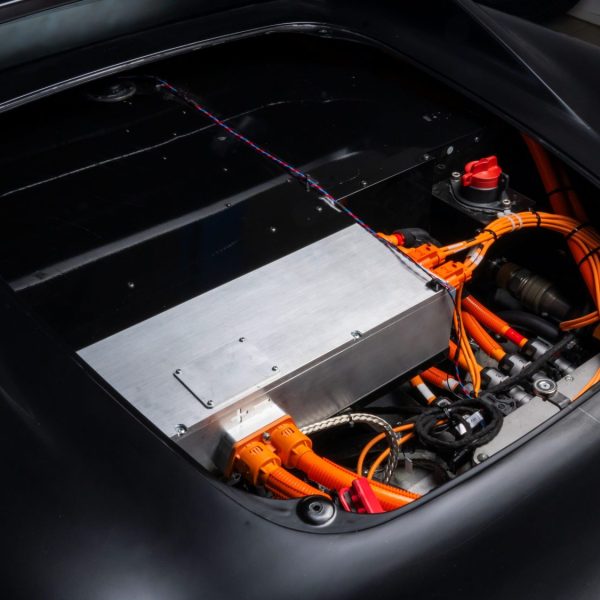
Nyobolt’s EV prototype serves as a proof-of-concept, demonstrating the potential to drastically reduce charging times and enhance battery durability. This development lays the foundation for more sustainable and efficient electric vehicles, potentially transforming the EV market by addressing one of its biggest pain points—charging time.
Shivareddy concludes “Our extensive research here in the UK and US has unlocked a novel battery technology that is ready and scalable right now. We are enabling the electrification of new products and services currently considered inviable or impossible. Creating real-world demonstrators, such as the Nyobolt EV, underlines both our readiness and commitment to making the industries see change is possible.”
At the upcoming H&H Classics motorcycle sale on July 3rd, being held at the National Motorcycle Museum in Solihull, there is a very interesting motorcycle for sale and it is one that has spent most of its life off the road.
The auction will see a wide range of motorcycles, from sporting to touring models, in various conditions go up for sale. Of the more than 200 lots in the auction, around 70 of them are offered without reserve.
One of the most exciting bikes, at least in my opinion, is a 1951 Vincent Black Shadow Series C, which has been off the road since at least the late 1970s and was likely last used regularly in the 1960s. The Vincent Owners Club has confirmed its factory-correct number status. Upon its discovery, the bike was found to be in fantastic condition and rolled freely. Even the engine wasn’t seized its decades in storage. Being sold with a comprehensive history file, including sale receipts from 1955 and various engineer reports, this special bike is estimated to sell for between £25,000 and £30,000.

The auction will also feature three other Black Shadows: a 1950 model with subtle upgrades (estimated at £32,000-38,000), a 1952 Series C with all correct factory numbers and 20 years of ownership (estimated at £28,000-32,000), and a 1955 Series D from long-term family ownership (estimated at £26,000-28,000).

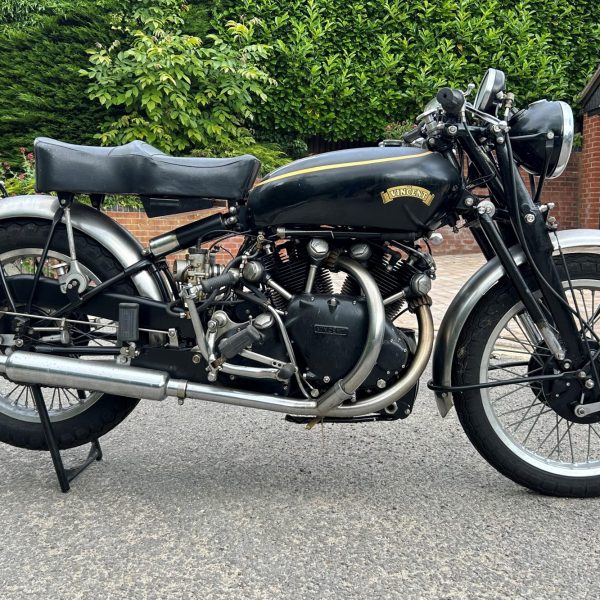

One of the most valuable bikes up for sale is a 1929 Brough Superior SS100, which is estimated to sell for between £240,000 and £280,000. Known as ‘the mysterious SS100,’ it was first registered in 1944 and is believed to have a unique prototype frame that differs from the standard version.
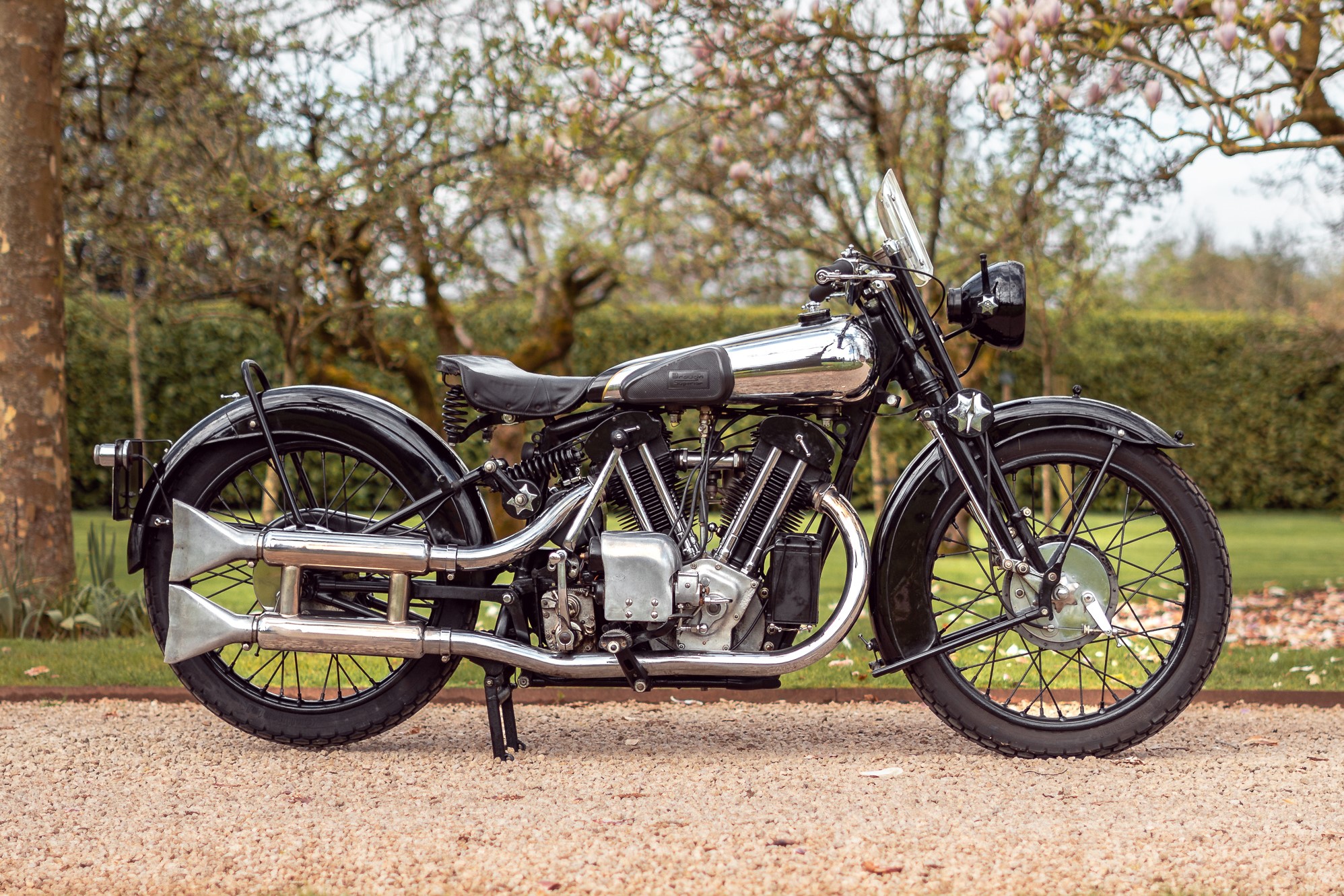
There’s an even rarer bike that will be available at the auction though. A 1922 D.S. Malterre, the only known survivor of the two examples made. This superbly restored, Indian V-twin-powered motorcycle has been displayed at the Goodwood Revival and is estimated at £22,000-26,000.

If you prefer more recent bikes, then a 1968 Godet 1330GT, built to the previous owner’s specifications by Patrick Godet, is estimated to sell for between £48,000 and £52,000. Having seen little use due to the owner’s busy schedule, this bespoke motorcycle is ready for a new owner.
A 1977 Triumph T140D Silver Jubilee is also available, described by H&H’s Mike Davis as the best example he has ever seen. With only 14 miles on the clock and meticulously maintained, this limited-edition model, produced to celebrate Queen Elizabeth II’s Silver Jubilee, is estimated to sell for £8,000-10,000.
The oldest lot in the sale is a 1913 Douglas 2 ¾-hp, estimated to sell for £7,000-9,000. In original condition, it was discovered in the 1980s and has since been re-commissioned, earning a Pioneer certificate in 1983 and participating in the Pioneer Run numerous times.


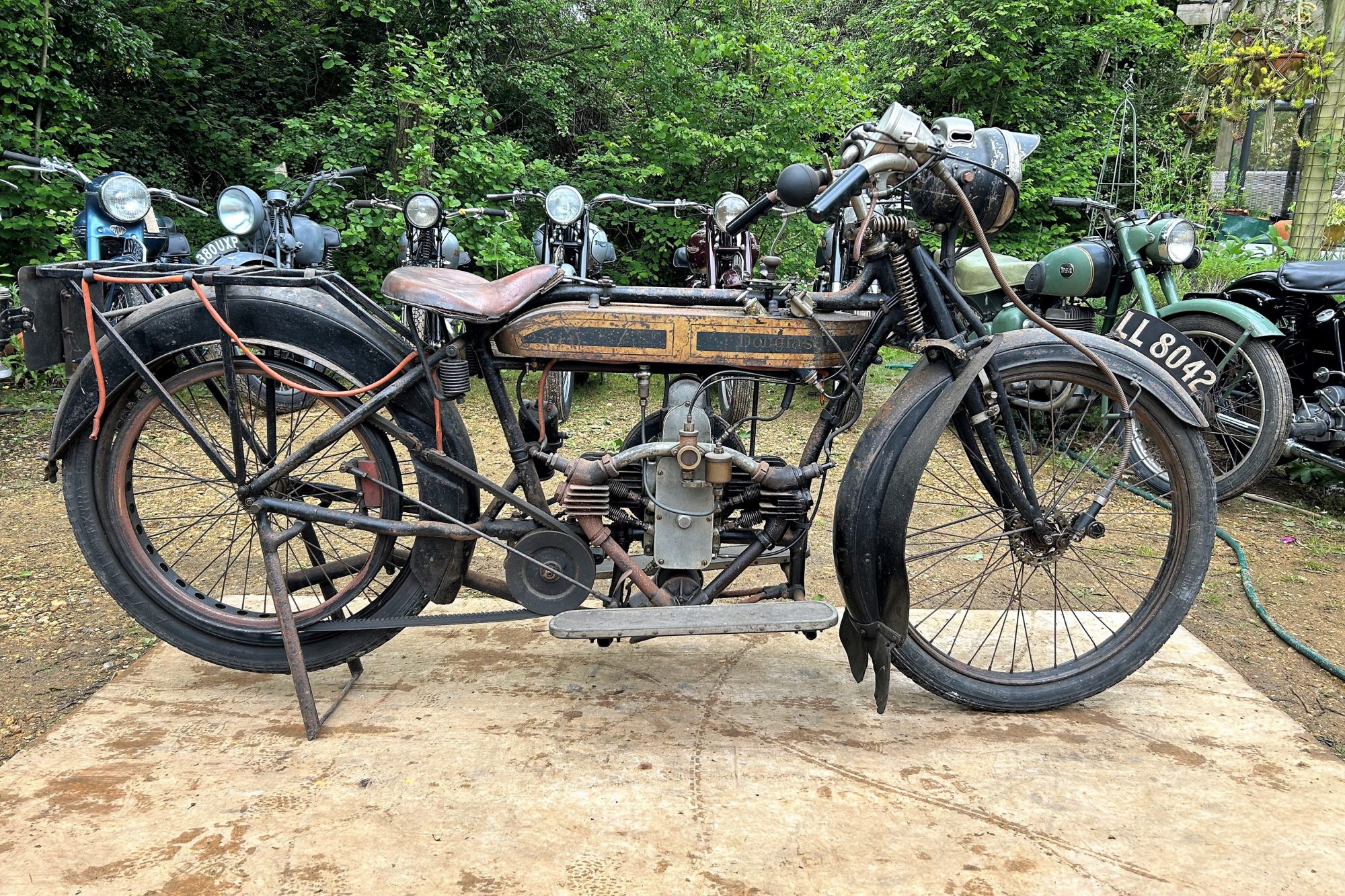
For more details about the auction and the available lots, visit H&H Classics.
All lots can be viewed in person at the National Motorcycle Museum, Solihull, on the afternoon of Tuesday 2 July from 12pm – 6pm. The sale commences at 1pm on the following day.
Anyone interested in bidding on any of the lots can do so in person, online, via telephone or by leaving a commission bid.
Aston Martin has introduced the Valiant, a highly exclusive, track-focused, road-legal car. This new model, created by the in-house bespoke division Q by Aston Martin, is a perfect example of Aston’s ability to create pure driver’s cars. With only 38 units available worldwide, the Valiant is going to be ultra-rare with all 38 already allocated.
The Valiant was initially a personal project for Formula 1 driver Fernando Alonso. Alonso wanted a lighter, more extreme version of the Aston Martin Valour, inspired by his incredible 23-year Formula 1 career. The result is a car that combines his passion for high-performance driving with Aston Martin’s engineering excellence.
He said “Valour was a spectacular celebration of Aston Martin’s 110th anniversary, and stirred me to create a more extreme, race car inspired version that was track focussed, while also delivering a thrilling drive on-road. Valiant is born from my passion for driving at the limit and I have enjoyed working closely with the Q by Aston Martin team on both the design and technical specification and believe we have created a masterpiece.”
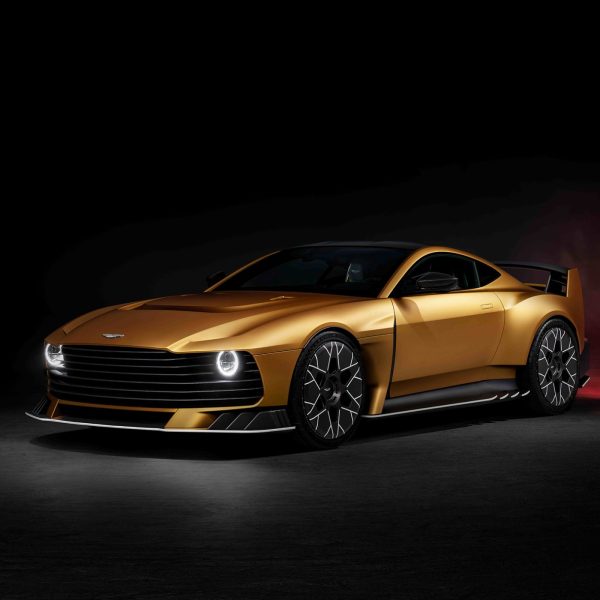

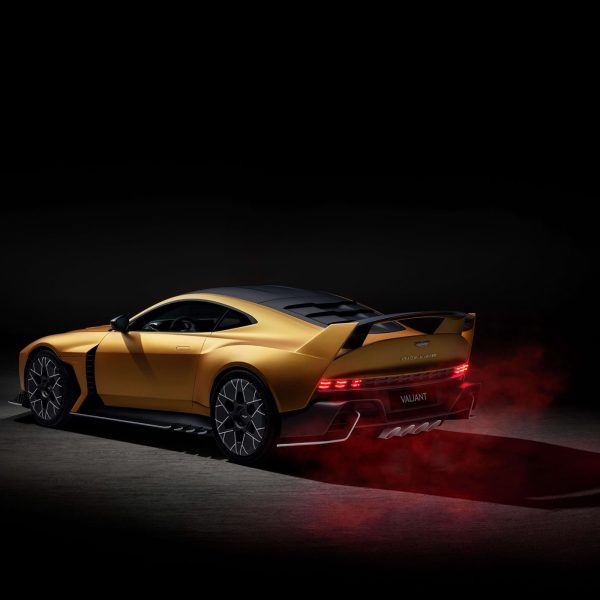


The Valiant is fitted with a 745PS Twin Turbo 5.2-litre V12 engine paired with a six-speed manual gearbox. The car also features Carbon Ceramic brakes, lightweight magnesium wheels, and a host of other performance-oriented components designed to reduce weight and enhance handling.

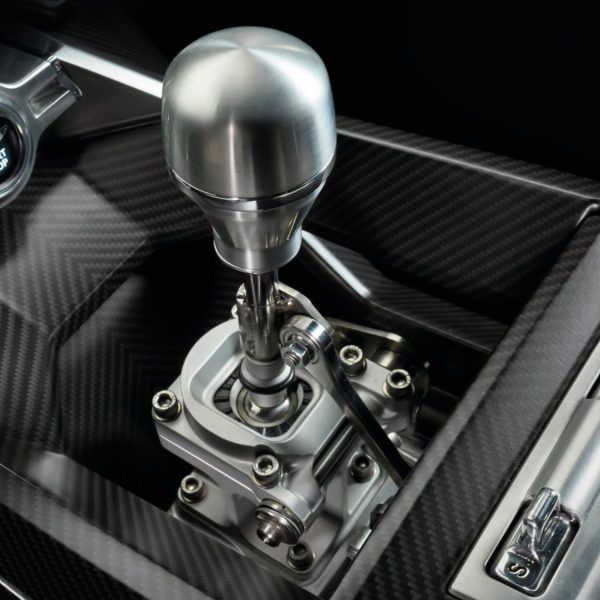
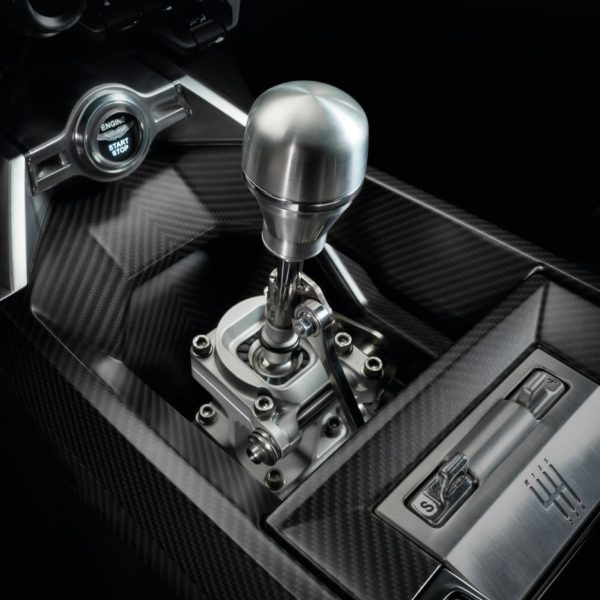
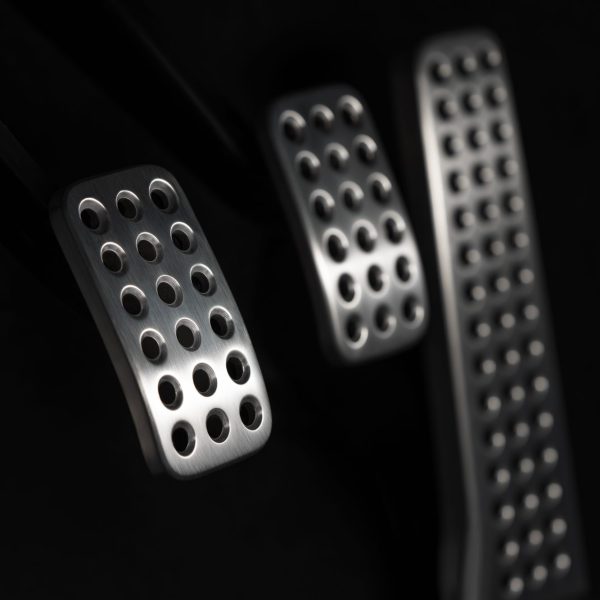
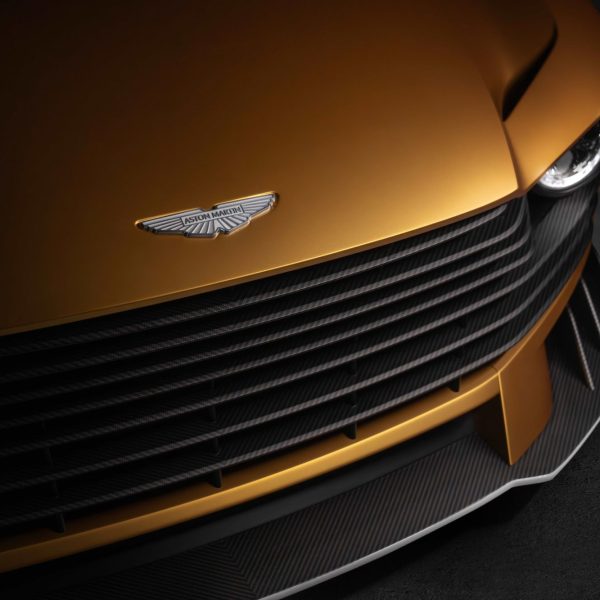
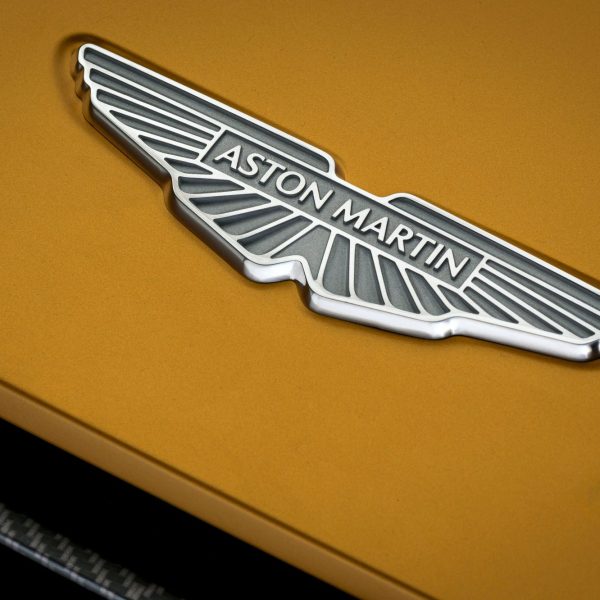
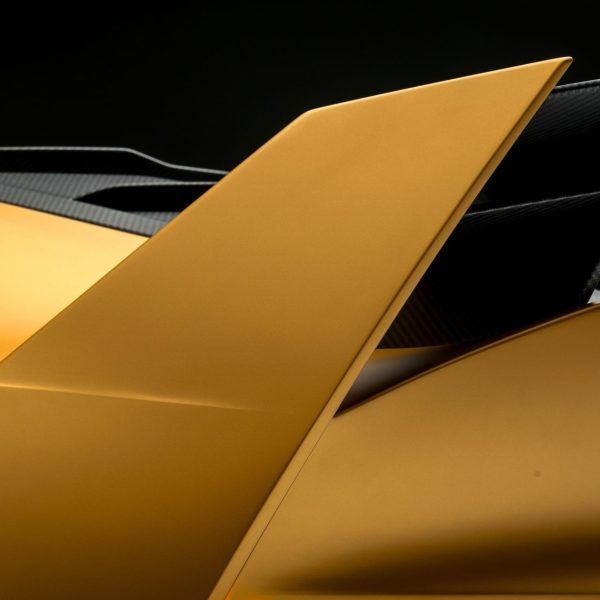


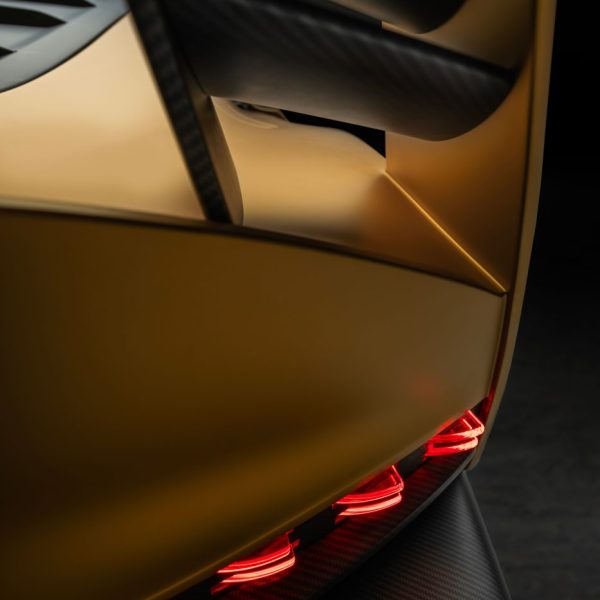
The Valiant’s suspension system includes state-of-the-art Multimatic Adaptive Spool Valve (ASV) dampers, offering extreme control and customisation for personalised ride and handling. The car’s aerodynamics are beautifully engineered, with features like a deep front splitter, full-width carbon fibre grille, and distinctive aero discs that reduce drag and turbulence.
Marco Mattiacci, Global Chief Brand and Commercial Officer of Aston Martin said: “Valiant is a modern masterpiece. A creation of Q by Aston Martin, inspired by a racing legend and conceived using the latest F1® inspired technology, exotic materials and obsessive weight reduction. It focuses on placing the driver in a truly unique, intense and emotional driving experience. The ultimate blend of performance, track-focused dynamics and hypercar intensity, Valiant embodies Aston Martin’s determined commitment to build rare and extraordinary cars for true drivers”.
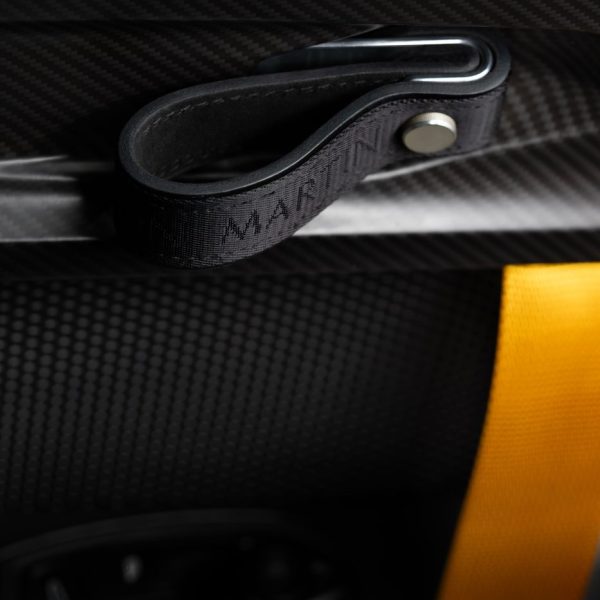
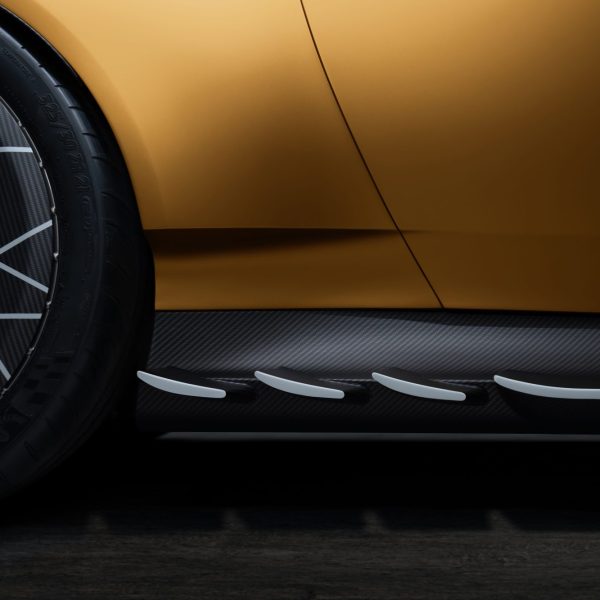

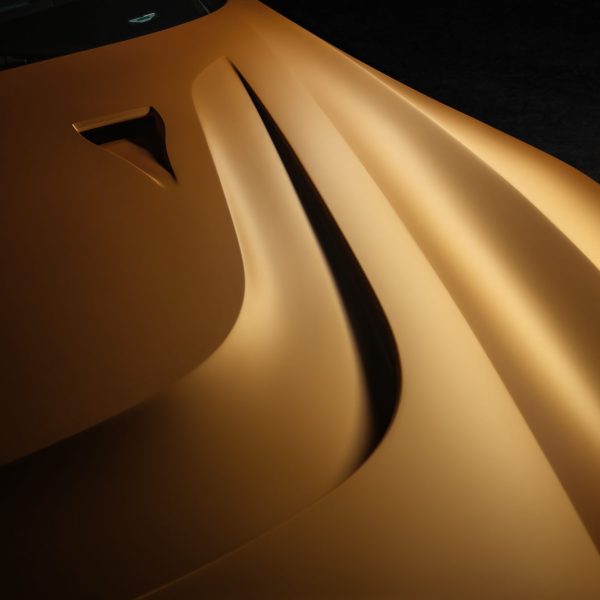
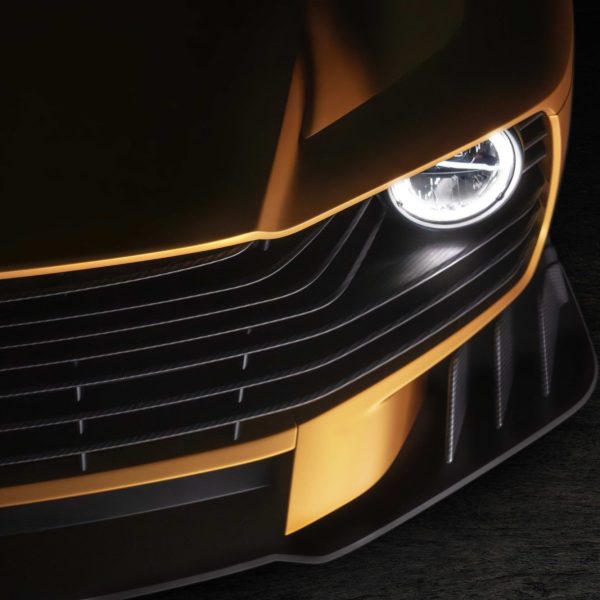
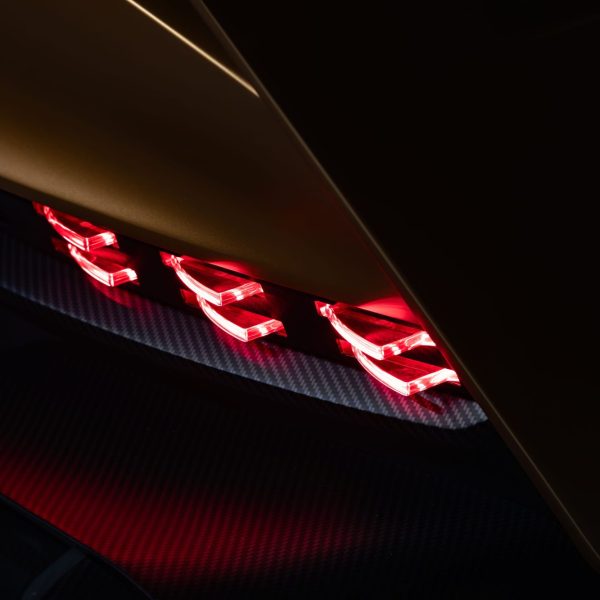

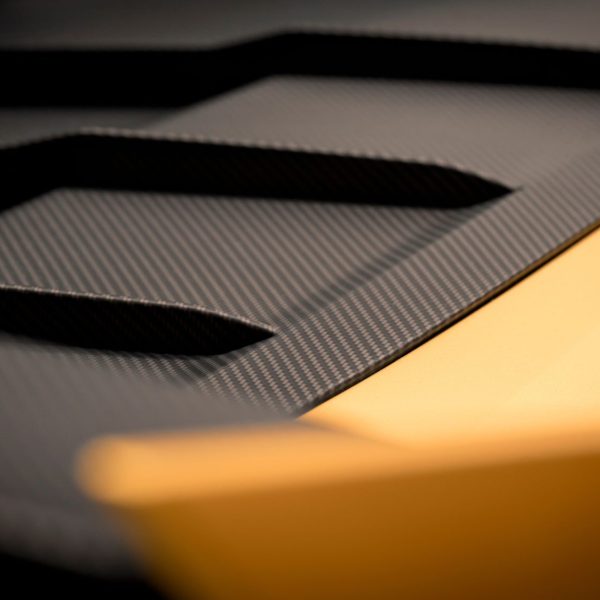

The Valiant’s aggressive and muscular design is both functional and aesthetic. The extensive use of lightweight carbon fibre shapes the car’s profile, ensuring stability and minimising drag. From the side fenders to the rear wing, every element of the car has been designed to enhance performance and create a powerful visual impact.
Simon Newton, Aston Martin’s Director of Vehicle Performance, said: “With Valiant we’ve shifted the emphasis towards much-increased track capability while retaining enough useability to remain enjoyable on the road. We’ve moved the dial in every key area to extract greater performance and deliver more excitement; increased power delivery from the V12 to develop 745PS; perfecting the chassis set-up with Multimatic ASV dampers; re-sculpting the body to produce more downforce; and employing lightweight materials and processes to reduce mass. Above all we have put the driver right at the heart of the action; honing control weights for maximum satisfaction; perfecting the shift action of the manual transmission; ensuring the increased handling limits remain accessible and rewarding. It all combines to create an amazing experience Valiant owners won’t find in any other car”.
Inside, the Aston Martin Valiant is all about the driver. The two-seat cockpit uses exposed satin-finish carbon fibre and lightweight materials to create a race-ready environment. A unique steering wheel and bespoke gearshift enhance the driving experience, while Recaro Podium seats and a built-in half-cage ensure comfort and safety.
Marek Reichman, Aston Martin’s Executive Vice President and Chief Creative Officer, said: “Valiant is an extrovert. One look leaves you in no doubt of its intentions. A true thoroughbred aimed at being enjoyed to the full on a racetrack, yet still useable on the road, it takes clear inspiration from motorsport, expressing its character through dramatic, muscular form and a plethora of beautiful, functional details. Amongst these are aero disc wheel covers, which are a nod to the mighty ‘Muncher’ Le Mans car, and a quartet of large diameter titanium exhaust pipes which honour the internal combustion and celebrate the soundtrack of Aston Martin’s magnificent V12”.
The Aston Martin Valiant will make its first public appearance at the 2024 Goodwood Festival of Speed from July 11th -14th. Fernando Alonso, the first customer, will take the Valiant for a spin on the famous Hill Climb course, showcasing its true capability.
First deliveries are due to commence in Q4 2024.
McLaren Automotive CEO, Michael Leiters thinks that the UK could and should be leader in the electrification of supercar production if investment can be sought for the domestic supply chain.
He said that the current UK supply chain is not equipped to meet the unique performance requirements of electric supercars. He wants the UK government to provide a strategy for investment in future powertrain technologies.

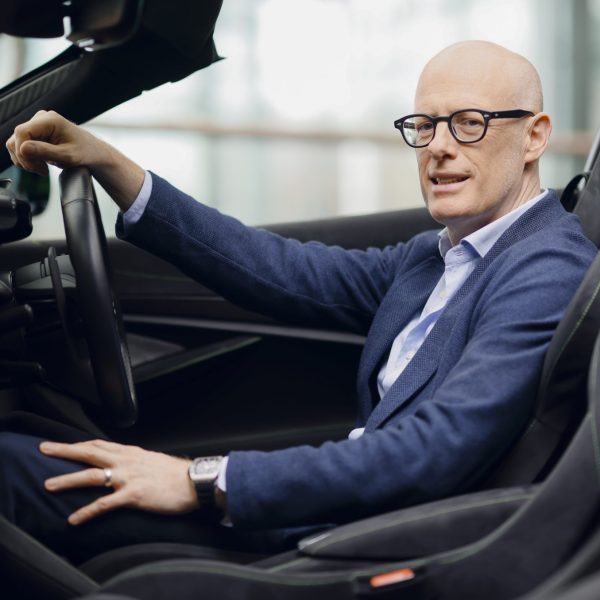
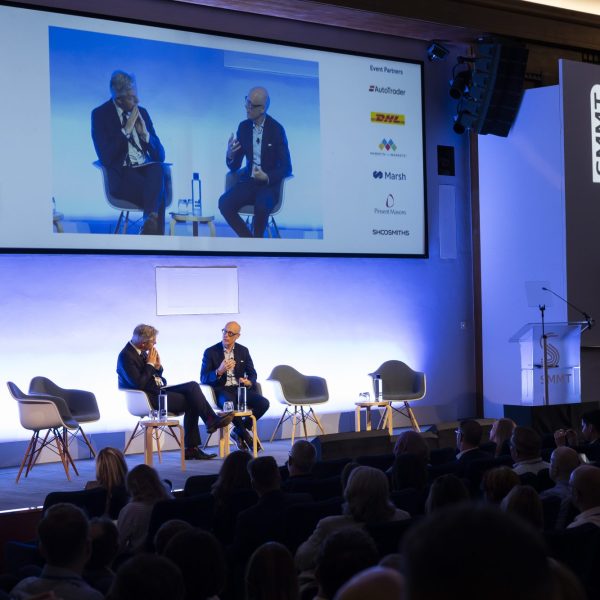

His full statement is below:
“A clear industrial strategy, led by investment in the domestic supply chain, will deliver growth, support jobs, help decarbonise the economy and secure a vibrant future for the UK performance car industry.
It’s time we regained confidence in our sector by investing in a world-class domestic supply chain to support the development of tomorrow’s high-performance vehicles.
The UK was once the world’s largest vehicle exporter. Today it remains home to some of the world’s most admired performance car brands, as well as the majority of Formula 1 racing teams.
We must harness the skills, knowledge and ingenuity of the UK motorsport and performance car industry to create a global, high-performance centre of excellence.
UK-based luxury and sports car brands command tremendous pricing power thanks to their rich histories, intrinsic brand value and class-leading performance attributes.
As a result, the productivity gross value added of McLaren employees is 51% higher than that of the UK automotive manufacturing sector as a whole.
With more than 90% of McLaren supercars being exported, the UK performance car industry provides an excellent return on investment for taxpayers.
The costs of this technological shift are astronomical, especially for low-volume, highly specialised suppliers.
Today, customer demand for electric supercars remains extremely low as the technology is not sufficiently mature to rival the performance of today’s hybrid and combustion engine offerings, which makes it a risky investment both for OEMs and their suppliers.
But we have an opportunity to invest in next-generation, high power-dense battery cell manufacturing and ensure the UK is at the forefront of future performance car powertrain technology.
Even hybrid vehicles, which we expect will account for the majority of supercars sold throughout this decade, require the need to locally source high-performance battery technology due to the EU ‘rules of origin’ requirements on exported vehicles.
Today, our hybrid McLaren Artura powertrain has 64% UK content. If this car was a pure EV, the UK content of the powertrain would reduce to 13% because we cannot currently source the relevant componentry in the UK.
Look at the McLaren P1 – a technological trailblazer which proved the capability of high-performance hybrid technology long before electrification was in the mainstream.
Developing a pure EV McLaren supercar, which can rival – if not exceed – the performance and driver-engagement of today’s supercars, could help drive the transition towards pure electrification among mass-market customers.
In the future, a thriving UK supply chain specialising in cutting-edge, high energy density cells would not only support supercar production but also other advanced manufacturing needs such as vertical take-off aircraft and drones.”
The high-performance motorsport division of the DRVN Automotive Group, Boreham Motorworks, has entered a worldwide brand license agreement with the Ford Motor Company. This partnership will see the production and remastering of some of Ford’s most historically significant road, race, and rally icons.
The first vehicle to be revived under this agreement is the Ford RS200. Celebrating its 40th anniversary, this new version of the RS200 will be a ground-up build, designed as a road-legal, Group B-inspired driver’s car. Originally launched in 1984, the Ford RS200 was engineered for the World Rally Championship, featuring a mid-engine layout, an advanced four-wheel-drive system, and a lightweight composite body. Its return will no doubt be met with celebration as one of the most admired rally cars of the 20th century.
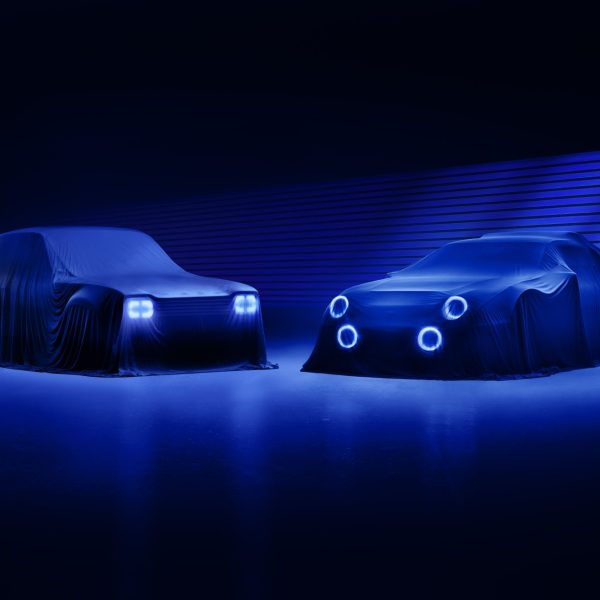
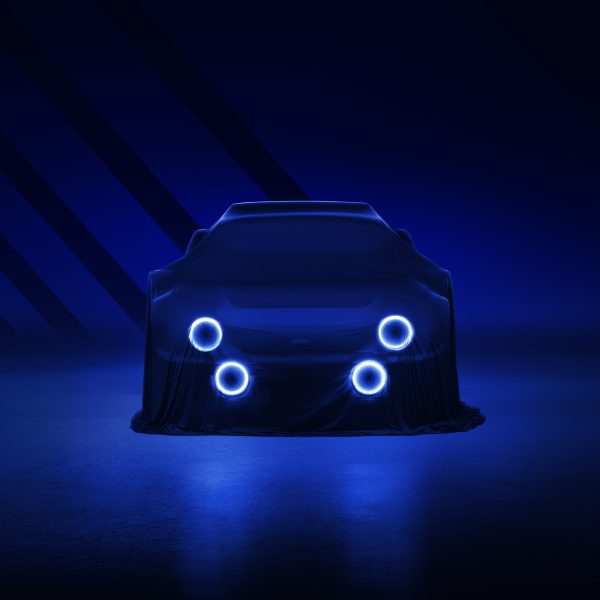

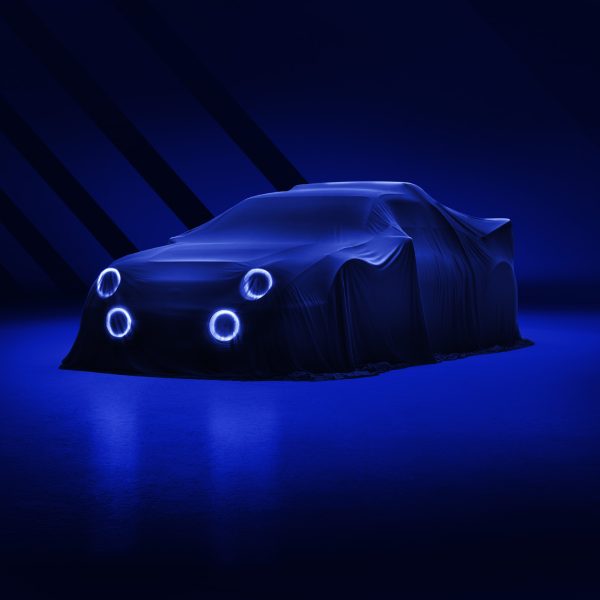
In addition to the RS200, Boreham Motorworks will also produce blueprint-accurate, period-sympathetic continuations of other iconic Ford vehicles, beginning with the Ford MK1 Escort. First introduced in the late 1960s, the MK1 Escort quickly became a motorsport legend due to its lightweight design and advanced suspension setup, which provided exceptional handling and agility on both road and rally stages. This remastered MK1 Escort will be produced in very limited numbers and will carry continuation VIN numbers, preserving its historical authenticity.


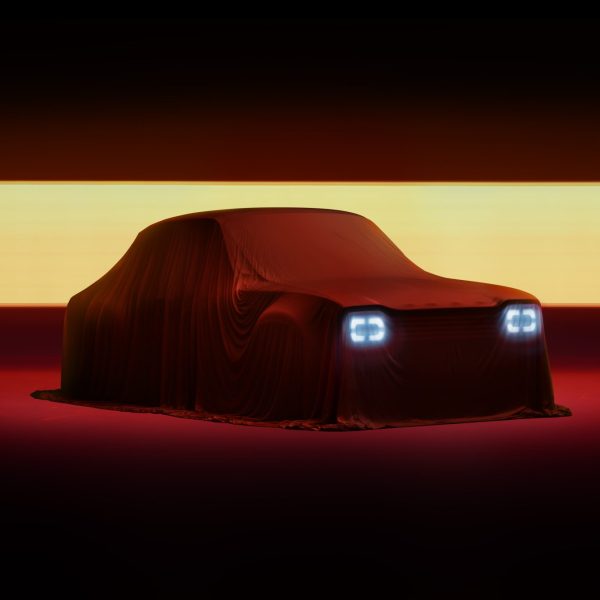

Boreham Motorworks will offer these exclusive vehicles alongside membership to The Boreham High-Performance Club. This invitation-only club gives members driving experiences on a global scale.
At least five more iconic Ford vehicles will be celebrated in this series, with the Ford MK1 Escort continuation making its public debut later this year. Interested parties can register their interest directly with Boreham Motorworks right now!
This collaboration comes at an already exciting time for Ford Performance Motorsports, which is expanding its racing programs globally. Upcoming projects include the Mustang GT3 at Le Mans, a new Ford Raptor for the Dakar rally in 2025, and Ford’s return to the pinnacle of motorsport.
Bugatti has once again set a new standard in the hypercar world with the introduction of the Bugatti Tourbillon. Following the incredible lineage of the Veyron and Chiron, the Tourbillon marks the beginning of a new era, blending cutting-edge technology and mechanical genius as this beautiful new car combines an all-new V16 engine with an electrified powertrain!
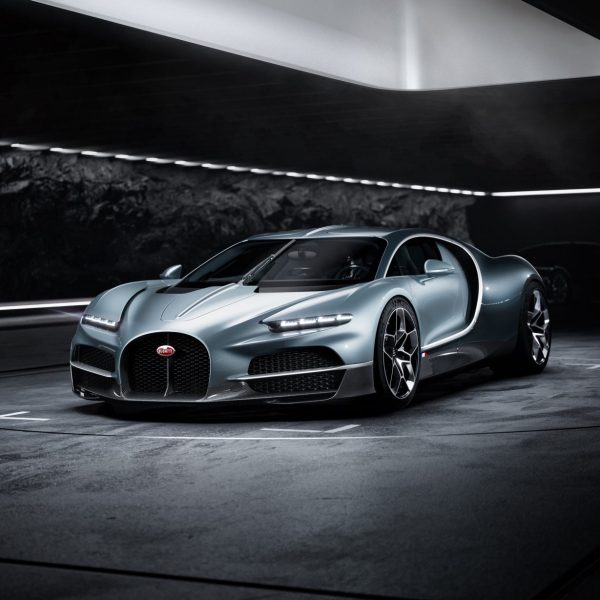


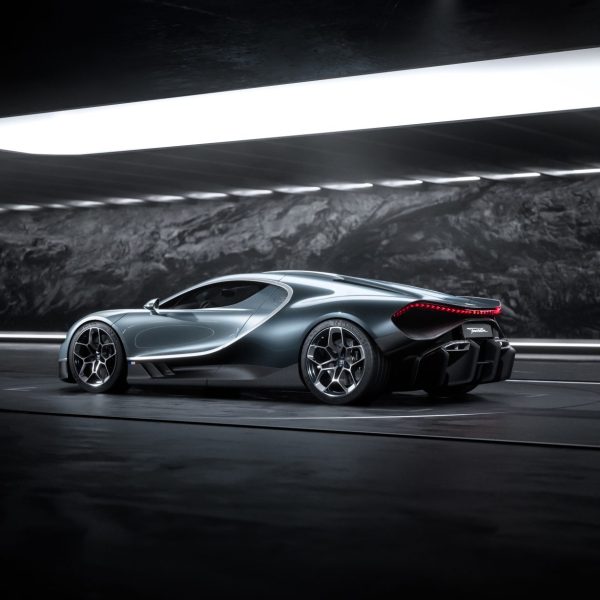

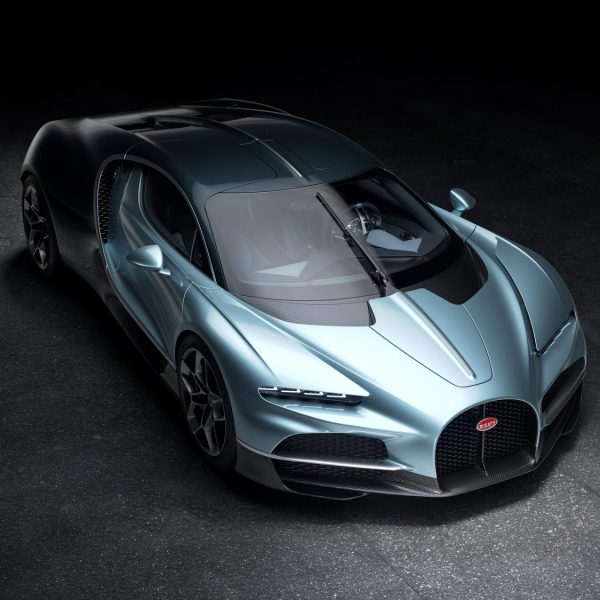

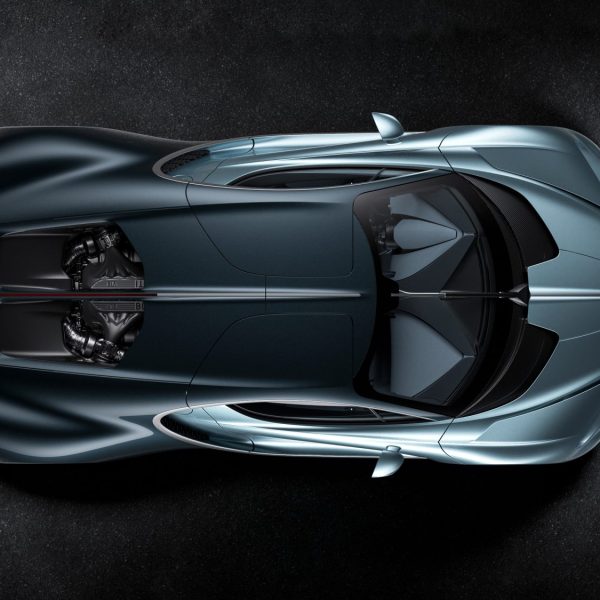
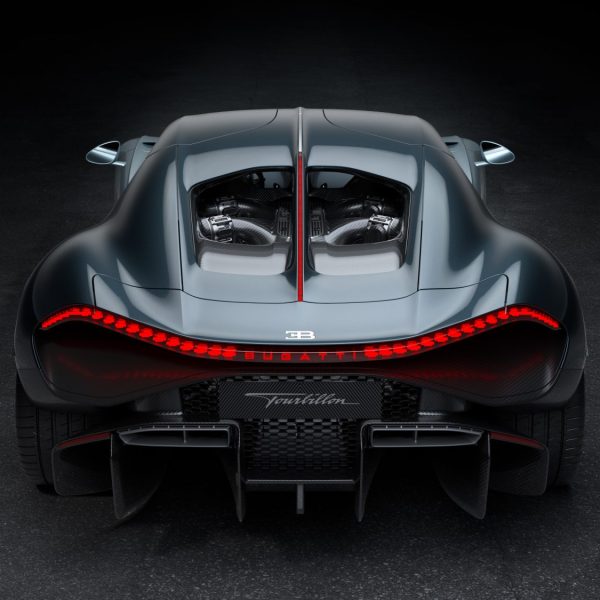
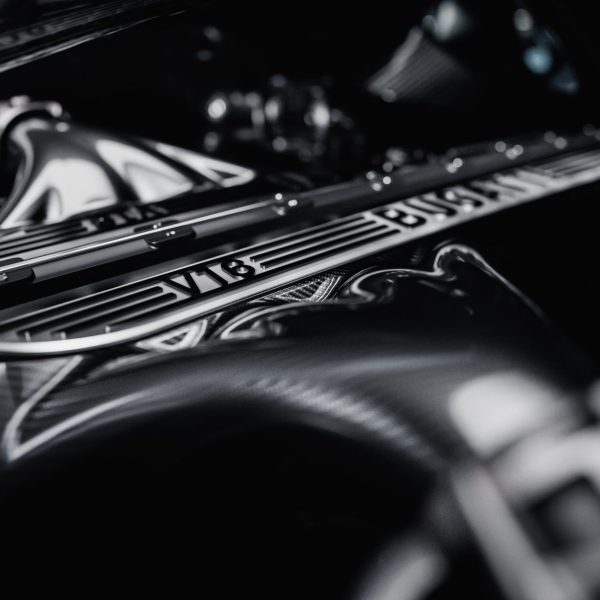
The Bugatti Tourbillon, named after the intricate and timeless watchmaking invention, represents a move away from tradition for the French car manufacturer. Instead of the iconic W16 engine, the Tourbillon features an all-new 8.3-litre, naturally aspirated V16 engine, paired with an electric powertrain. This hybrid system, developed in collaboration with Cosworth, delivers a mindblowing 1,800 horsepower.
The advanced powertrain includes a front e-axle with two electric motors and an additional motor at the rear. The result… insane agility and traction. With this hybrid setup, the Tourbillon has a top speed in excess of 250 mph!
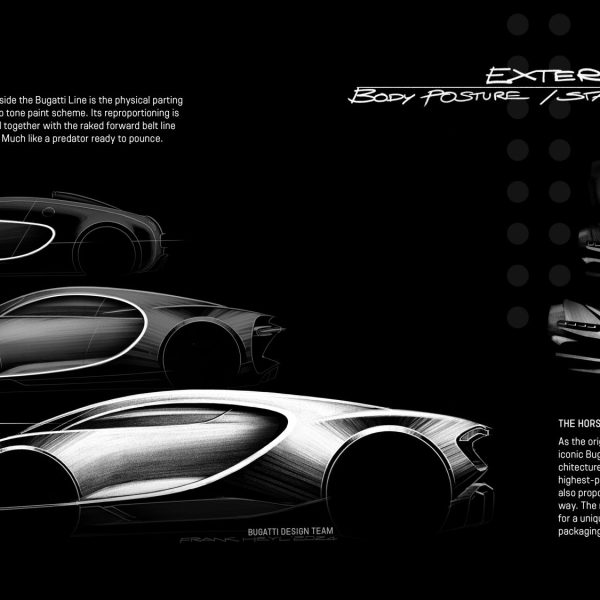
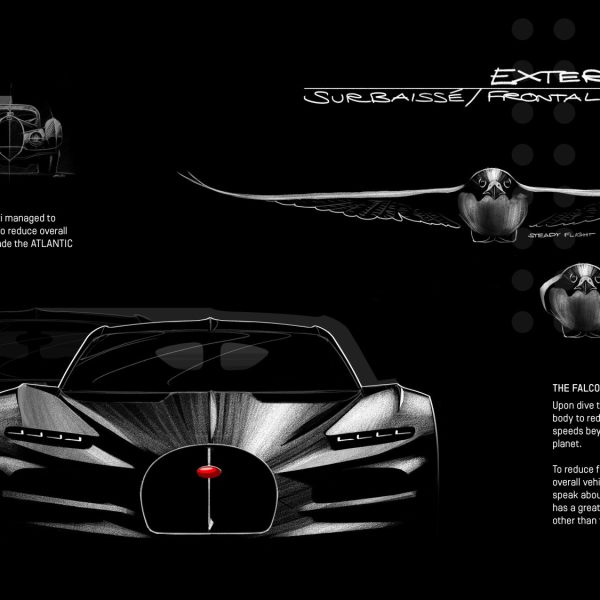
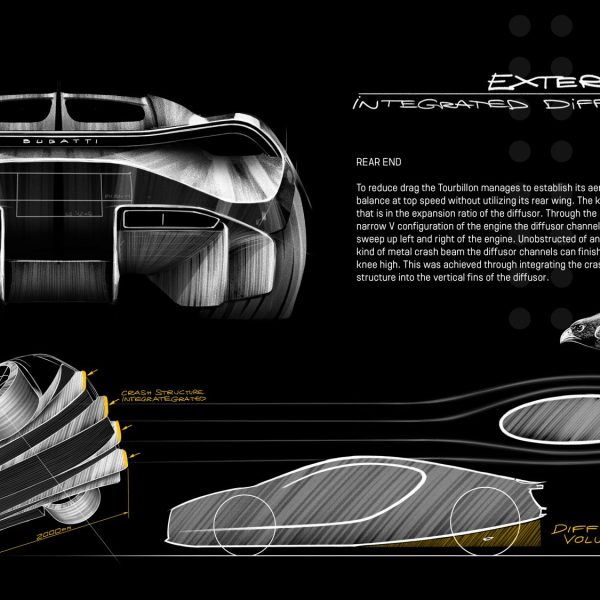
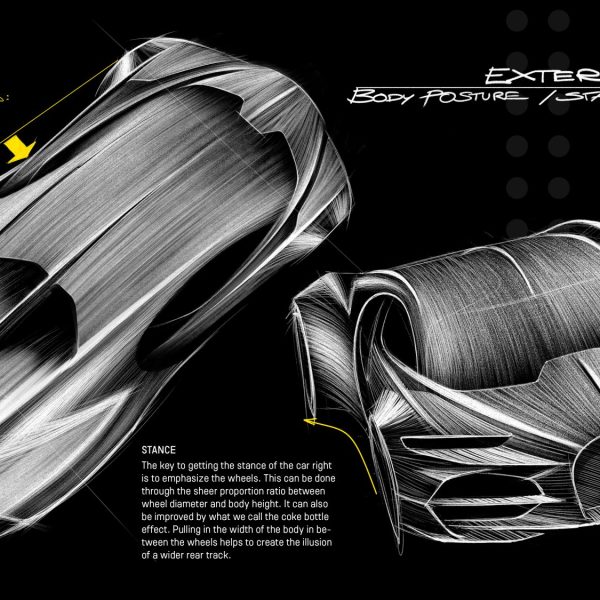
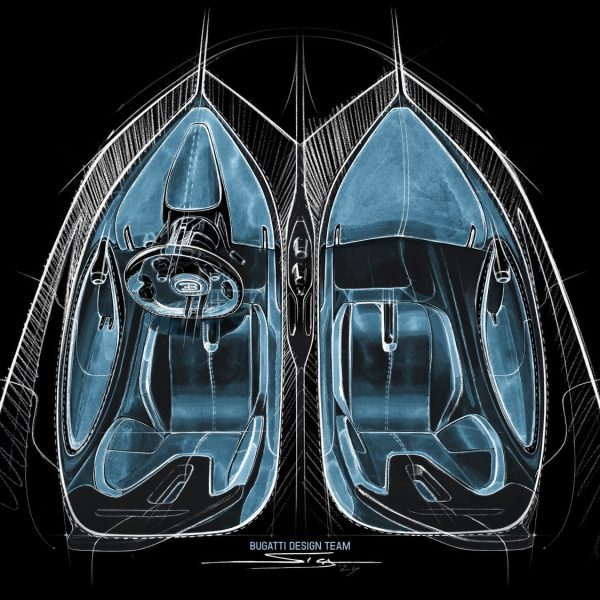
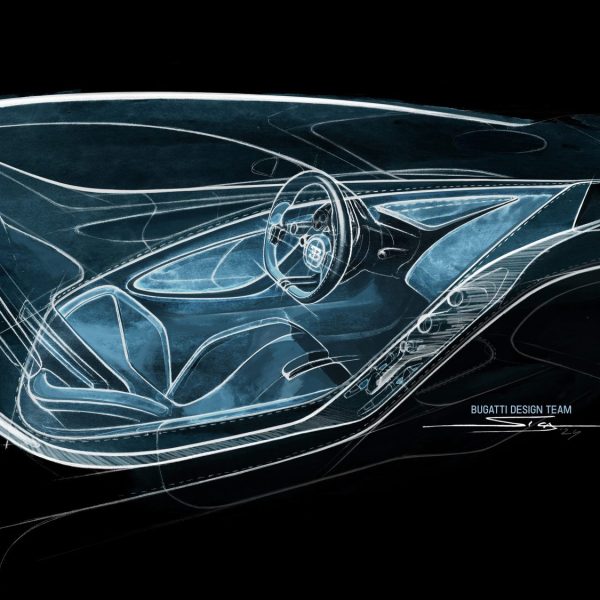
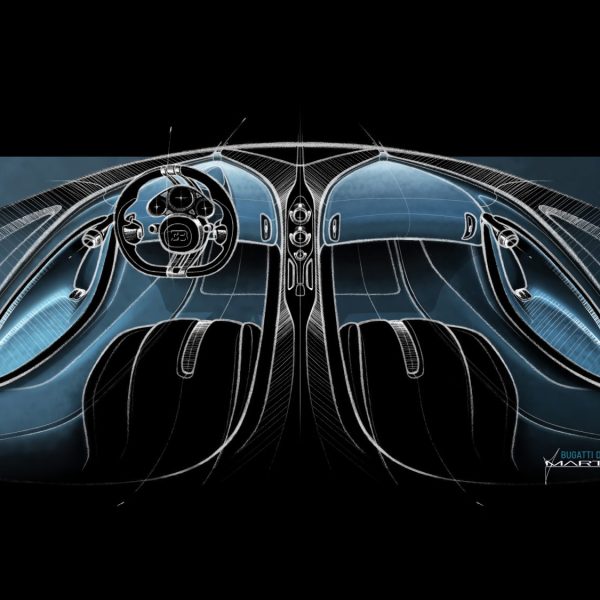



You can clearly see that the Tourbillon has been designed with both beauty and function in mind. It features Bugatti’s signature horseshoe grille, Bugatti Line, a central ridge, and a dual-colour split. In very simple terms…it’s beautiful!
Aerodynamically, the Tourbillon is equally as impressive. It includes a submerged rear wing that provides perfect equilibrium at high speeds and an advanced diffuser concept that enhances balance and efficiency.

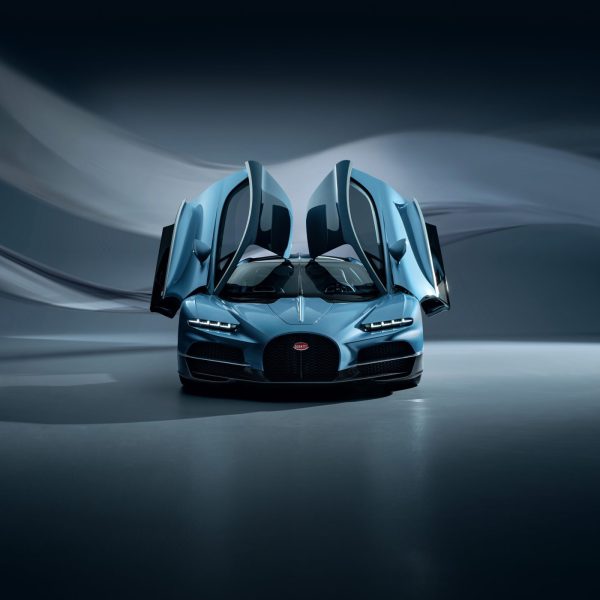
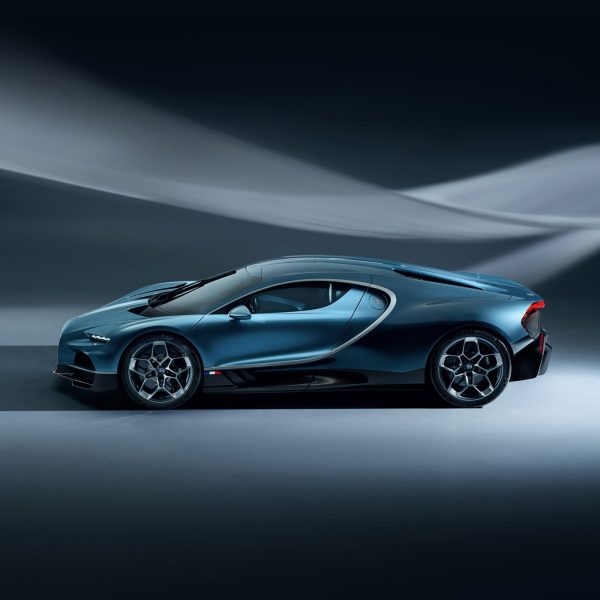
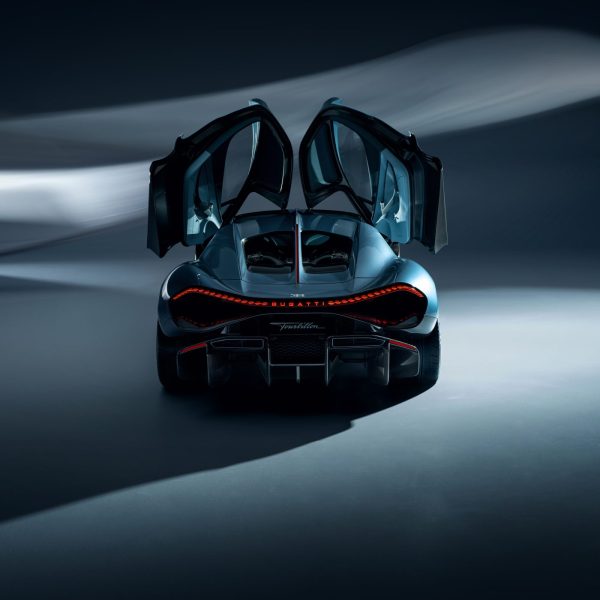
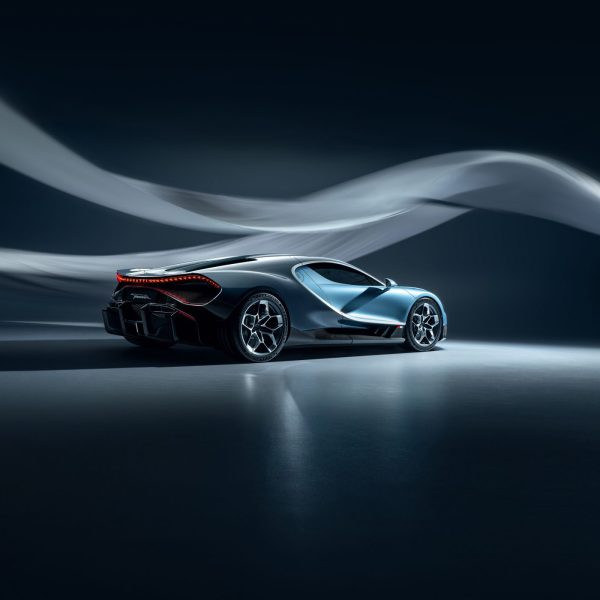

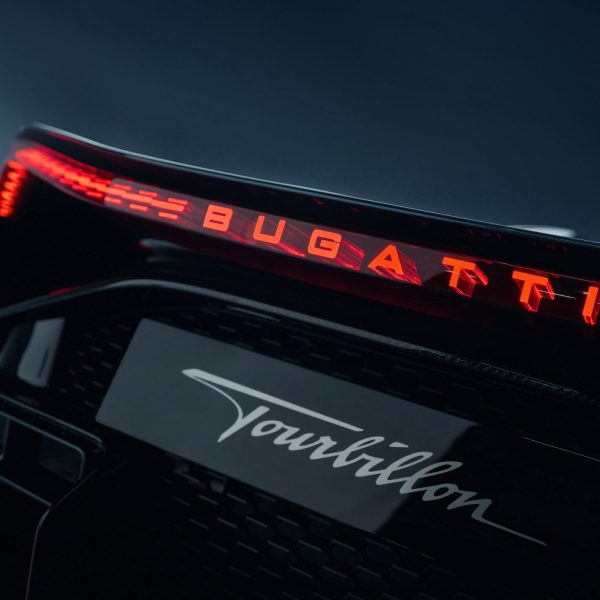

Taking inspiration from horology (the study of time and the art of measuring it), the cabin of the Tourbillon has a fixed hub steering wheel paired with a Swiss-made analogue instrument cluster. The centre console is made from crystal glass and anodised aluminium and houses intricate mechanical switches and a deployable high-definition digital screen.
Again, my words don’t seem to fully convey how beautiful this car truly is.

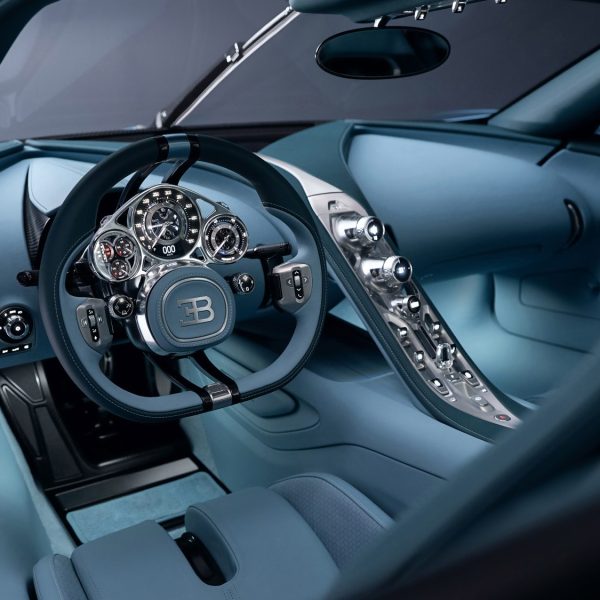
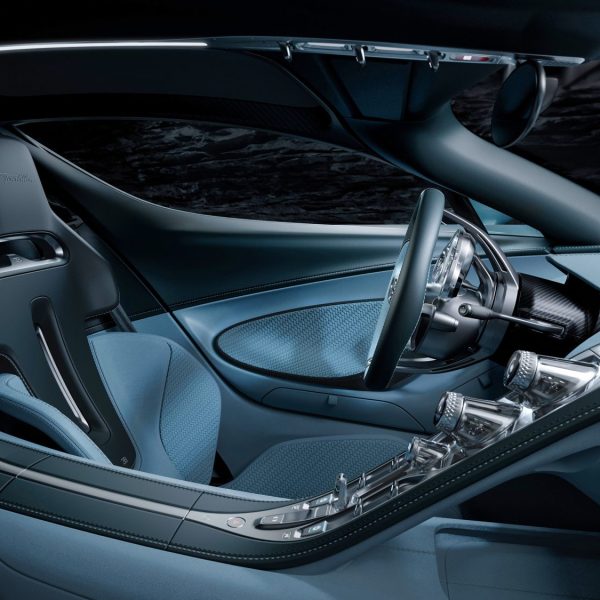
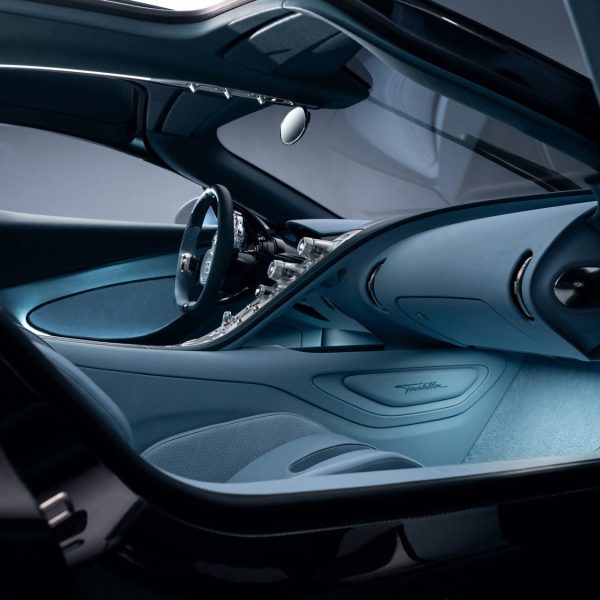
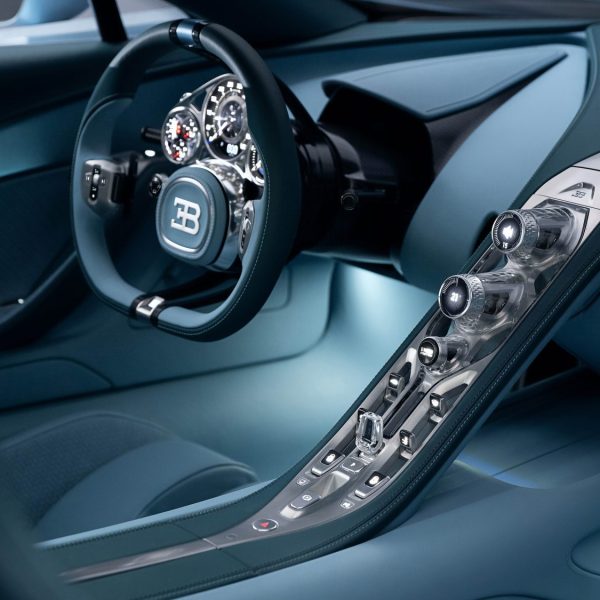
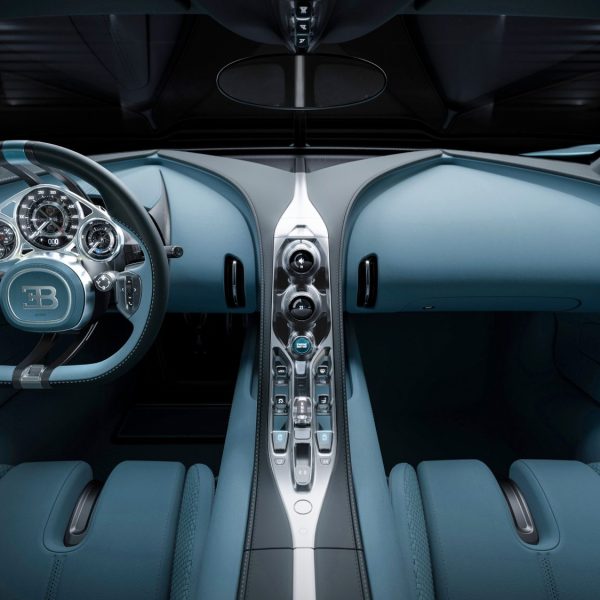

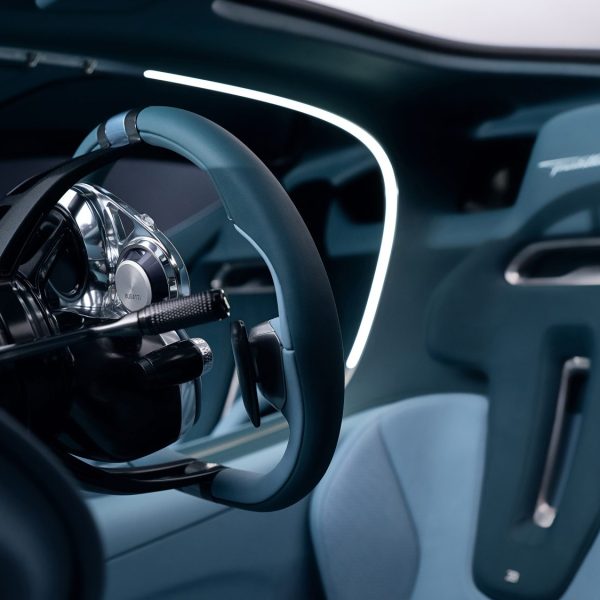
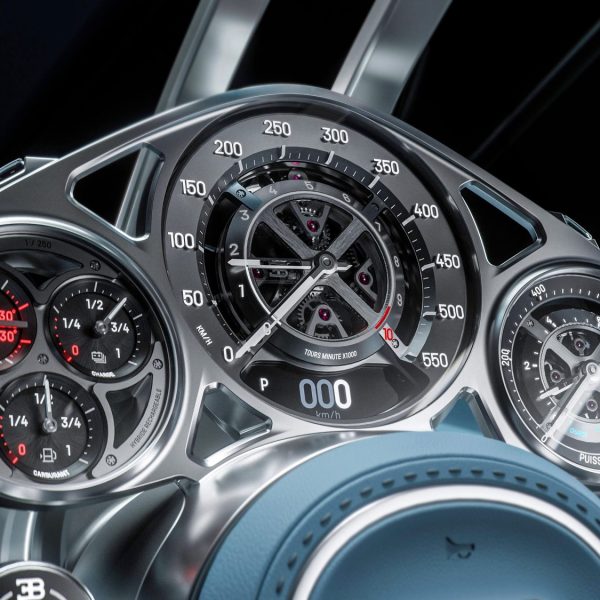

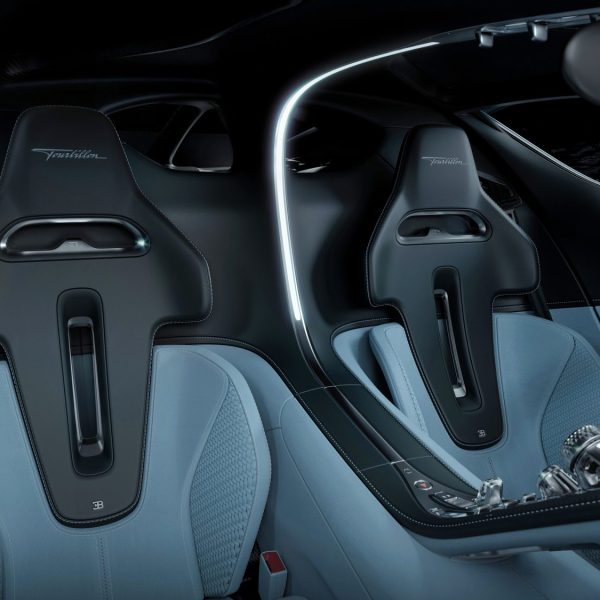
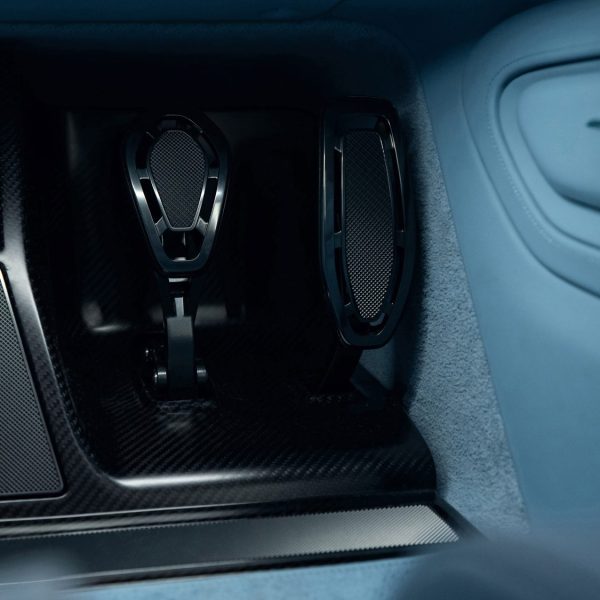
The Tourbillon’s chassis and body structure are made from next-generation T800 carbon composite, which integrates the battery as a structural element. This integration enhances rigidity and weight savings. Additionally, the use of advanced materials and 3D-printed components contributes to a lighter, stiffer structure.



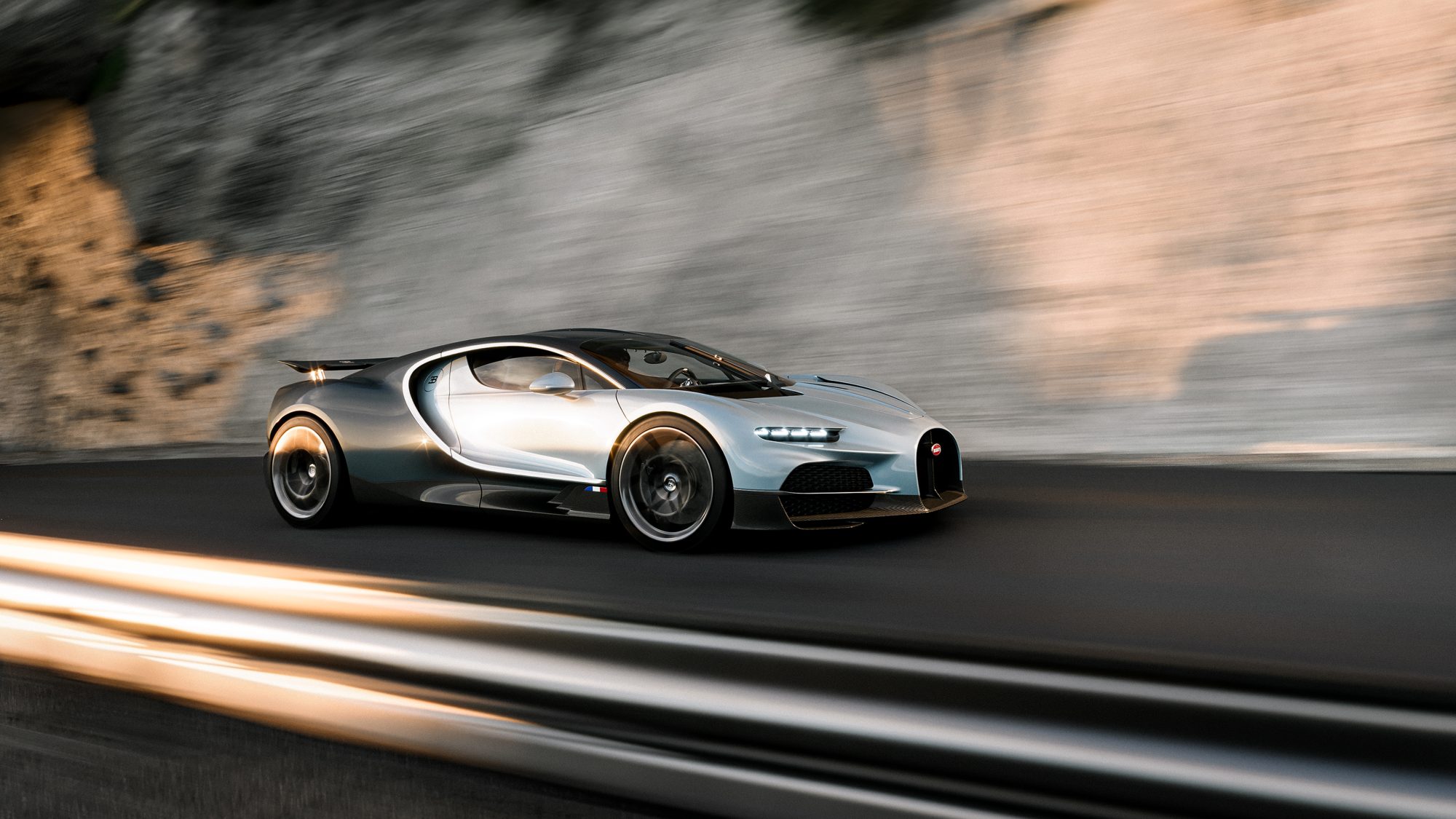
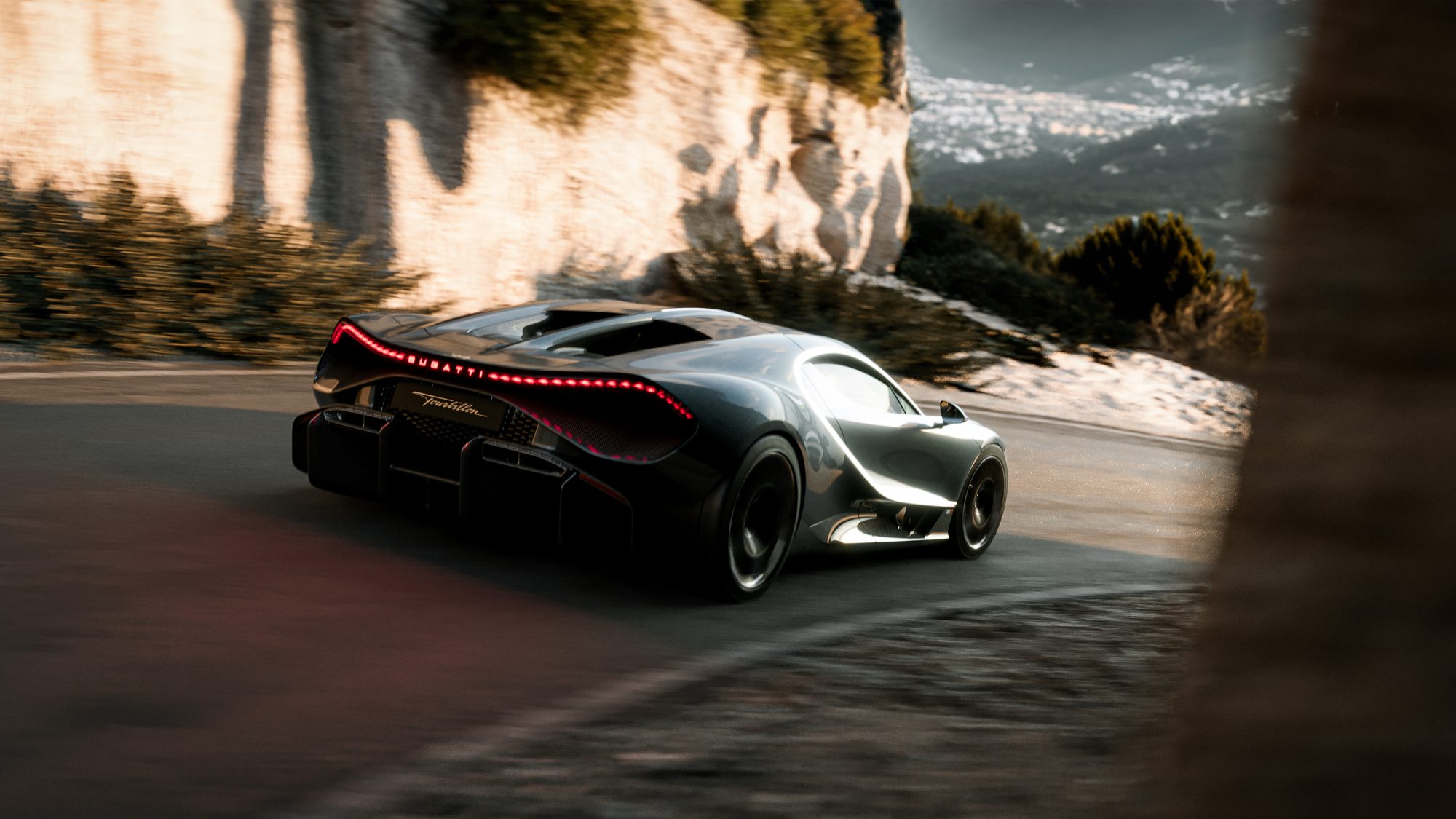
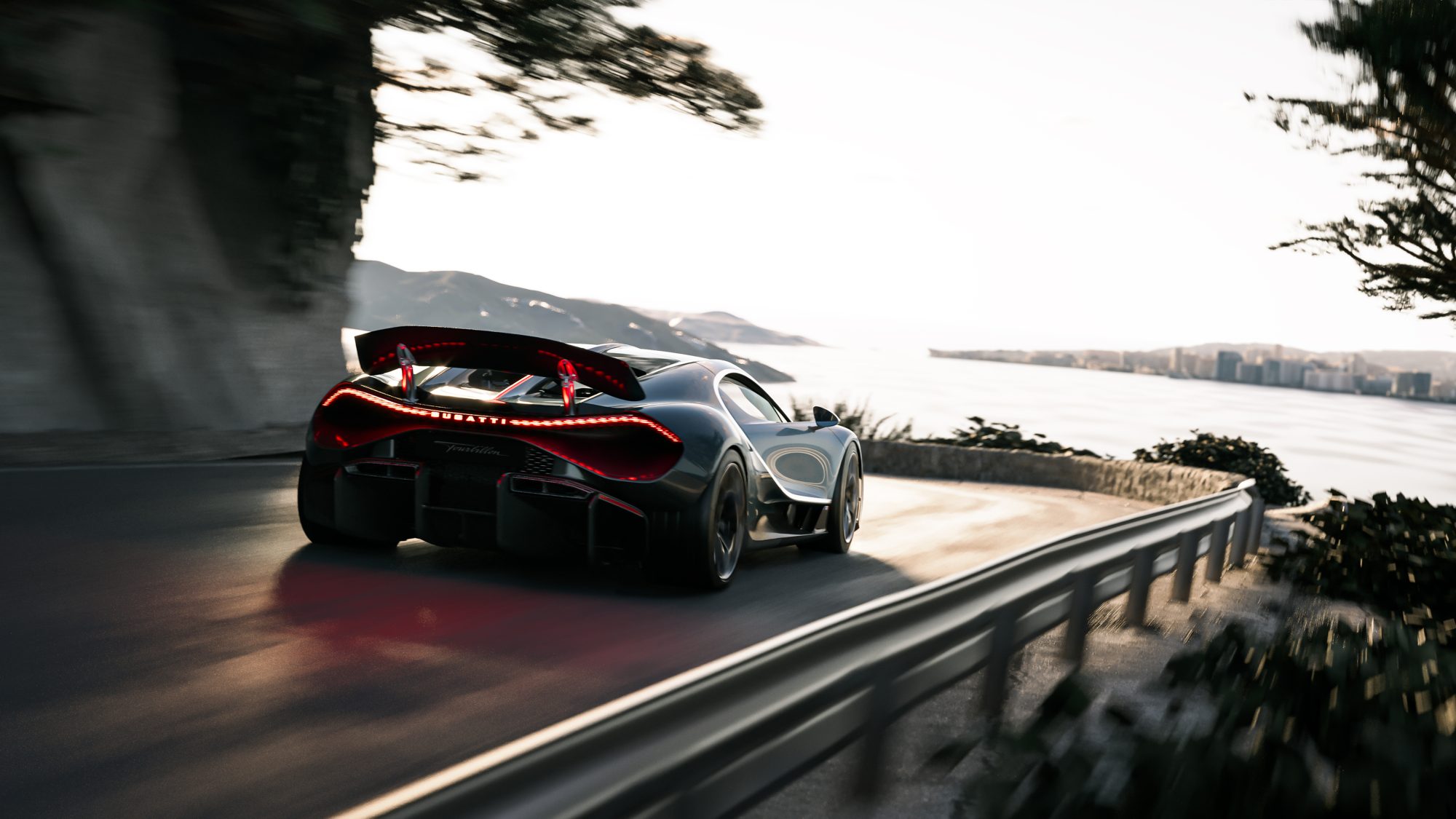


The Bugatti Tourbillon is set to begin customer deliveries in 2026 and will be limited to just 250 units. With a starting price of just over £3.2 million, this hypercar is set to be a highly collectable vehicle.
All that being said though, I feel like this is one car I need to drive just once so I can experience its power and beauty firsthand.
A collaboration between eBay and the charity Mission Motorsport is taking a 2016 Subaru BRZ, which was previously a Category N (CAT N) vehicle due to crash damage, and bringing it back to life. To make things more interesting, it’s being done entirely with parts purchased through eBay’s Assured Fit, Certified Recycled Parts, and My Garage services. The project aims to highlight not only the range of products available on eBay but also their affordability.
Mission Motorsport’s work on the BRZ involves veterans and former service personnel, providing them with hands-on experience and career opportunities in the automotive world. Once the car is fully rebuilt, the plan is to transform it into a race-ready vehicle compliant with MSUK specs. It will then compete in the Race of Remembrance at Anglesey in November, marking the 10th anniversary of the fundraising event. During the race, the team managing the car – from drivers to pit crew – will consist mostly of individuals who use wheelchairs or have significant lower limb injuries.
Mark White, Operations Manager at Mission Motorsport, said: “We knew from its eBay listing that our Subaru had sustained front and rear damage, but it wasn’t until we got our hands on the BRZ that we could completely understand the scale of our challenge facing our former services personnel. We’ve sourced replacement light clusters, body panels, suspension components and even a seat using eBay Assured Fit, perfectly showcasing the breadth and scale of choice available to motorists through the online marketplace.”
For those unfamiliar, a CAT N classification indicates that a vehicle has been in an accident but hasn’t suffered any structural damage. Among the four damage categories (A, B, S, and N), CAT N is considered the least severe.
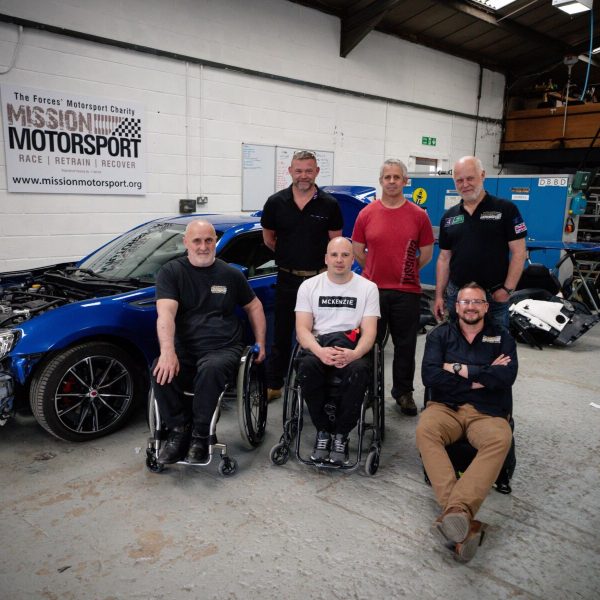


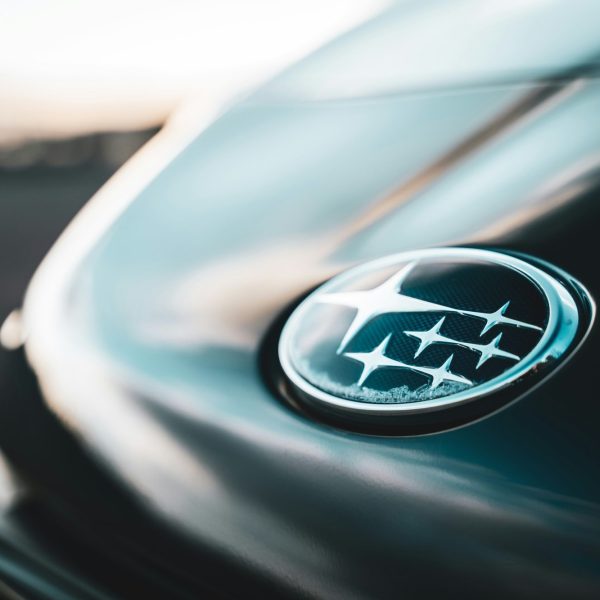
eBay’s research, conducted through a Freedom of Information request, reveals that 186,423 cars and light commercial vehicles (LCVs) were categorized as CAT N in 2023. This figure is slightly lower than in 2022 (186,999) and significantly less than the pre-pandemic numbers of 195,938 in 2019. During the pandemic, numbers dropped even further, with 156,071 in 2021 and 142,524 in 2020, largely due to reduced traffic and fewer accidents.
Despite these numbers, more than 80% of UK motorists don’t fully understand what CAT N means. However, once informed, 26% would consider purchasing a CAT N vehicle, provided there are significant savings – with 28% saying they’d only buy if the price was at least 30% below market value. A CAT N classification means the insurer deemed repair costs to exceed the vehicle’s total value, even though it can be made safe and roadworthy again. Vehicles marked as CAT N often sell for less, even after repairs. Interestingly, 42% of the 2,000 surveyed motorists said they’d feel safe buying a repaired CAT N vehicle.
For those choosing to buy and repair a CAT N vehicle, eBay’s Assured Fit makes sure they find the right parts using vehicle registration data. The Certified Recycled program offers OEM quality parts from end-of-life vehicles, providing cost savings and extending the lifecycle of these parts.
Laura Richards, Category Lead at eBay car parts and accessories, said: “Consumers are seemingly unaware of insurance write-off categories and what they really mean. With some fixes to get them back on the road being relatively straight forward, the parts motorists might need are easy to find through eBay using the My Garage function. Meanwhile our Certified Recycled programme provides quality assured reclaimed parts at even more affordable prices.”
eBay’s study also highlighted the most common cars classified as CAT N write-offs in 2023. The Ford Focus topped the list with 7,217 cases, followed by the Ford Fiesta (6,422), Vauxhall Astra (6,363), Volkswagen Golf (6,123), and BMW 3 Series (5,283). Classic British cars like the Lotus Esprit, Ford Anglia, Jaguar XJS, Morris Minor, and Triumph Spitfire were also among the CAT N vehicles last year. Surprisingly, high-end models like the Ferrari California, Aston Martin Vantages, and Porsche 911 Targas also made the list.
Motorists can also purchase directly from OEMs like Ford, Toyota, Lexus, BMW, MINI, Jaguar Classic, and Land Rover Classic through official eBay stores too. This means you can have the confidence of a genuine part for a much better price.
To demonstrate this, eBay compared the prices of Certified Recycled Parts to new ones. For example, a rear bumper for a Ford Focus could save motorists £242.84, and a Vauxhall Astra boot lid could save up to £609.43 by opting for a Certified Recycled Part.
It will be interesting to see if the project is successful and if everything needed to bring the car back to life can be found on eBay alone.
At Bridge Classic Cars, we always try to do our bit to raise awareness of important causes. When a member of the team was diagnosed with cancer a few months ago, it quickly became apparent that several members of the Bridge Classic Cars team have experienced cancer first-hand.
After reaching out to our friends and family, we brought together a group of men to help break the silence and encourage conversation about what it means to be diagnosed with the ‘Big C’.
Although things have come a long way, there is still a stigma around men talking about emotional topics. The aim of this project is to show that men can talk about the impact that cancer had on them and their families. We have put together a 35-minute video that shows the conversation that took place in the hope that more of them happen as a result.

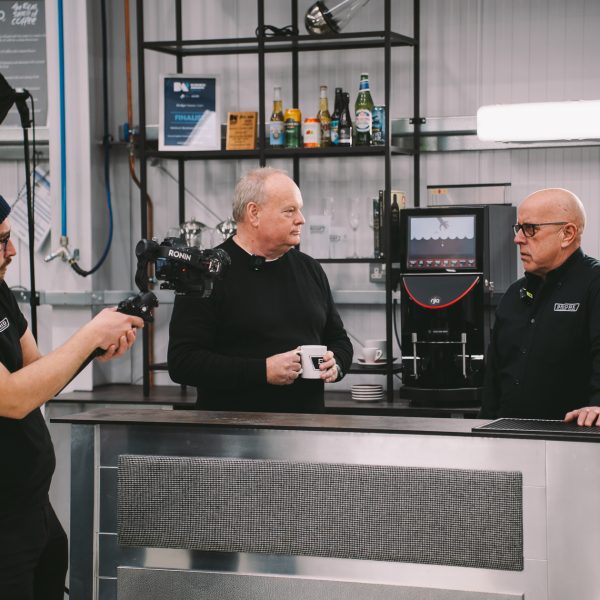
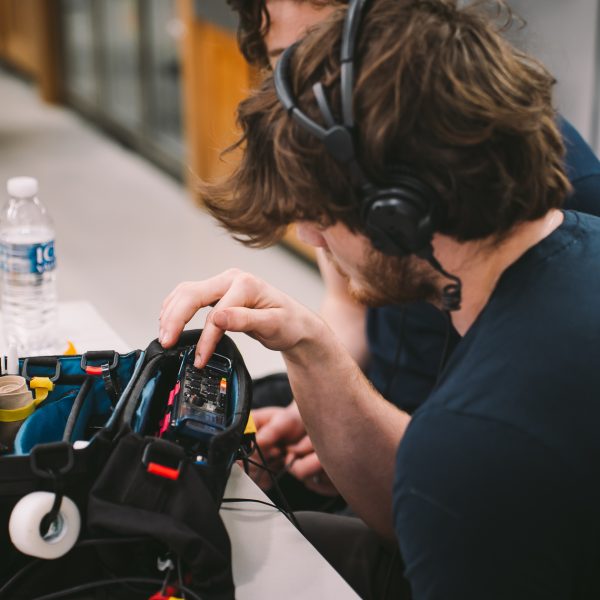
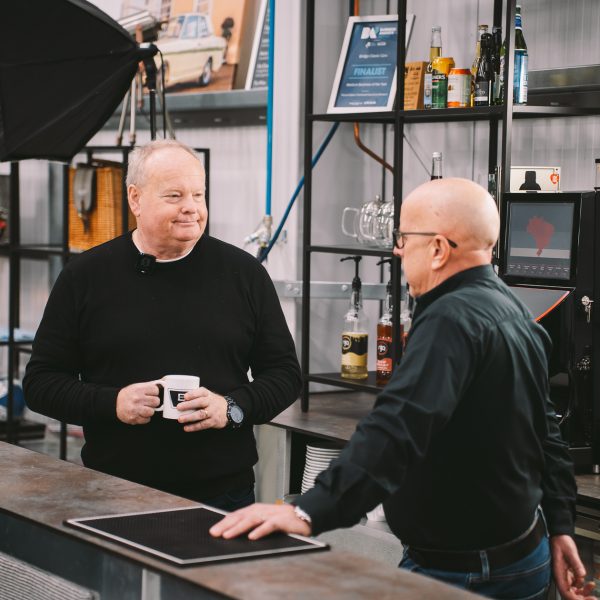

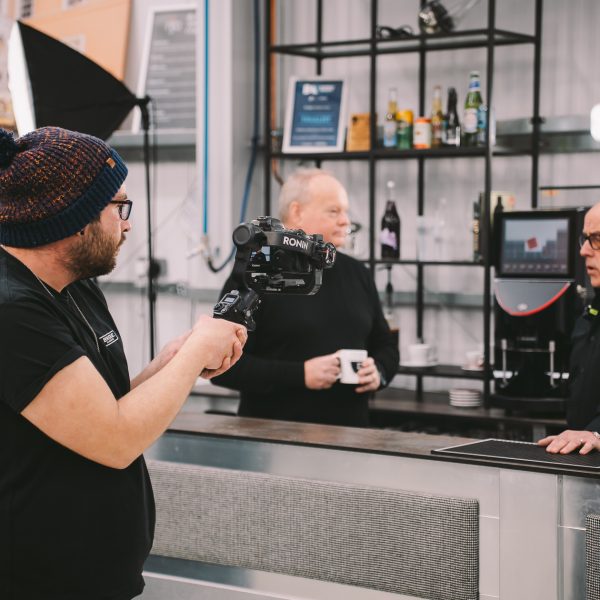

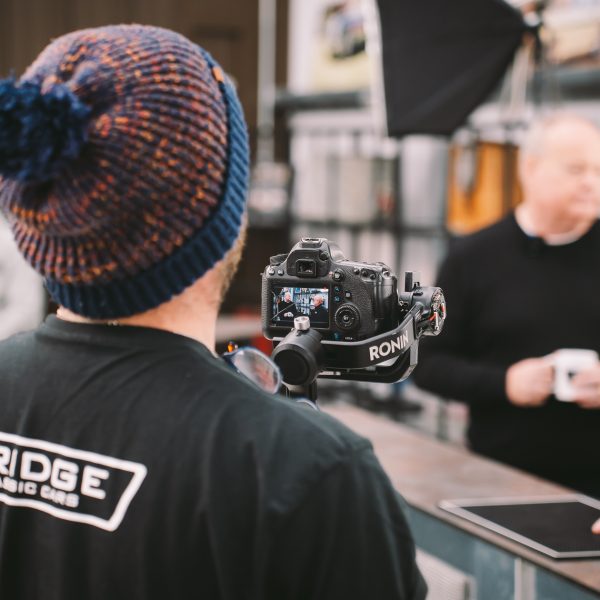
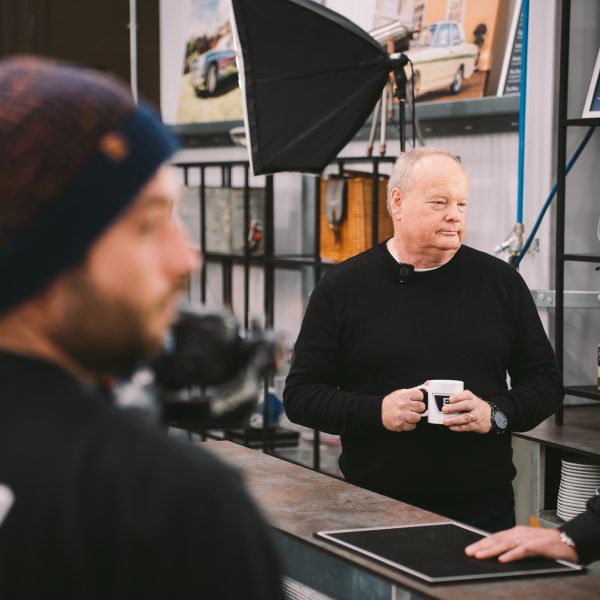







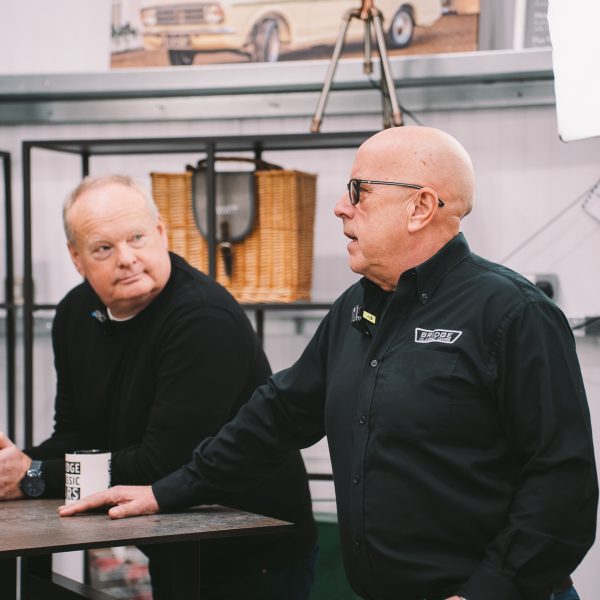






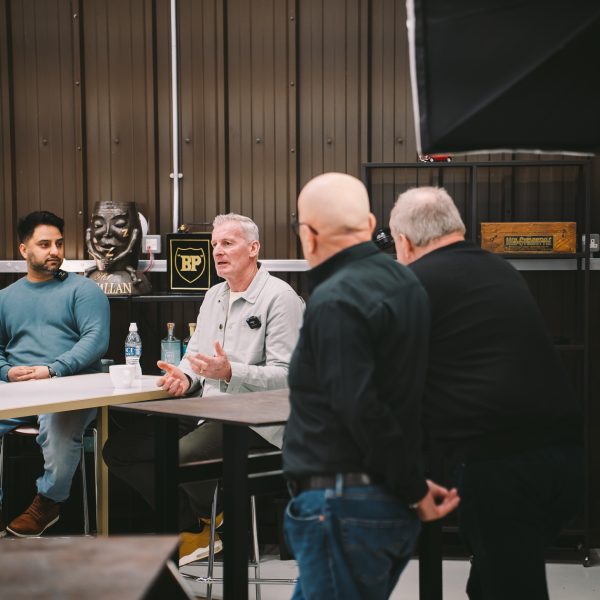
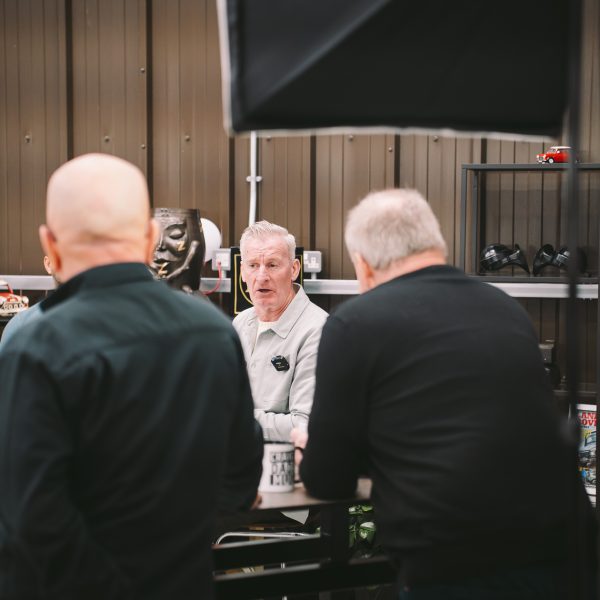

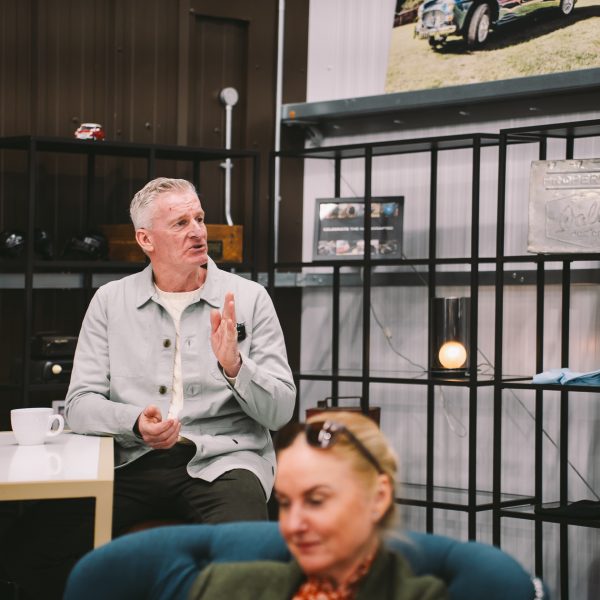


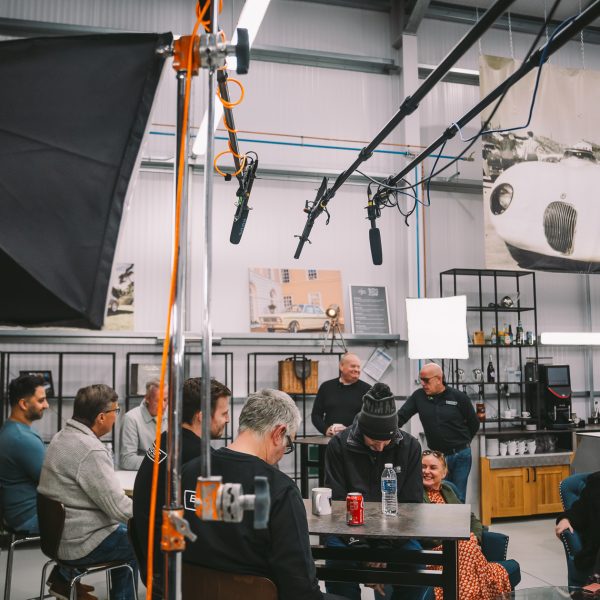
Cancer is often dealt with in silence, especially among men. Societal expectations and personal fears can create barriers to open discussion. Our project seeks to take down these barriers. Our video captures raw, honest conversations about the fears, the struggles, and the triumphs of living with and beyond cancer. The men in the video talk about their initial reactions, their treatments, and the emotional toll the disease has taken on them and their loved ones.
The video also features the voices of the wives and partners who have stood by these men through their cancer journey. Their perspectives highlight the ripple effect of cancer, showing how it touches not just the individuals diagnosed but also their entire support networks. These women speak of their own fears, their roles as caregivers, and the strength they’ve found in supporting their partners.



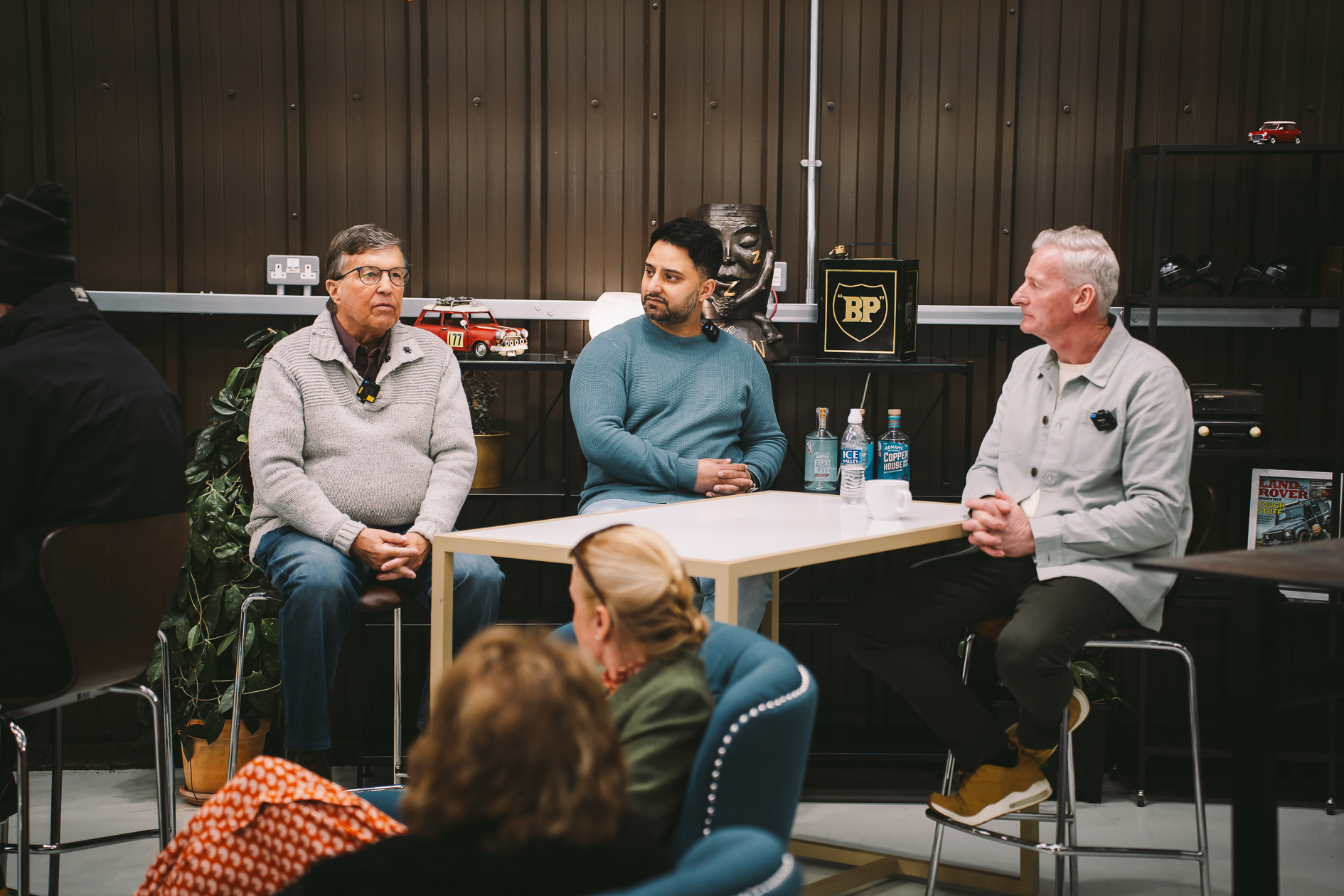


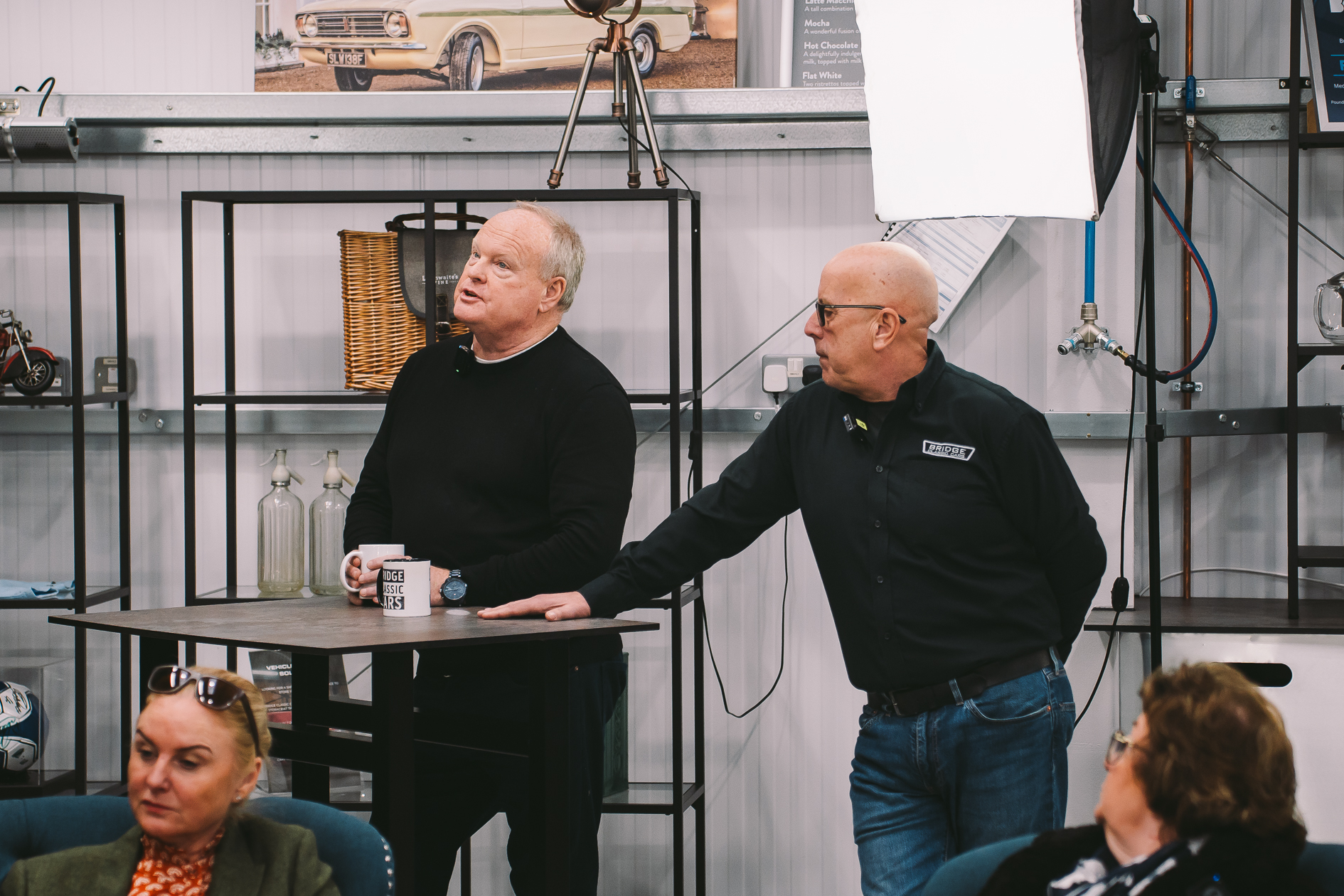
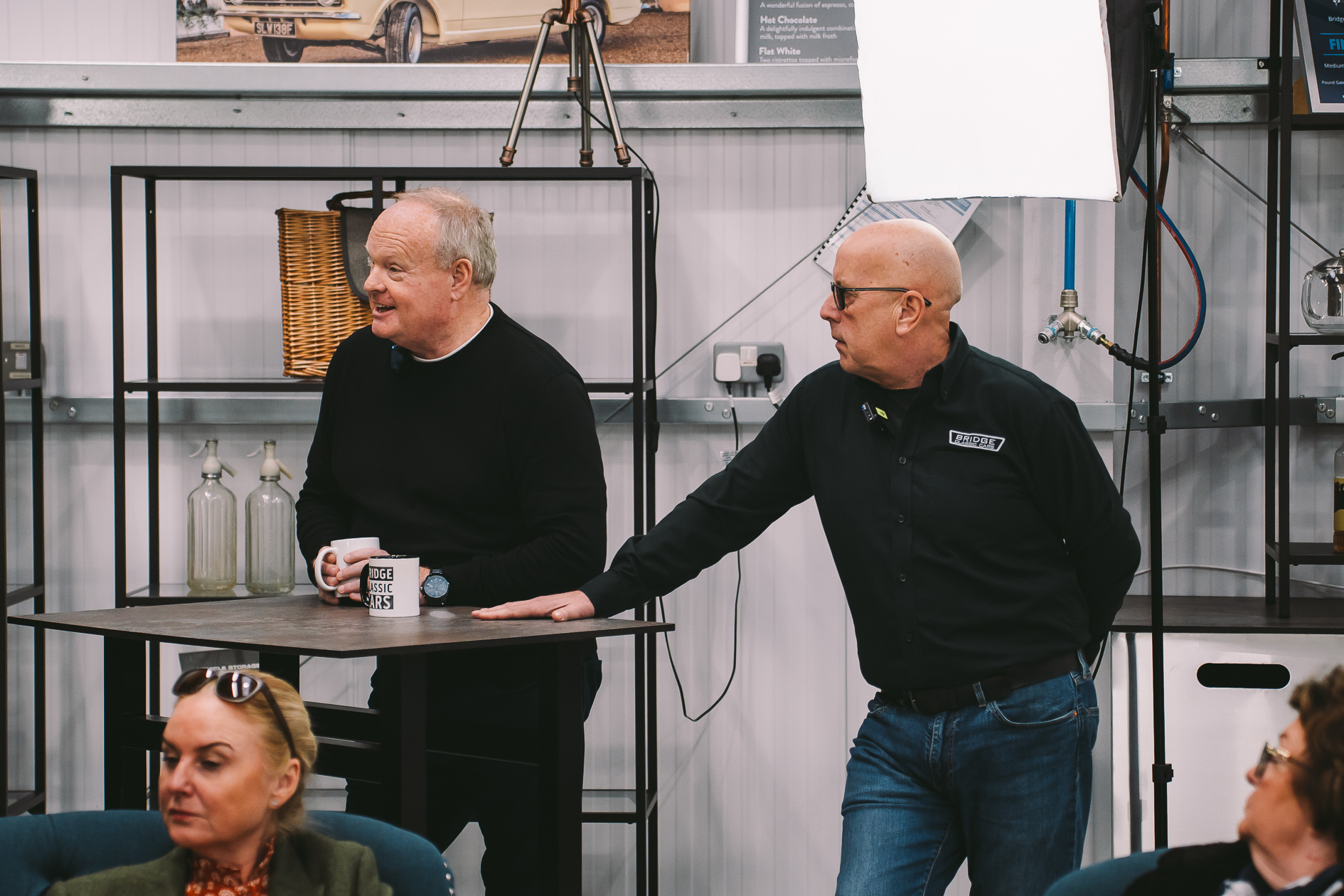


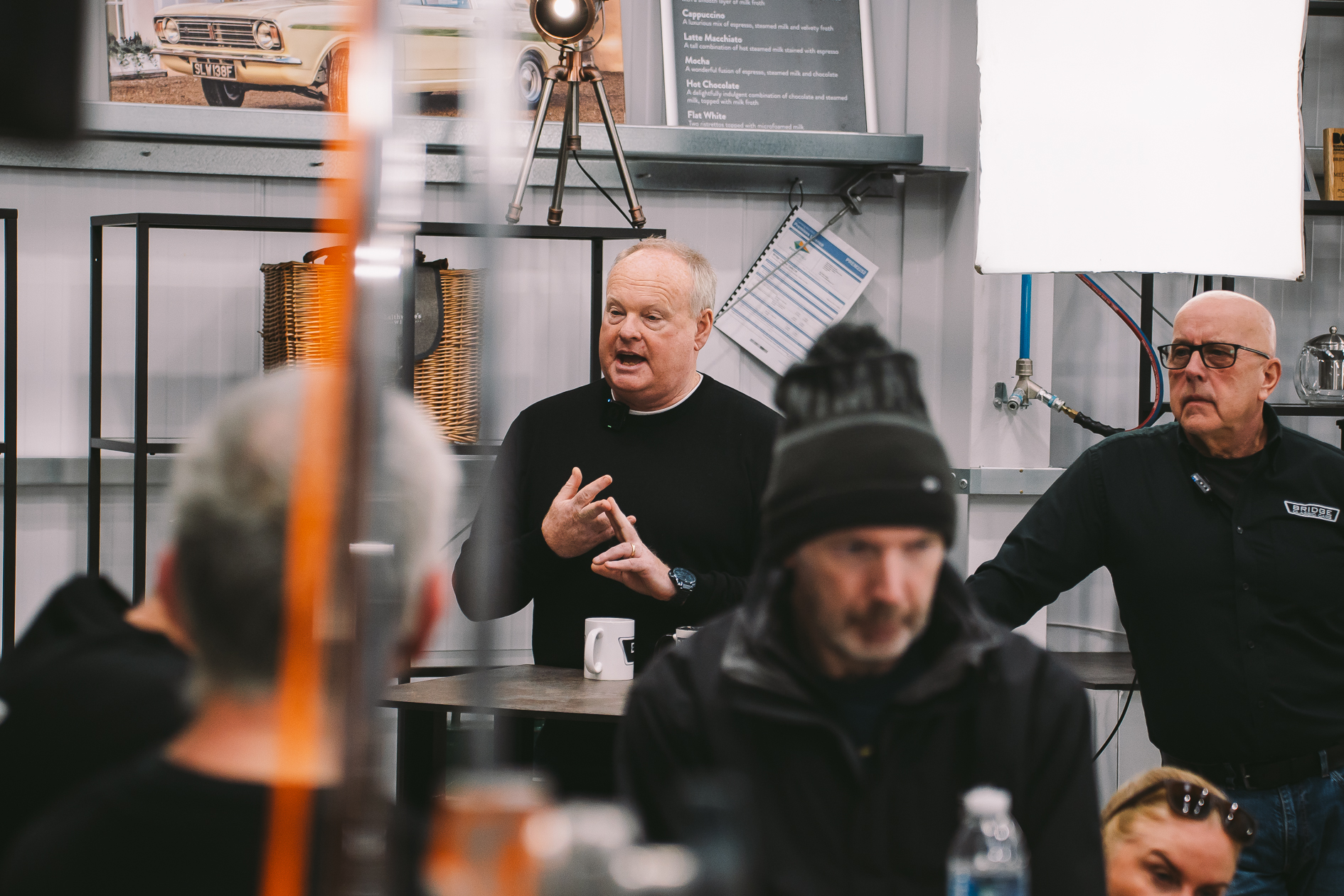




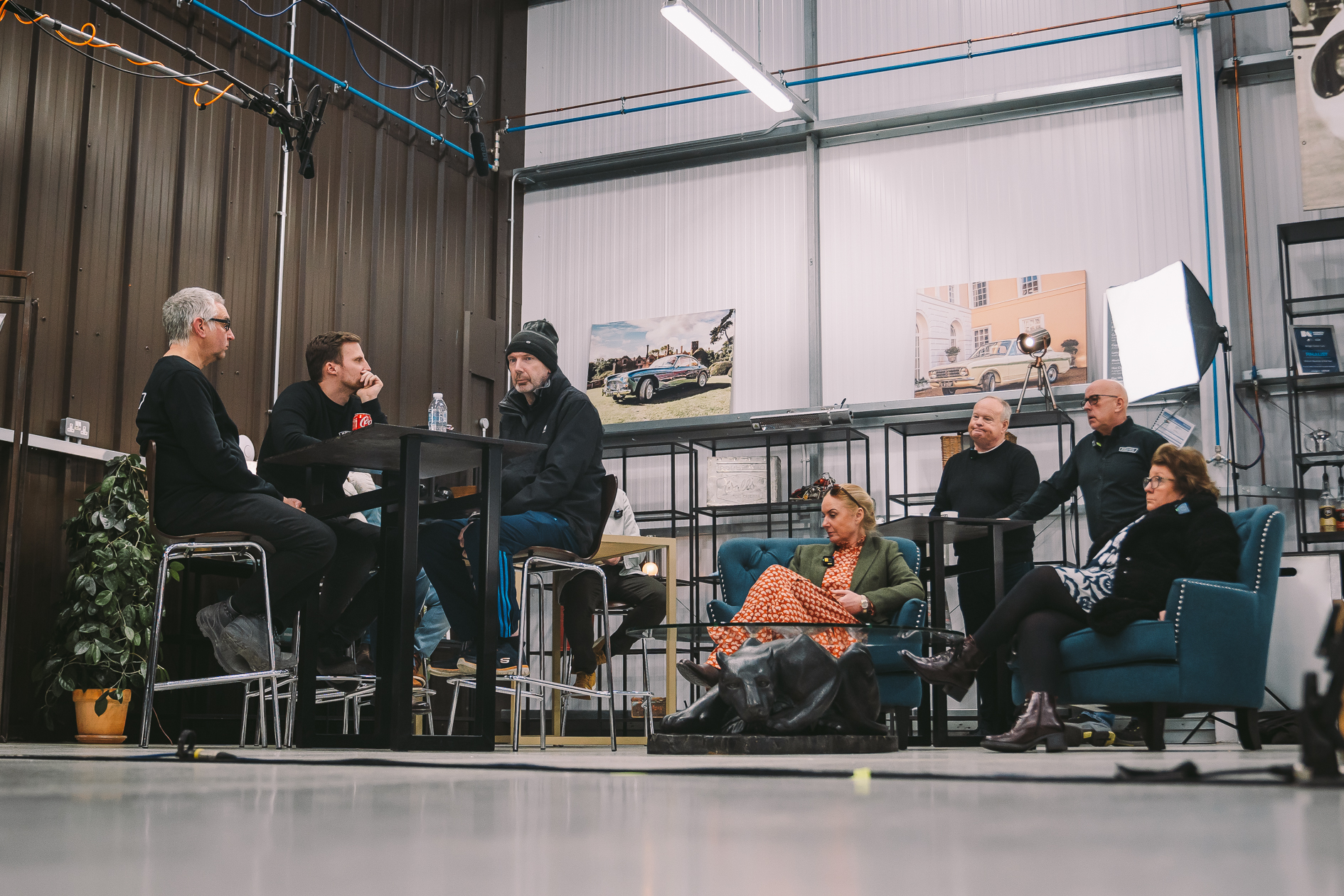


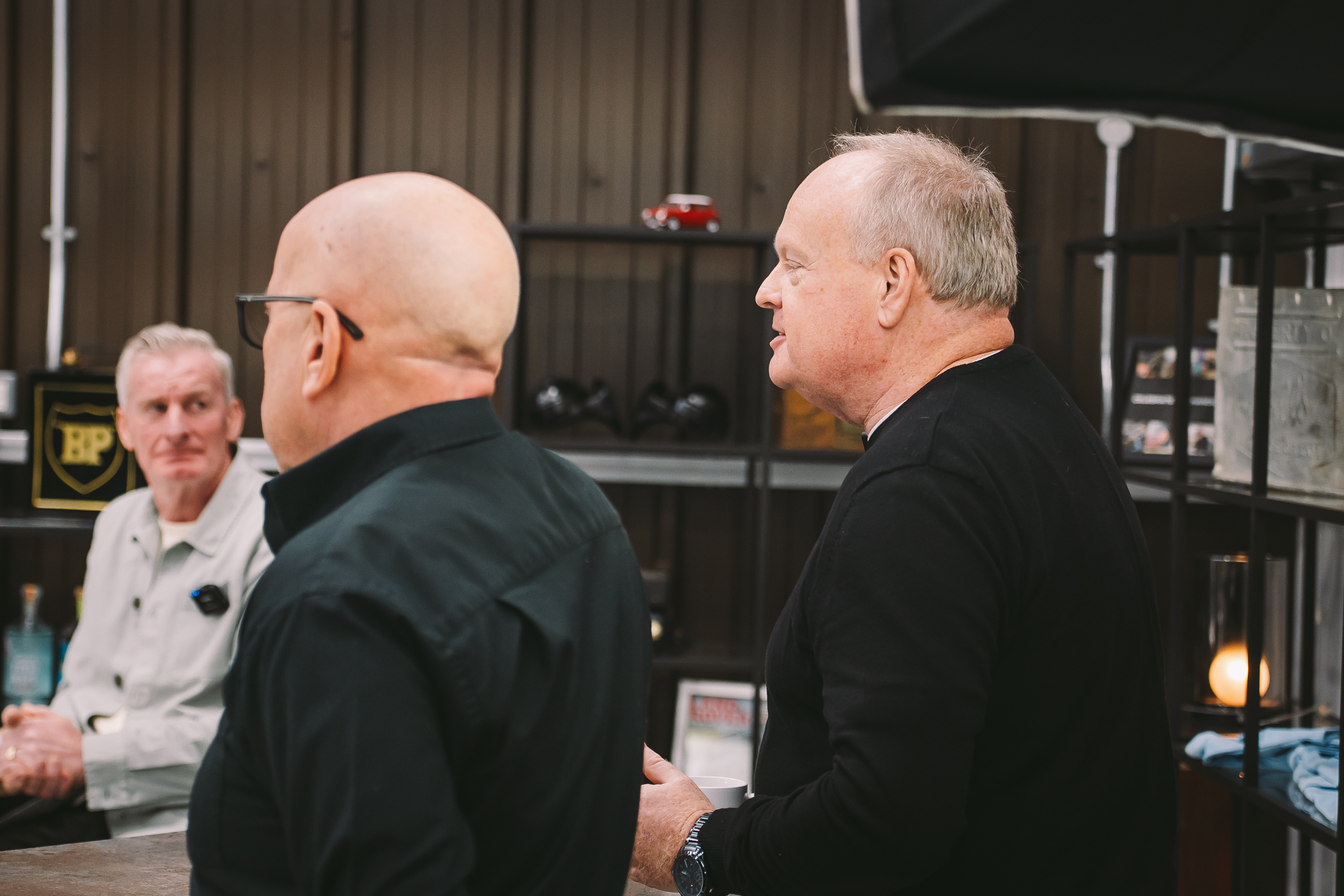
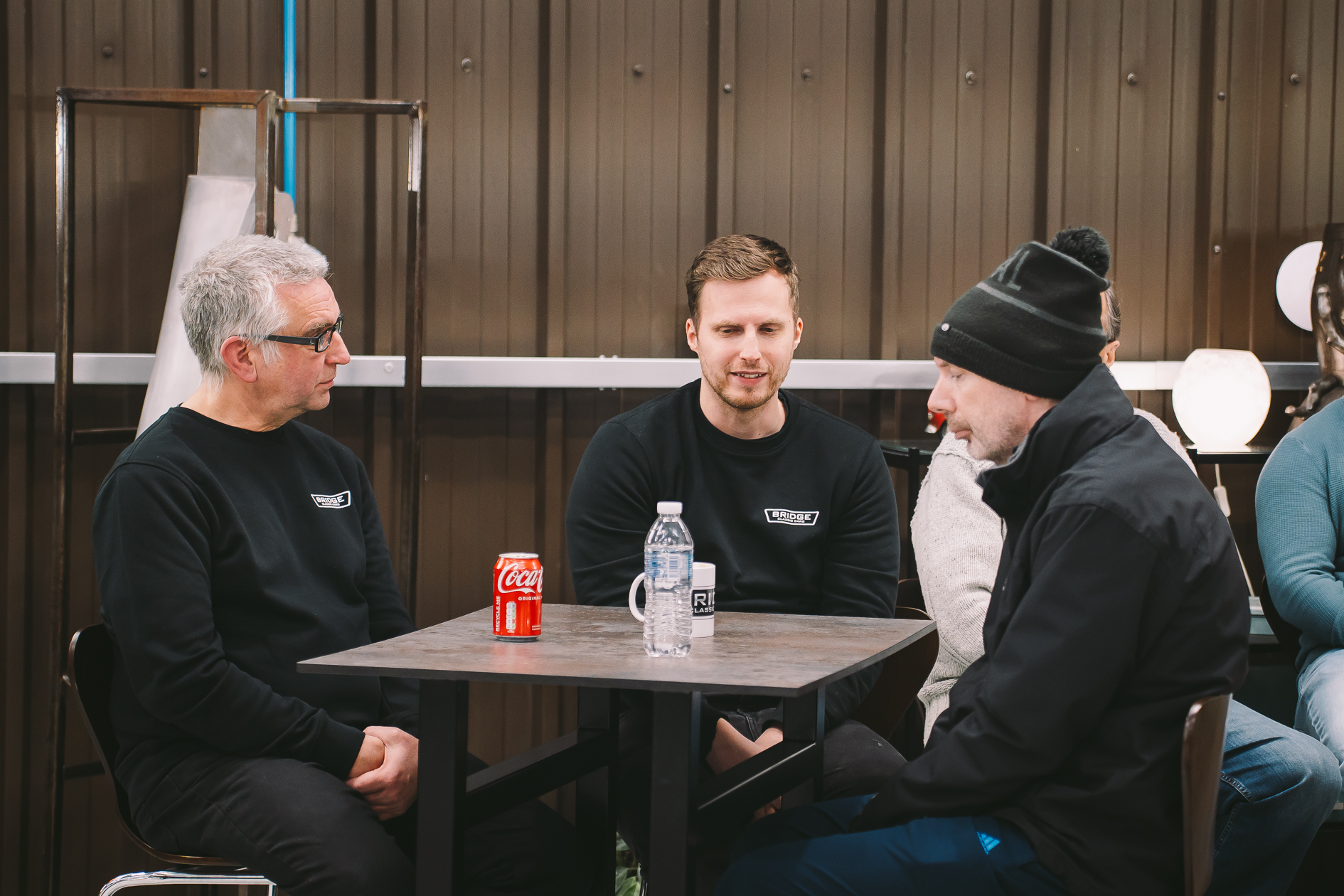





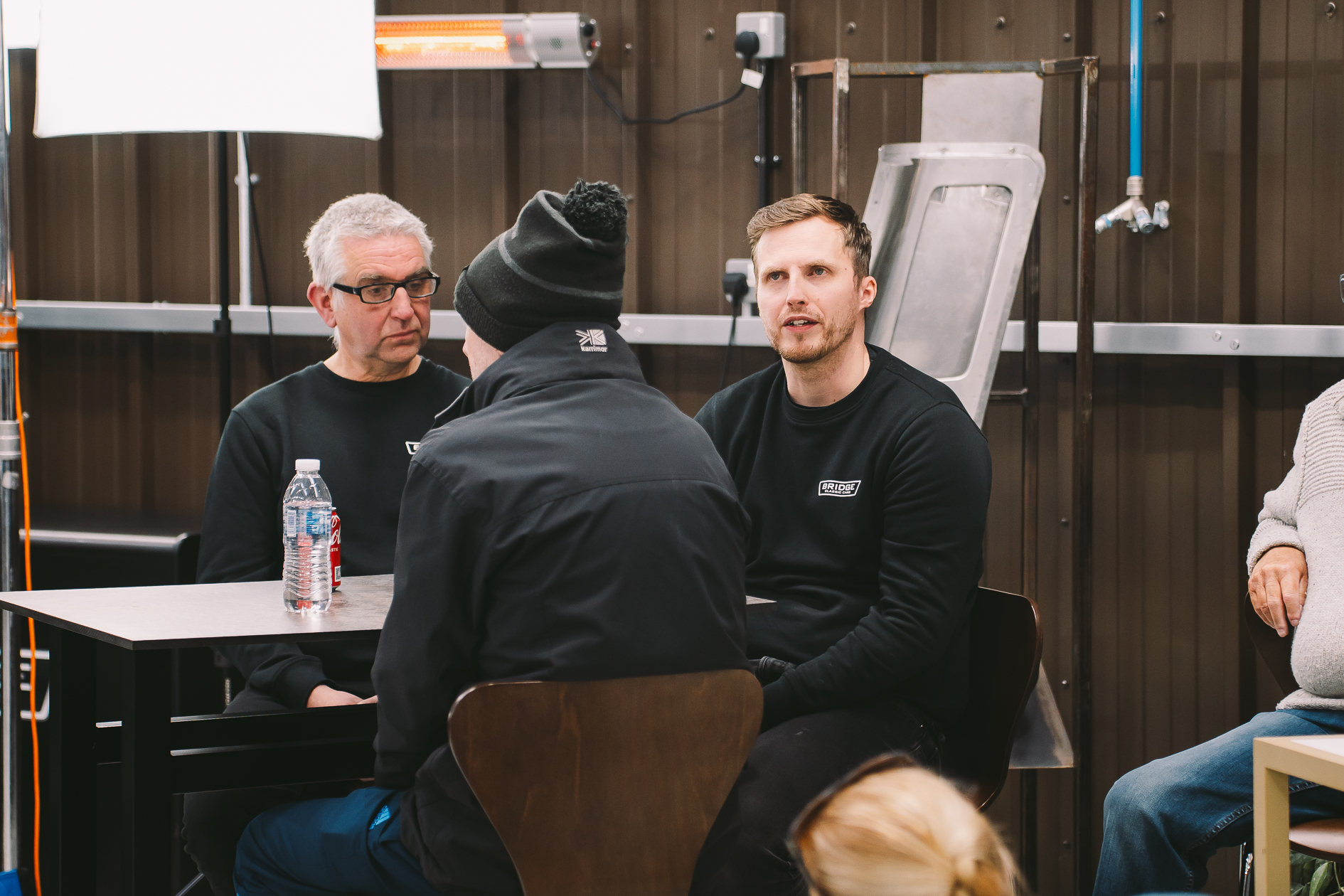

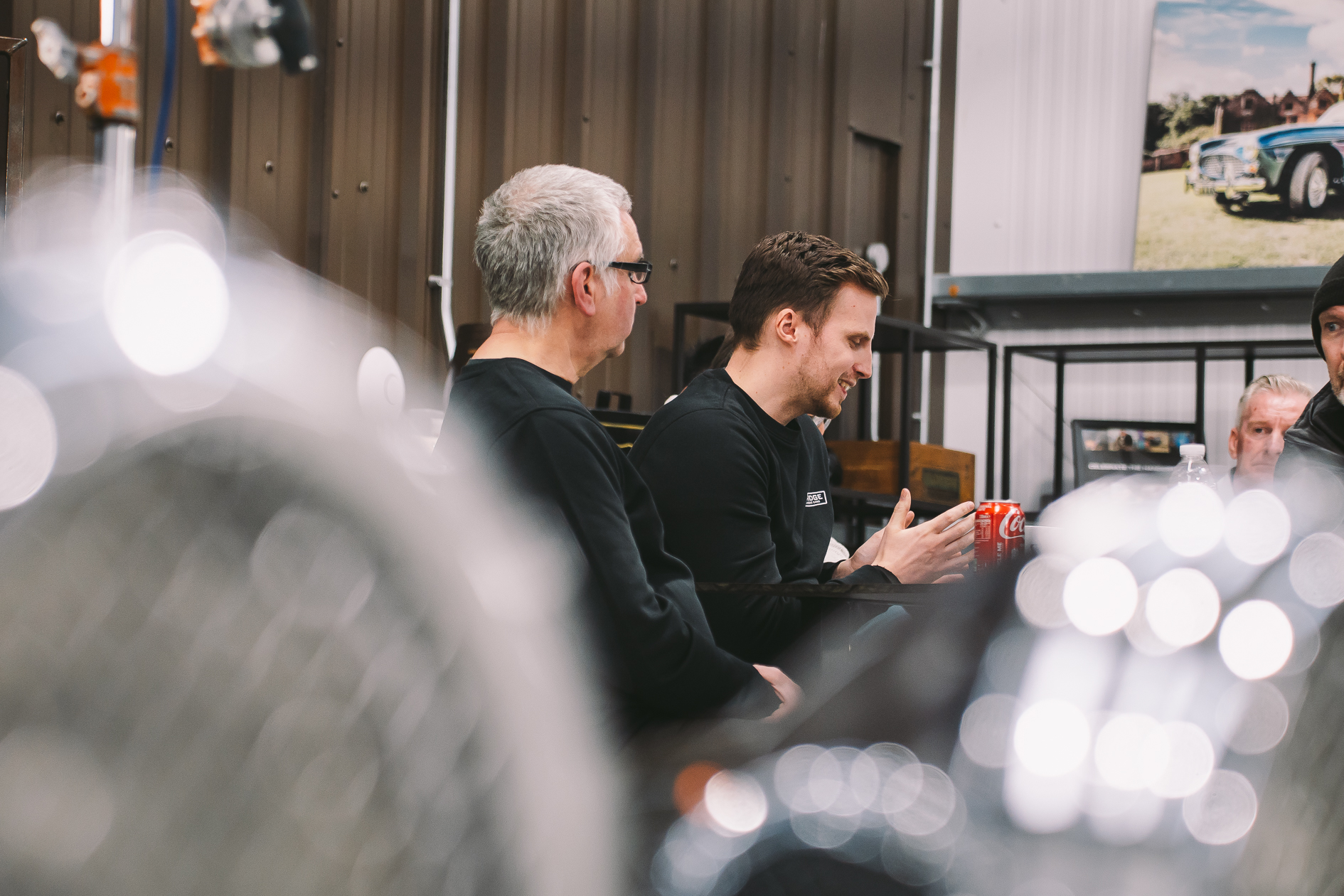


Ultimately, this project is about offering support and friendship to those impacted by cancer. It’s about reminding everyone that they are not alone in their journey. The bravery of the men and women featured in our video should serve as motivation for more people to speak up and share their stories. We hope that this project will ignite a broader conversation, one that extends beyond our circle and into the wider community.
Please watch the full video when it goes live at 8pm on Thursday – set a reminder here.





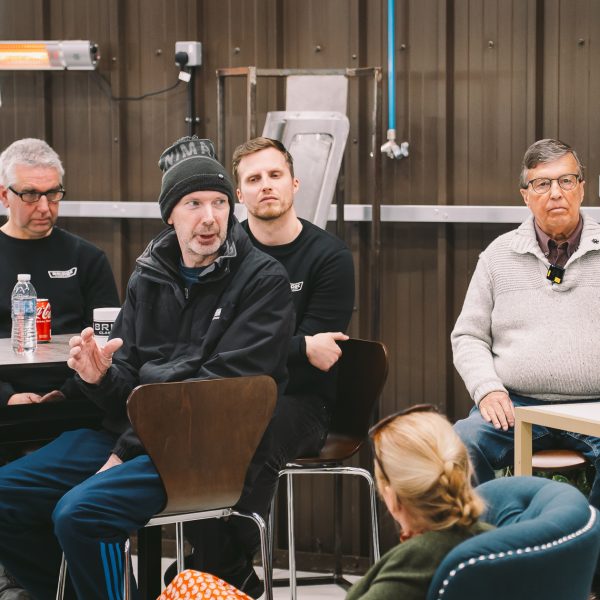

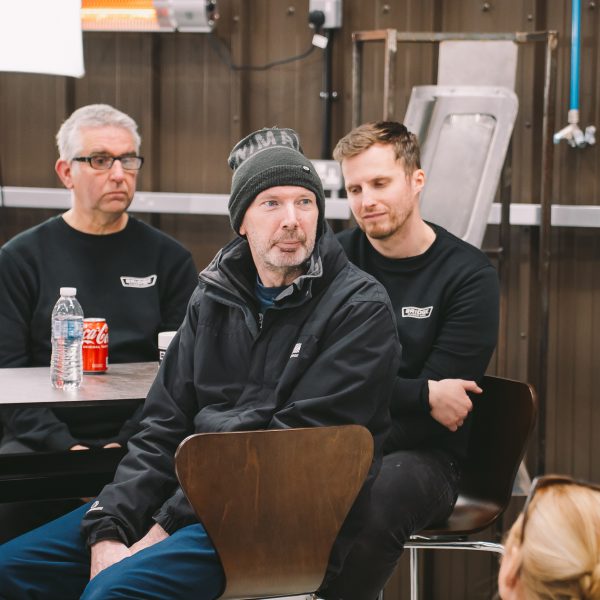





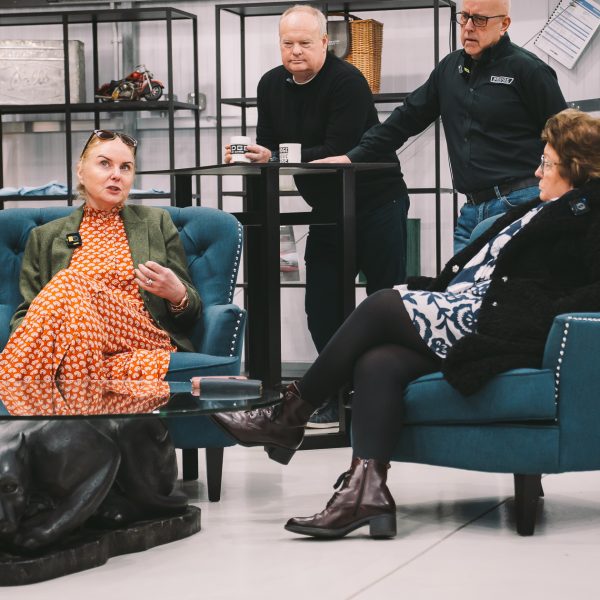





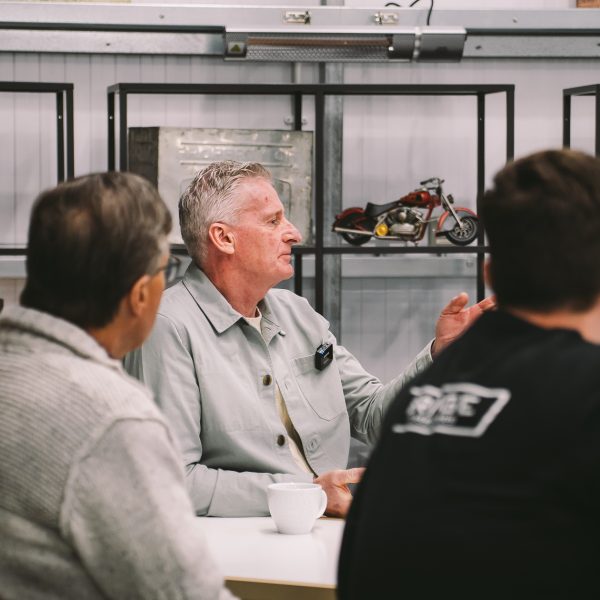
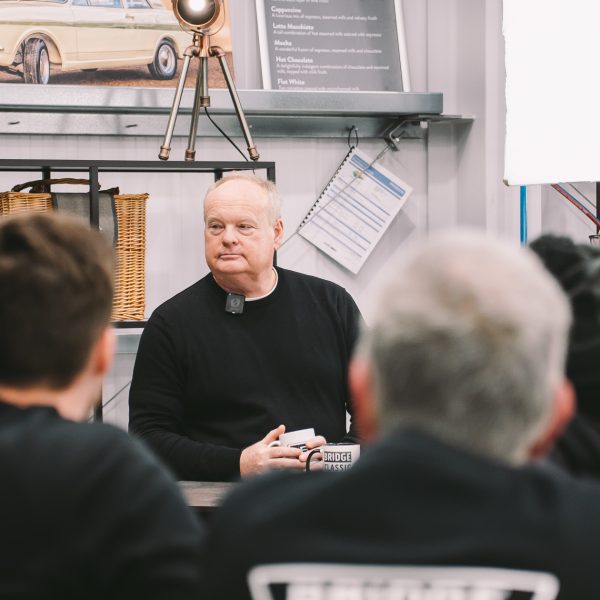


Cazoo had all the potential to be a huge success and to change the car buying process for millions. Founded in 2018 by Alex Chesterman, who also started LoveFilm and Zoopla, Cazoo aimed to make buying a used car as easy as any other online purchase. Despite early success, the company recently entered administration.
What happened at Cazoo and why did something so promising end up in its current situation?
Cazoo grew quickly, heavily investing in marketing and expanding into Europe. Their goal was to streamline the car buying process, allowing customers to purchase, finance, or lease a car entirely online, with home delivery. This model gained significant traction during the COVID-19 pandemic when traditional car buying was disrupted, and the convenience of online purchases became highly attractive.
Despite its outward success, Cazoo had financial problems behind the scenes. Their aggressive growth led to high expenses, especially in marketing and sponsorships. The business model required substantial capital for inventory and logistics, which became increasingly difficult for the company to afford. The used car market is known to be very complex, with high overhead and logistical costs, and Cazoo struggled to manage these.
Cazoo’s model was based on the assumption that consumers would be comfortable buying used cars online without a test drive. However, many buyers still prefer to see and test the car in person before making a decision. The economic environment, including rising inflation and interest rates, also affected consumer confidence and spending, putting even more strain on Cazoo.

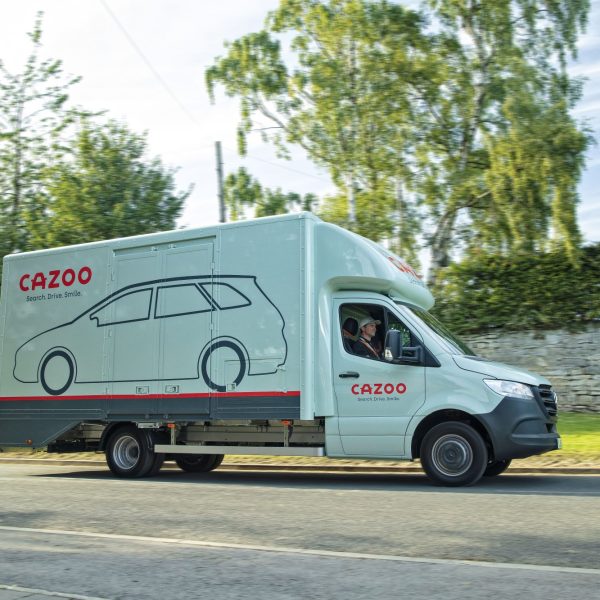


By March 2023, the company faced substantial financial difficulties, missing a $5.3 million (approximately £4.2 million) interest payment and failing to file its accounts on time, which led to a non-compliance notice from the New York Stock Exchange. The company looked for additional funding and explored selling parts of its business, but these efforts were unsuccessful. The board ultimately decided to cease operations, leading to the company entering administration and approximately 200 job losses.
There were once around 700 people employed by Cazoo, however, the majority of these were made redundant in March when the company remodelled from a dealer into a marketplace where customers bought and sold cars.
Competition in the used car market also contributed to Cazoo’s challenges. Traditional dealerships and other online car retailers enhanced their digital offerings, making it difficult for the business to sustain its market share. Established dealerships, which offer both online and in-person services, provided a more flexible and resilient model compared to Cazoo’s online-only approach.
Cazoo is/was a company of high ambitions and significant challenges. Their attempt to revolutionise the used car market with an online-only strategy faced numerous issues. High operational costs, rapid growth, fluctuating market conditions, and stiff competition overshadowed their initial success. While the idea of simplifying car purchases online was innovative, the practical challenges of the used car market proved insurmountable (at least on this occasion).
Jaguar Land Rover (JLR) has announced an investment of over £1 million to aid the UK police in their fight against vehicle crime. This funding will bolster police operations in known theft hotspots and support crucial intelligence-gathering efforts.
Earlier this year, JLR’s CEO, Adrian Mardell, strongly disagreed with claims that Range Rovers were particularly susceptible to theft. Despite this, many owners have reported steep increases in insurance premiums, with some even struggling to secure coverage at all.
Insurance costs can vary widely based on factors like the driver’s record, vehicle storage location, and existing security features. Luxury vehicles, often targeted by thieves due to their high resale value abroad, face higher premiums as a result.
JLR faces a unique challenge given its lineup of premium models, with the Range Rover brand especially popular among celebrities, politicians, and royalty. These vehicles come with hefty price tags—starting at £104,000 for the Range Rover and £75,000 for the Range Rover Sport. However, the brand has also garnered a reputation for being theft-prone.

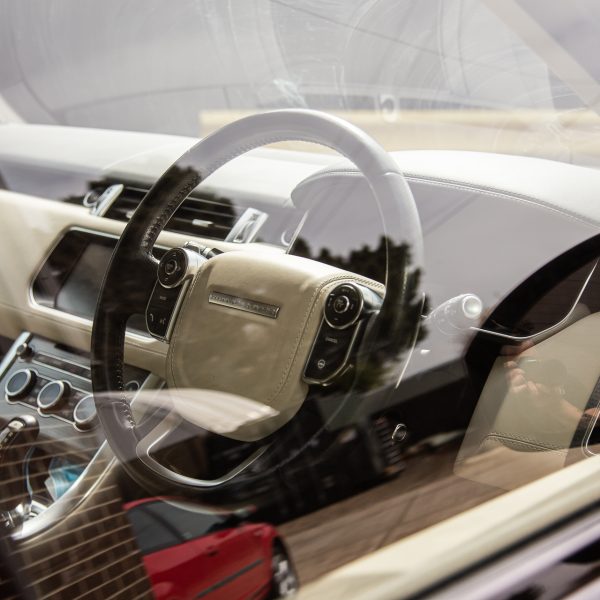
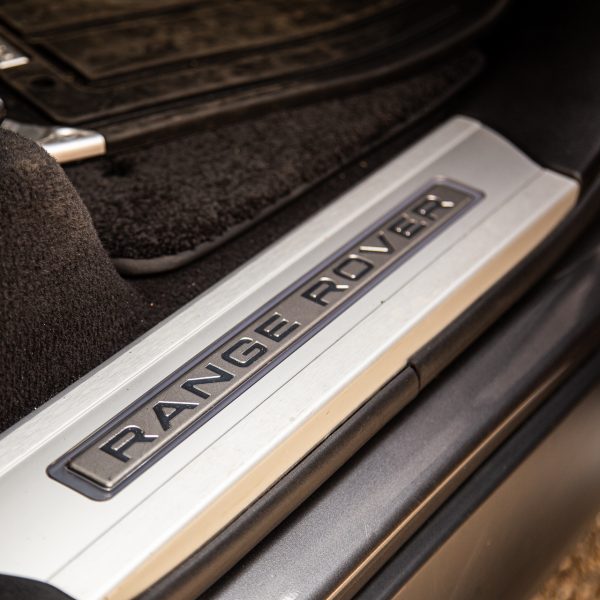
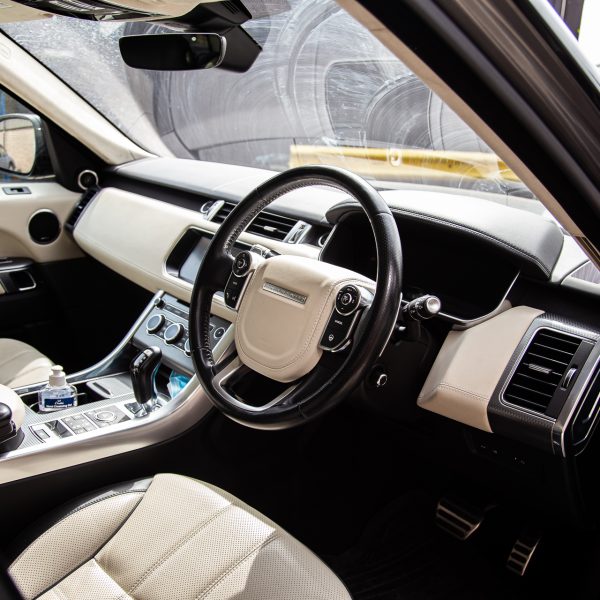
Earlier this year, Mardell criticised reports that labelled the Range Rover as Britain’s “most stolen vehicle,” acknowledging the serious issue of organised vehicle theft but argued that JLR had been unfairly targeted. He emphasised the company’s significant efforts to enhance vehicle security and accused the insurance industry of not fully considering available information when setting premiums.
This latest investment in police funding is part of JLR’s ongoing efforts to reassure customers and reduce insurance costs. Last year, JLR launched its own insurance products to assist customers who struggled to find coverage, though some Range Rover owners have still reported difficulties in obtaining quotes.
The new funds will provide additional dedicated resources for several police forces to address vehicle theft across the country. It will also support the creation of a national policing unit focused on gathering intelligence on vehicle thefts and increasing police activity at ports where stolen cars are often shipped abroad by criminal gangs.
JLR is already collaborating with police by sharing information to help locate and recover stolen vehicles, and it has trained around 650 officers in these efforts. Simultaneously, the company continues to improve the security of its vehicles. According to data from the Police National Computer, since January 2022, only 0.2% of new Range Rovers and Range Rover Sports have been stolen.
Patrick Mcgillycuddy, Managing Director of JLR said “We are constantly developing our systems and security features and through our close collaboration with police, we stay ahead of any emerging methods and quickly deploy anti-theft measures. This additional investment, coupled with our other ongoing and proactive action, shows our commitment to supporting the authorities in having a tangible impact on combating this issue in the UK.”
This month marks 60 years of production at the Ellesmere Port plant for Vauxhall.
The Ellesmere Port facility, built in 1962 and operational by June 1964, initially produced the Vauxhall Viva. Over the years, it became home to recognisable models like the Vauxhall Chevette and, since 1980, has been the birthplace of seven generations of the hugely popular Vauxhall Astra. Since it first became operational, the plant has produced over a million Vivas, a quarter of a million Chevettes, and more than 4.1 million Astras.
Today, the Ellesmere Port plant is a key part of the UK’s electric vehicle (EV) production. Following a £100 million investment, it became the country’s first EV-only volume manufacturing facility, aligning with the current owners of Vauxhall, Stellantis, Dare Forward 2030 commitment to carbon neutrality by 2038.
Back in 1970, the Ellesmere Port site spanned over 350,000 square meters. Through several significant upgrades—including a new battery assembly shop, enhanced General Assembly, and a relocated bodyshop—the plant now covers 118,000 square meters. These changes have led to a 60% reduction in total site area, boosting both energy efficiency and productivity.
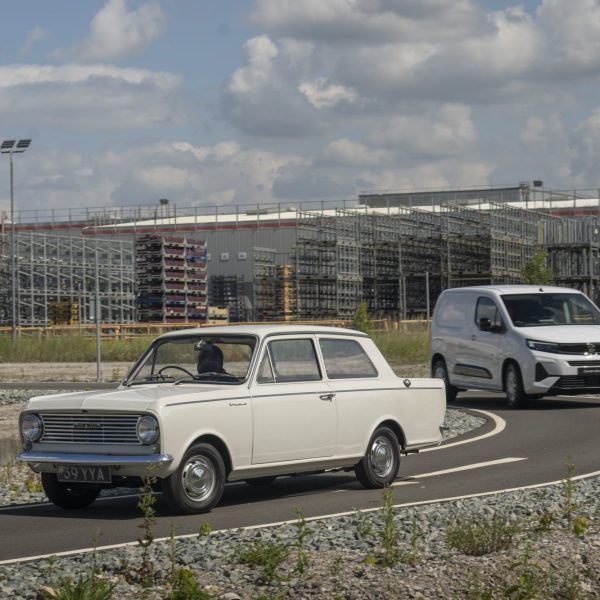
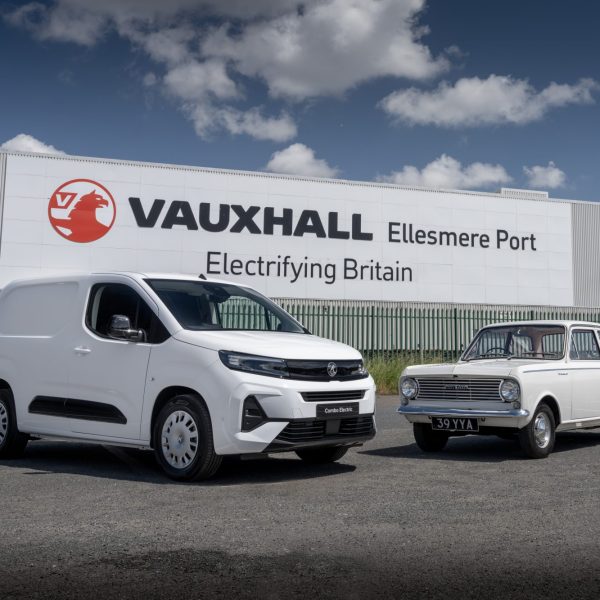


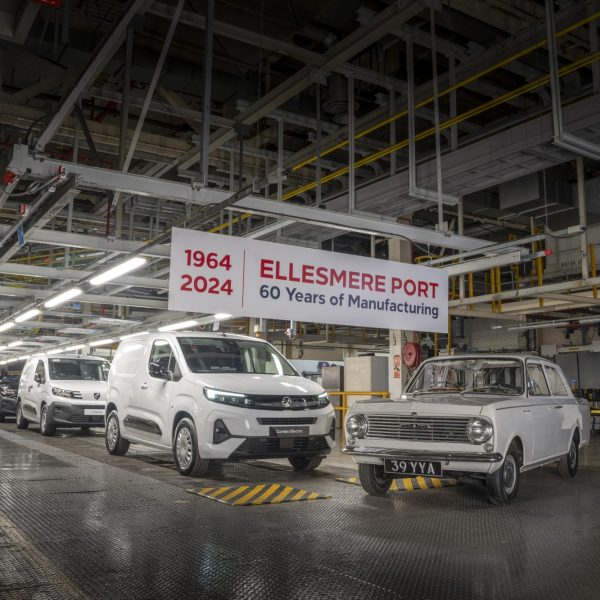
The transition to EV production at Ellesmere Port continues Vauxhall’s tradition of UK vehicle manufacturing, which began at the Luton plant in 1905, following its initial operations in London since 1903. Starting next year, Luton will also be producing medium electric vans for Vauxhall, Opel, Citroën, Peugeot, and Fiat Professional.
Celebrating the 60th anniversary were plant staff and local dignitaries, including Keith Tabiner, who was part of the production team in 1964 when the first Vauxhall Viva was made. Remarkably, his three sons—Mark, Mike, and Phil—are also part of the current workforce, contributing to a combined 152 years of family service at the plant. This reflects the deep loyalty, dedication, and long service of many employees over the decades.




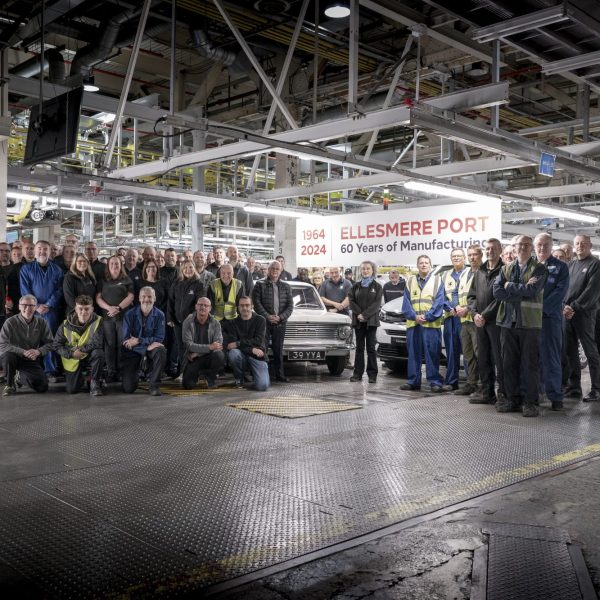
Keith Tabiner said: “Having witnessed the first Vauxhall Viva roll of the production line in 1964, and worked at Ellesmere Port for a total of 40 years, it’s a pleasure to be back and see the plant going from strength to strength making the electric vehicles of the future. I’ve always driven Vauxhalls and with three of my sons following in my footsteps and working at the plant today, everything we have is thanks to Ellesmere Port.”
Diane Miller, Ellesmere Port Plant Director, said: “We are excited to mark such an impressive milestone, celebrating production that began sixty years ago with the Viva, and now continues into the future with electric vans from Fiat, Citroën, Peugeot, Opel and Vauxhall. For six decades, Ellesmere Port has been a central pillar of the local area, and whose people have continually taken great pride in their work at the plant to provide millions of vehicles for the UK and beyond and now continue to do so in the transition to a more sustainable future.”
Maria Grazia Davino, Group Managing Director, Stellantis UK, remarked: “It is gratifying to celebrate six decades of vehicle production at Ellesmere Port, which continues to produce the latest generation of electric vans. Stellantis is the only OEM producing vans, including electric vans, in volume in the UK, and I would like to share my congratulations to the employees at the plant, who continue to work incredibly hard to produce the vehicles that will help to electrify businesses across the UK and in the more than 20 countries to which we export electric vans.”
You might soon see new police cars on the road, in the form of Hybrid Toyota Corollas. Tailer-made for UK police, the Corolla is said to be reliable and durable as well as offering the fuel and emissions efficiency of hybrid power.
To celebrate the Corolla’s new role, Toyota Manufacturing UK (TMUK) recently hosted the equivalent of a passing-out parade for the car at its Burnaston plant in Derbyshire, the production centre for all European Corolla models. More than 20 constabularies attended the “blue light” event to learn more about the qualities that make Corolla a strong addition to police fleets.
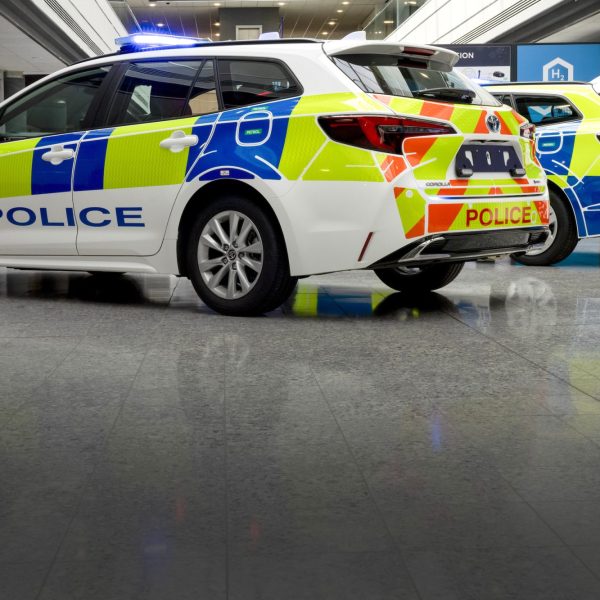
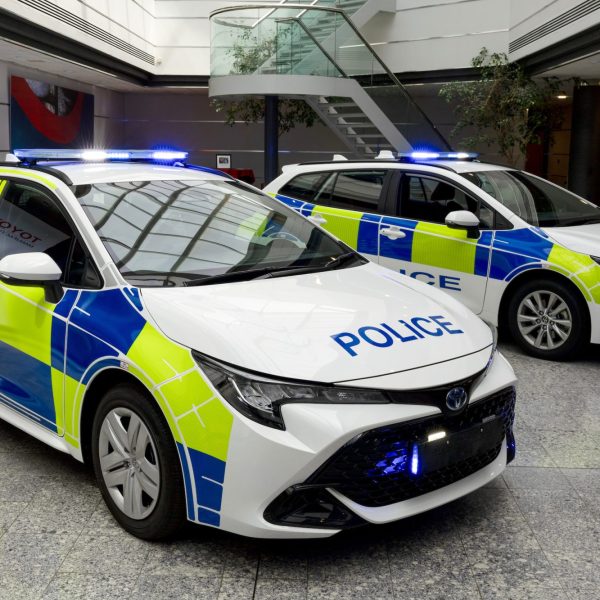

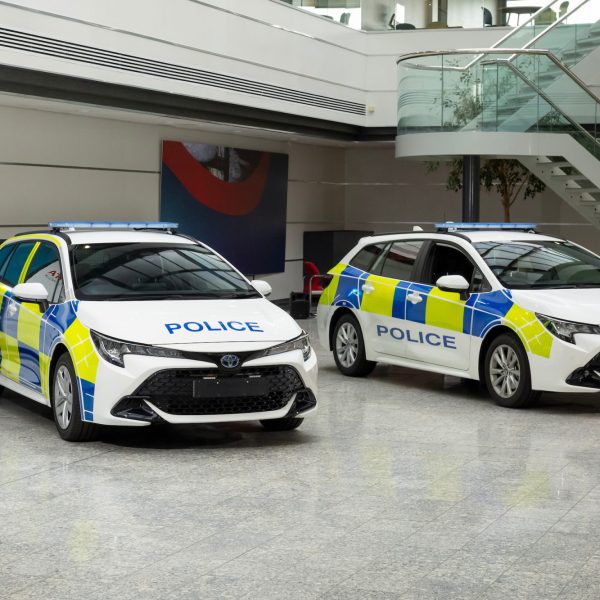
TMUK has worked closely with a number of police forces during the past two years to ensure the vehicle meets all the principal requirements for consideration when service fleets are being replaced or upgraded.
A dedicated team at Burnaston’s Special Vehicle Operations Division carries out the conversion work, ensuring the finished vehicles meet Toyota’s high-quality standards. Using TMUK’s state-of-the-art production facilities and with the benefit of the technicians’ expertise, the project has achieved significant economies of scale that help drive down costs. Production capacity is expected to expand to 15 vehicle conversions per week.
Key features of the police-specification vehicle include: –
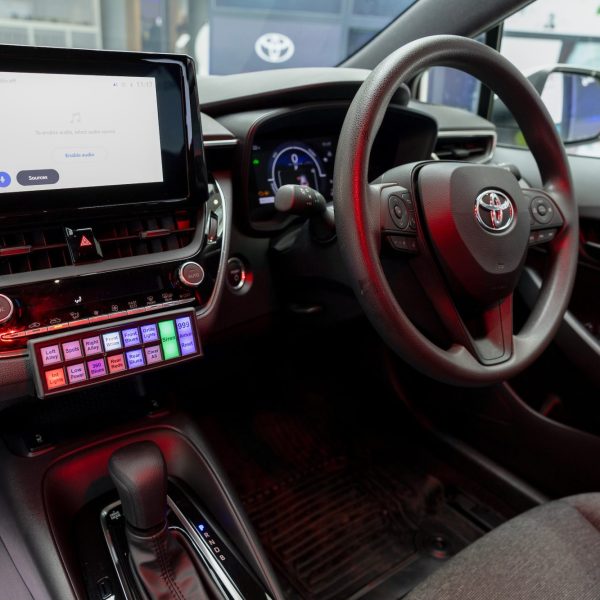
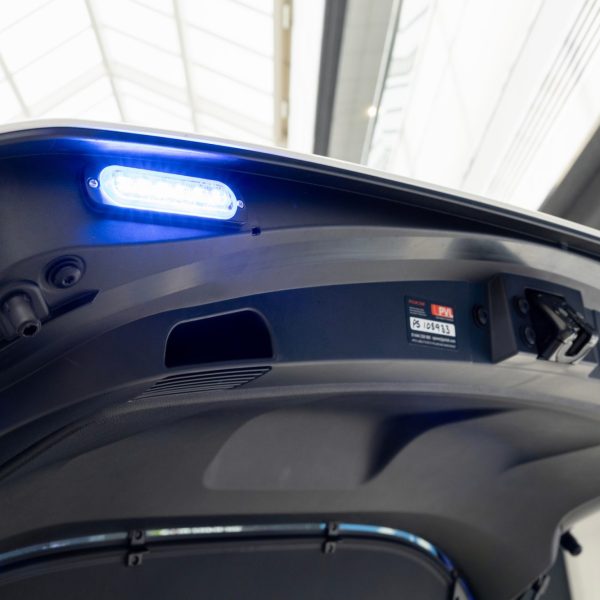
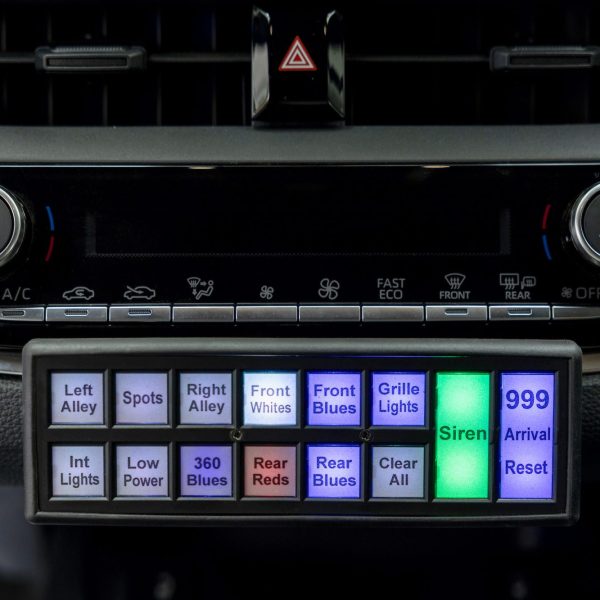

To ensure the finished vehicle is fit for the job, the Police Authority Specification Corolla was subjected to extensive testing, including the Metropolitan Police’s own rigorous test programme, which it passed with flying colours. The vehicle is now available to police forces across the UK. Two versions of the Touring Sports hybrid model are offered: the 1.8-litre Active and the 2.0-litre Icon.
Richard Kenworthy, TMUK Managing Director, said: “We have worked with all divisions of Toyota in the UK and various constabularies, which has enabled us to build on their feedback and requirements. Ensuring that we applied standard Toyota practices for the work means we have been able to deliver a vehicle that meets the police forces’ stringent requirements. The adoption of Corolla by the police is testament to the efforts our employees invest in every vehicle that comes off our production line. We are proud that our Corolla is now one of the vehicles of choice for the police.”
Toyota has reached the final phase of its project to develop a hydrogen fuel cell Toyota Hilux pickup, highlighting progress in its journey towards a zero-carbon future.
Since unveiling the first prototype in September 2023, Toyota and its consortium partners, supported by UK Government funding, have advanced their collaborative project to the stage of intensive prototype evaluation and demonstration.
This recent milestone shines a light on the extensive scope of Toyota’s multi-path strategy towards carbon neutrality. Toyota is applying a range of powertrain technologies – hybrid electric, plug-in hybrid electric, battery electric, fuel cell electric, and e-fuels – to meet diverse user needs and local infrastructure.
Ten fuel cell Hilux prototypes have been constructed at TMUK’s Burnaston facility in Derbyshire. Five of these vehicles are undergoing rigorous field testing to evaluate safety, performance, functionality, and durability, generating real-world test drive data. The other five vehicles are being showcased to customers and the media, including demonstrations at the upcoming Olympic and Paralympic Games in Paris 2024. Through this customer engagement, Toyota is preparing for a successful hydrogen transport sector.
The insights gained from the Hilux project, combined with Toyota’s 30 years of hydrogen fuel cell research and development, will contribute to the next generation of fuel cell technology. This new technology will offer longer lifecycles, extended driving ranges, and significantly reduced costs.
Toyota anticipates that Europe will become one of the world’s largest hydrogen fuel markets by 2030, with steady growth in mobility and power generation applications. In response, Toyota Motor Europe (TME) announced the Hydrogen Factory Europe in December 2023, showing the company’s coordinated approach to commercialising this technology, from development and production to sales and after-sales service.
The fuel cell Hilux prototype project is an important step towards further developing hydrogen technology and stimulating the broader rollout of hydrogen ecosystems and infrastructure across Europe.
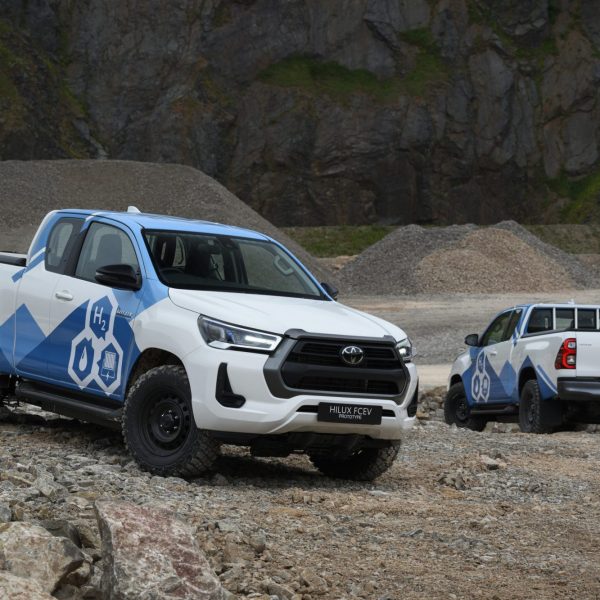


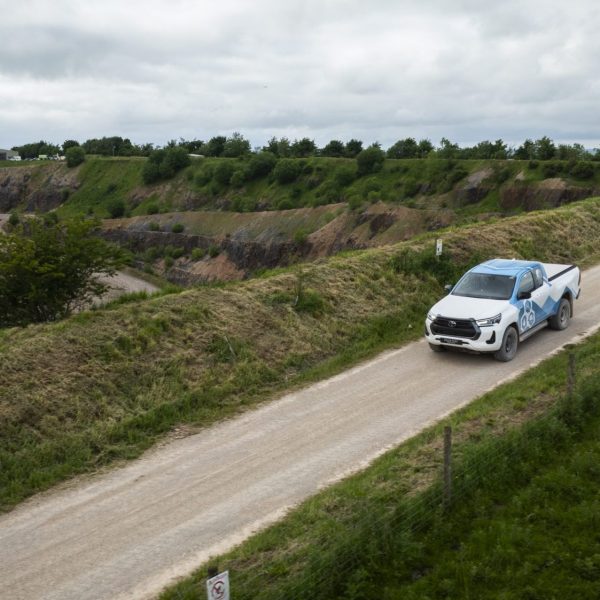
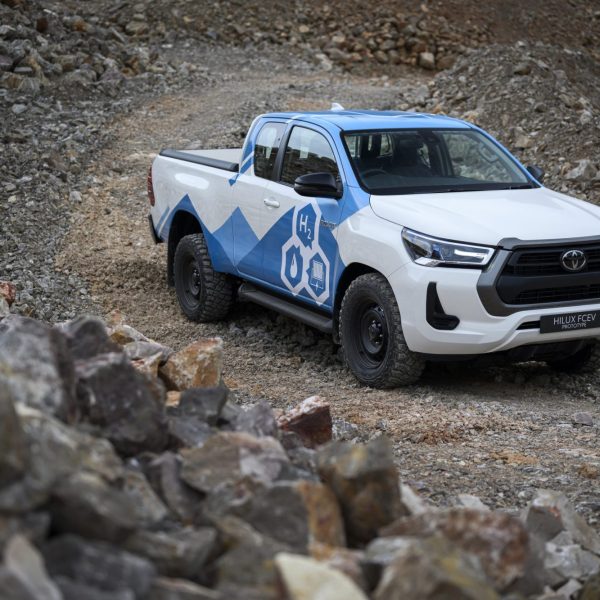
The hydrogen fuel cell prototype Toyota Hilux demonstrates how fuel cell technology can be integrated into a pick-up vehicle. It is based on the famous truck, known for its quality, durability, and reliability, proven in some of the world’s toughest terrains.
Since its introduction in 1968, the Hilux has showcased its formidable strength, conquering the North Pole, Icelandic volcanoes, and the Antarctic continent. It also boasts three victories in the Dakar Rally, one of the most demanding motorsport events. The fuel cell prototype retains the Hilux’s uncompromising DNA while paving the way towards a zero-carbon future.
Externally, the fuel cell model maintains the same dimensions and rugged appearance as the latest Hilux generation. It features an extra-cab body style, measuring 5,325mm in length, 1,855mm in width, and 1,810mm in height. However, beneath the surface, Toyota’s cutting-edge fuel cell technology sets it apart as something special.
The powertrain utilises core components from the fuel cell system used in the Toyota Mirai, which has proven its reliability over nearly a decade of commercial production since the introduction of the world’s first mass-produced fuel cell sedan in 2015.
The fuel cell Hilux offers an impressive driving range of up to 373 miles (600 km), exceeding what might be achieved with a battery-electric system. Additionally, hydrogen’s lightweight nature allows for a higher payload and towing capacity compared to other zero-emission alternatives.
Hydrogen is stored in three high-pressure fuel tanks, each holding 2.6 kg, for a total capacity of 7.8 kg. These tanks are built into the vehicle’s ladder frame chassis. The polymer electrolyte fuel cell stack, comprising 330 cells, is mounted above the front axle.
The fuel cell Hilux features rear-wheel drive, powered by an e-motor on the rear axle that delivers a maximum of 134 kW (180 bhp, 182 DIN hp) and 300 Nm of torque. When driven, the fuel cell emits no tailpipe emissions, producing only pure water.
A lithium-ion battery stores the electricity generated by the fuel cell, positioned in the rear load deck above the hydrogen tanks, ensuring no loss of cabin space.
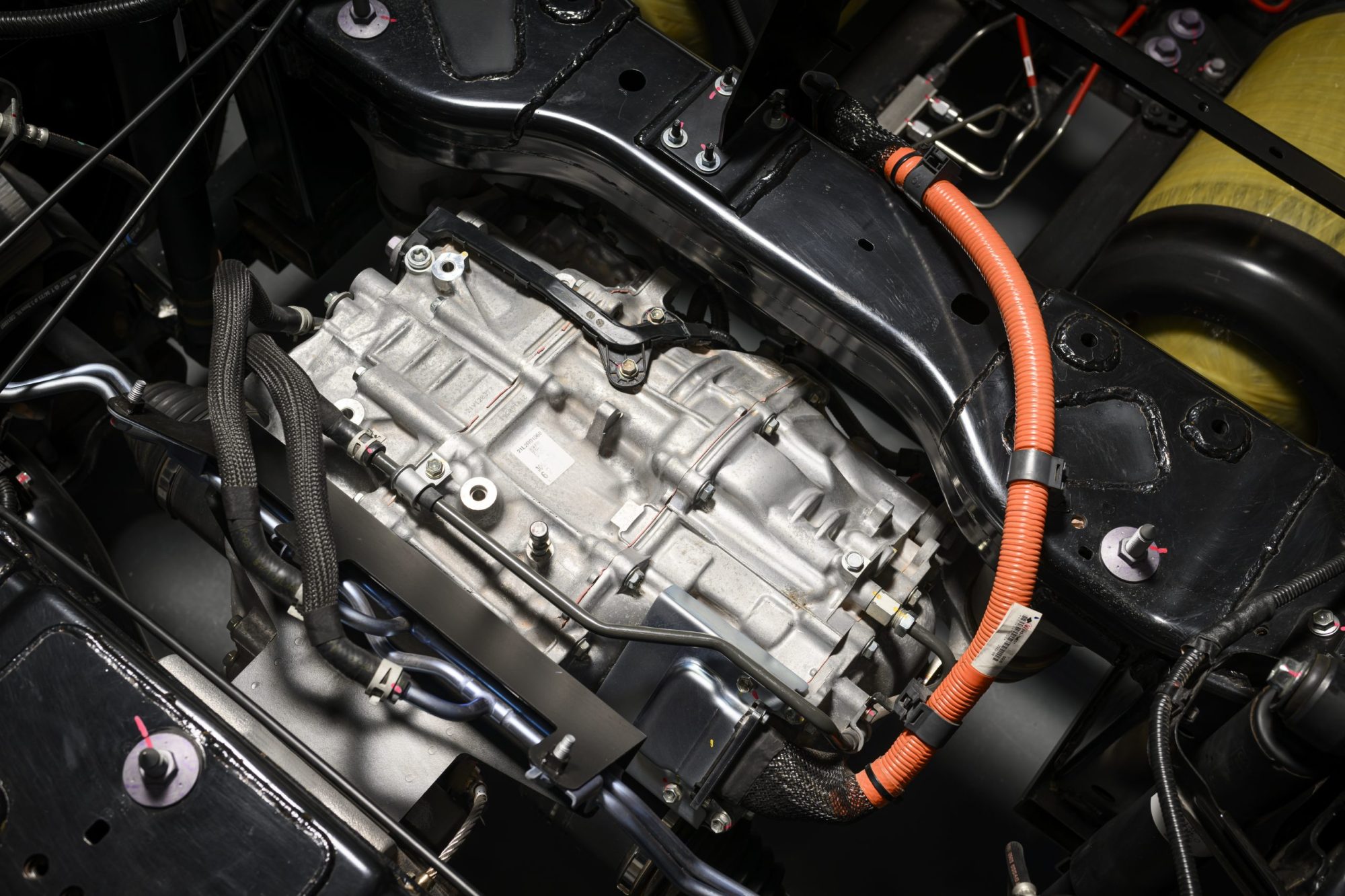

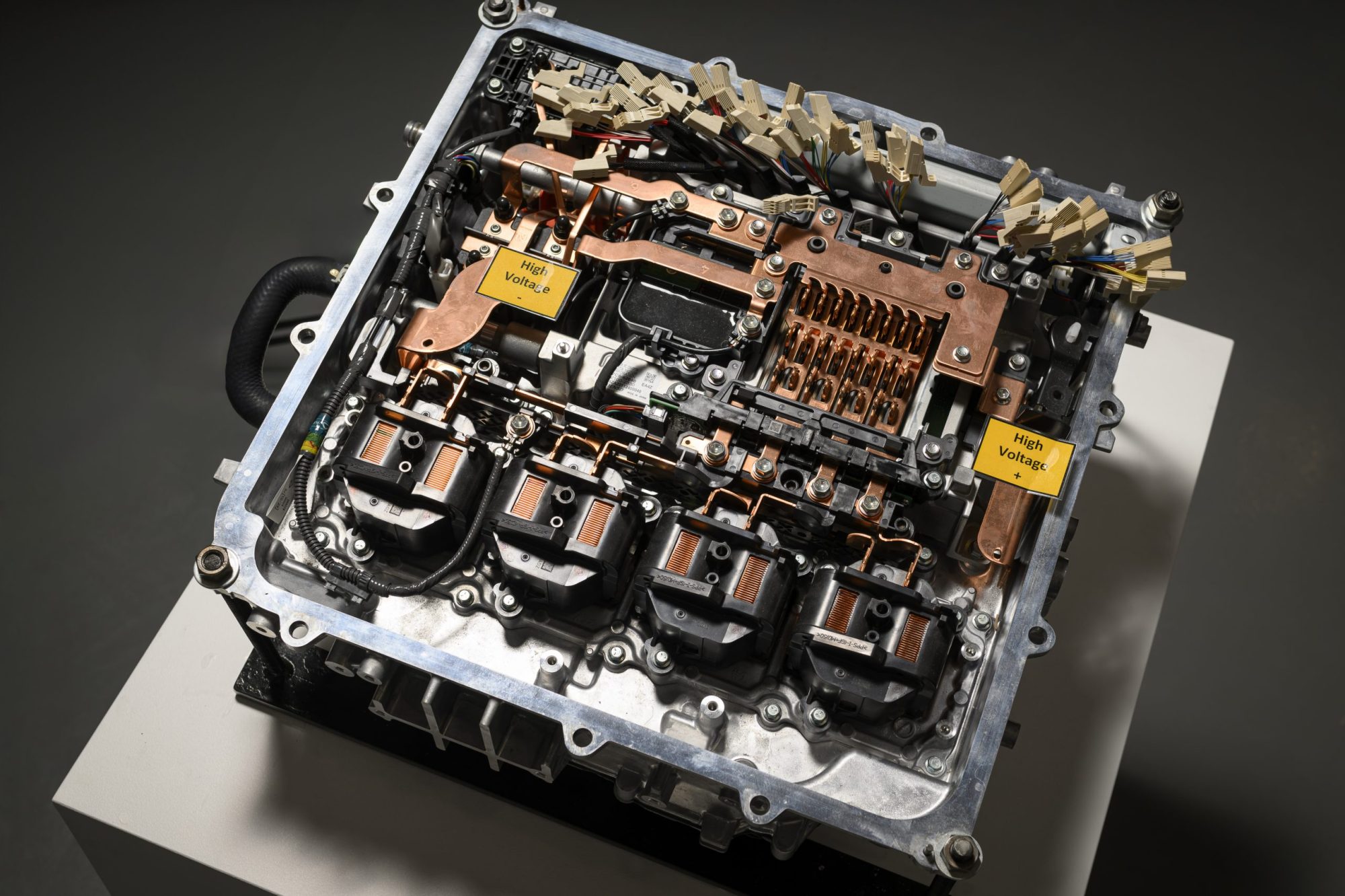
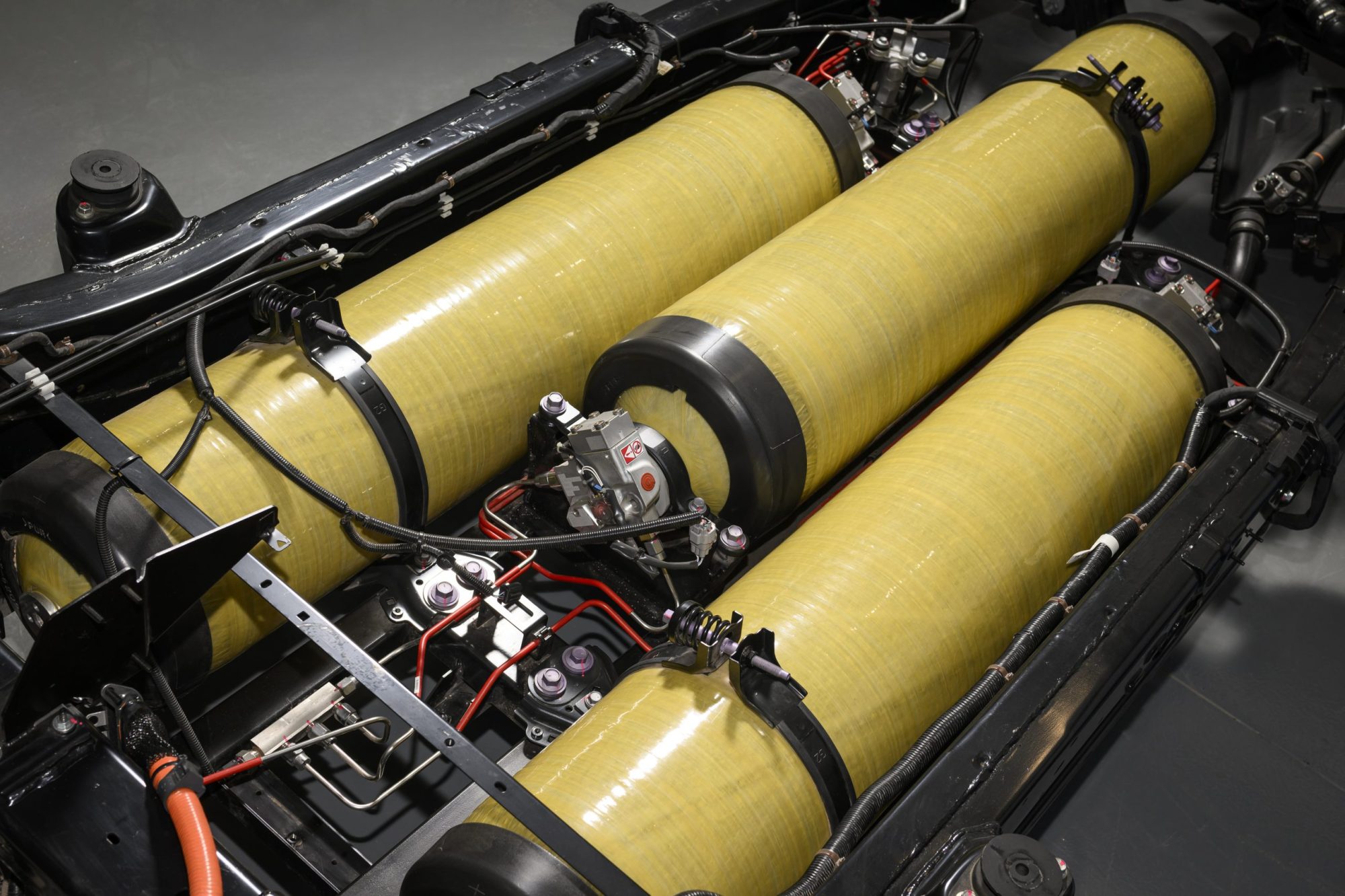
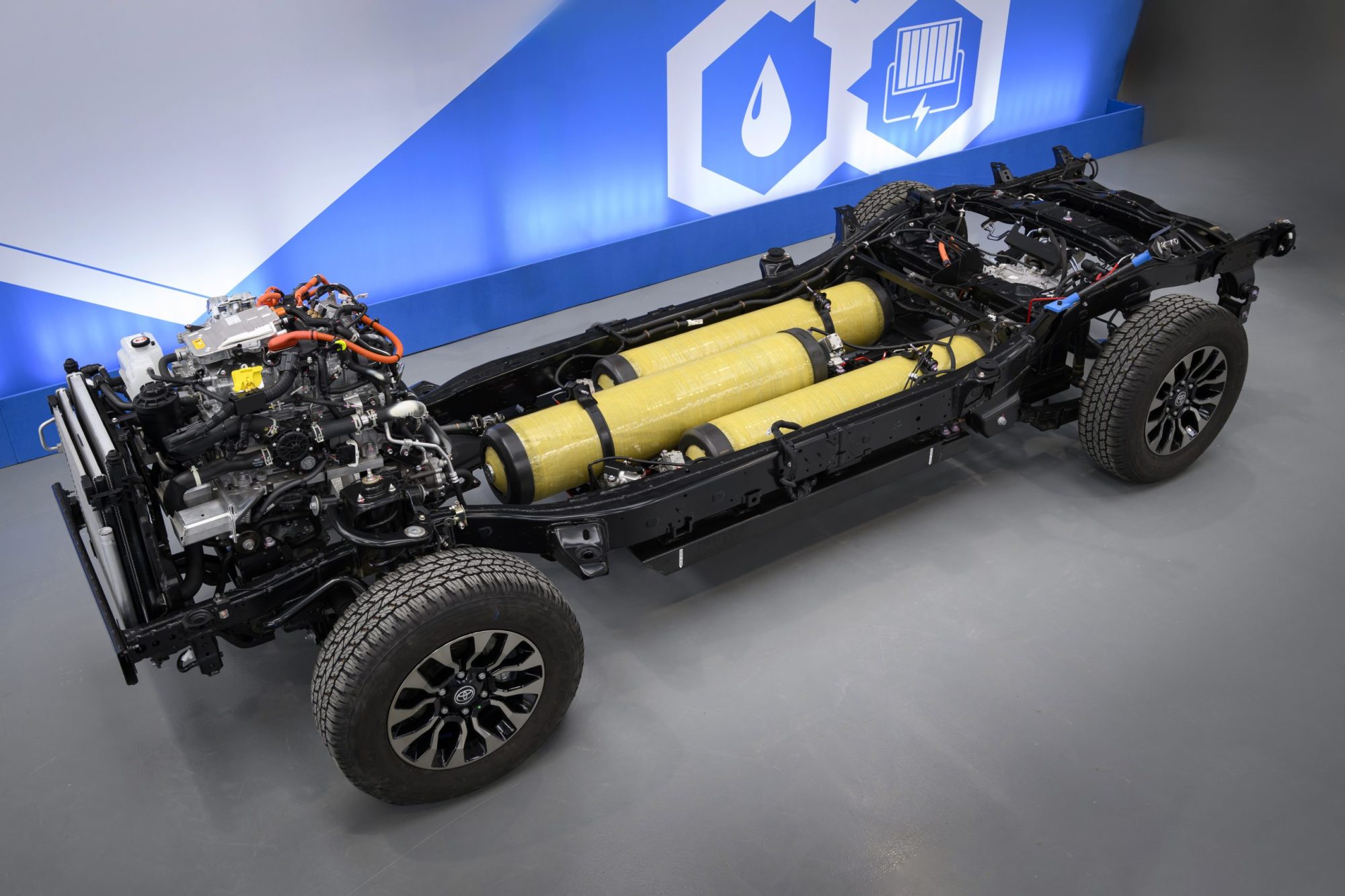
The hydrogen fuel cell Toyota Hilux prototype project began with a feasibility study in early 2022 and has quickly advanced to its final phase. The initial study, conducted by TMUK and TME, secured subsequent funding from the UK Government through the Advanced Propulsion Centre, a non-profit organisation that supports the development of cleaner technologies and new mobility concepts.
From July 2022 to January 2023, an intensive design and development program took place, involving consortium partners Ricardo, ETL, D2H, Advanced Technologies, and Thatcham Research, with additional support from Toyota Motor Corporation.
Parts manufacturing, including chassis frame welding, occurred between February and May 2023. Following the principles of the Toyota Production System, prototype construction was carried out in a dedicated area within TMUK’s Burnaston plant. Ricardo assisted with preparations for the prototype build, handling design and development tasks and confirming the complete manufacturing process in collaboration with TMUK teams.
The construction phase took place in June and July 2023, with the first vehicle completed in just three weeks. An additional nine vehicles were assembled between July and December, leading into a comprehensive evaluation phase that included test rig and track testing.
Currently, the 10 prototypes are undergoing field testing and customer engagement activities, marking the final phase of the fuel cell Hilux demonstration project.
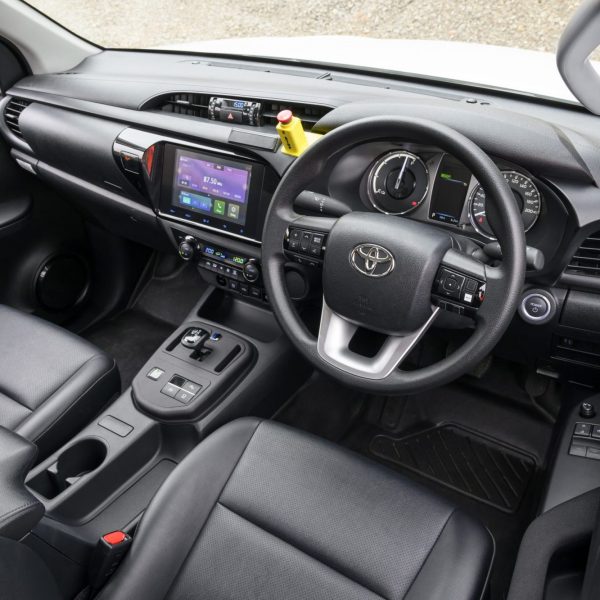

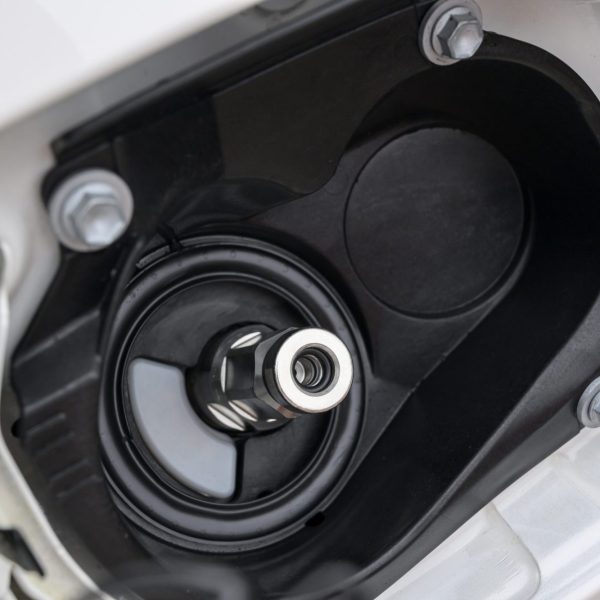

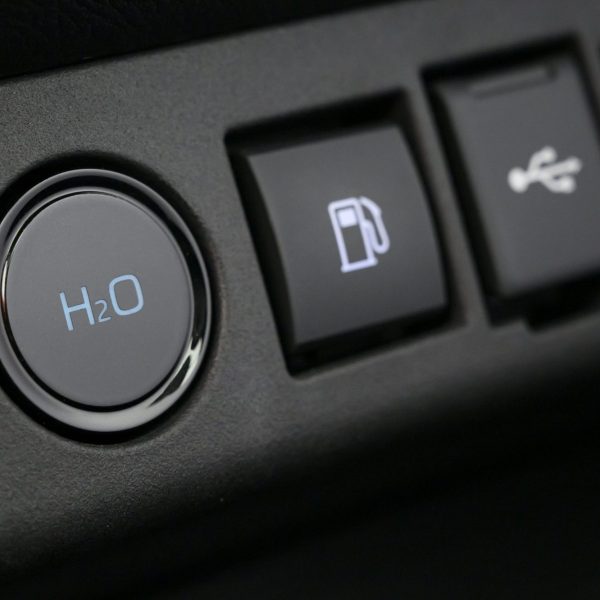
Since beginning its hydrogen fuel cell development in 1992, Toyota has broadened its expertise and promoted the technology’s adoption across various mobility applications, with over 20 hydrogen partnerships active in Europe.
One notable collaboration is a five-year trial with VDL trucks, aiming to decarbonise Toyota’s logistics operations and support the growth of sustainable hydrogen infrastructure across Europe.
Since July 2021, Toyota has co-branded fuel cell buses with partner CaetanoBus, and French clean mobility company GCK is utilising Toyota’s fuel cell modules to convert 10 diesel coaches into zero-emission vehicles. These vehicles will transport over 5,000 visitors during the Olympic and Paralympic Games in Paris later this year.
In Norway, a partnership with Corvus has resulted in one of the safest and most advanced marine fuel cell systems available. Additionally, Toyota collaborated with Energy Observer to create the first hydrogen-powered, zero-emission boat that is self-sufficient in energy.
Toyota’s fuel cells are also applied beyond mobility and transport. The modular fuel cells form the basis of the GEH2 generators produced by Toyota’s partner EODev. In May 2021, these generators were used to illuminate the Eiffel Tower with sustainable green light.
Over the past 30 years, Toyota has continually refined its fuel cell technology. The Mirai, launched in 2015, was the world’s first mass-produced hydrogen fuel cell sedan, featuring Toyota’s first-generation fuel cells. Five years later, the new Mirai introduced second-generation technology, extending the driving range by 30 percent to approximately 400 miles (650 km).
To expand hydrogen’s potential beyond cars, Toyota has reconfigured its fuel cells into a modular format. The primary components—fuel cell stack, air supply, hydrogen supply, cooling, and power control—are integrated into a compact unit adaptable for various products and applications. These modules are available in both box form and a flat, rectangular format, providing greater flexibility for new applications.
These modules are assembled at TME’s R&D center in Belgium, which features an advanced assembly line combining cutting-edge technology with high-quality processes. The Hydrogen Factory Europe will increase fuel cell system production and maintain close connections with other Toyota hydrogen operations to achieve global reach and service.
Currently, Toyota is developing third-generation fuel cell technology, a key element in its plan to expand hydrogen usage. Sales are scheduled to begin in 2026-27. These new units will have higher power density and are expected to increase vehicle driving range by 20 percent. Technical advances and increased production volumes could reduce costs by more than a third.
Further research is exploring scalable fuel cell stacks with varying power outputs and the design of fuel tanks with complex shapes to accommodate different vehicle sizes.
| FUEL CELL STACK | |
| Fuel cell type | Polymer electrolyte |
| Number of cells | 330 |
| Fuel cell power output (kW/bhp/DIN hp) | 128/172/174 |
| MOTOR GENERATOR | |
| Motor type | Permanent magnet, synchronous |
| Motor power output (kW/bhp/DIN hp) | 134/180/182 |
| Max. torque (Nm) | 300 |
| BATTERY | |
| Battery type | Lithium-ion |
| Number of cells | 84 |
| Capacity (Ah) | 4.0 |
| FUEL TANKS | |
| Number of tanks | 3 |
| Total capacity (kg) | 7.8 (3 x 2.6) |
| SUSPENSION AND STEERING | |
| Rear Suspension | Double wishbone |
| Rear suspension | de Dion |
| Steering | Electric power steering |
| EXTERIOR DIMENSIONS | |
| Overall length (mm) | 5,325 |
| Overall width – exc. mirrors (mm) | 1,855 |
| Overall height (mm) | 1,810 |
| Front track | 1,570 |
| Rear track | 1,570 |
| Wheelbase | 3.085 |
As the excitement builds for this year’s Monterey Car Week, RM Sotheby’s has unveiled some of the highlights of the auction, set to take place in August. The main event of this has to be the very first Ferrari 250 GT SWB California Spider ever produced, which also served as the 1960 Geneva Motor Show car. Alongside this incredible car, two other legendary Ferraris will be up for sale: a 1960 Ferrari 400 Superamerica Cabriolet and a 1959 Ferrari 250 GT LWB California Spider.
Among the rarest and most coveted vehicles in the automotive world, the 1960 Ferrari 250 GT SWB California Spider is an icon in its own right. However, this particular model is the very first of its kind ever built and was Ferrari’s factory show car at the 1960 Geneva Motor Show.
For the past 16 years, the car has been in the care of a passionate owner who shared a deep friendship with Formula 1 legend Michael Schumacher. This relationship not only deepened his love for the Ferrari brand but also his appreciation for the finest examples of classic Ferraris, ultimately leading him to acquire this exceptional California Spider.
Designed by Scaglietti, this Spider is equipped with a competition-spec engine, competition-style covered headlights, and a factory removable hardtop, which together enhance its aesthetic and performance. Presented in its original delivery colours, chassis 1795 GT has been beautifully preserved, maintaining its timeless appeal. The car comes with a Ferrari Classiche Red Book certification, confirming its original ‘numbers matching’ engine, gearbox, rear axle, and bodywork.
Only five people have had the privilege of owning the car since new, with three long-term custodians over the past six decades. Estimated to sell for between $16,000,000 and $18,000,000 USD (approx £12,571,000 – £14,143,000) this really is a very special car!


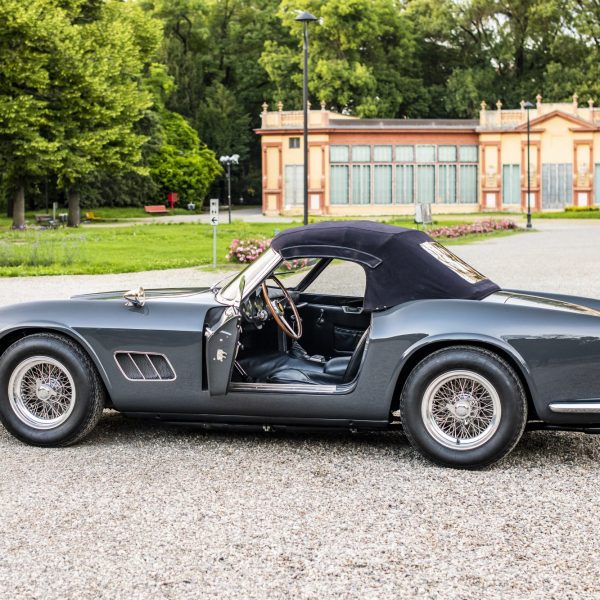
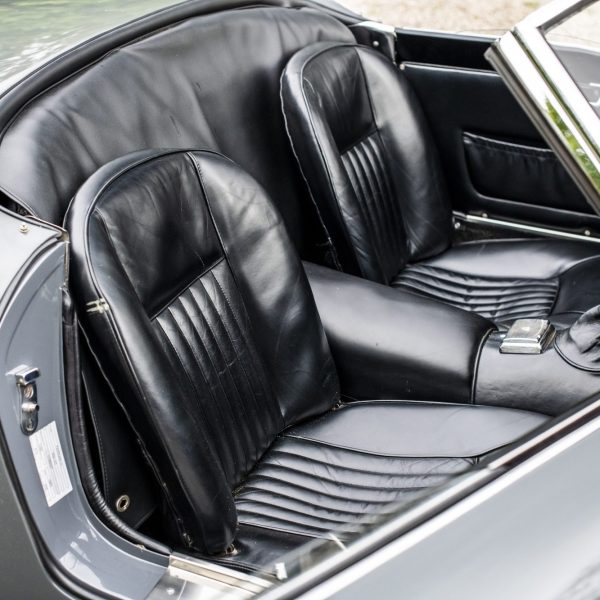
Gord Duff, Global Head of Auctions said “We’re always aiming to bring to market the highest quality examples when we prepare for our flagship Monterey auction, and this year is no different. Chassis 1795 GT is beyond special among an already legendary model, the California Spider; this is the very first California Spider ever produced, a true icon of automotive history,”
“The California Spider is one of the rare models that transcends generations; with a timeless beauty that appeals to both young and old, and a driving experience that evokes a lasting impression on all of the body’s senses, this is a rare opportunity to acquire the very best. Stay tuned as we announce other exciting cars and collections for our Monterey lineup.”

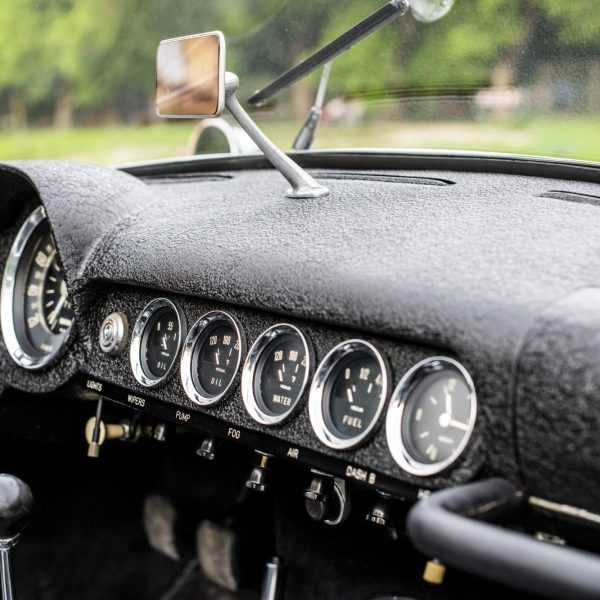
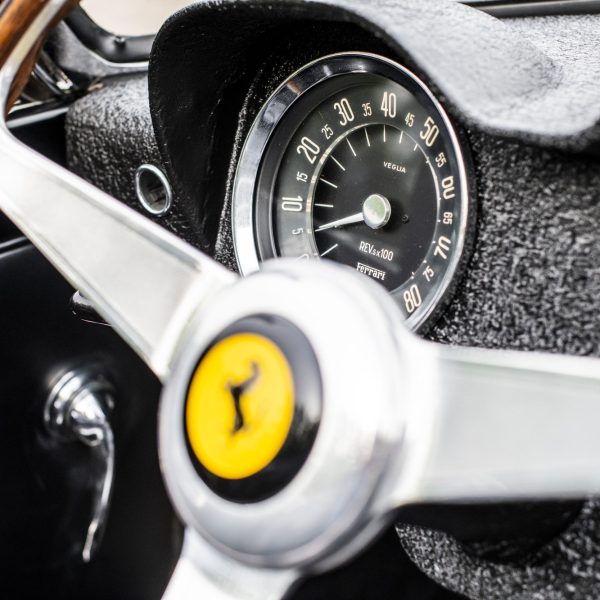
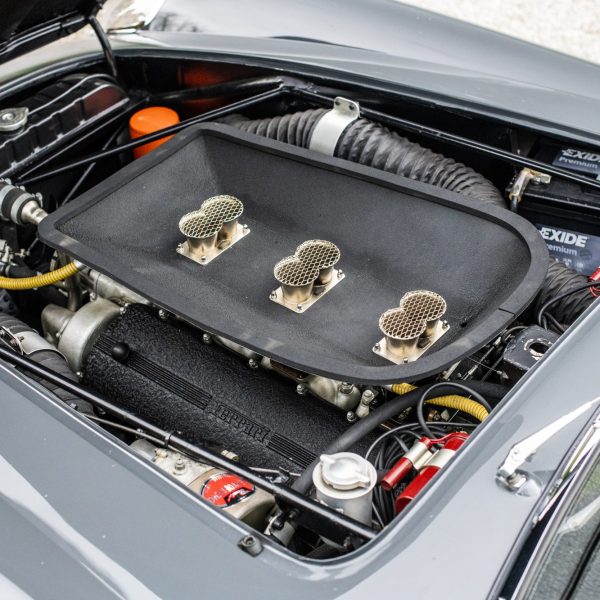
1960 Ferrari 400 Superamerica SWB Cabriolet by Pinin Farina
The third of seven short-wheelbase Superamerica Cabriolets, this Classiche-certified 400 Superamerica, chassis 1945 SA, has been fully restored in its stunning original colors to concours standards by US-based Ferrari specialists Classic Coach and Greg Jones and well maintained by Autofficina Omega in its current ownership. Formerly part of the Oscar Davis Collection, it has been seldom shown since its most recent restoration, presenting an exciting concours opportunity for potential bidders. Ferrari’s 400 Superamerica models of the late 1950s and early 1960s were truly the pinnacle of sporting excellence, offering unmatched driving performance and luxury, making them highly sought after by heads of state, barons of industry, and other discerning enthusiasts Estimate $6,000,000 – $7,000,000 USD (approx £4,713,000 – £5,500,000)
1959 Ferrari 250 GT LWB California Spider by Scaglietti
This LWB California Spider, chassis no. 1217 GT, is the 19th of only 50 long-wheelbase examples. It was famously used in the 1967 Italian film “Le Dolci Signore,” known internationally as “Anyone Can Play,” and was once owned by the renowned Swiss racing driver Jo Siffert. It retains its matching-numbers engine and is presented in its original factory-appointed color combination of Nero over Rosso. Offered from 19 years of meticulous care under its current ownership, this car continues to benefit from a 1990s restoration by Phil Reilly & Company. It stands as a handsome and faithfully preserved example of Ferrari’s most celebrated spider Estimate $5,550,000 – $6,500,000 USD (approx £4,358,700 – £5,104,775)
Bridge Classic Cars are award winning Classic Car Restoration and Maintenance specialists. Your pride and joy is in safe hands with our expert Classic Car Technicians. Take a look at our awards here.
We use cookies to deliver the best possible experience whilst visiting our website. By clicking "Accept All", you consent to our use of cookies, or you can manage your preferences by clicking the link below. You can manage your preferences at any time from out Cookie Policy page.
Leave a Reply